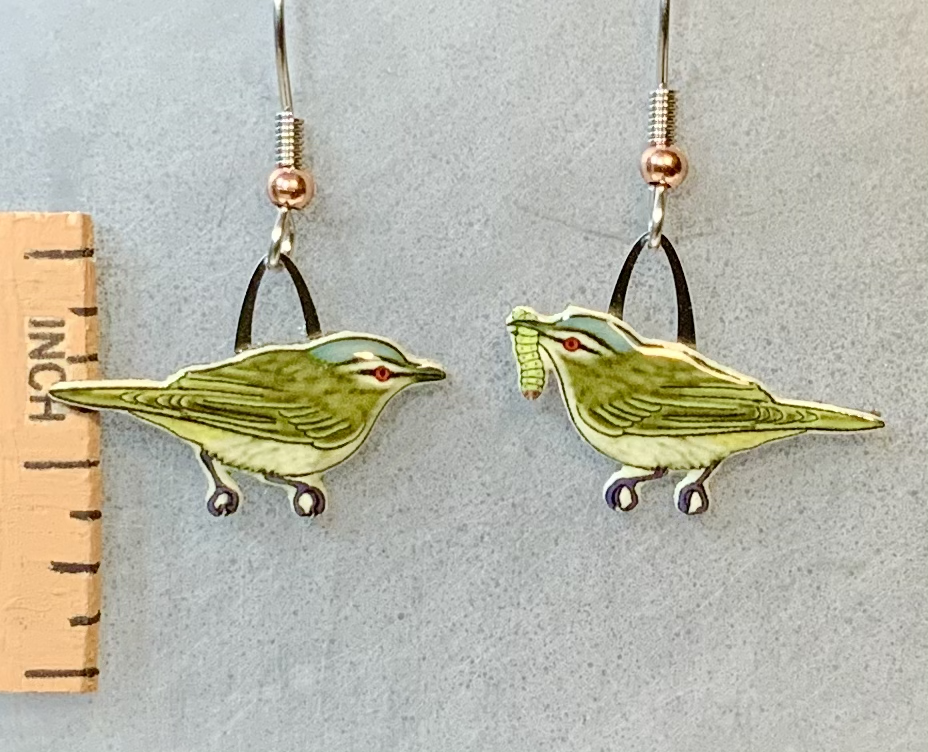
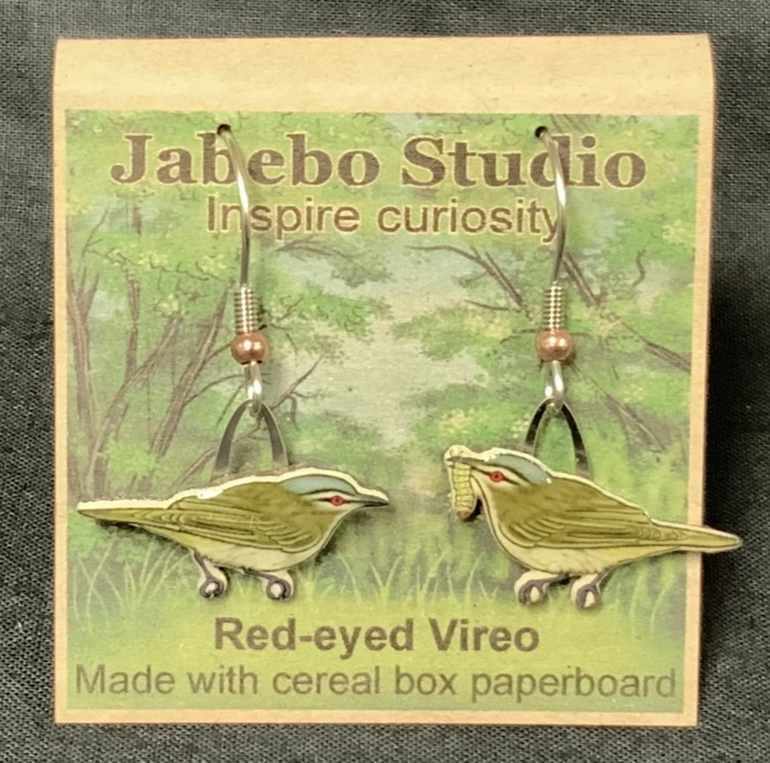
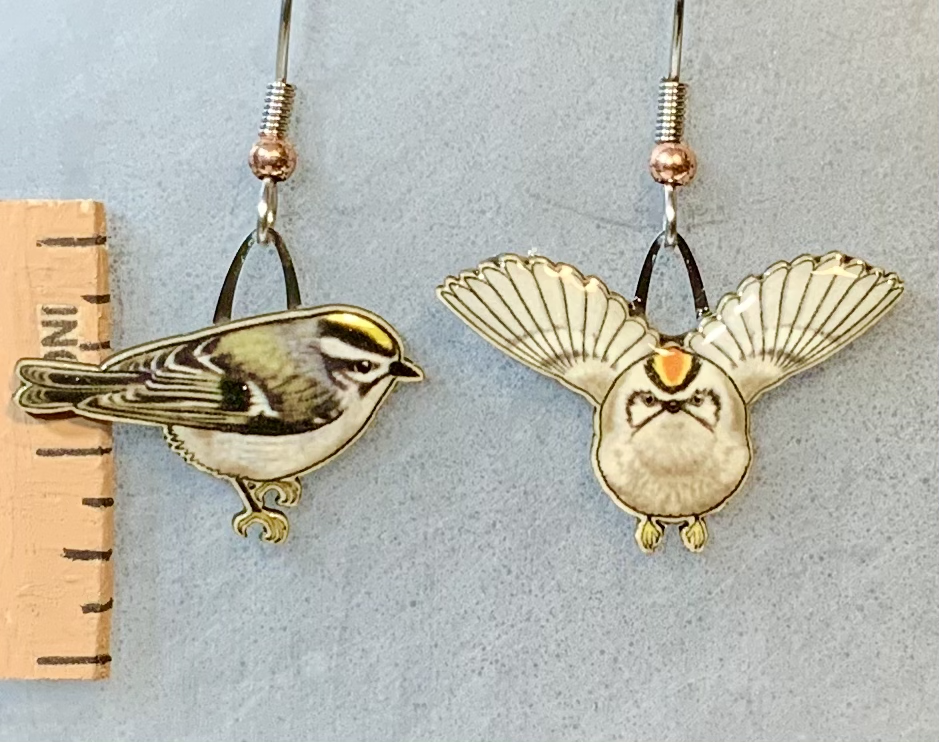
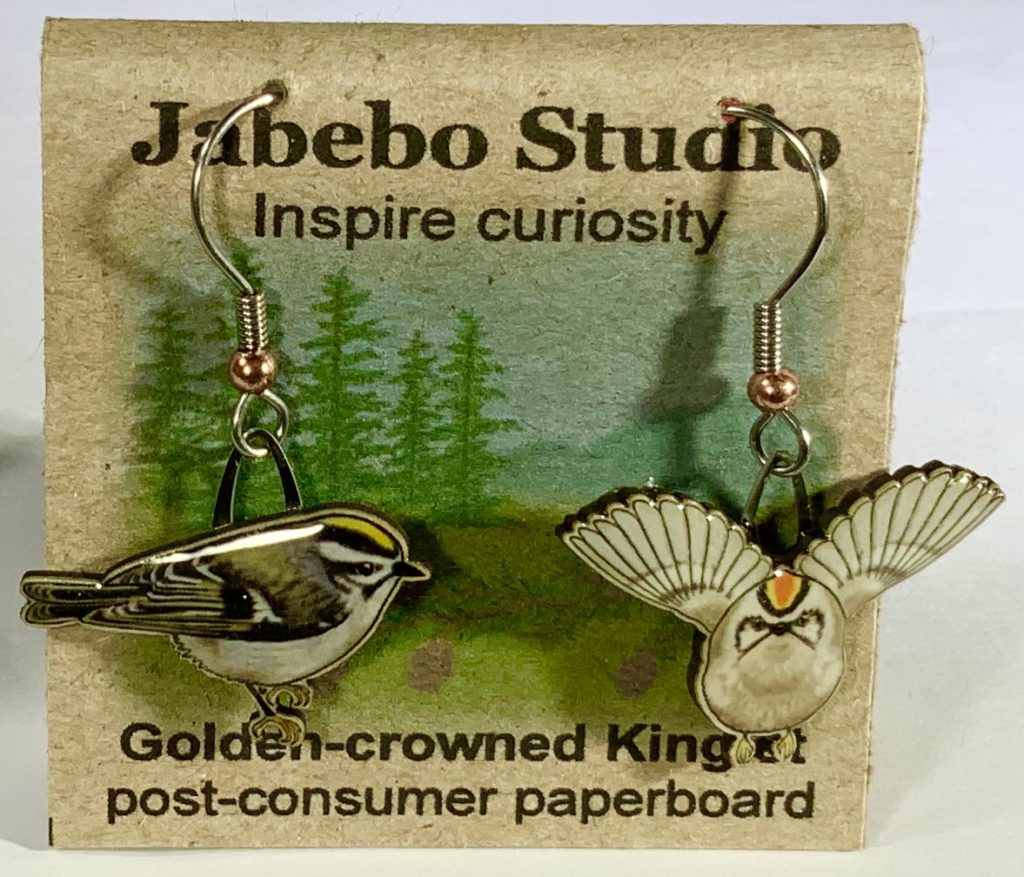
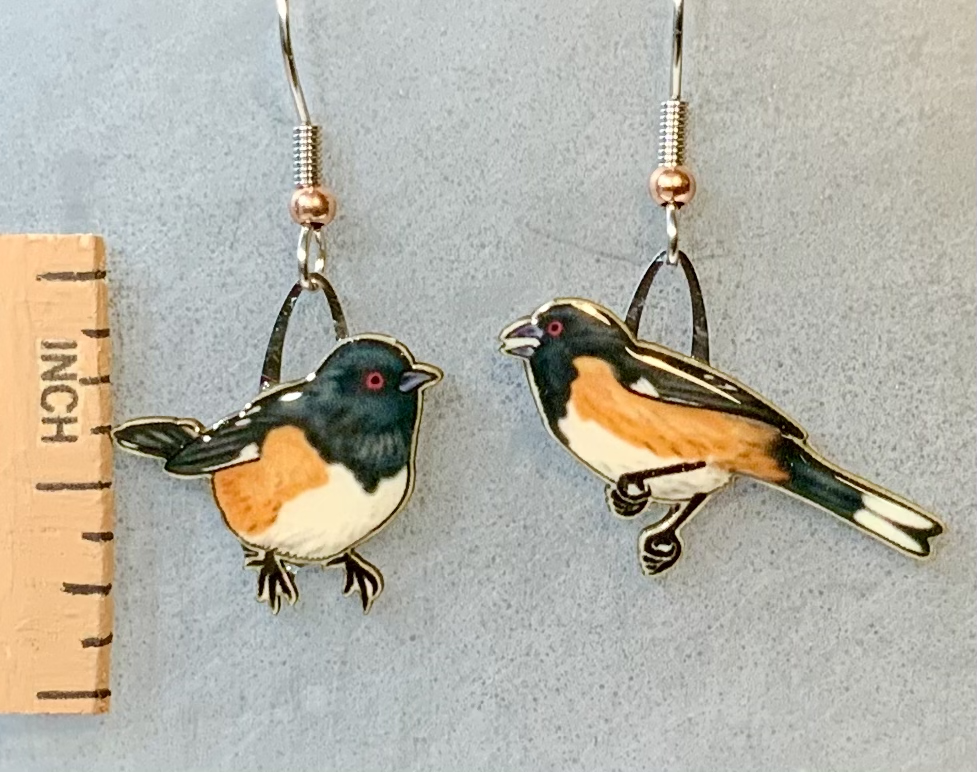
This bird of the eastern forests prefers woods with lots of thick understory. Towhees spend a lot of time, including nesting, in dense branches and leaf litter near the ground. They make appearances on higher branches to sing and display.
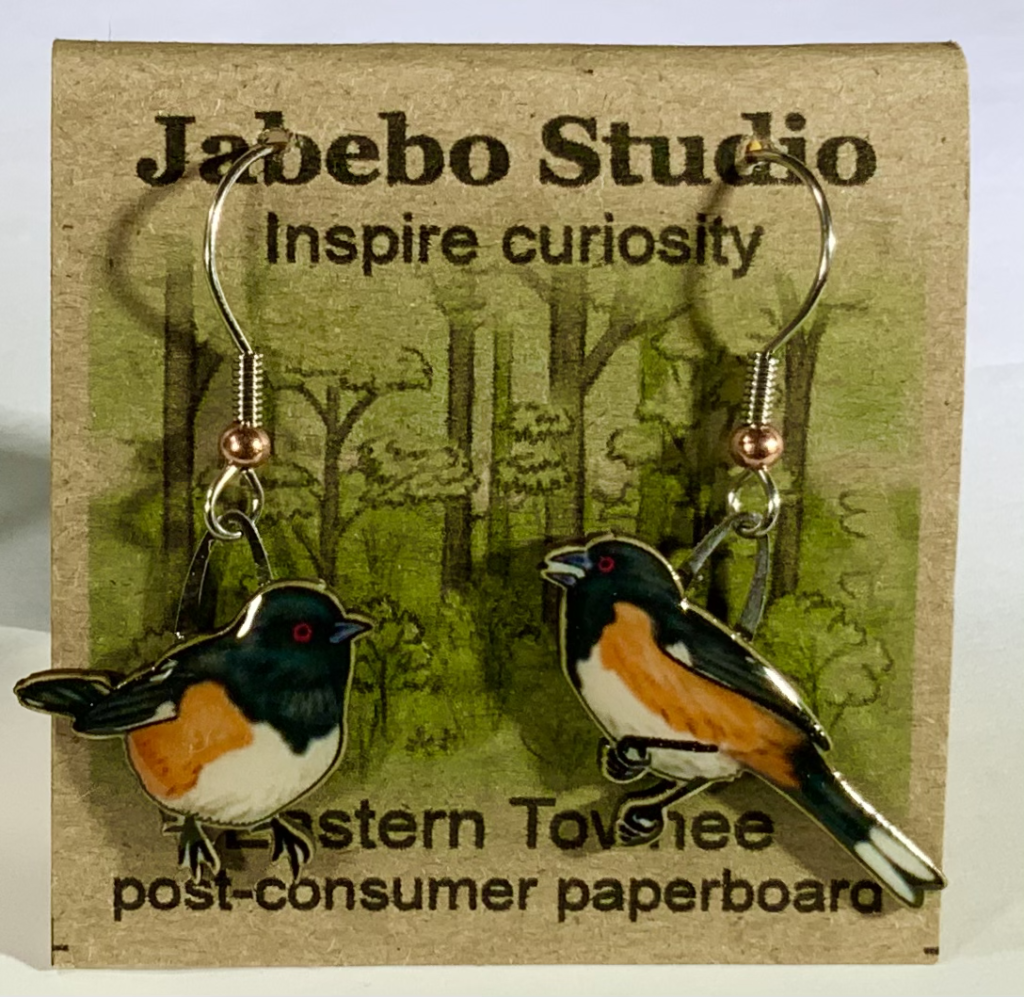
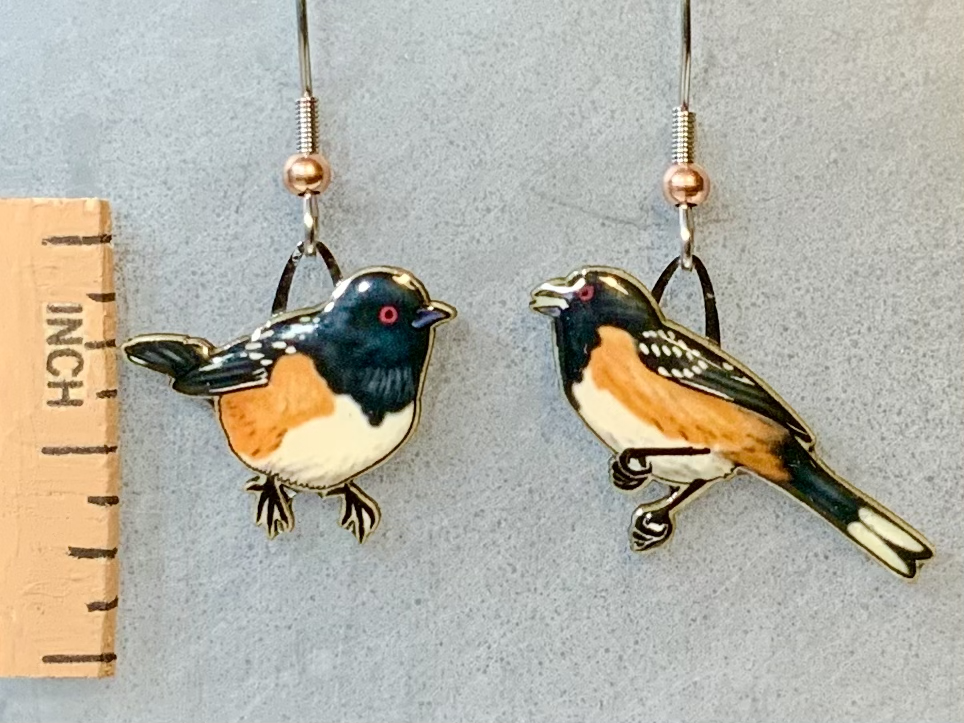
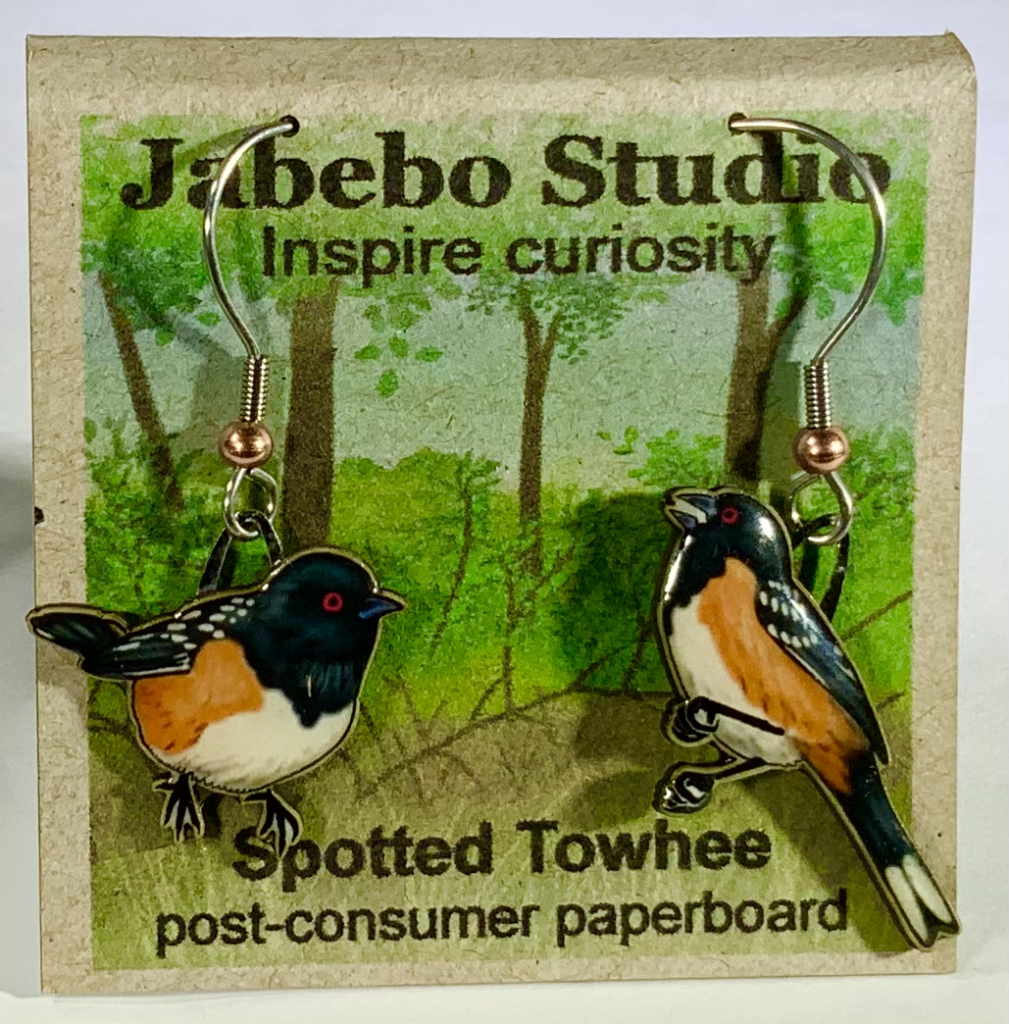
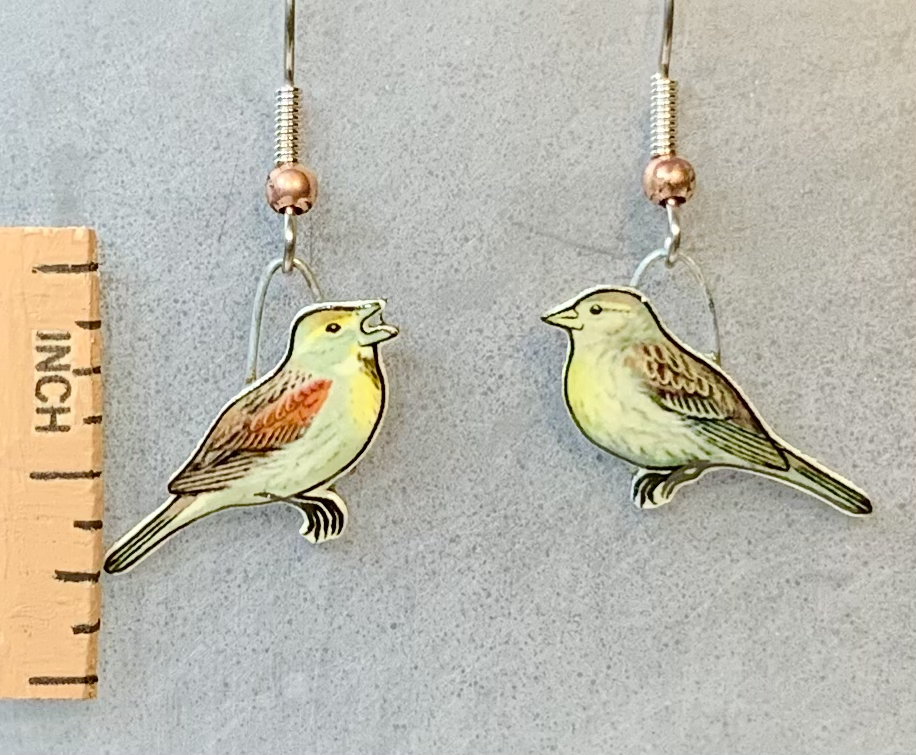

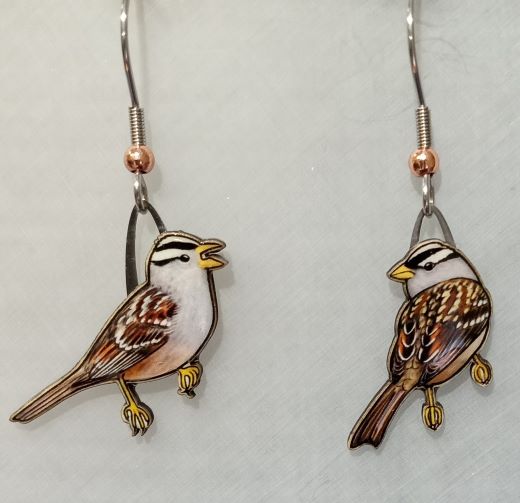
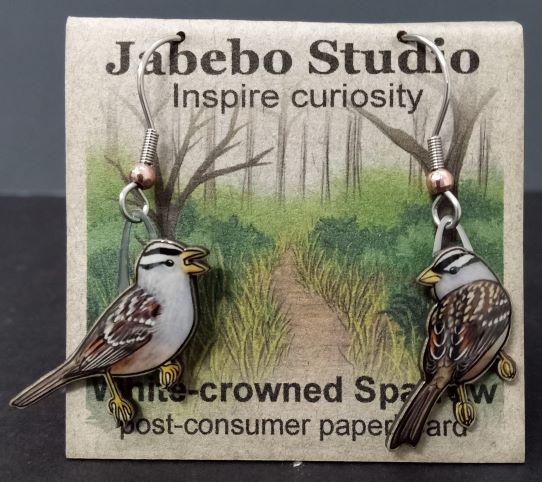
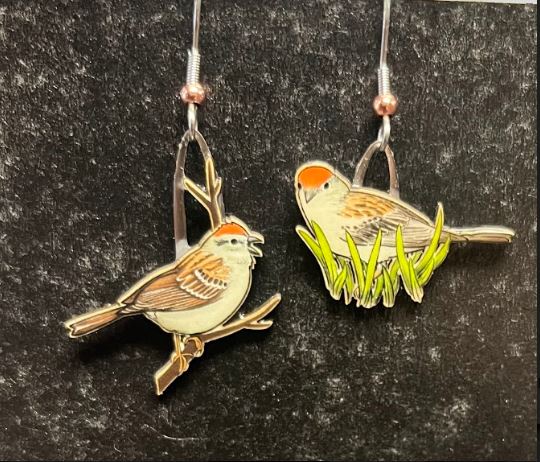
These common sparrows like open landscapes where they are often seen foraging in low vegetation but with plenty trees and shrubs. Their adaptations are well-suited to our towns and urban green areas. They are found throughout temperate North American. Both mature males and females have a reddish-brown cap.
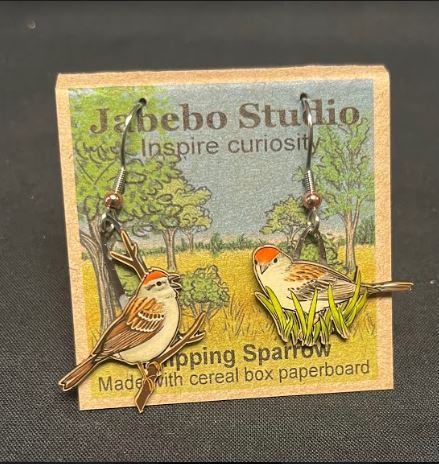
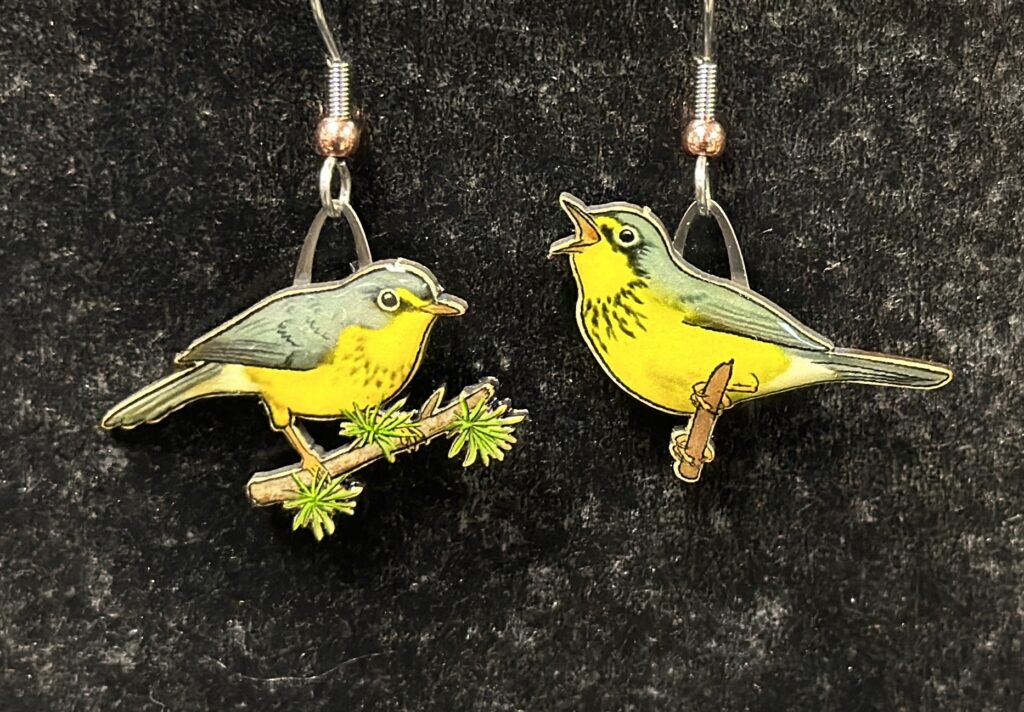
As their name implies, they are primarily summer residents of northern US and Canada. Further south, they like higher altitudes featuring boggy habitats. Our female is perched on a tamarack to reference their association with boggy northern forests.

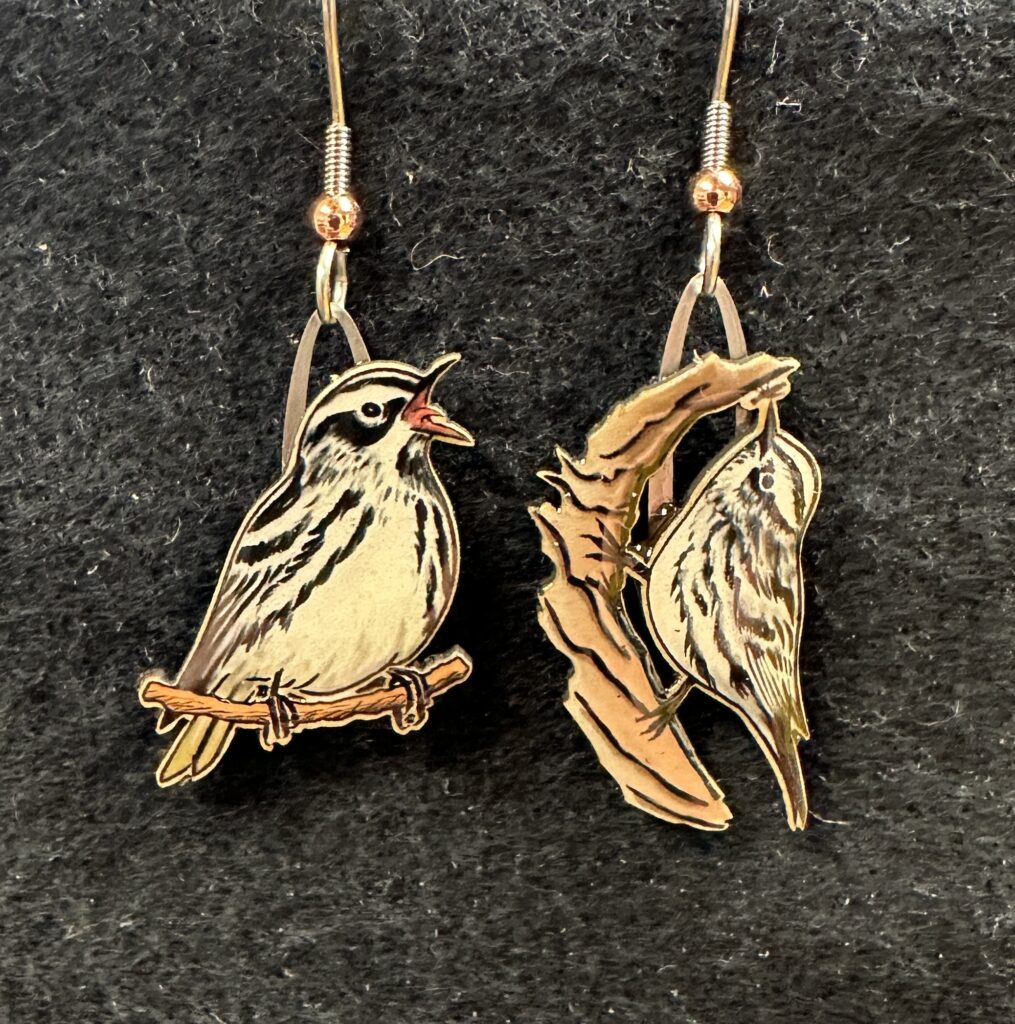
This small streaky bird summers mostly east of the prairie regions. Many spend winters in Florida and Texas. They a unique warbler with a habitat of creeping along the bigger trunks and limbs of trees on foot.
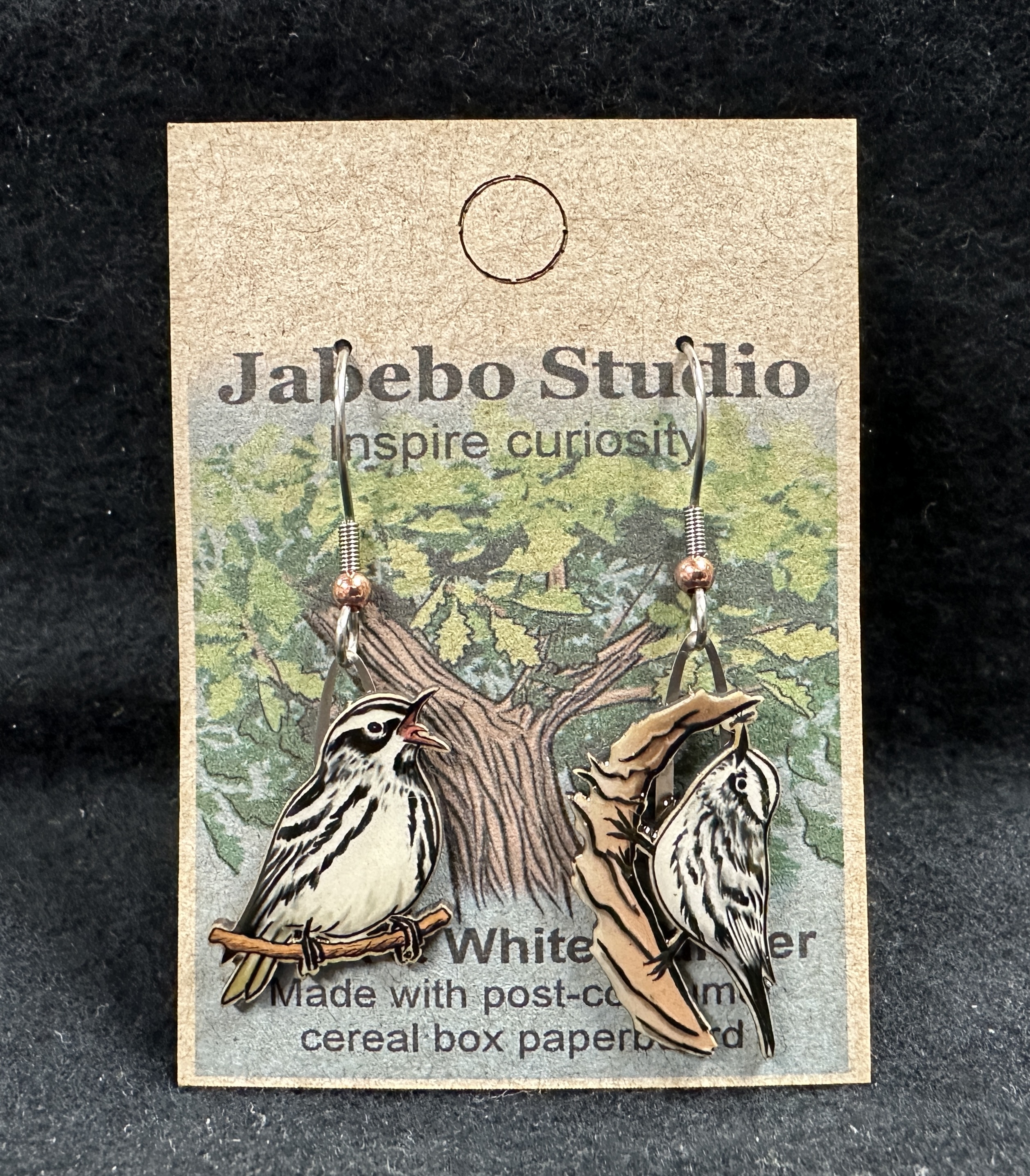
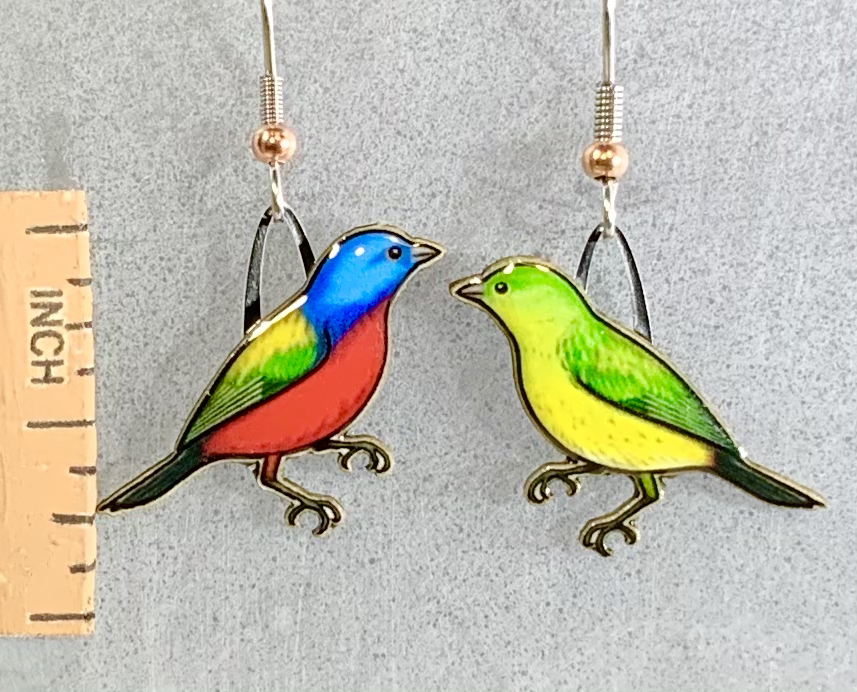
Male Painted Buntings are known to be fighters when their bright colors and song fail to keep rivals away. These buntings like habitat with scrubby thickets in otherwise open country, which they find in the southern Midwest as well as the southeastern coastal region.

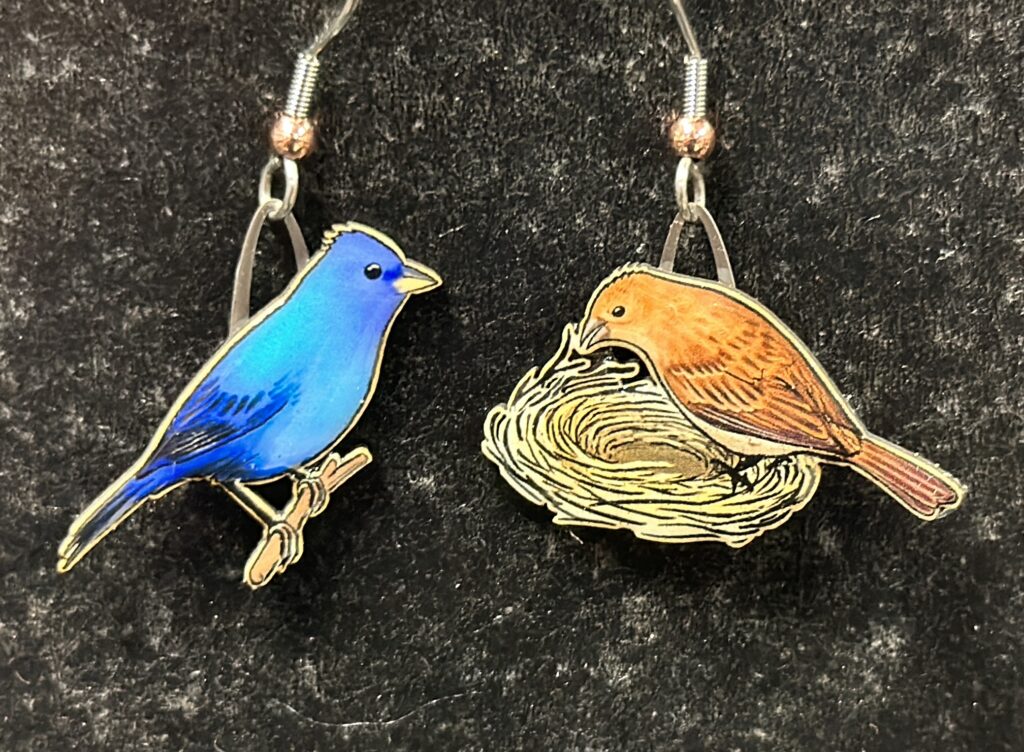
These songbirds are associated with eastern woodlands but they actually like the brushy ecotones between forests and open areas. The female does all the work to locate and build the nest while the male defends their territory.

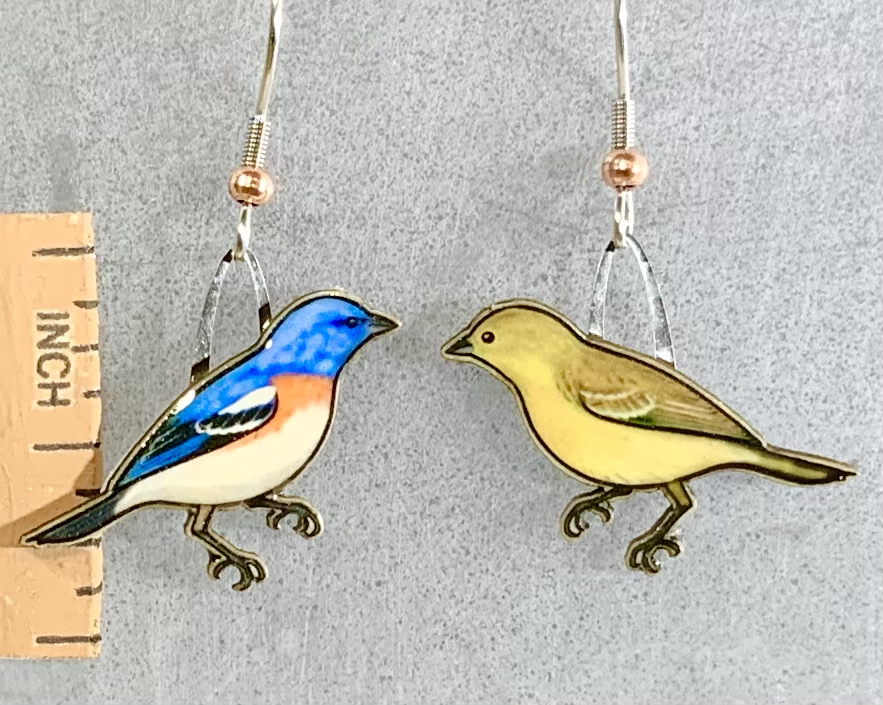
A small, bright blue (males) bird of the west. They are attracted to backyards and feeders.
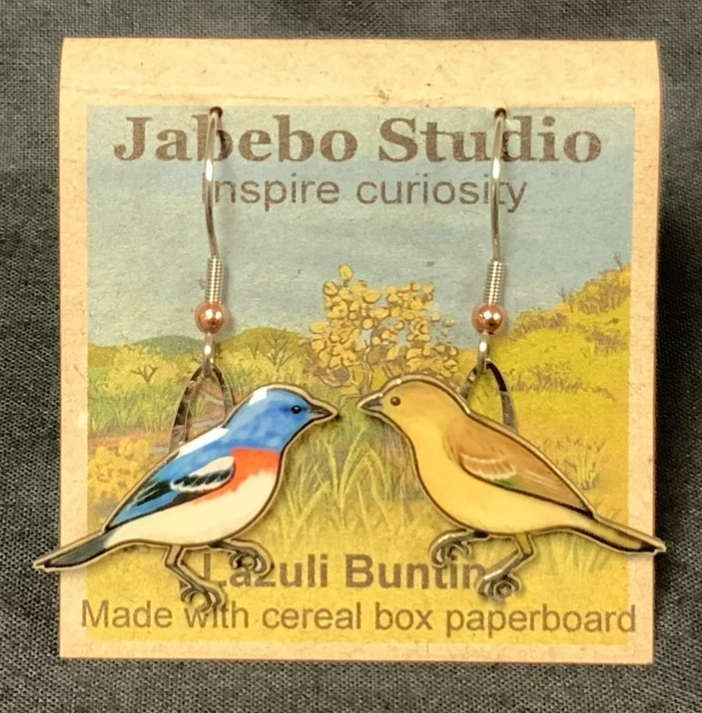
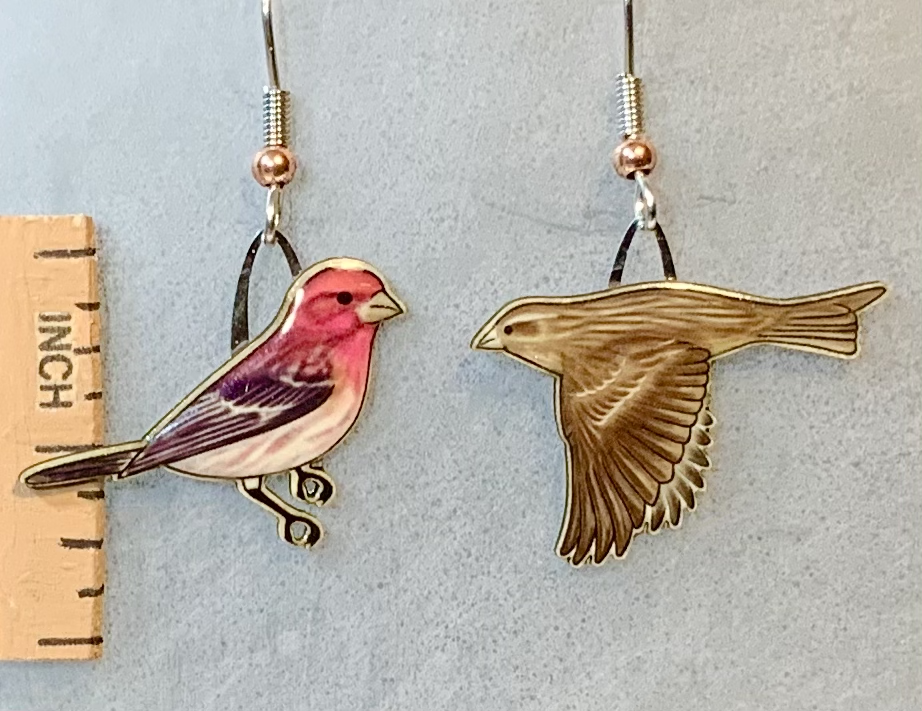
Wide ranging but not common in towns and urban settings like their cousins, the House Finch. They prefer habitat with conifer trees rather than towns and cities. Male Purple Finches have a similar bright coloration to male House Finches, but distinctly more purplish, like “raspberry jam.”
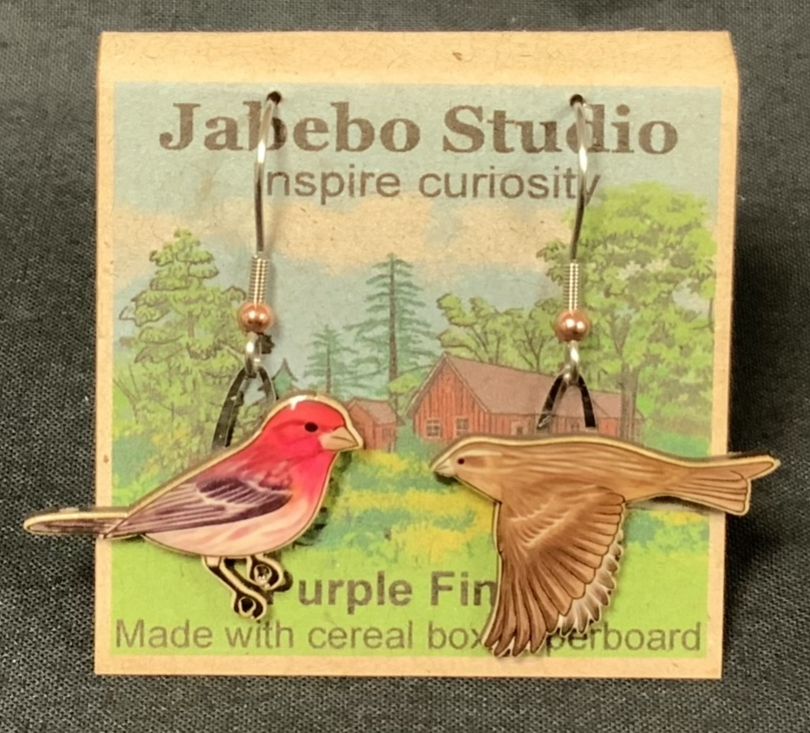
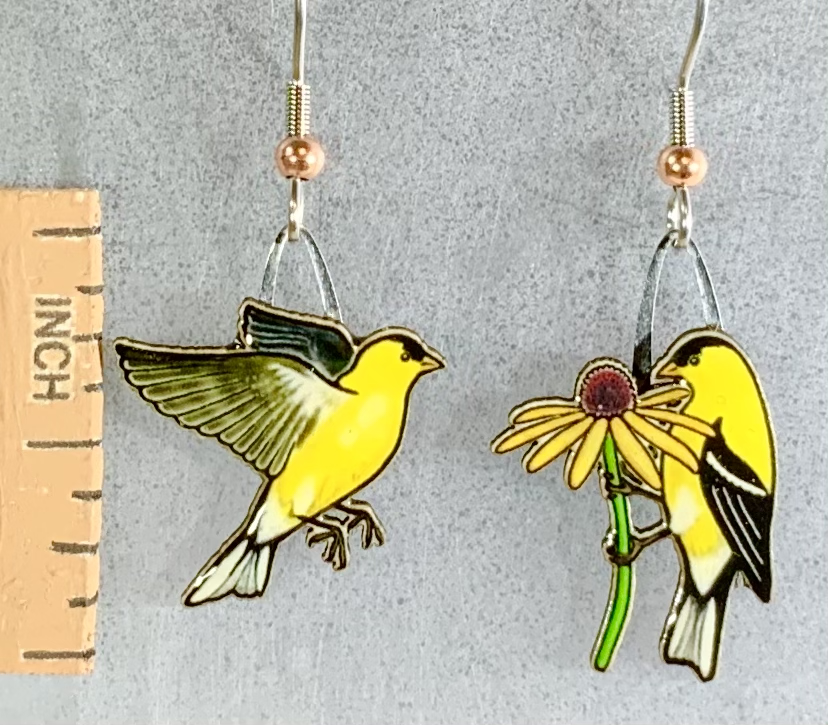
Seen throughout North America and a year round resident in the middle tier of the continent. They are a common backyard visitor. They love open fields with thistle and asters.

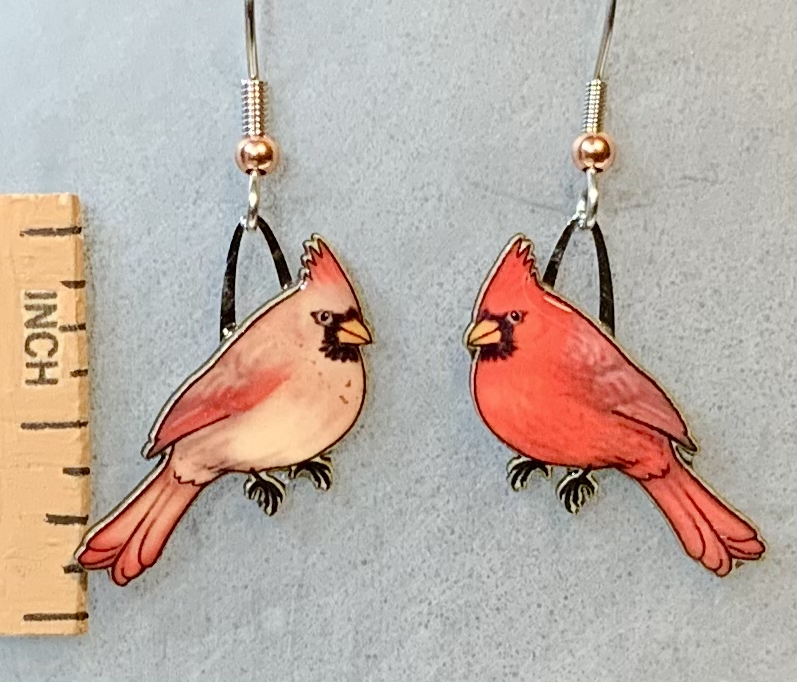
Cardinals live year round everywhere from southern edges of Canada to Florida and west to the Great Plains and Texas. The Mexican population has a finger that extends up into Arizona. They are another favorite backyard bird.

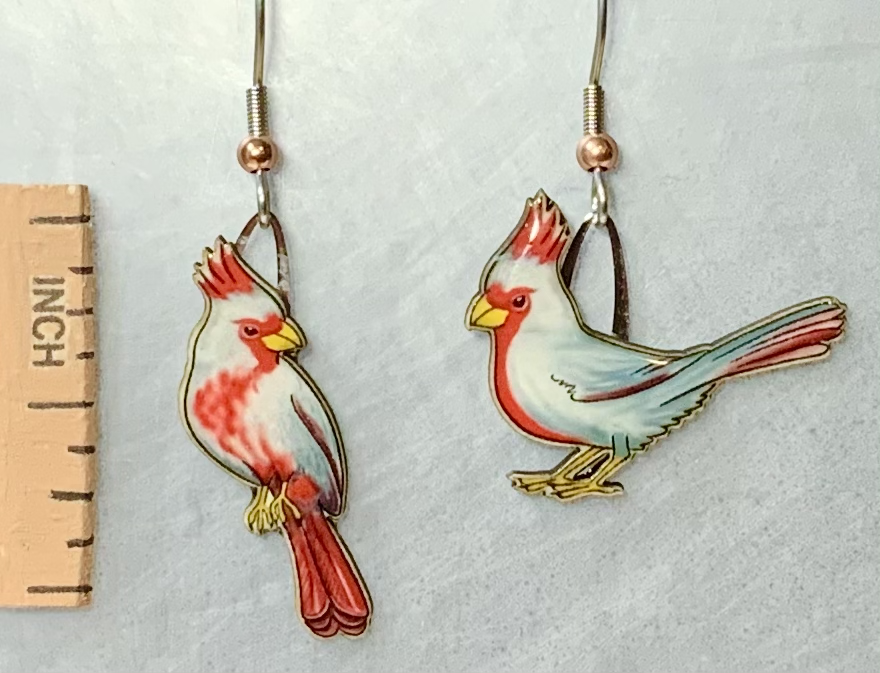
Similar to Northern Cardinals in size and form, male Pyrrhuloxia are mostly gray with bright red markings. They specialize on the scrublands of the southwestern desert.

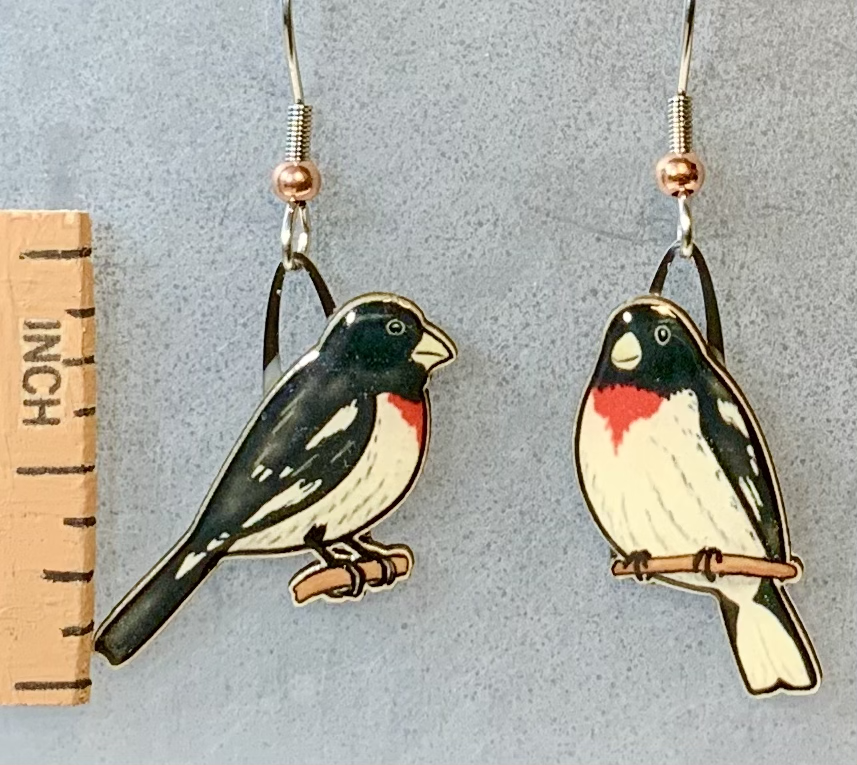
Breeds in either deciduous and or conifer forests of the middle tier of the eastern US and up into Canada. Migrations take them through in the South.
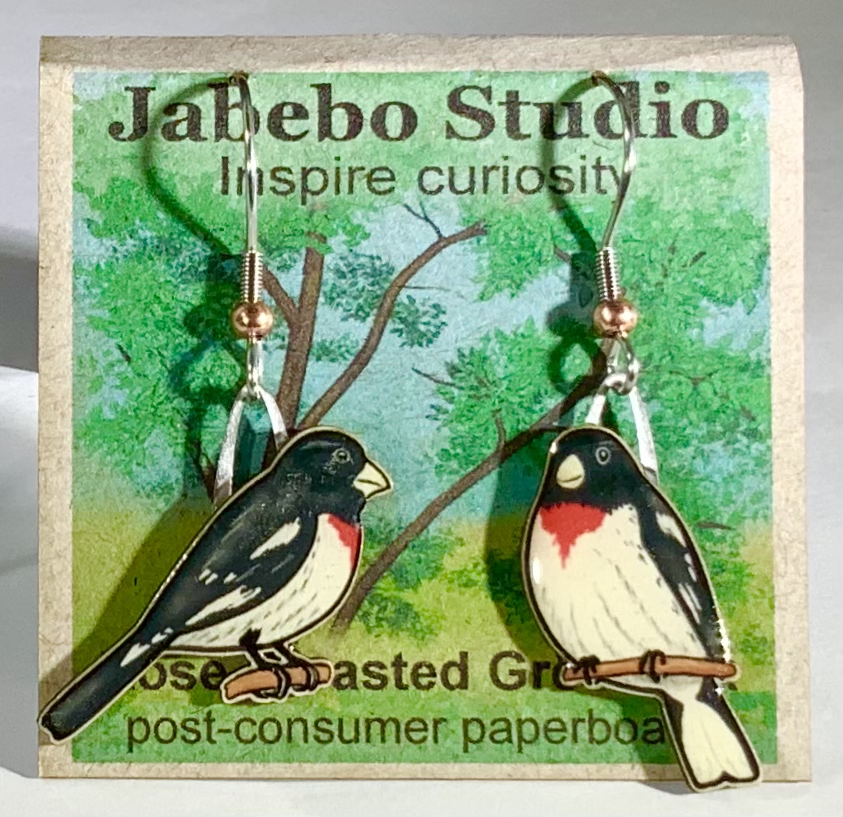
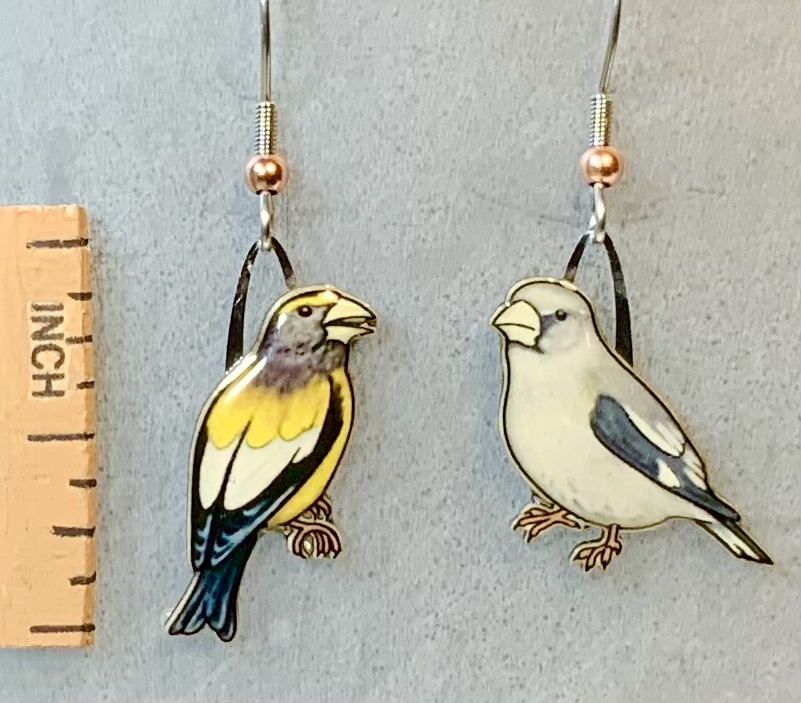
A bird of the North where they visit feeders throughout the year. However, there numbers have decreased significantly in recent years.
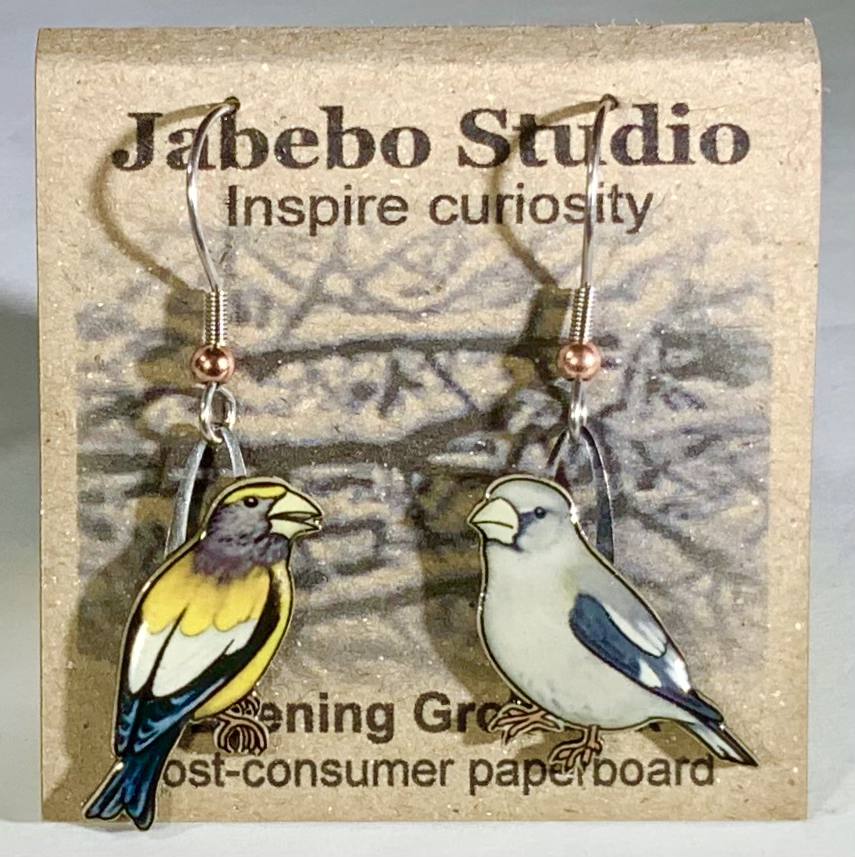
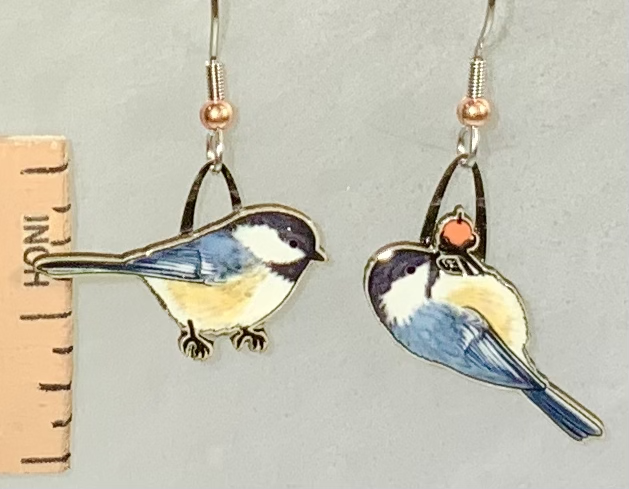
A year-round resident all across the northern United States and Canada. Very similar to the Carolina Chickadee with minor difference in color patterns which we tried to exaggerate slightly in our designs. The two species have distinct ranges with little overlap, with the Black-capped associated more with northern states and the mountainous region of Appalachia. In the west, where they share ranges with other chickadees, the Black-capped possibly shows a stronger preferences for deciduous habitats and lower elevations.
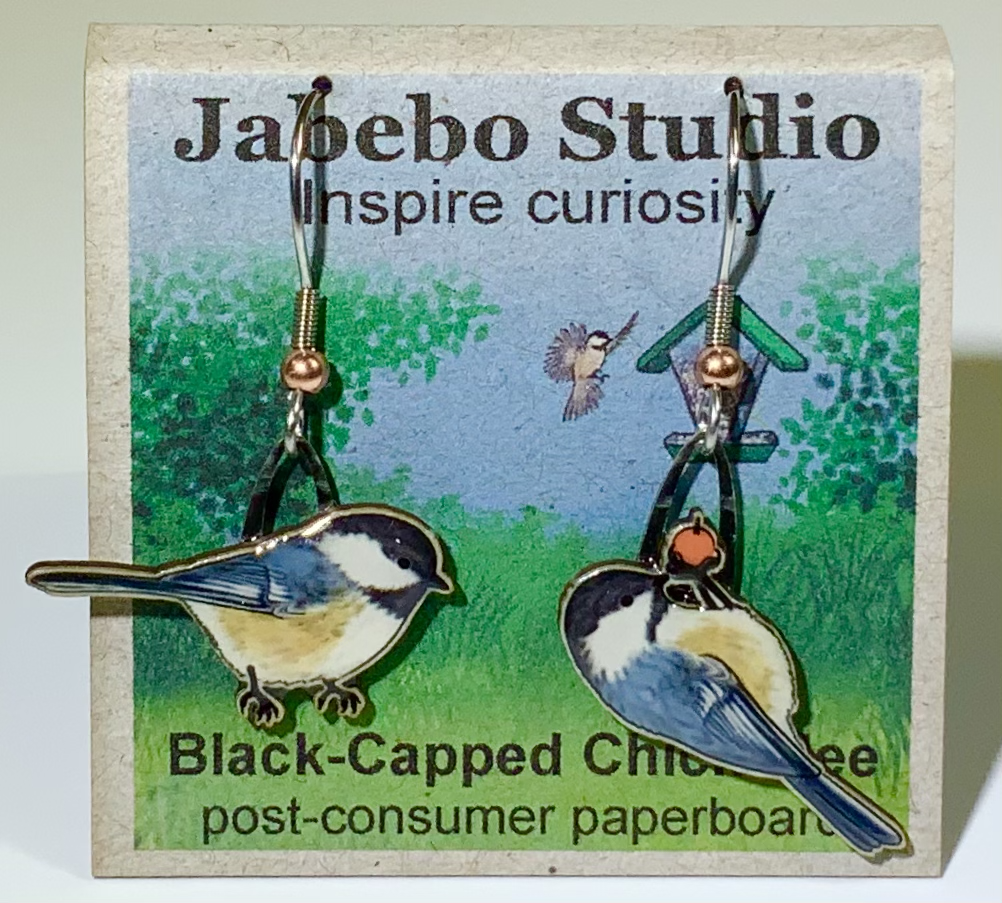
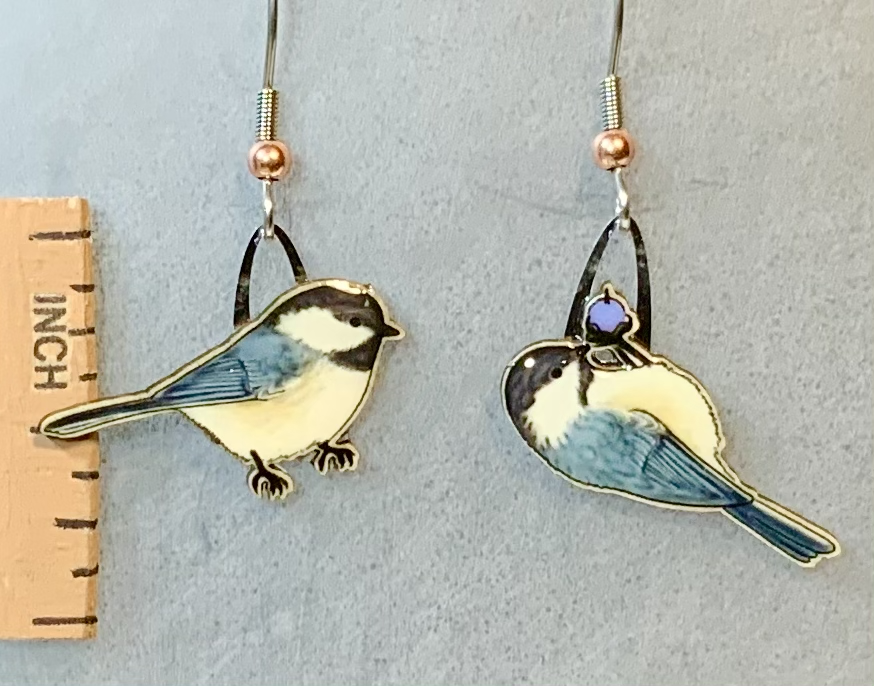
A year-round resident of southeastern United States. Very similar to Black-capped with minor difference in color patterns slightly exaggerated in our designs. The two species have distinct ranges with little overlap with the Carolina Chickadee being more associated with the Southeastern US.
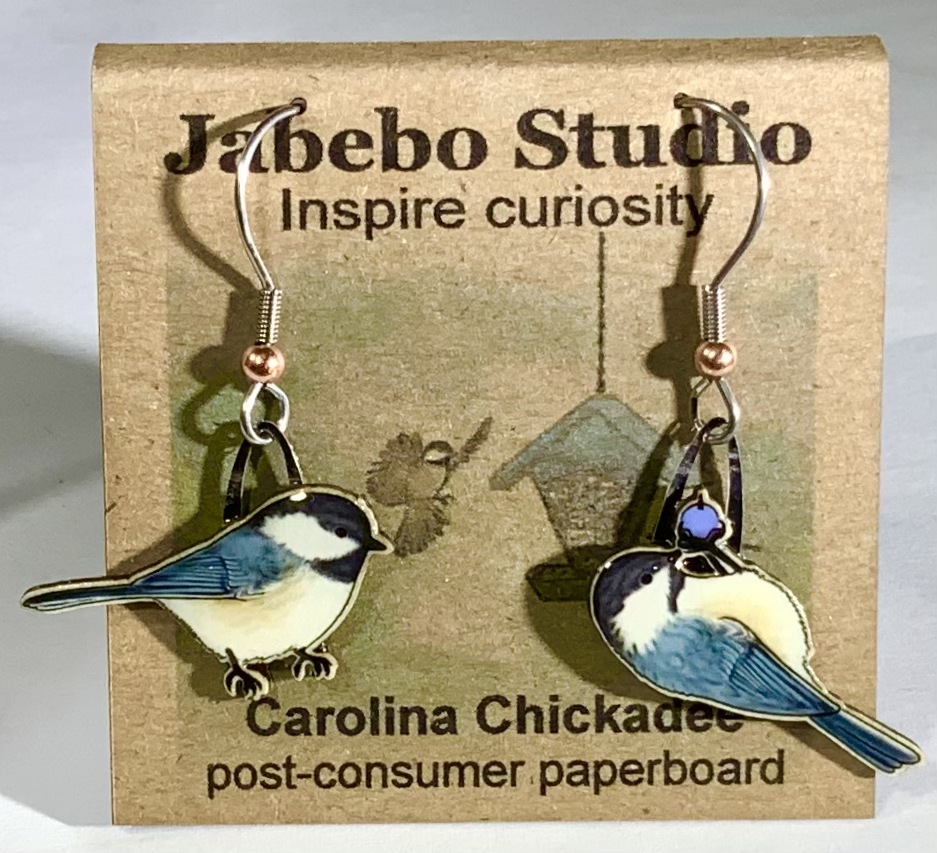
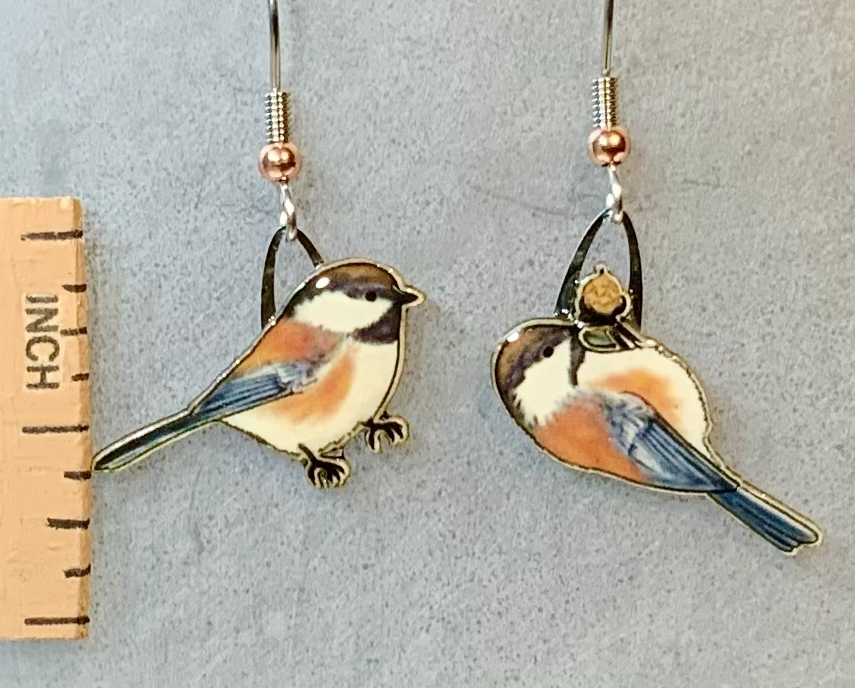
Like other chickadees, they are common backyard birds and visit feeders. They are distinct with their rich brown color patches and associated with wet conifer forest habitat of the northwest coastal region.
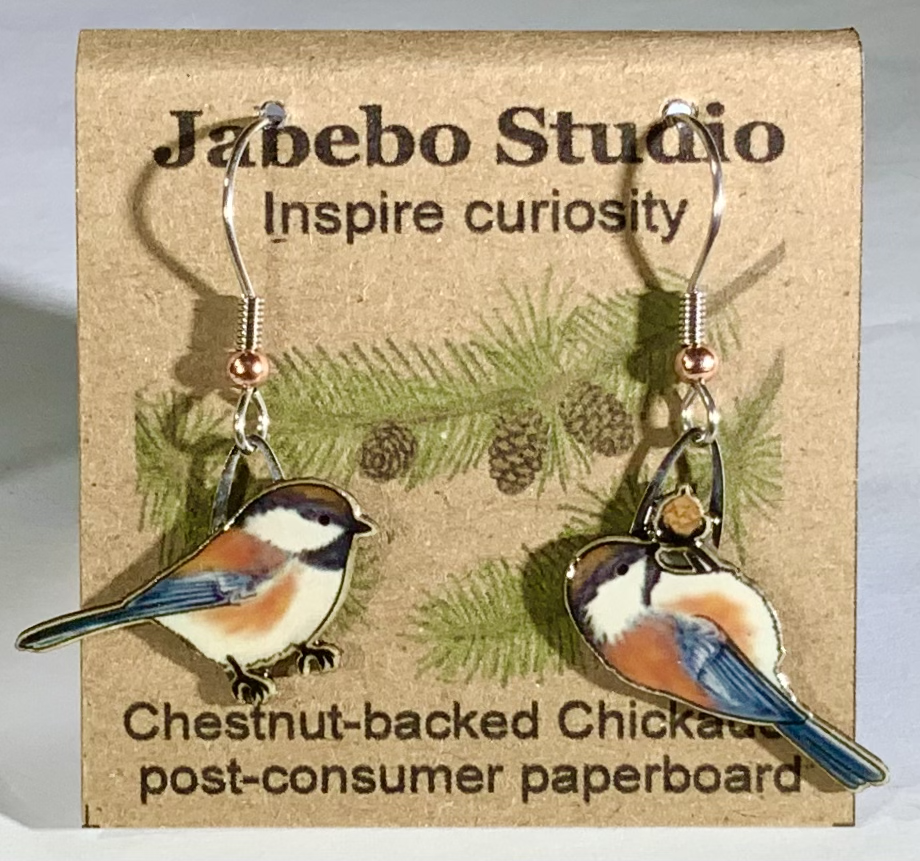
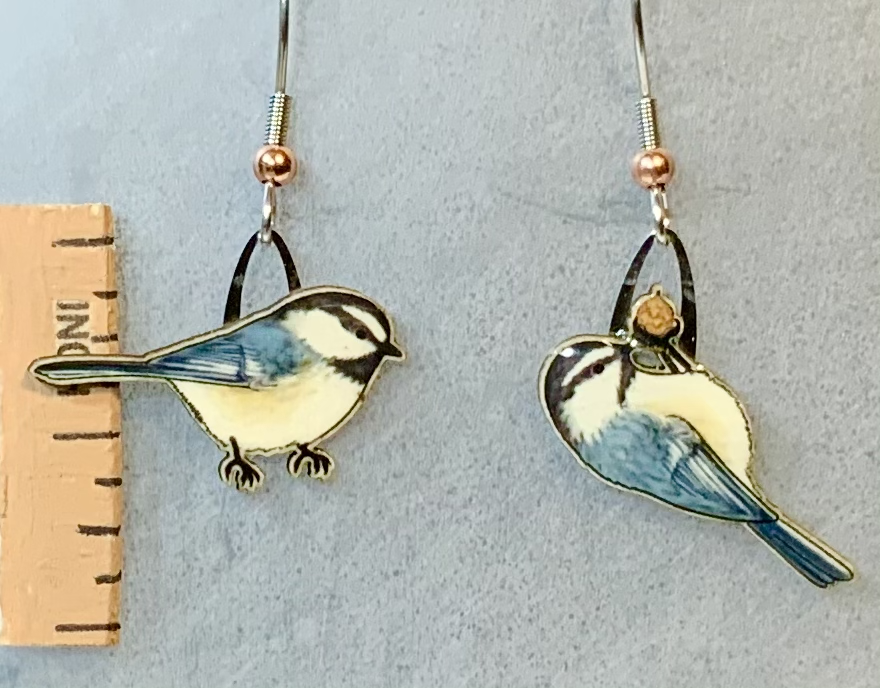
A western Chickadee distinguished by a white strip over the eye. They live in mountainous habitats from the Rockies westward. Like Chestnut-sided they have strong ties to conifer forests.
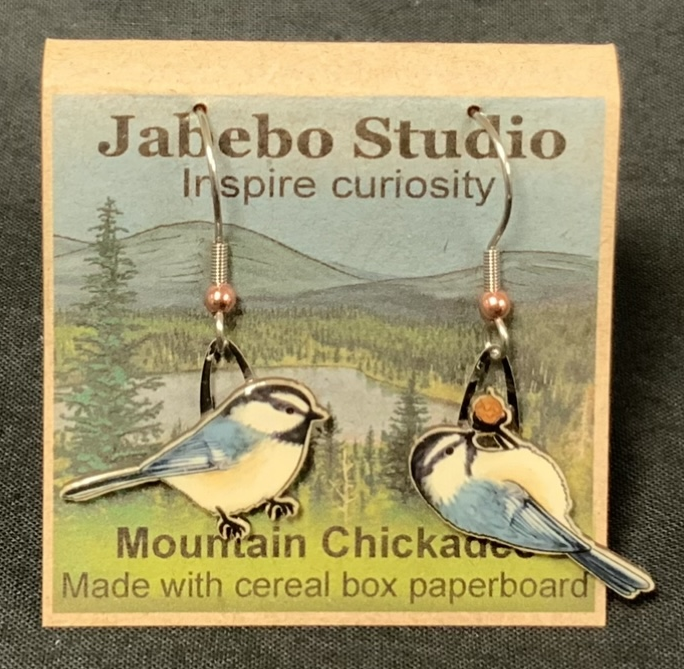
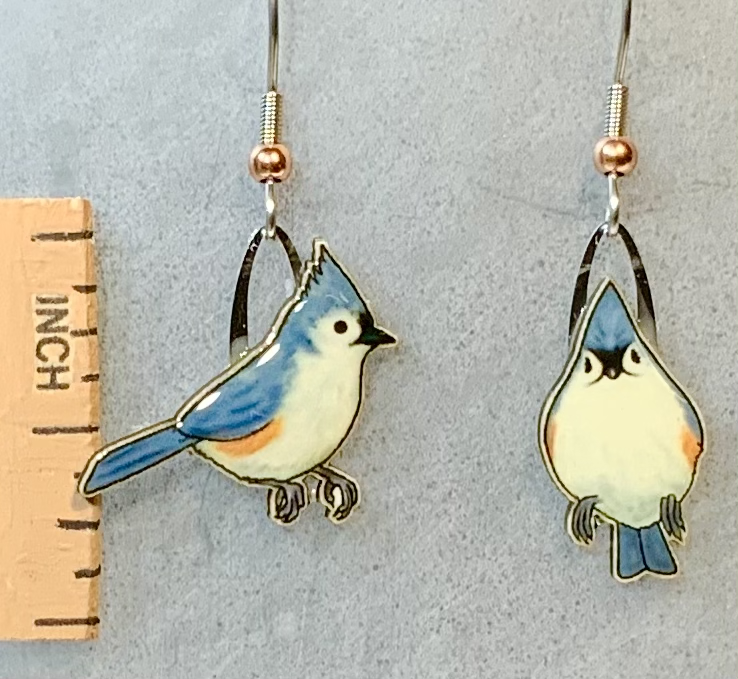
A common songbird native to deciduous forest in the Eastern United States as well as southern Canada and Eastern Mexico.
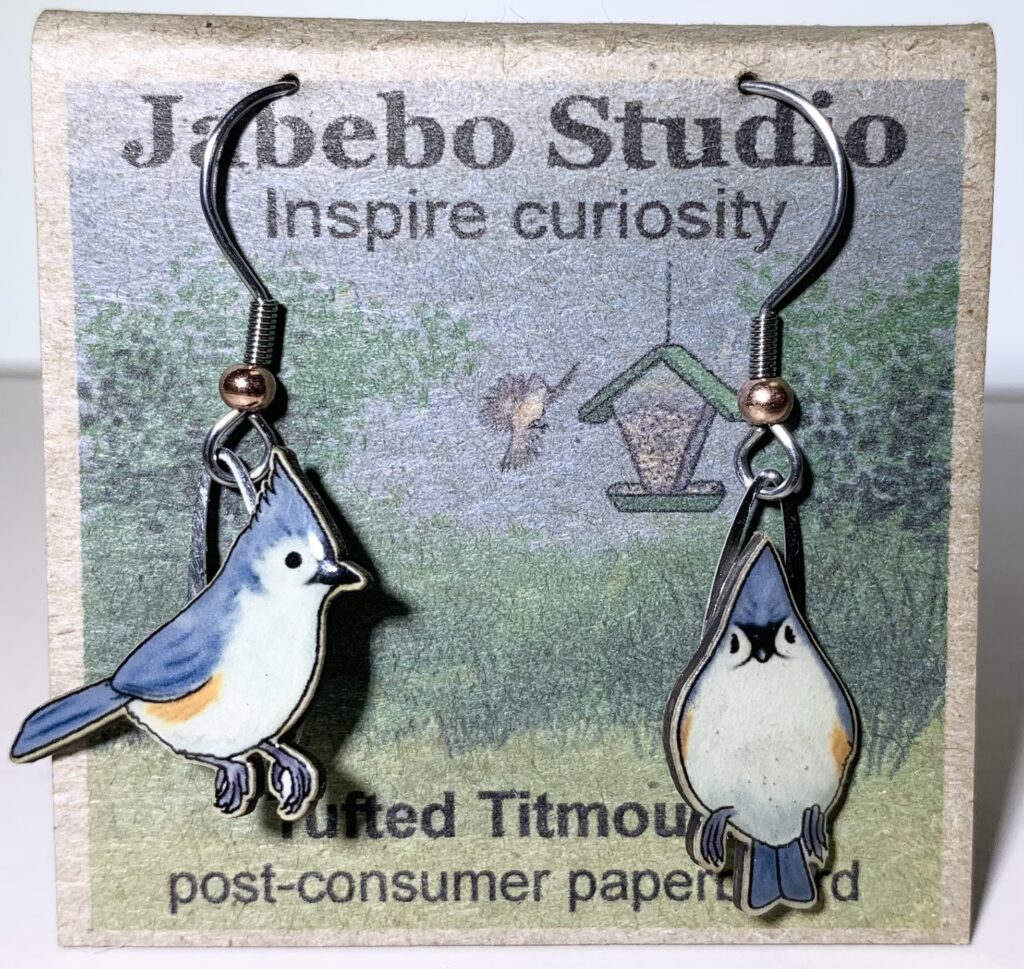
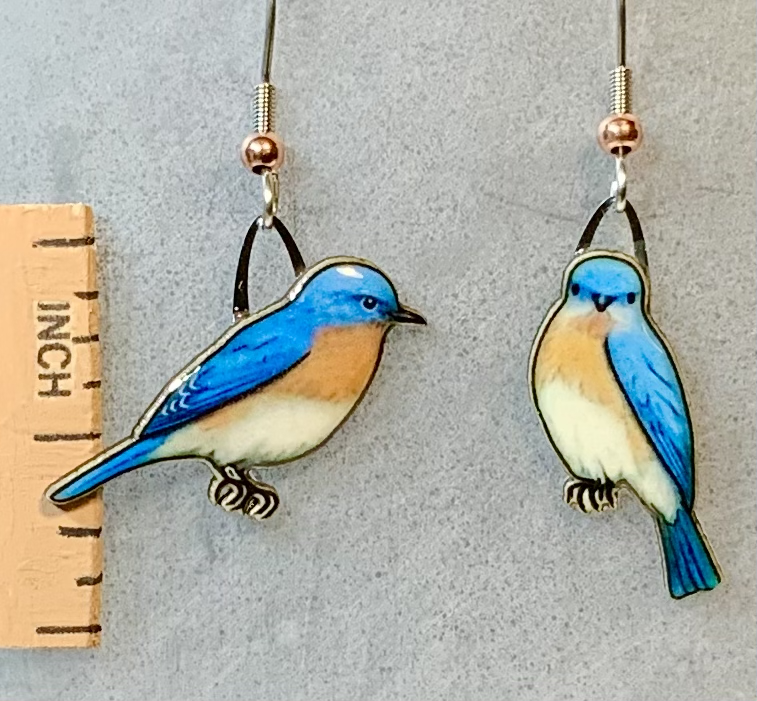
Live and breed everywhere from Southern Canada to deep South and west into the prairie regions and Texas. They are year round residents in the southern region. Bluebirds love open fields but require trees for cavities to nest in. Nesting boxes have greatly enhanced their breeding habitat. Being such a favorite they are enticed into visiting backyards with mealworms.
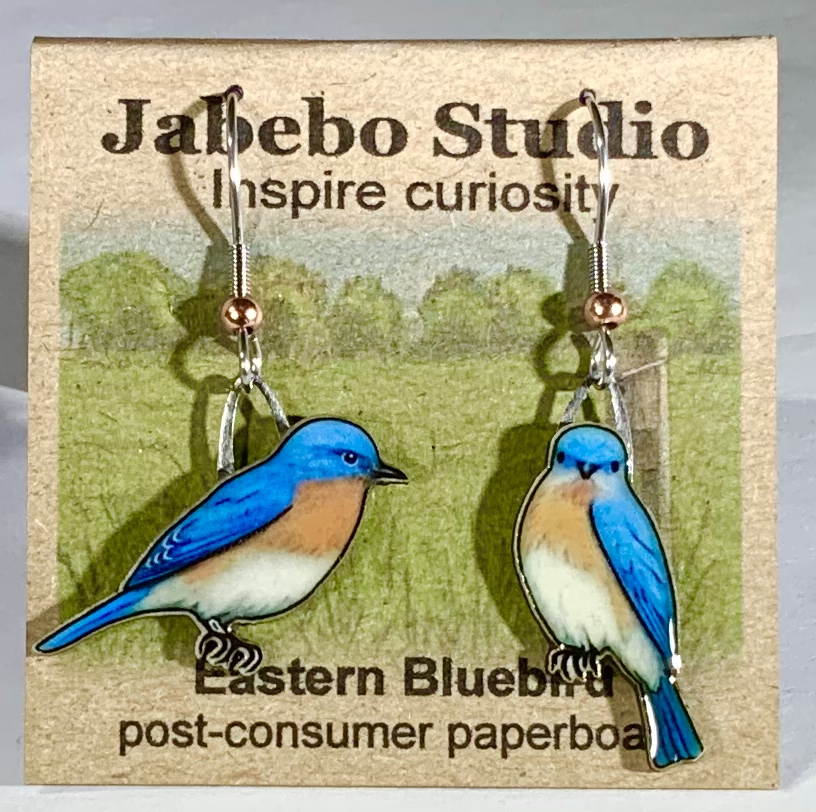

A common songbird native to deciduous forest in the Eastern United States as well as southern Canada and Eastern Mexico.

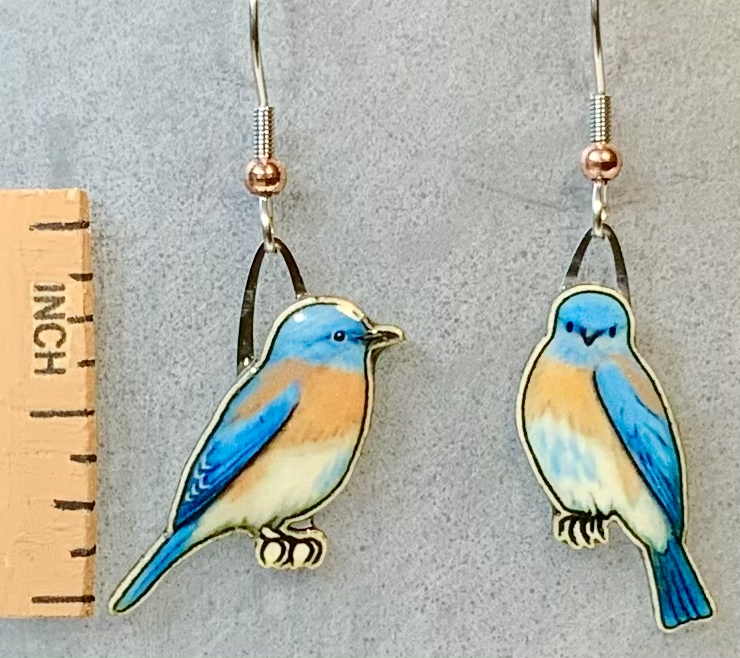
Similar in habits but distinct from the Eastern Bluebird. They likely found from Colorado’s front range westward into Arizona with another population along the California coastal region up into parts of Oregon.

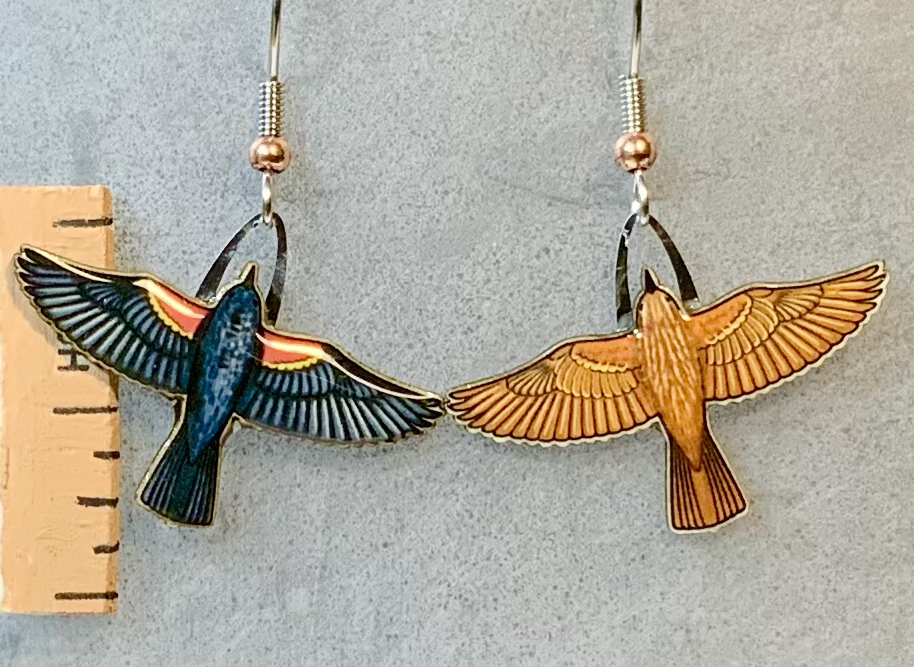
Very common year round throughout almost all of the US and summering far north through much of Canada. A very abundant bird likely seen in open areas from marshes and meadows to pastures and farmland.

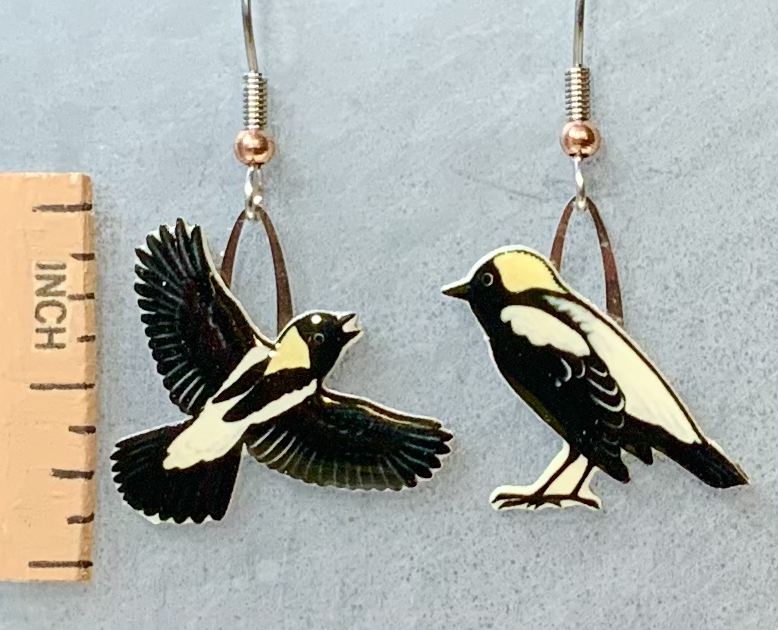
A less common species of blackbird with stricter habitat requirements. They like tall grass prairie, and further east uncut fields or meadows. More common in tall grass prairie states but their population both east and west across the northern states and southern Canada.
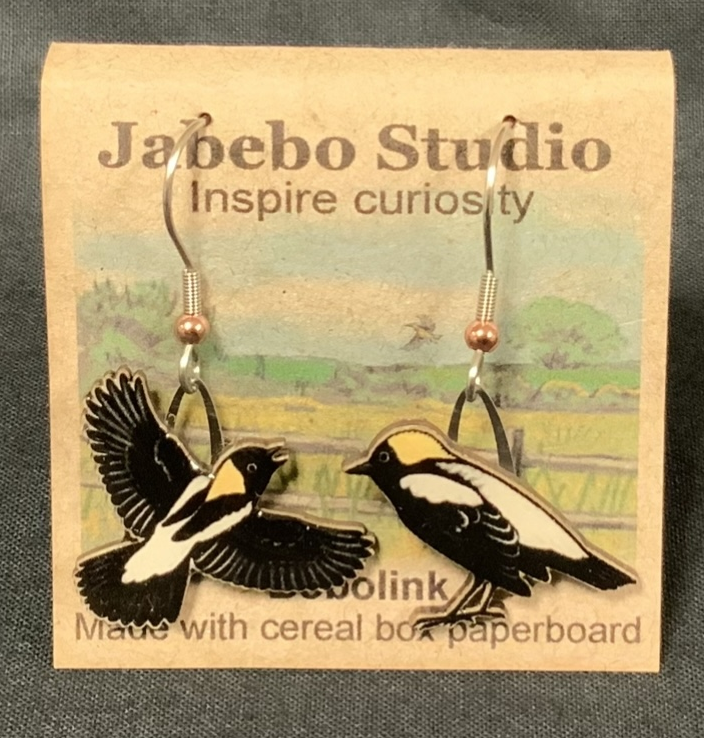
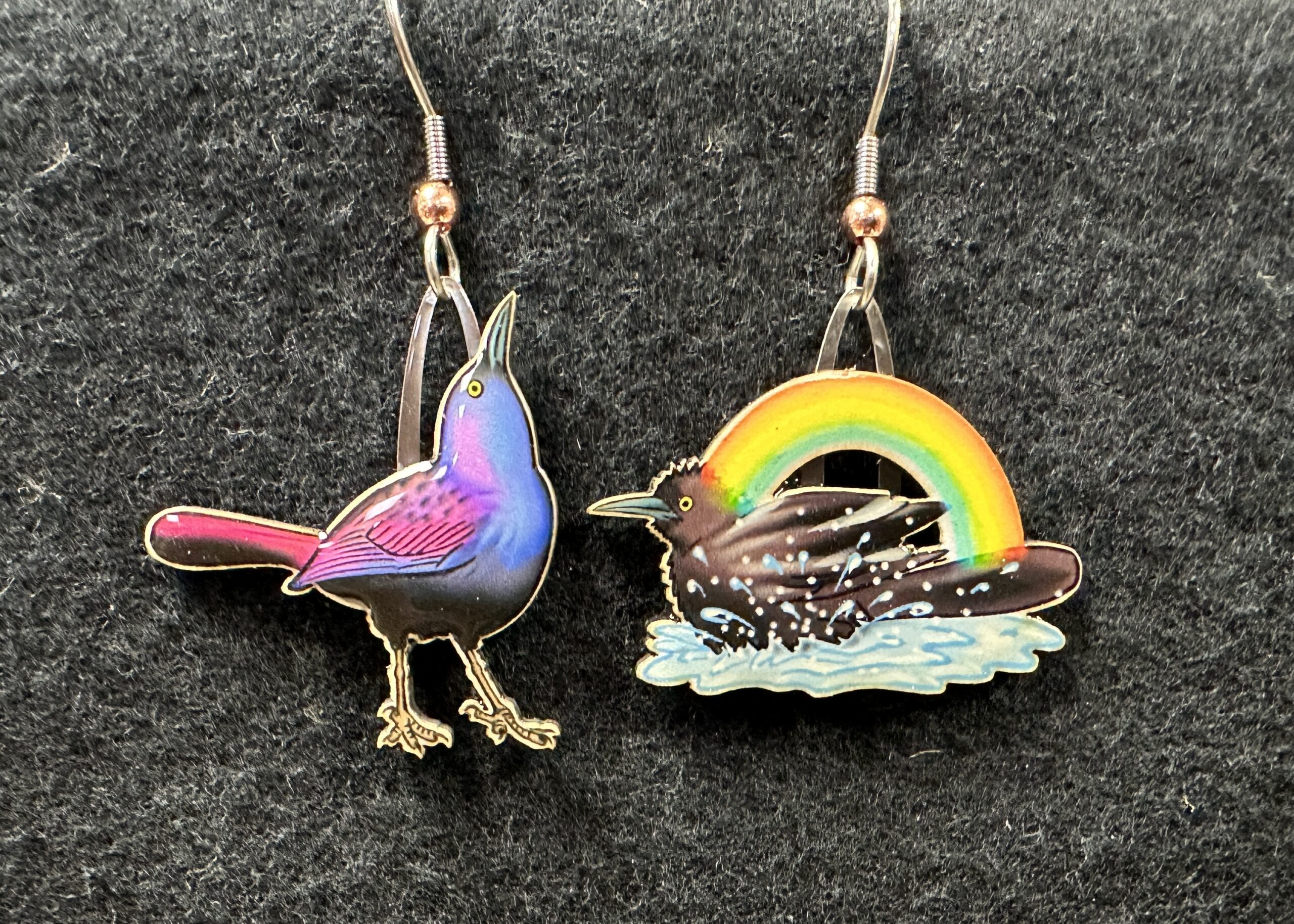
As there name implies these birds are commonly seen from agricultural to urban habitats throughout North America except west of the Rockies. The dark feathers of the male birds shimmer iridescence in bright light.

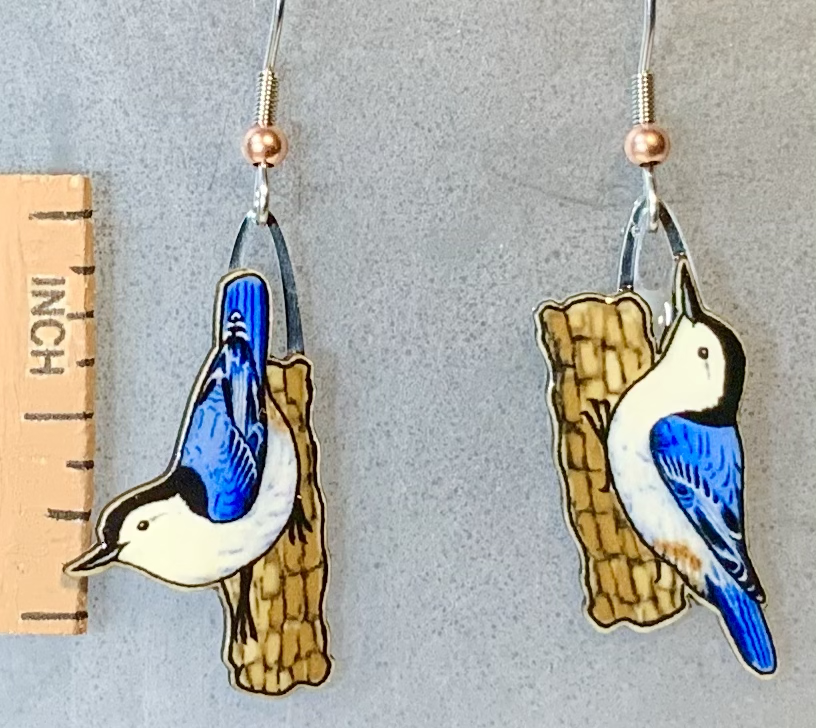
A common year round resident throughout much of North America. They like mature deciduous trees where they glean the trunks and branches for insects. They also frequent feeders and are a backyard favorite.
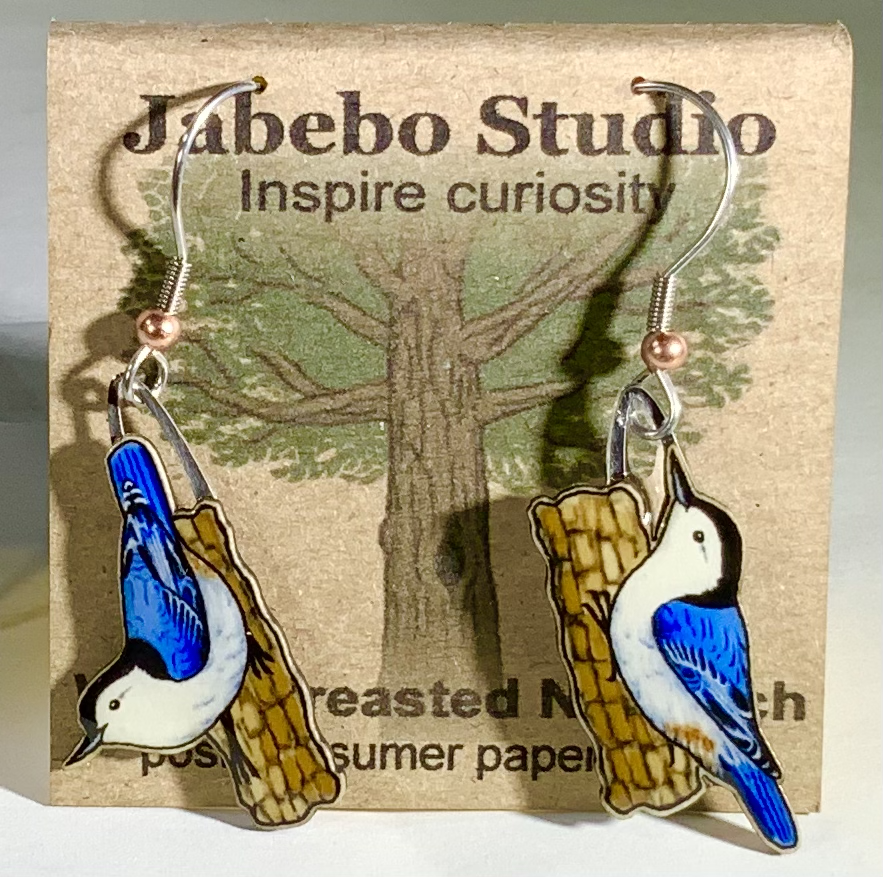
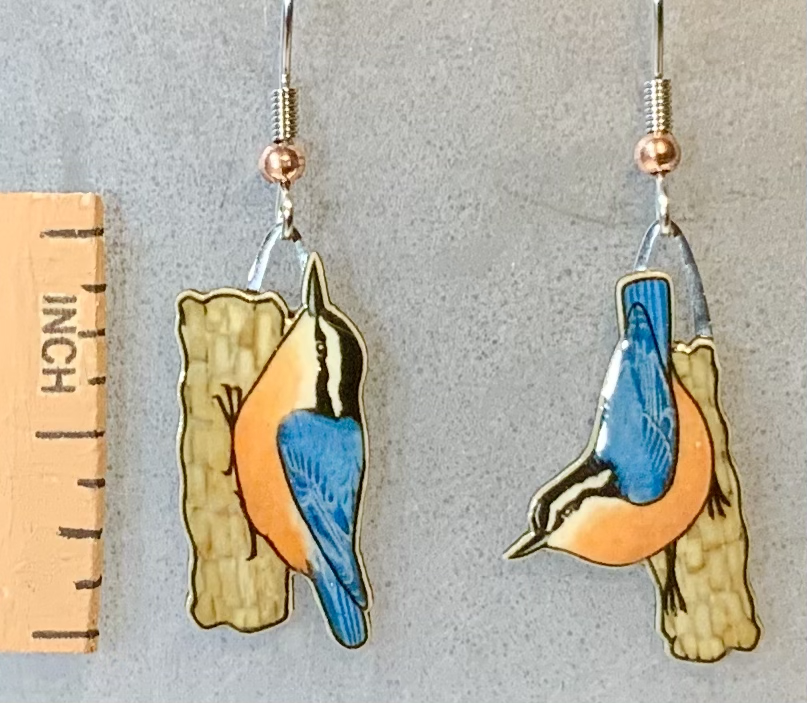
This nuthatch prefers conifer forests which restricts its breeding range to Canada and mountainous regions to the south. That includes mountains of the northeast US and Appalachia as well as the many ranges of the west. They may stay year round in these habitat but spread out and winter throughout the rest of North America as well.

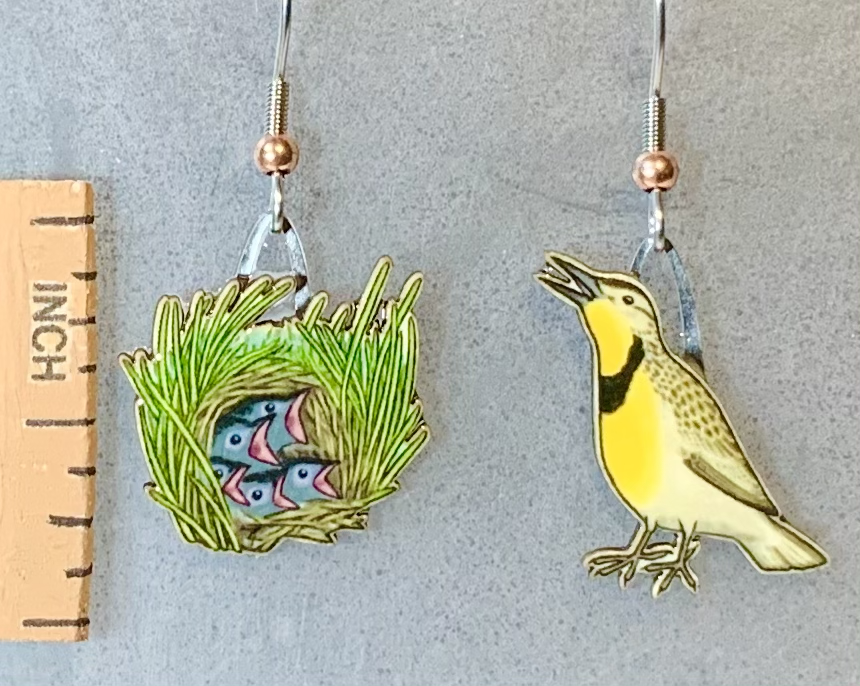
The Western and Eastern Meadowlarks are very similar in appearance. Together they range through almost all North America and are year round residents through much of their range. Meadowlarks love meadows and open grassland. They are not likely to be spotted in every open field of the east but as you travel west into the grassland states they become abundant.

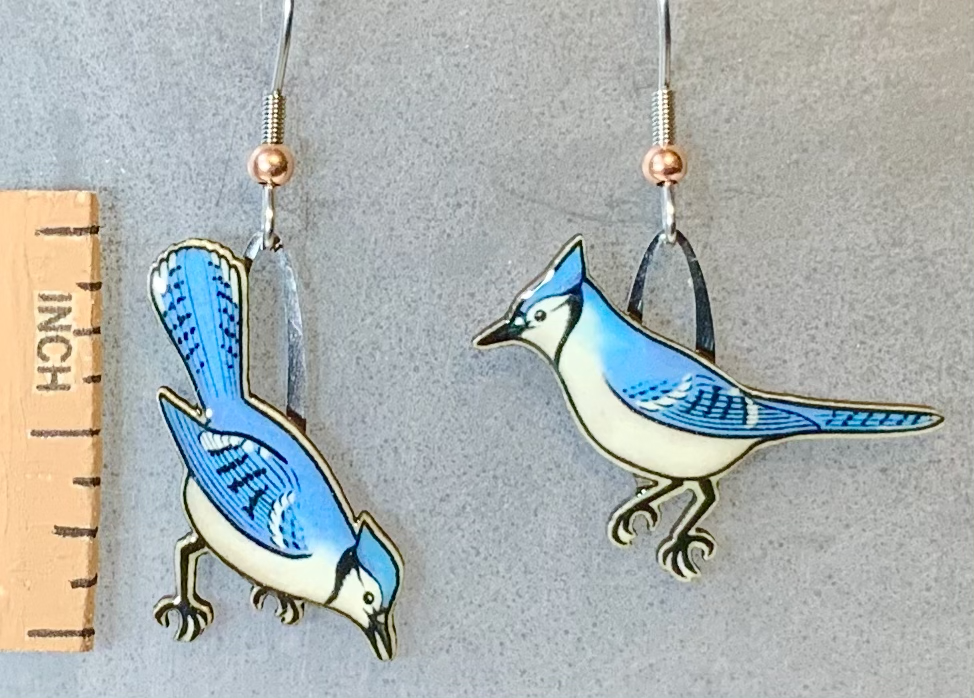
Blue Jays live year round through most all North America from the Rocky’s eastward. Ecologically they like edges where the forest meets open areas which makes towns and parks very suitable habitat.

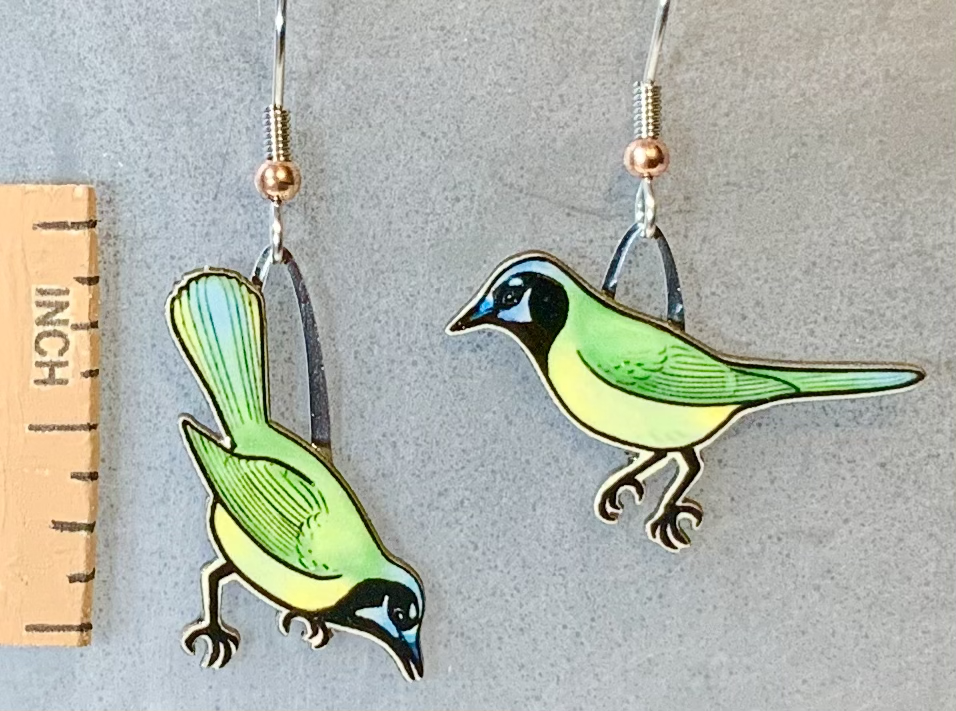
Most of the Green Jays range is in Mexico but they are a common sight in the Rio Grande Valley area of the southern tip of Texas.
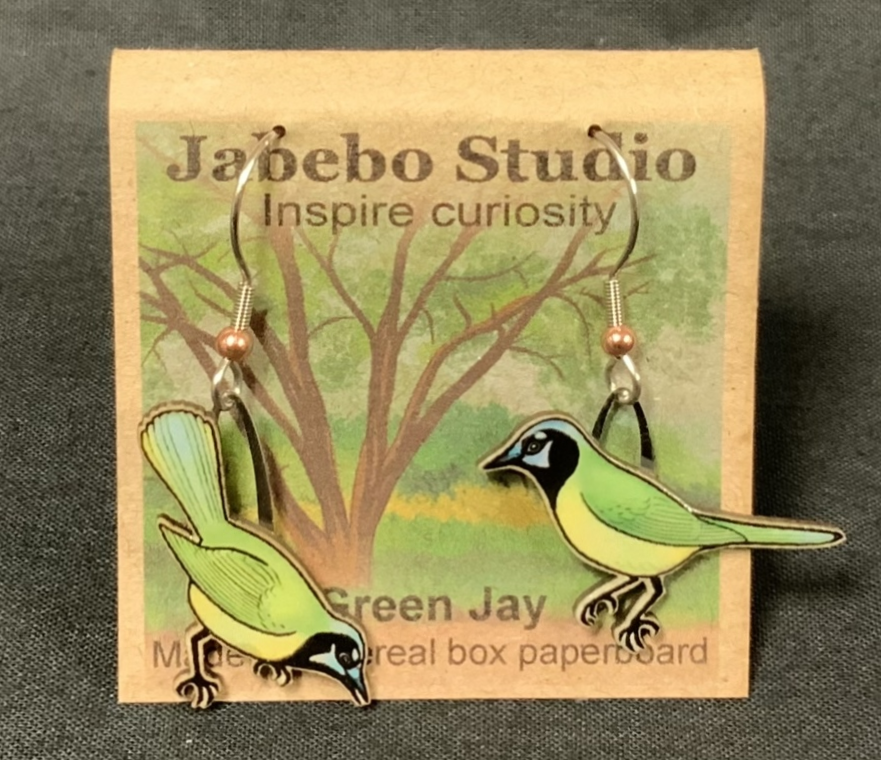
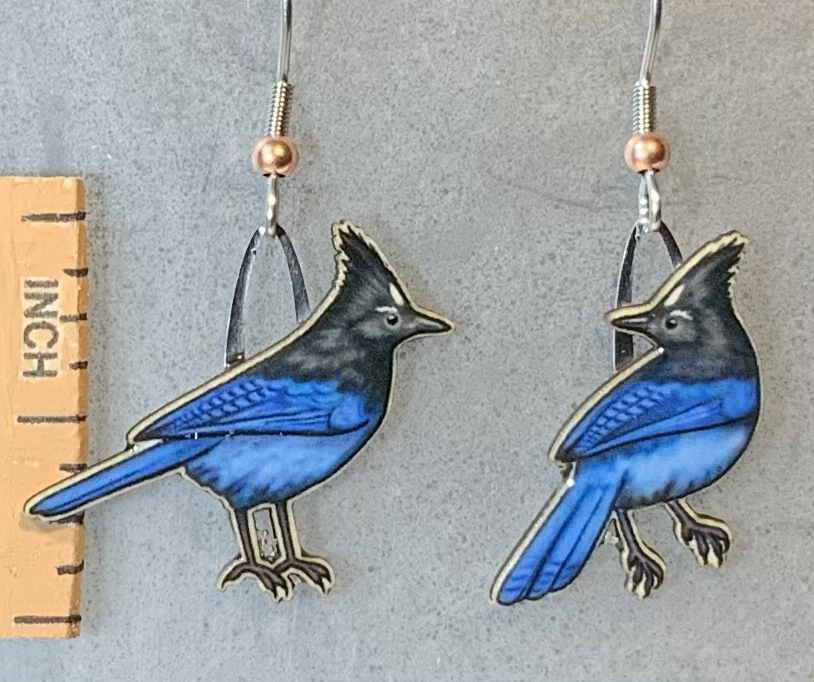
This type of jay lives in the western mountainous areas from southwest to Canada. A bird of the wilderness as well as parks and picnic areas but often limited to higher altitudes.
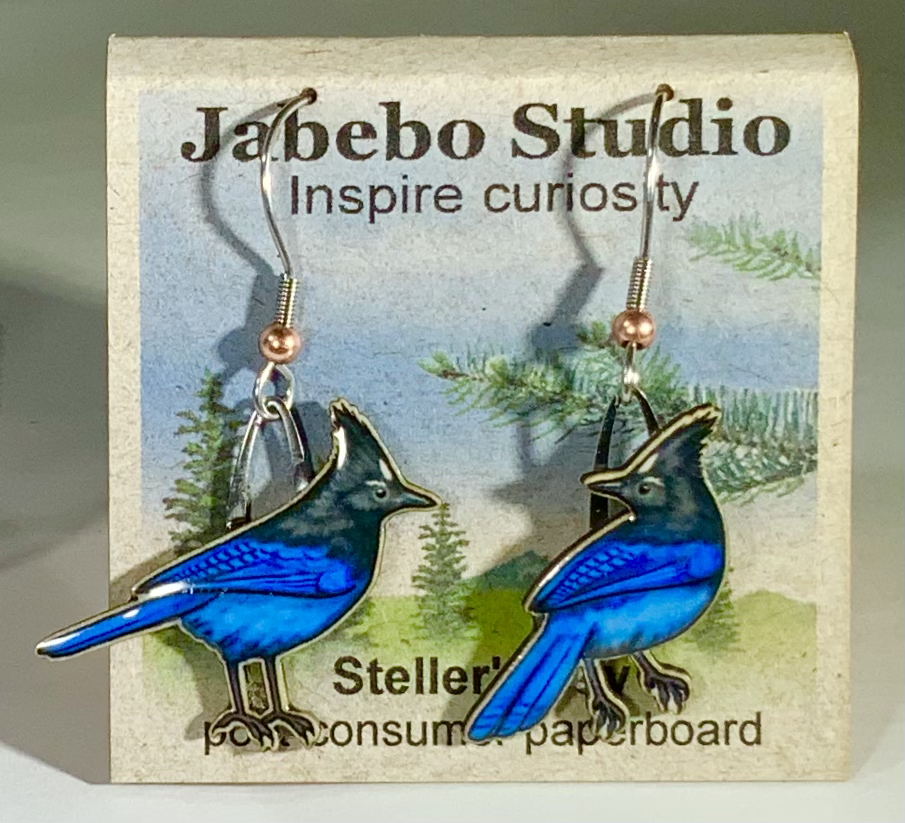
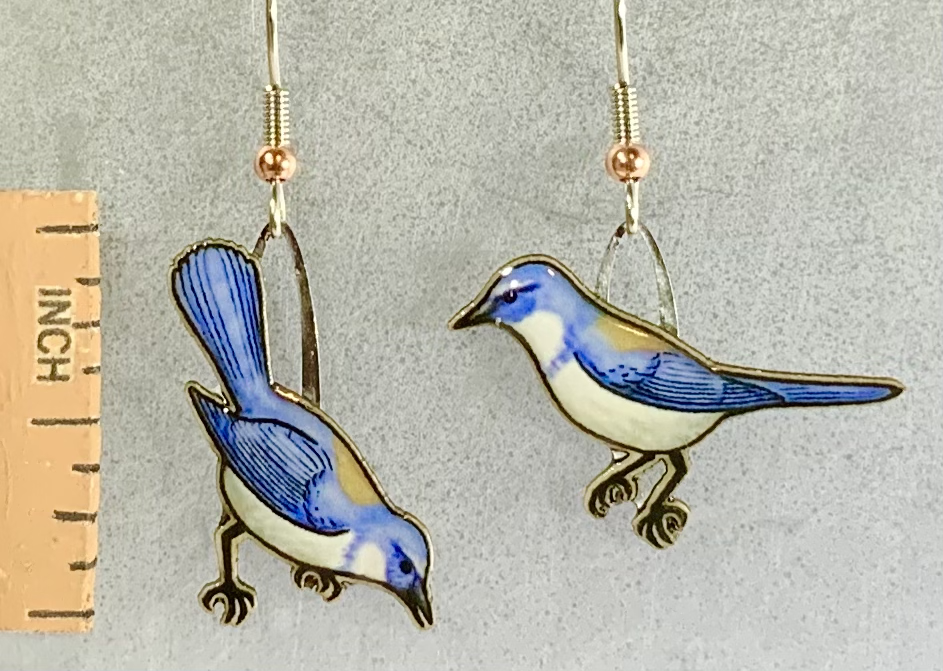
In the west scrub jays live in many of the same regions as the Steller’s Jay but more likely in lower altitudes and scrubbier habitats and maybe not as far northward in range. They are common in the coastal region of California. There is also a Florida species similar in color that is associated with the scrubby oak thickets of ancient sandy dune fields that characterize certain areas of the peninsula.

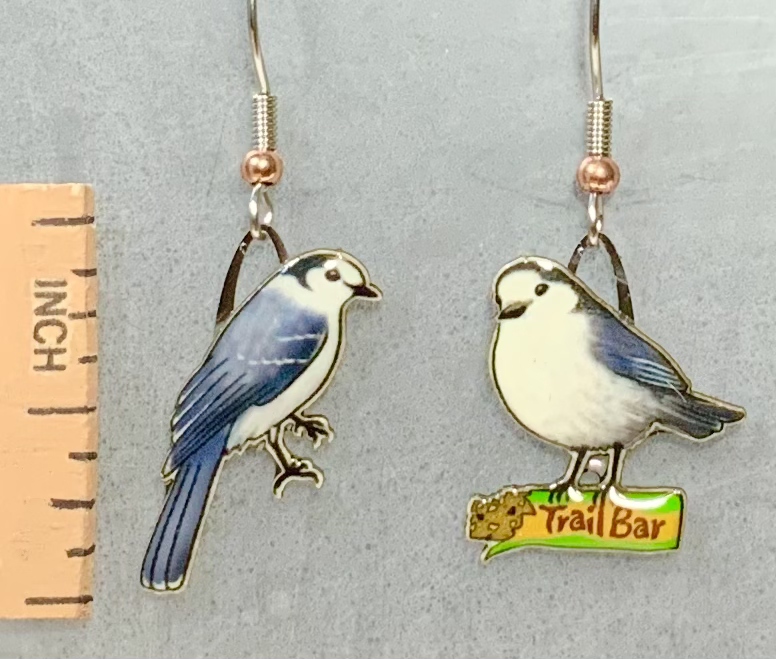
Also known as the Gray Jay these birds have a habit of following hikers hoping to share a snack along the trail. Canada Jays live in the northern boreal forests, but their range extends south into the US through mountainous wilderness areas.

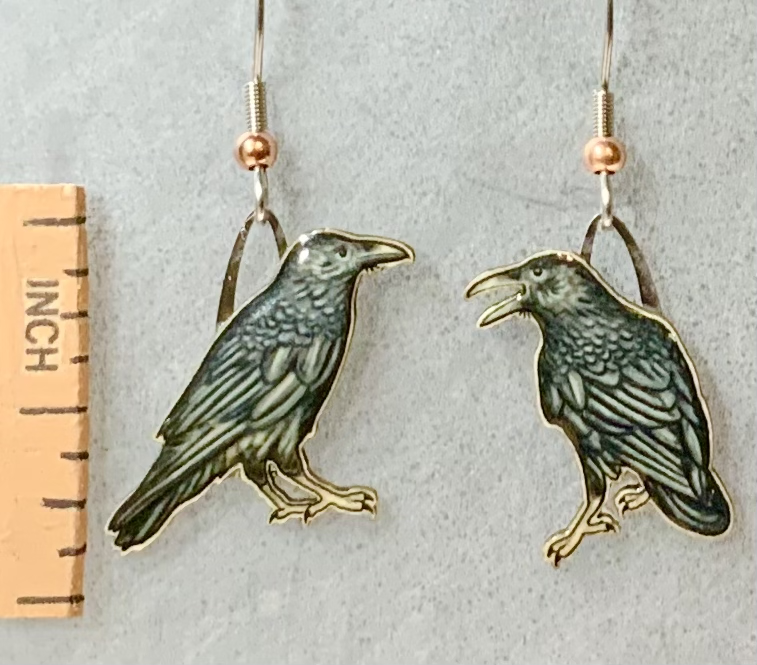
Raven are primary west in the desert and mountainous areas and to the far north of Canada. To the east they live from Pennsylvania down through much of the Appalachian range and through all their range they are year round residents. They are a wilderness animal but do well around people and take advantage of human habitat.
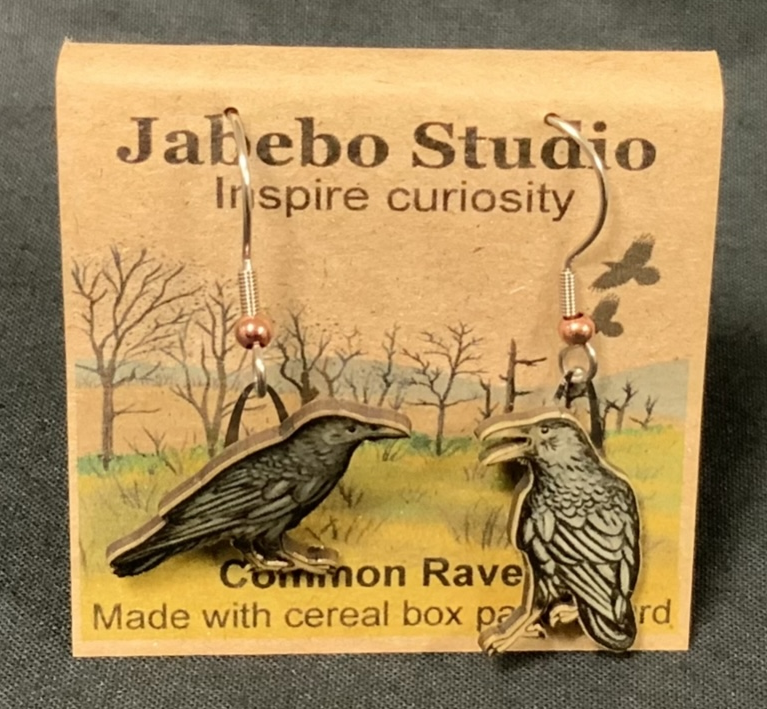
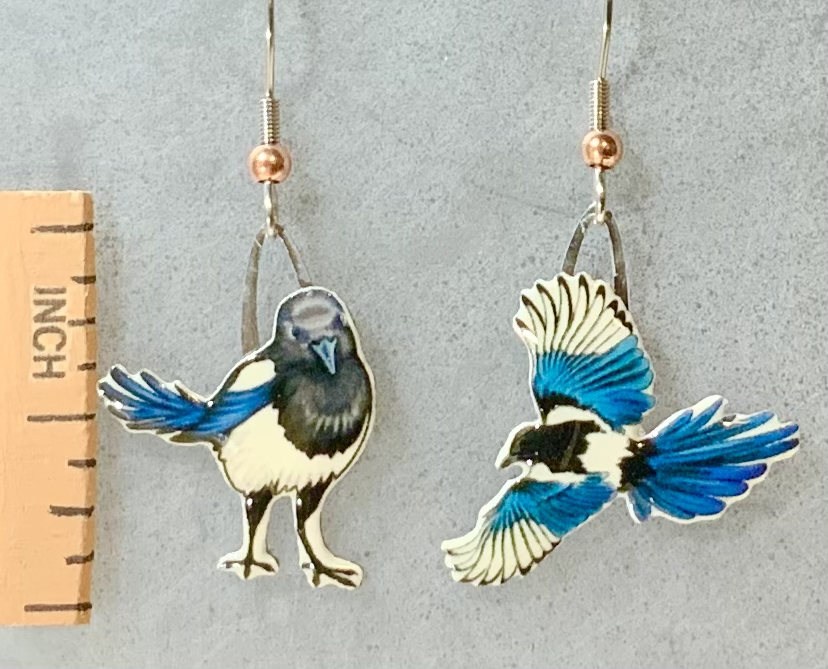
A showy corvid very common in the wilds and urban habitat of the west with the exception of the very south of the western states.
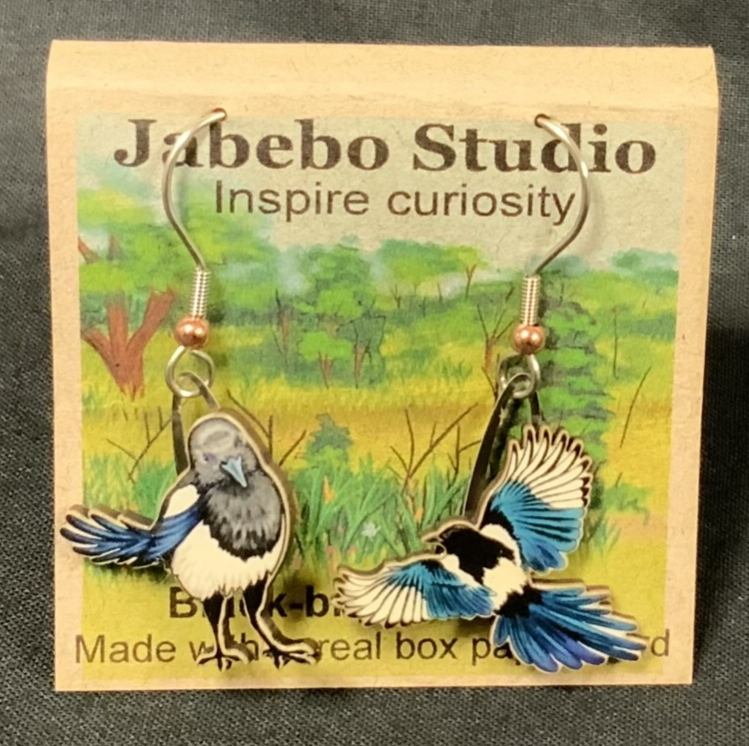
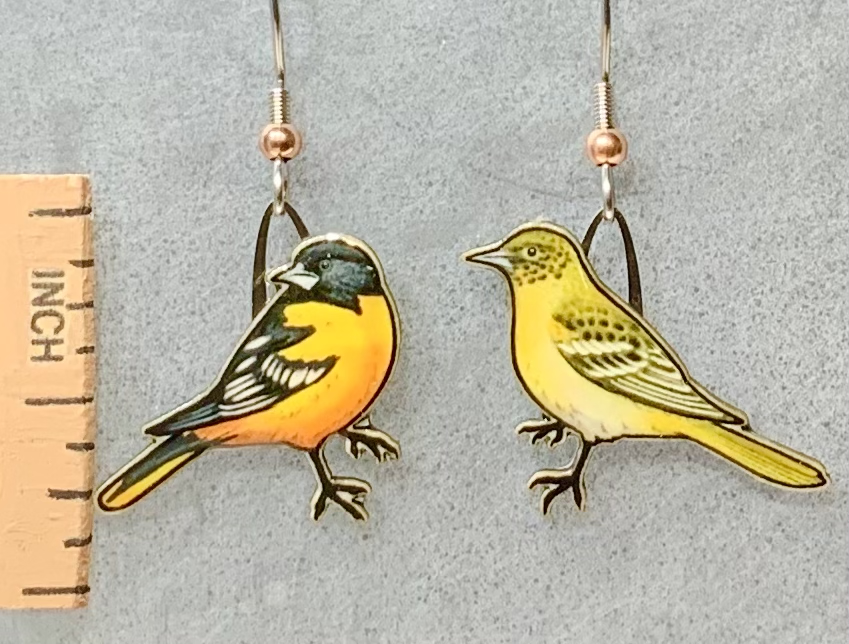
The common oriole of the east but their breeding range extends west into the plains and north into Canada and down into the southern states but not all the way to the southern coast. Some do winter in Florida but in Texas they pass through as migrants. Orioles like tall deciduous trees that are spaced apart, not thick forest. Thus they are common in villages and their parks.
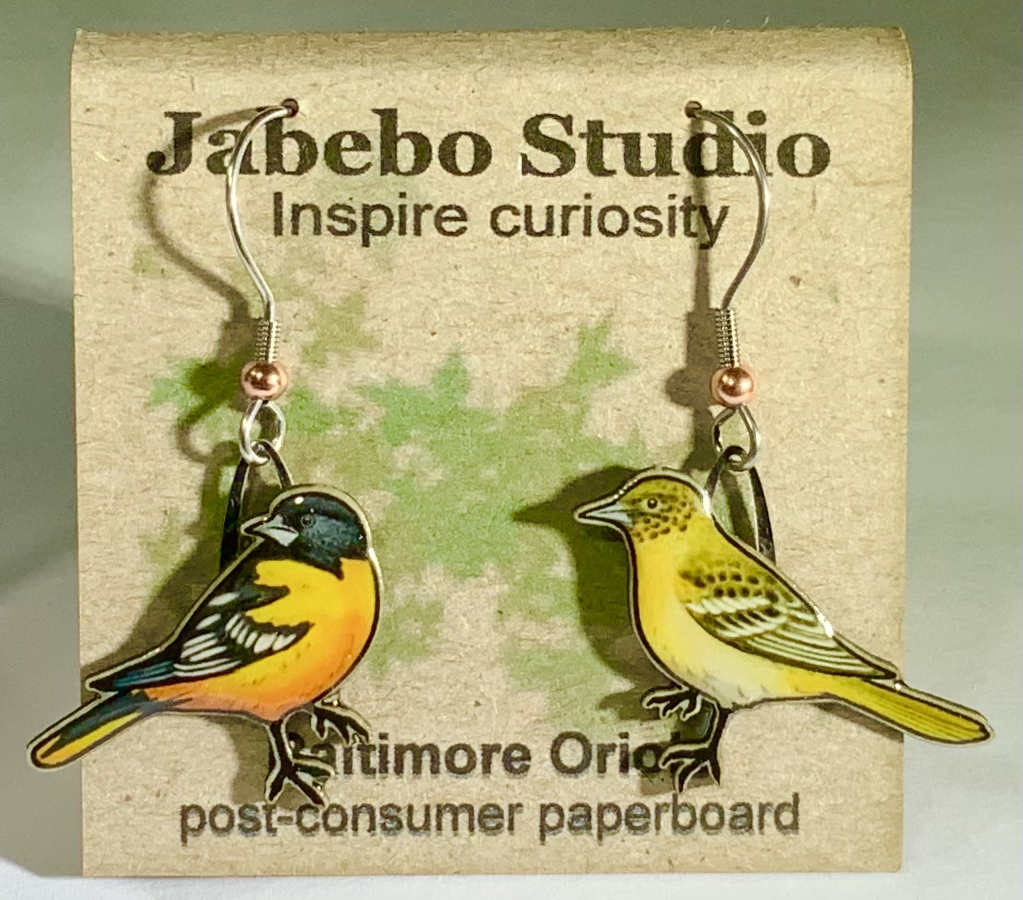
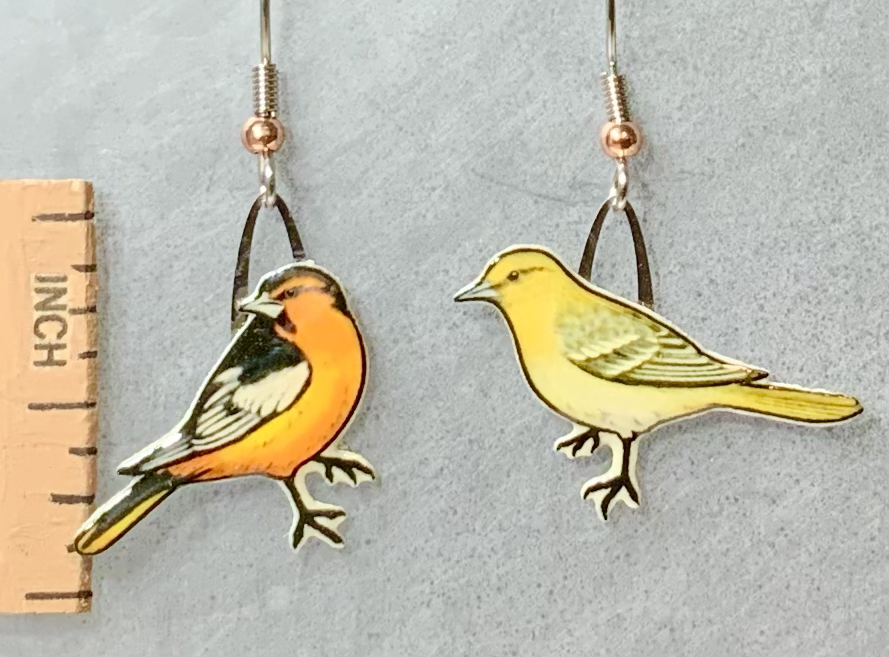
The common oriole of the west. Their range is from the Rocky’s to the West coast and north into Canada. Like the Baltimore oriole they like woods with spacious tall trees but may choose evergreens as well.
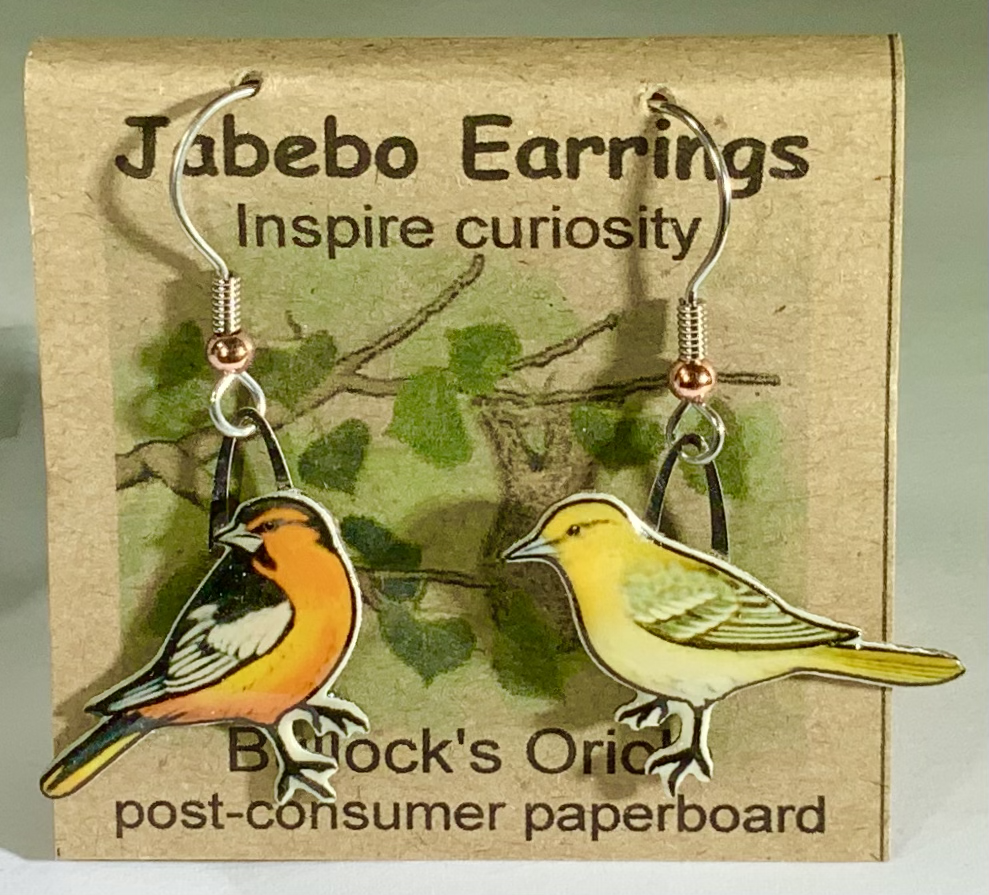
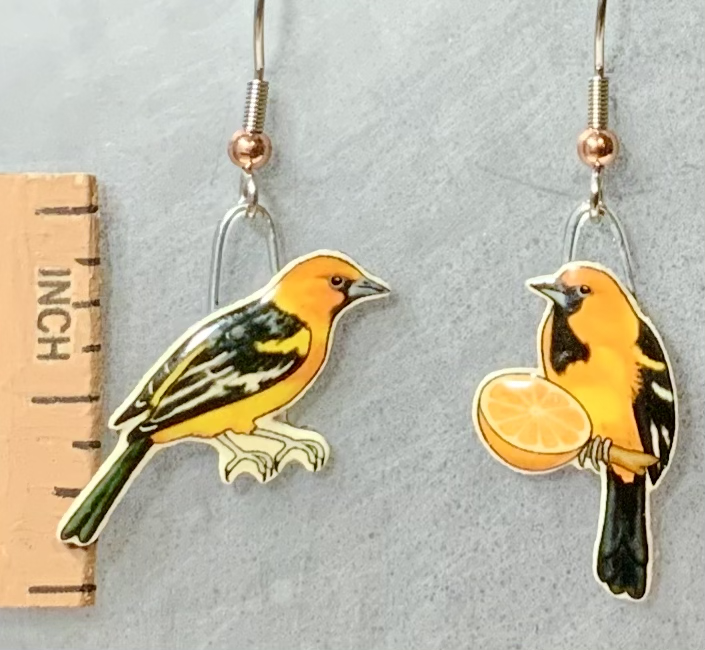
A brightly colored oriole that lives primarily south of the United States but their range reaches into south Texas where they are a common sight.
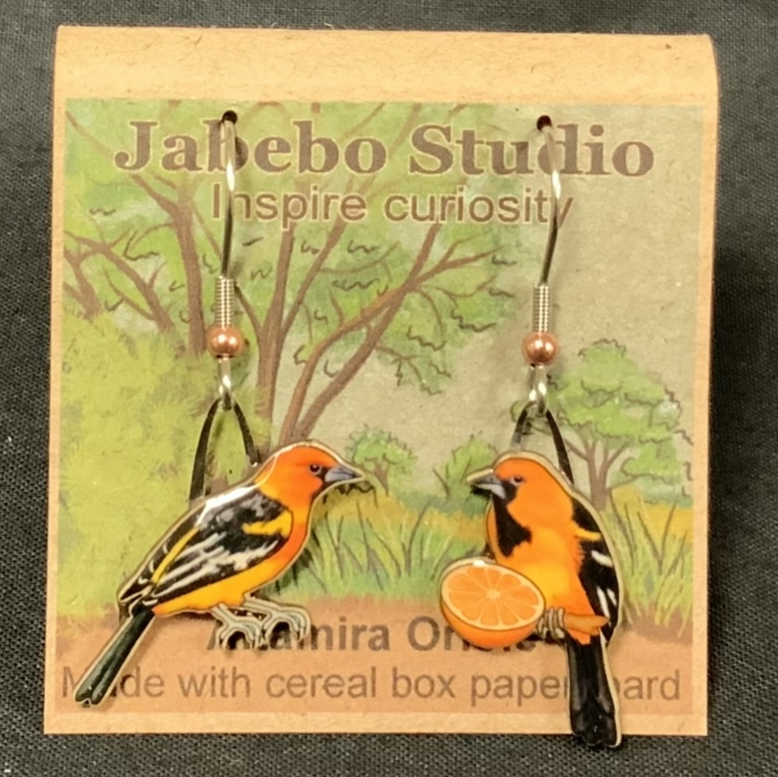
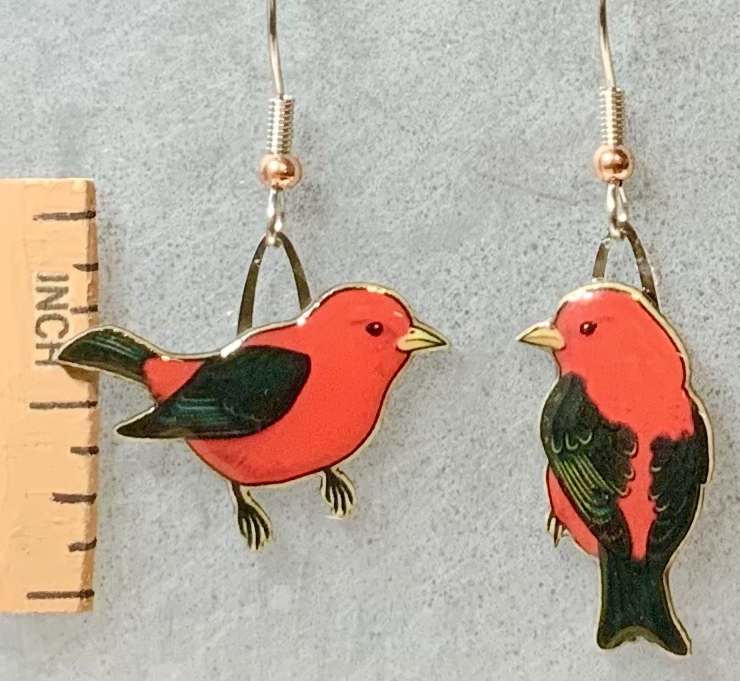
Most likely in eastern US but not in the deep south. They prefer extensive tracts of unfragmented forests. So in regions where forests are mostly continuous there is a great chance these birds are present though they easily go unseen as they stick to the high canopy.
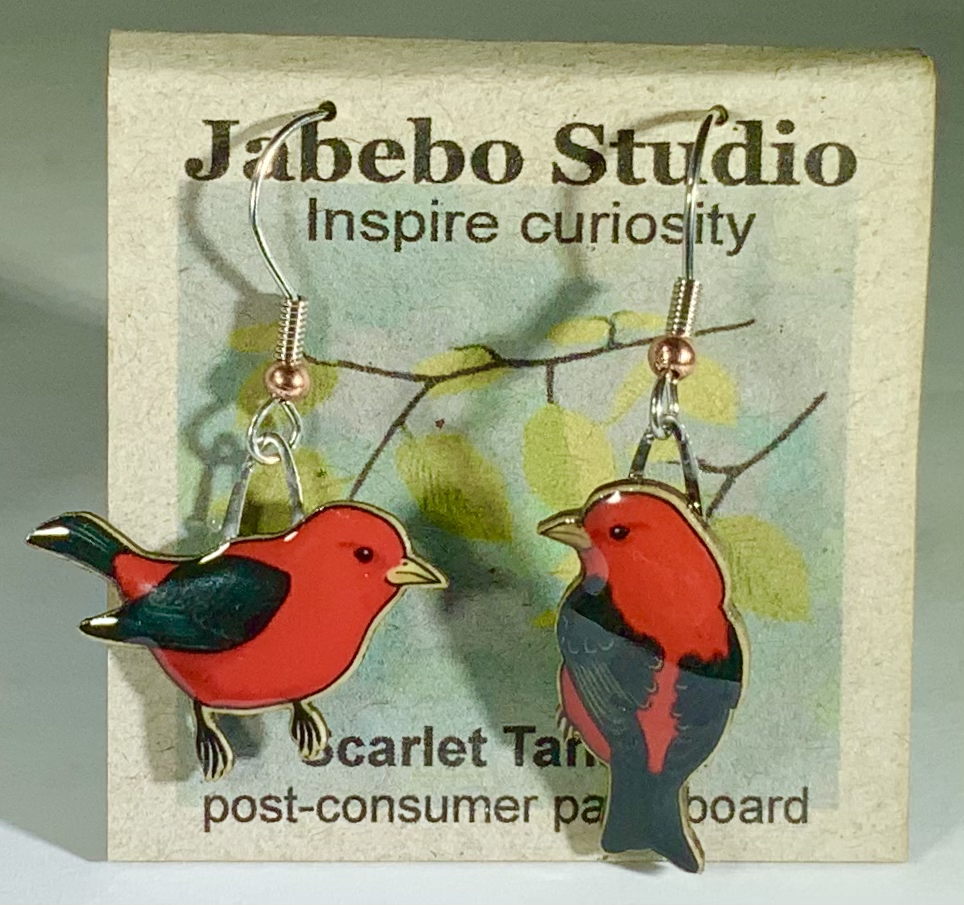
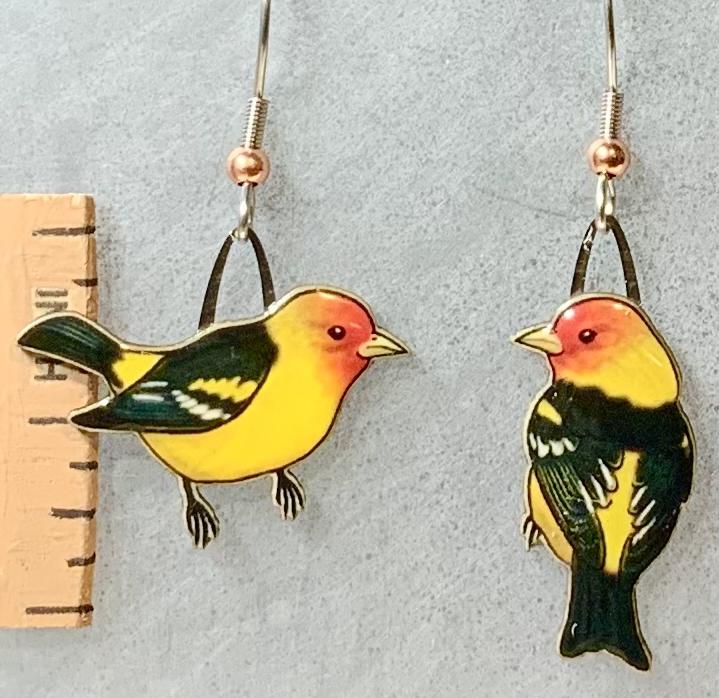
Live throughout much of the western North America with suitable habitat. Like the eastern tanager species they like taller trees where they inhabit the canopy and they are associated with higher elevations.
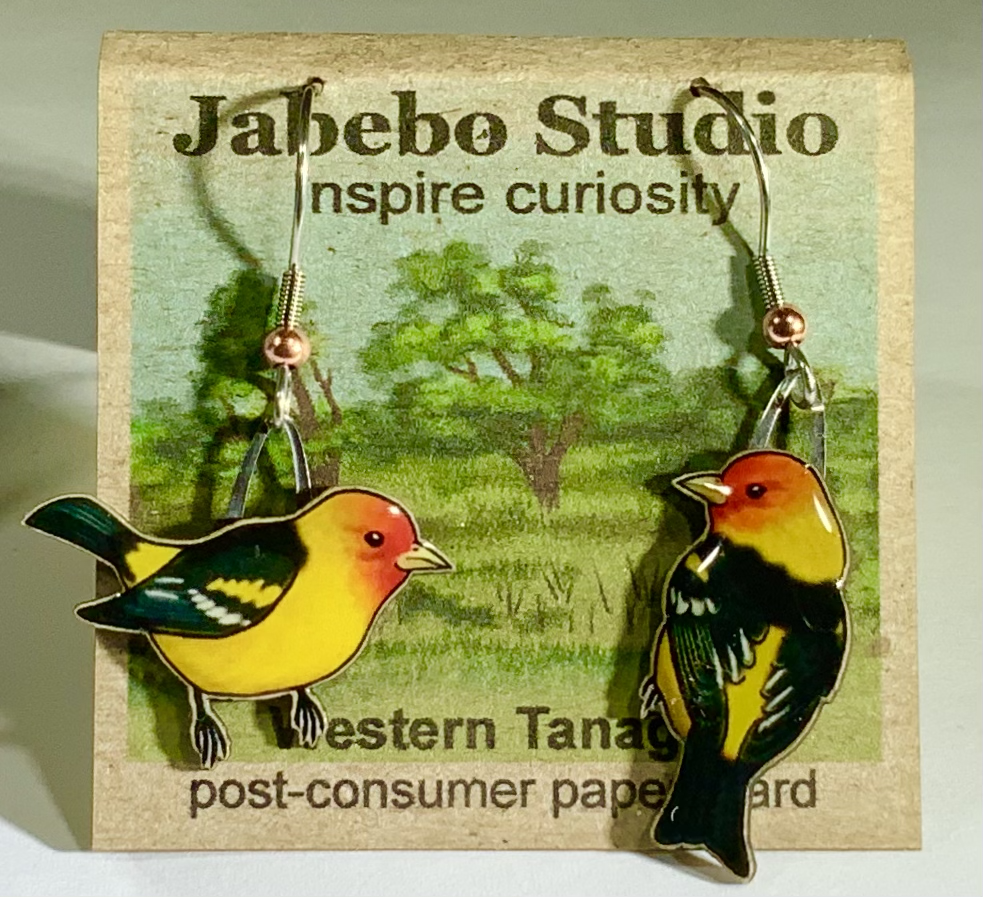
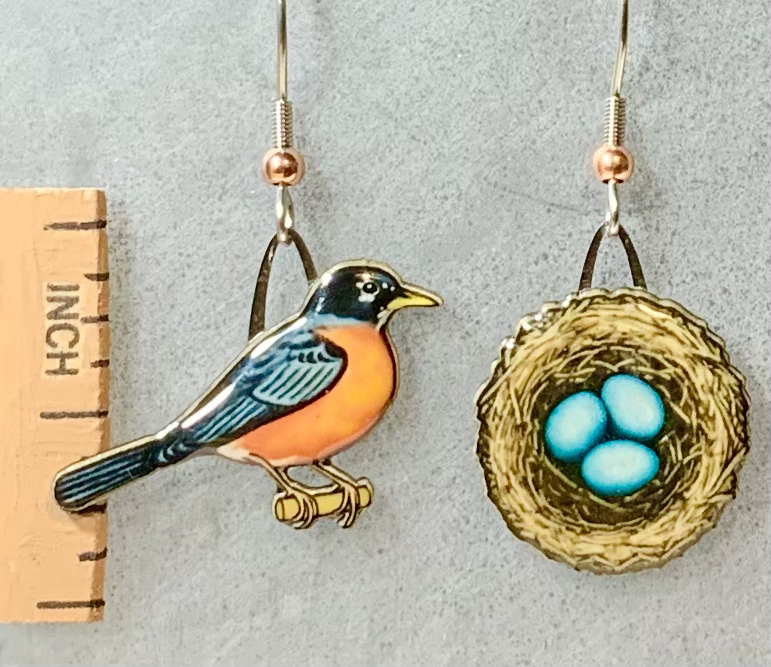
Found living year round in most all the US and with a summer range far north into Canada and Alaska as well. Familiar in parks and backyards everywhere but also common in remote areas as well. Their population does shift seasonally and they congregate in large numbers in the south.
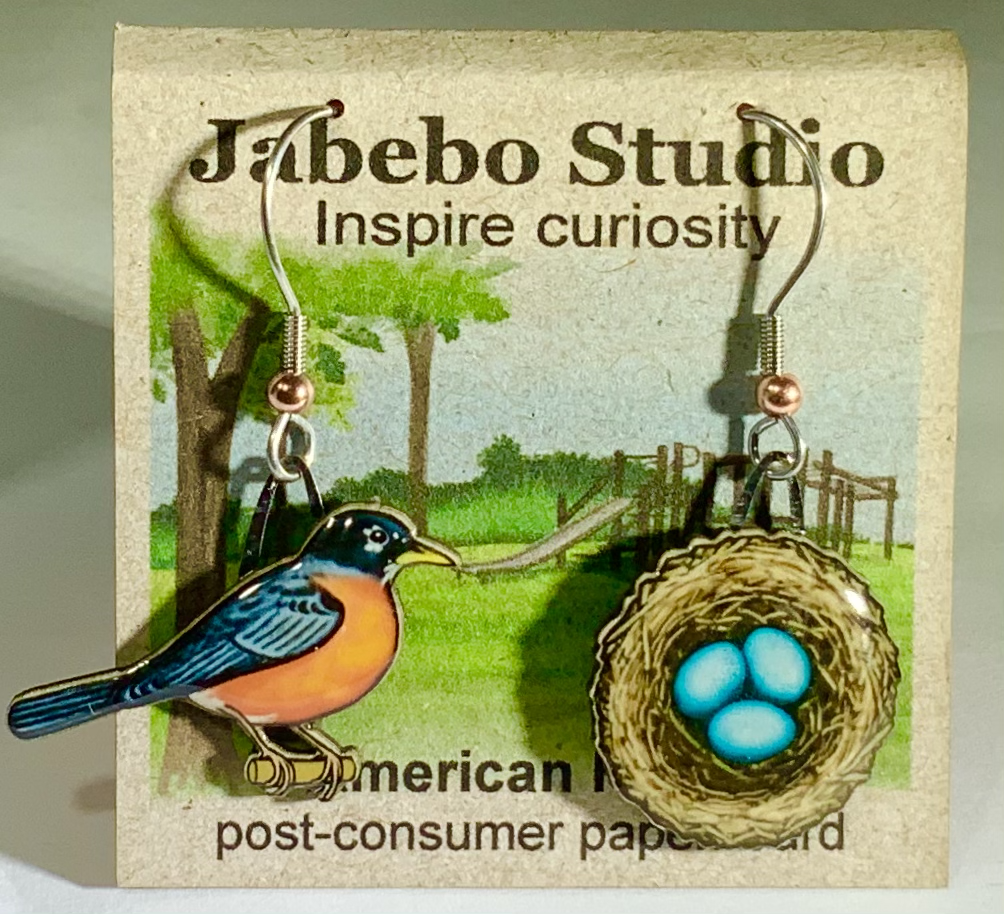
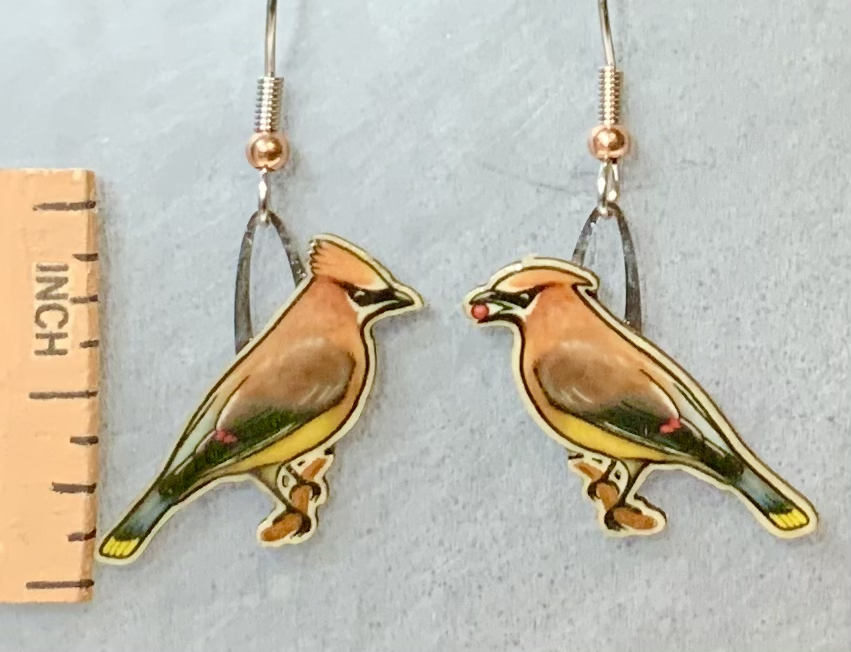
Cedar Waxwings breed through much of the northern states and Canada while they winter though out almost all of the lower 48. They love berry trees and can be found in a variety of kinds of woodlands as well as Manta Ray gardens and city parks.

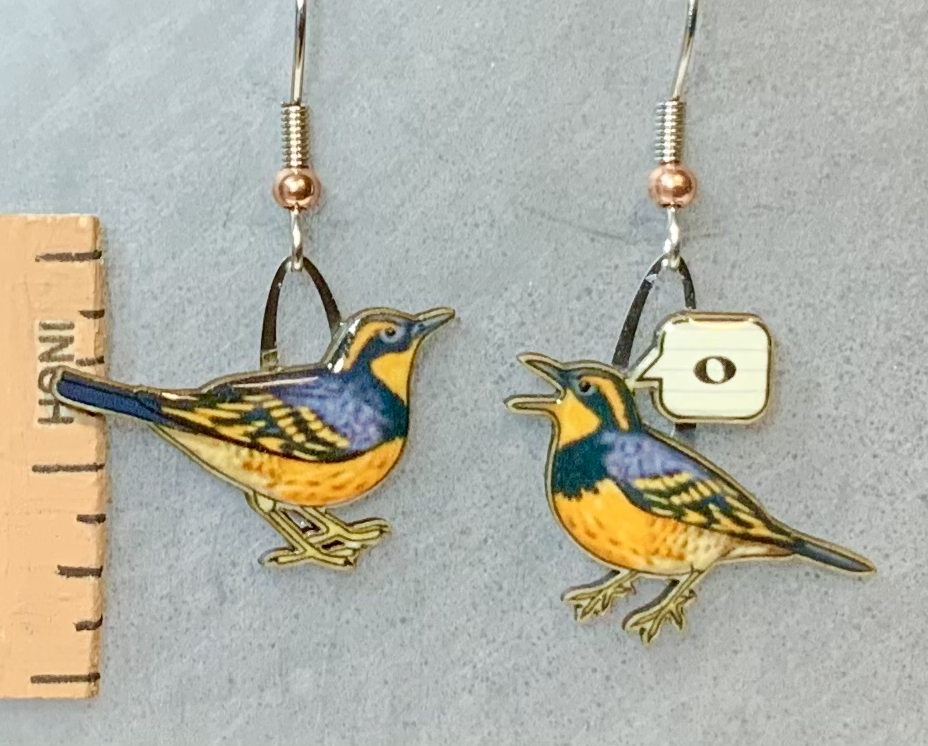
Commonly heard and not so easily seen in the cool old forests of the Northwest, these birds sing in hauntingly long single pitch notes.
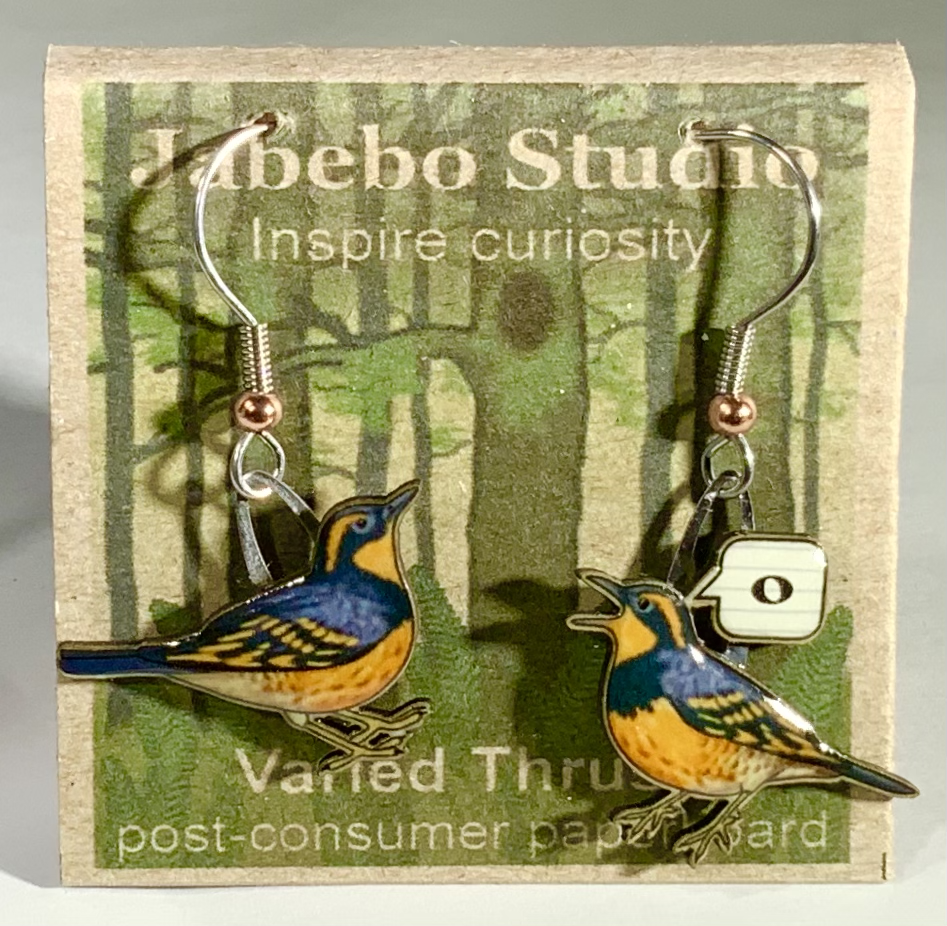
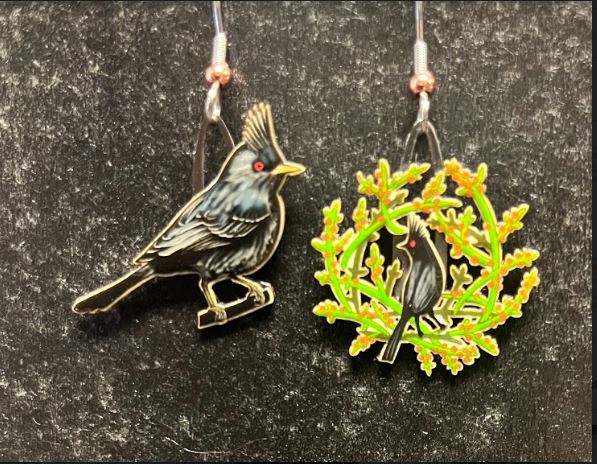
Associated with southwestern scrub regions, Phainopepla are actually drawn to the mistletoe growing on desert trees like mesquite. The berries make a large portion of the diets for these shiny black birds.
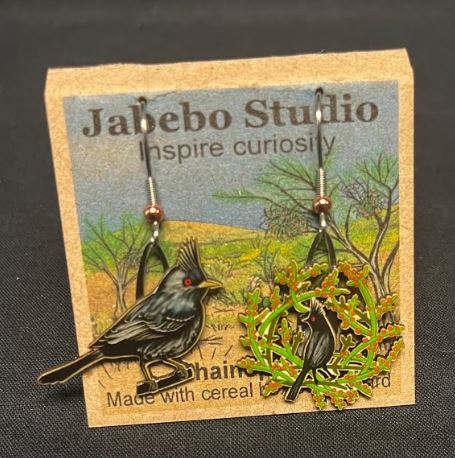
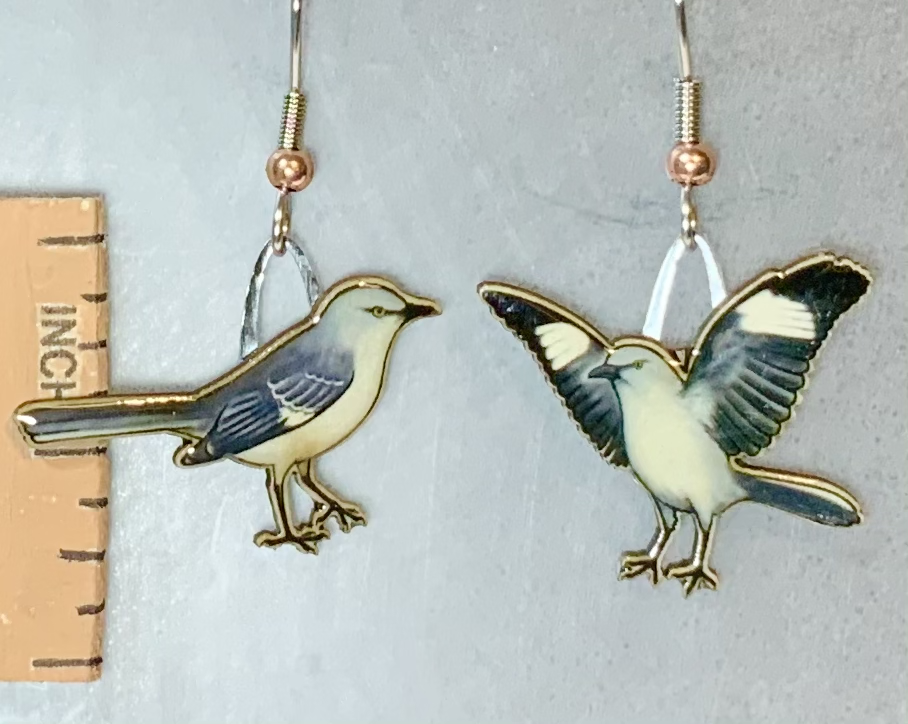
This lively bird has a wide range throughout the southern half of North America. They like more open areas where they often hunt insects on the ground. Their characteristic wing flash display is believed to startle prey.
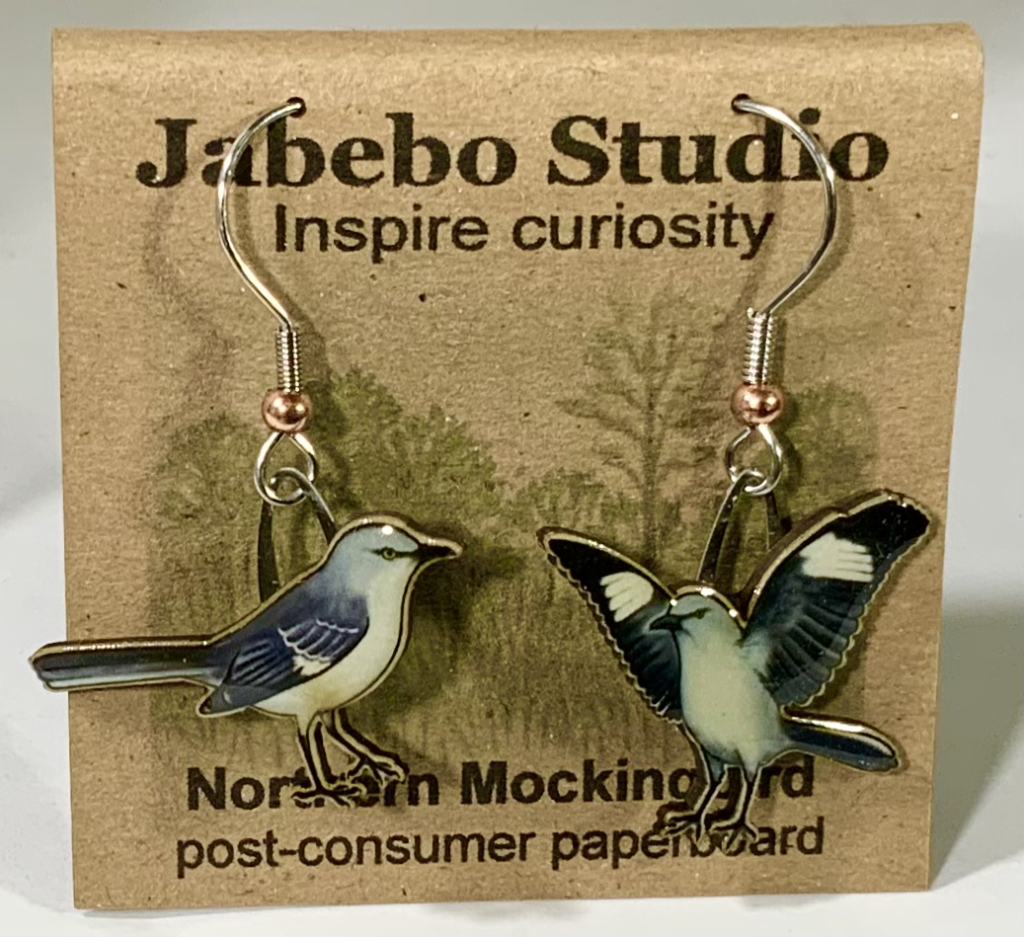
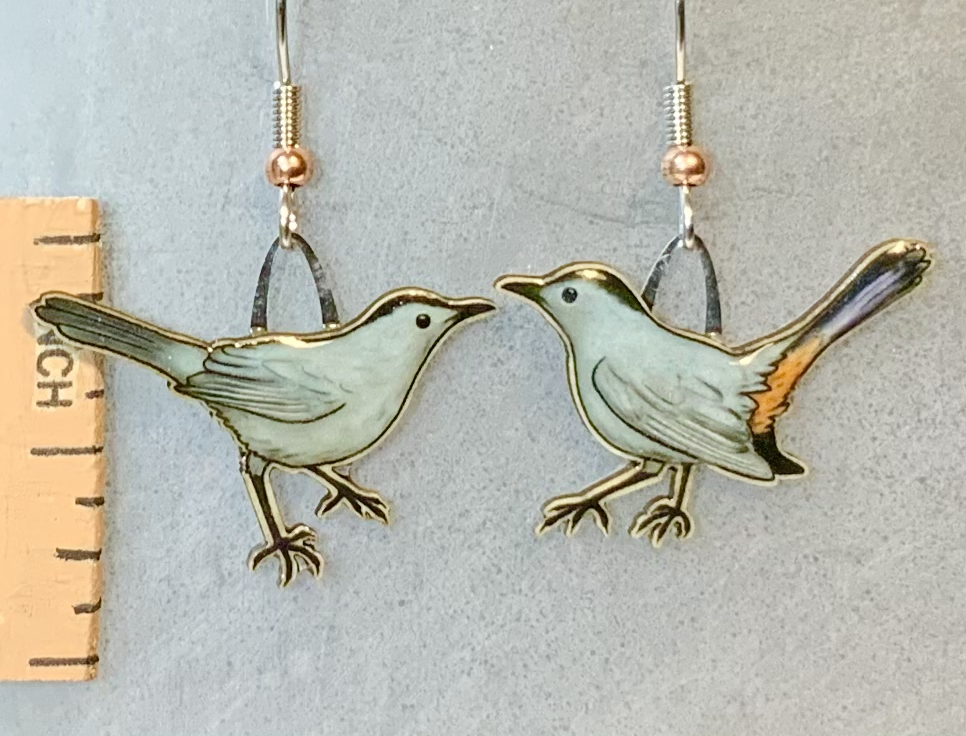
This songbird is wide ranging except for the far western and southwestern regions. Their song is loaded with random gobbledygook but they are often heard by their cat like call. If you catch a glimpse of one of their behinds, then notice the brown smudge.
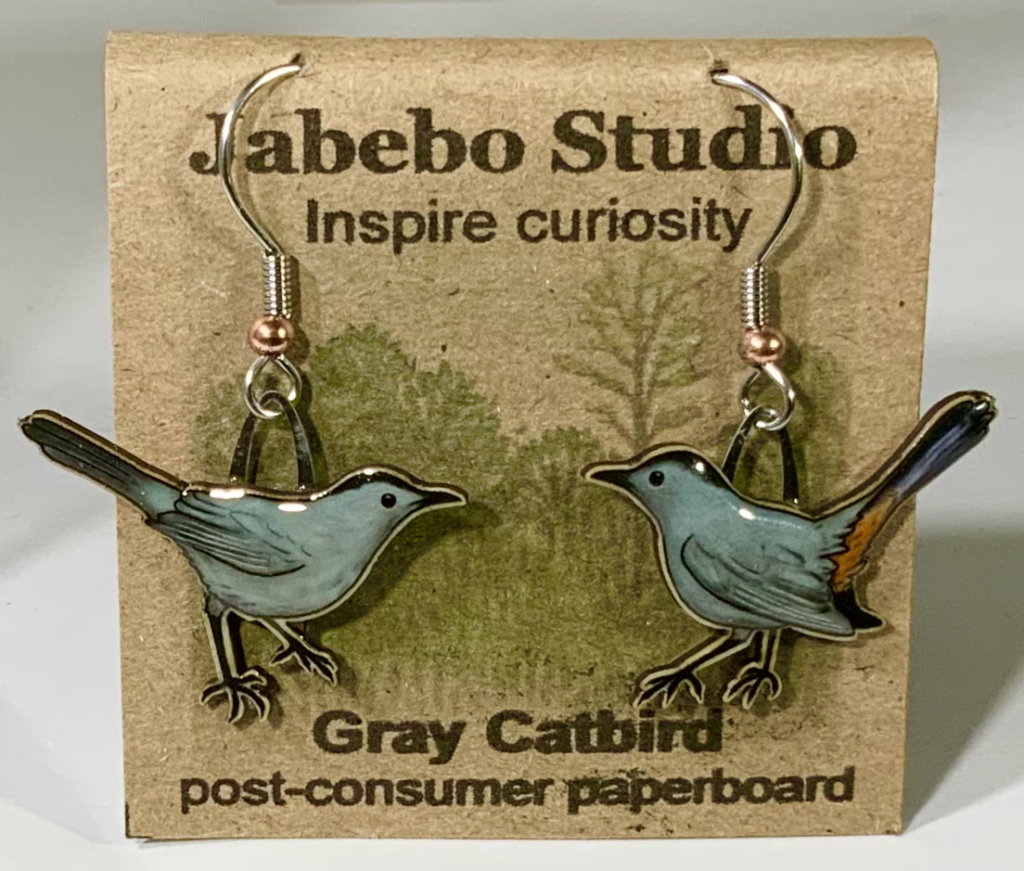
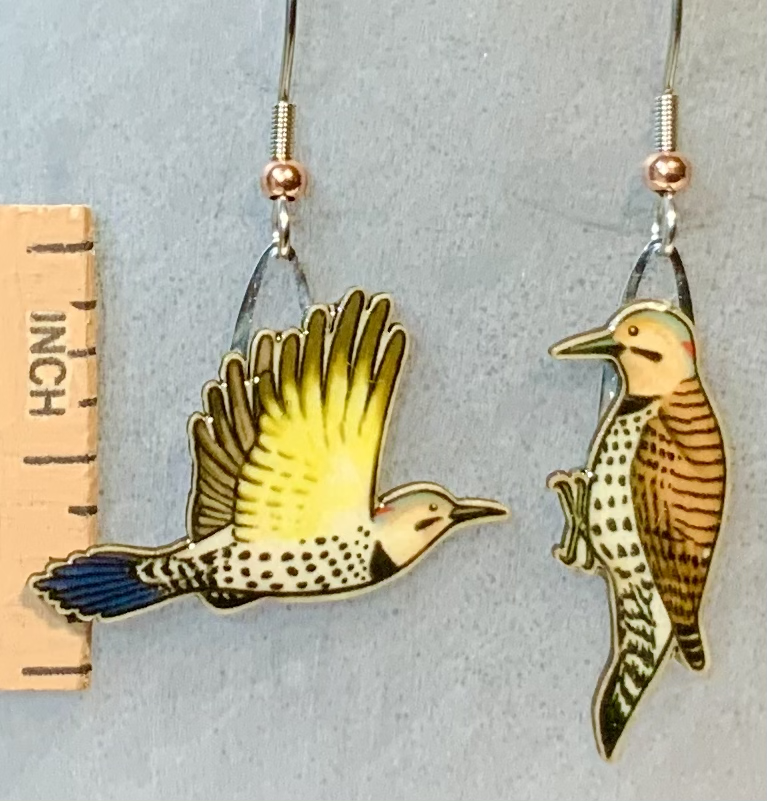
Yellow-shafted subspecies lives on the east side of North America throughout the states and much of Canada. Their range extends west into the plains and Texas. It’s a common bird in many kinds of habitat with edges as well as towns and suburbs.
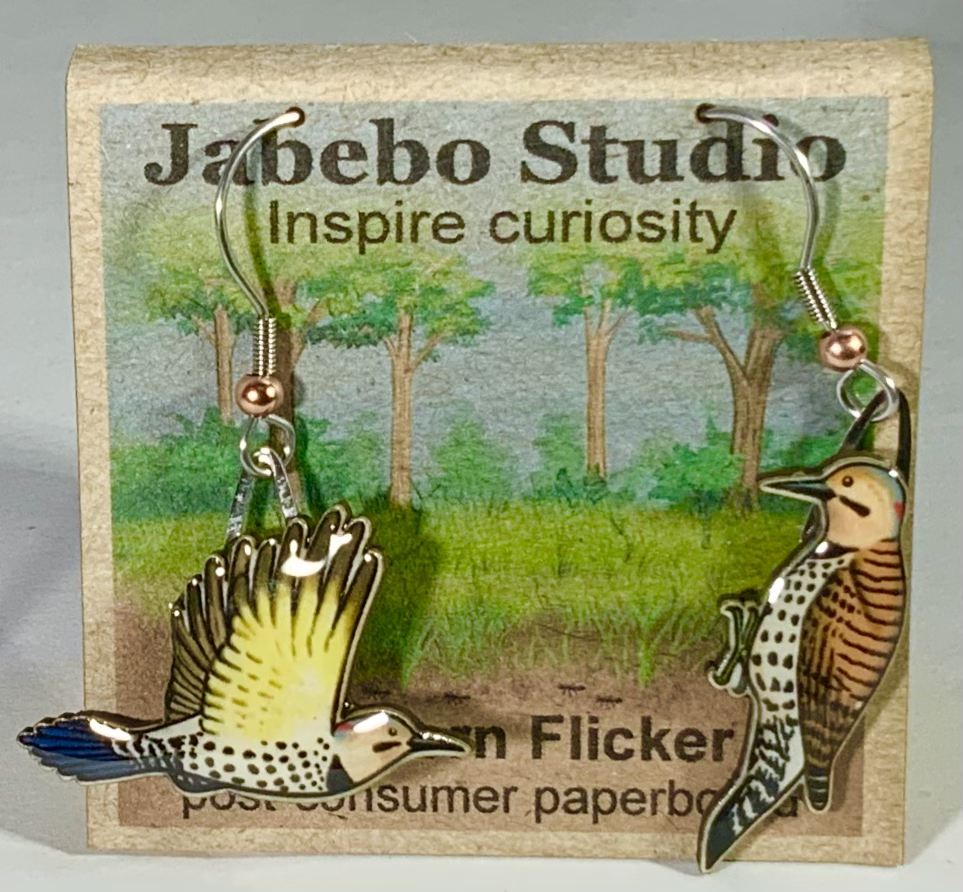
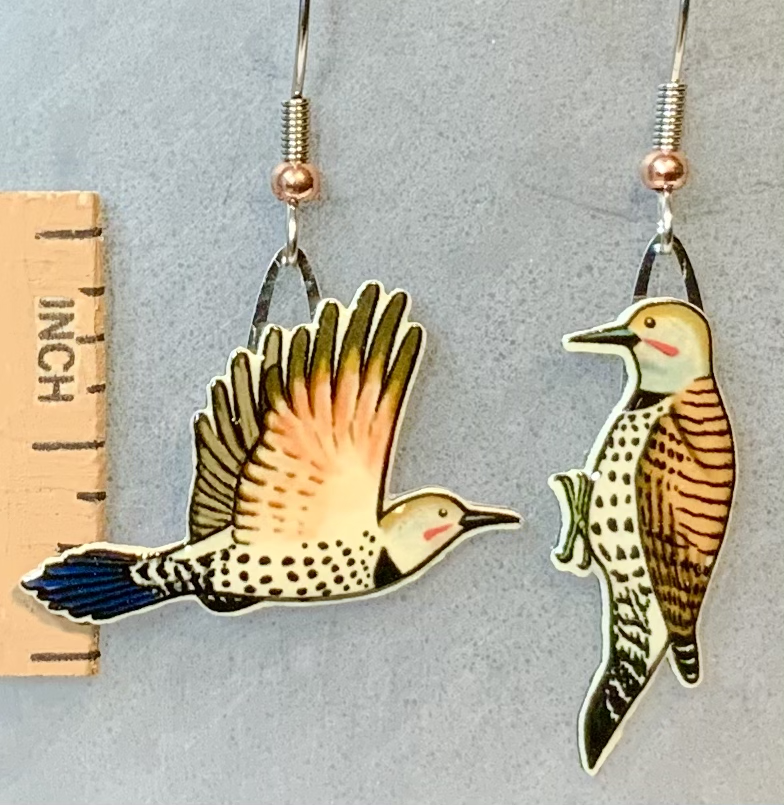
Red-shafted subspecies lives from the west side of the Great Plains to the West coast. Ecologically they are identical to the the Yellow-shafted and they do range to the higher altitudes out west.

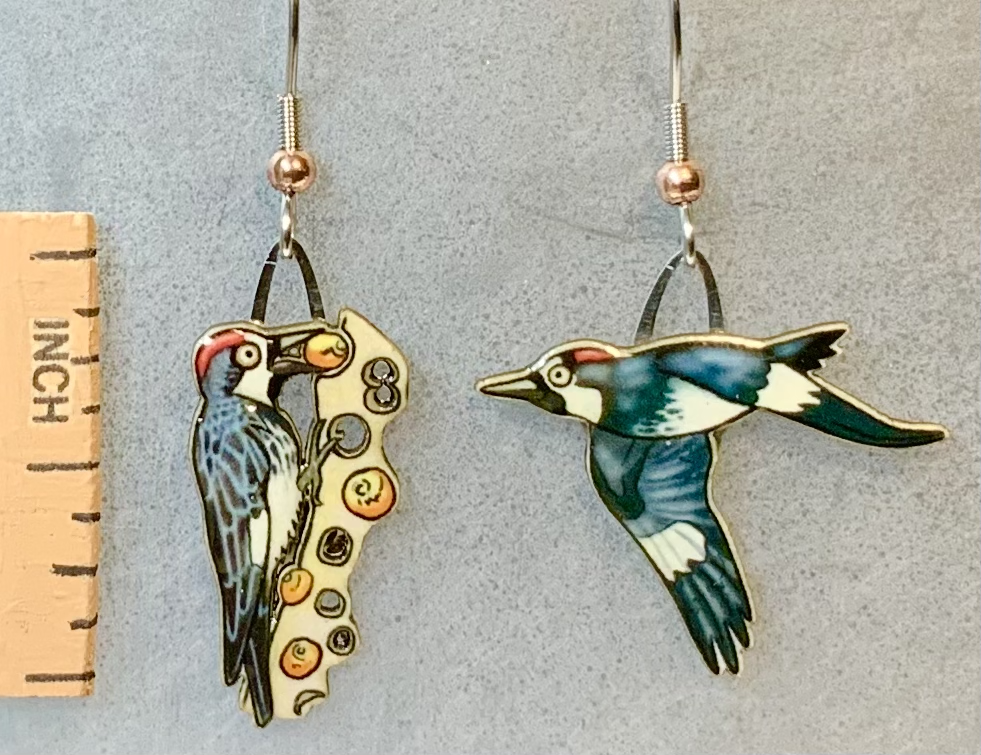
A south western woodpecker with a funny face and unique habit of storing acorns in the holes they drill. Design by Cecil

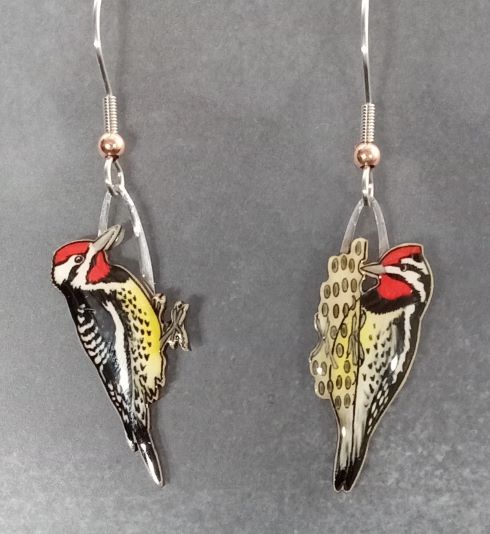
These unique woodpeckers drill series of small holes in living trees in order to sip the sap. The Yellow-bellied species range throughout the eastern half of North America either as summering/wintering residents and as migrants.
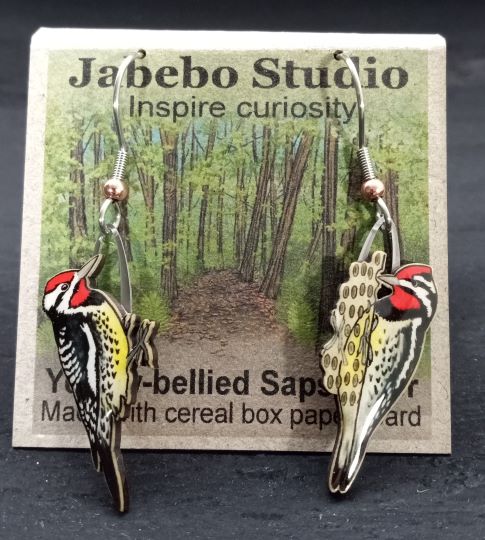
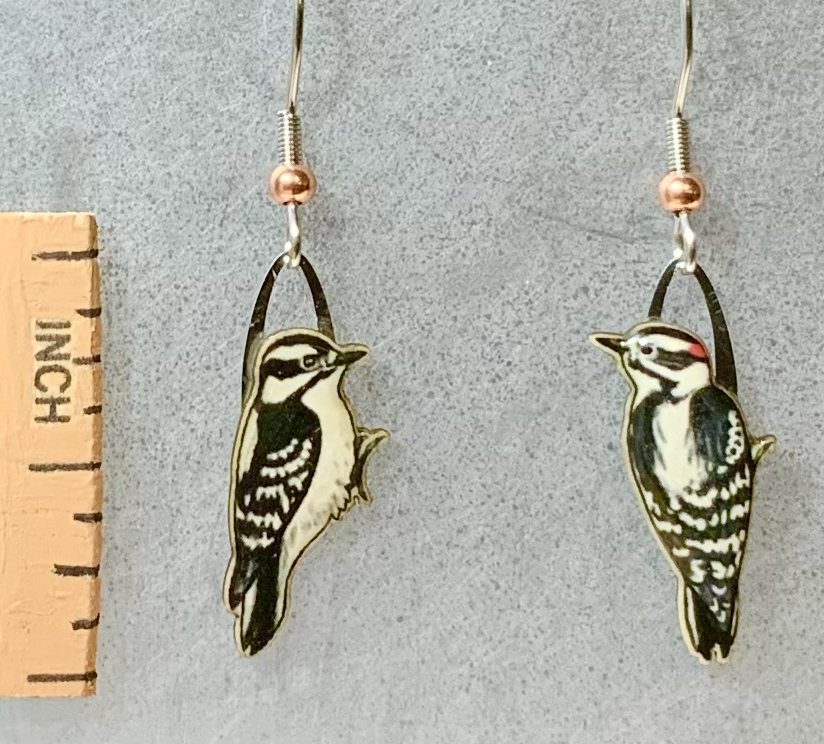
Our smallest woodpecker and widely distributed crossed almost all North America. They love backyards and feeders as much as our wild areas.

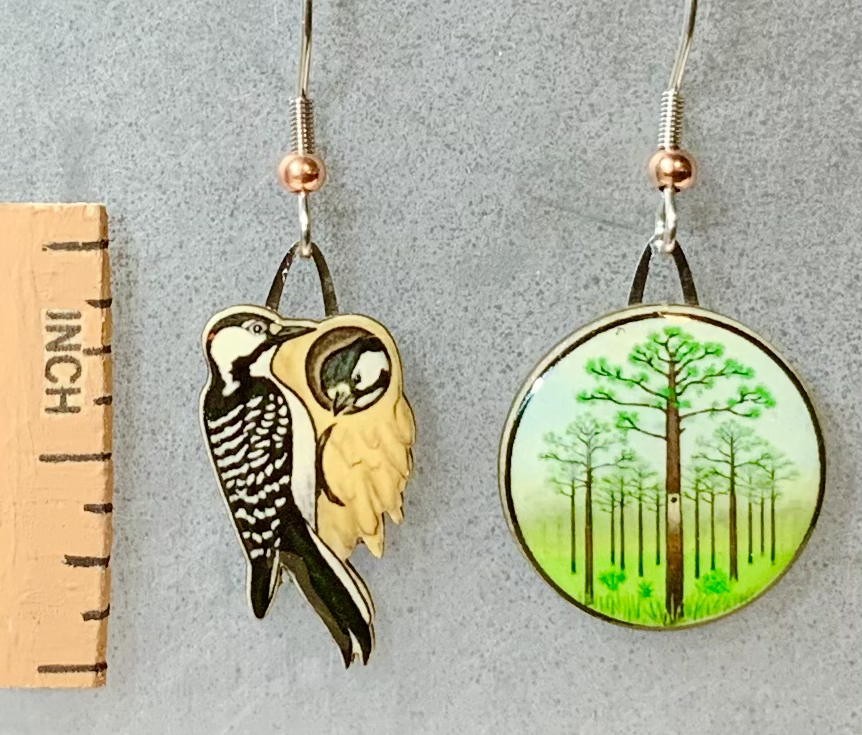
(Paired with the Longleaf Pine Community.) A habitat specialist this woodpecker is exclusively associated with the Long Leaf Pine savannas characteristic of the Southeast coastal plains.
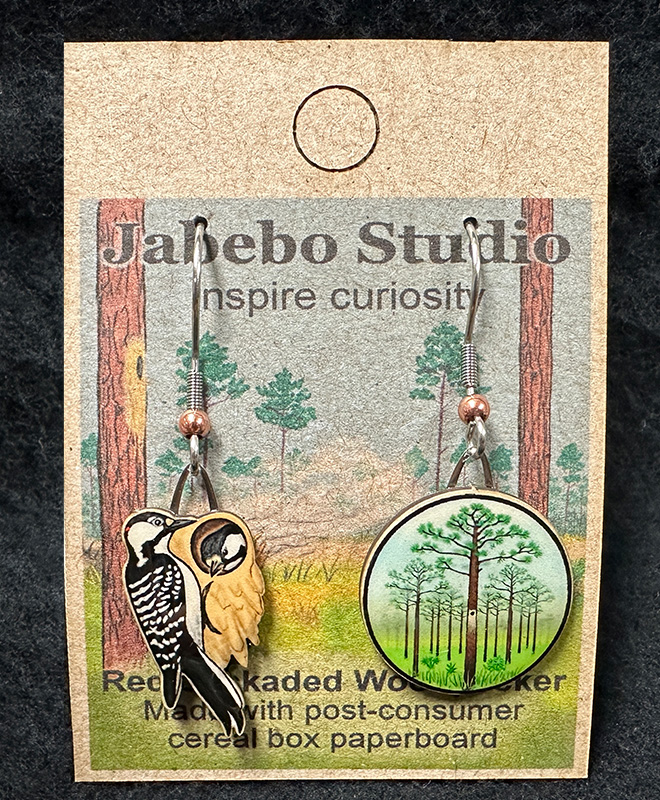

Mainly a forest bird east of the Great Plains as well as up into Canada and on the West Coast. Dead standing trees are important to Pileated and to many other kinds of woodpeckers.
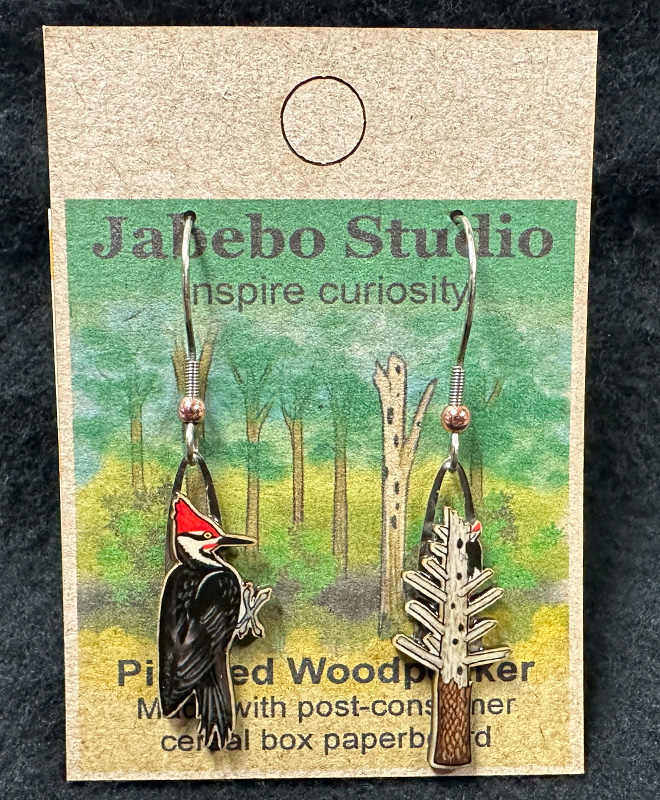
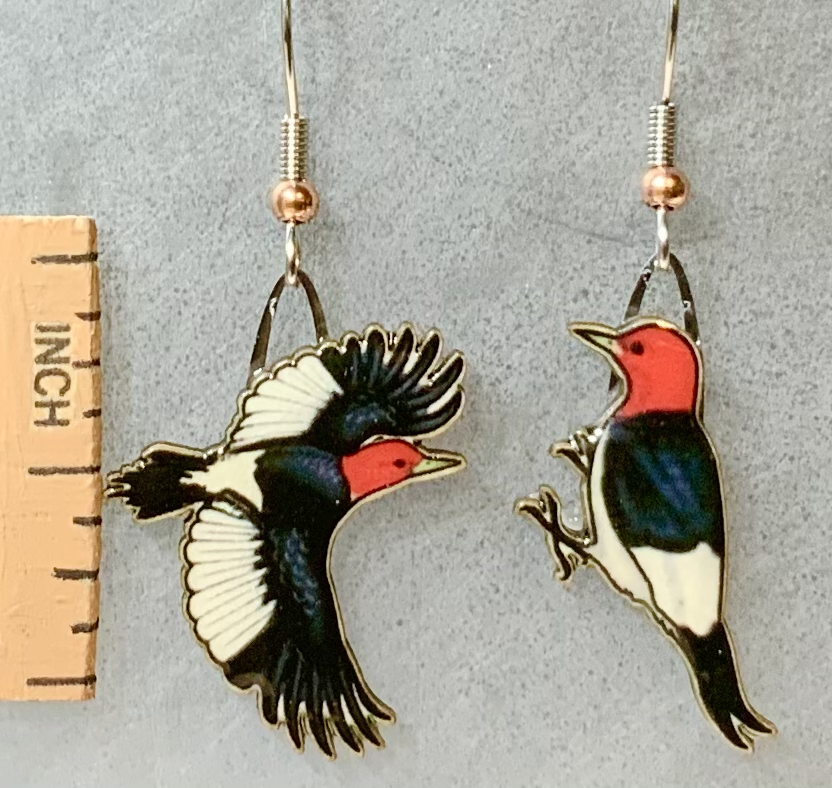
Red-headed Woodpeckers live year round throughout the southern and eastern parts of their range which is from the Great Plains eastward, and they breed up into Canada. Habitat wise they are a bit more specialized then more common woodpeckers species and their numbers are a declining. They like wooded areas that are relatively open and without a lot of understory. The transitions that beavers bring to a habitat are an example of desirable habitat.

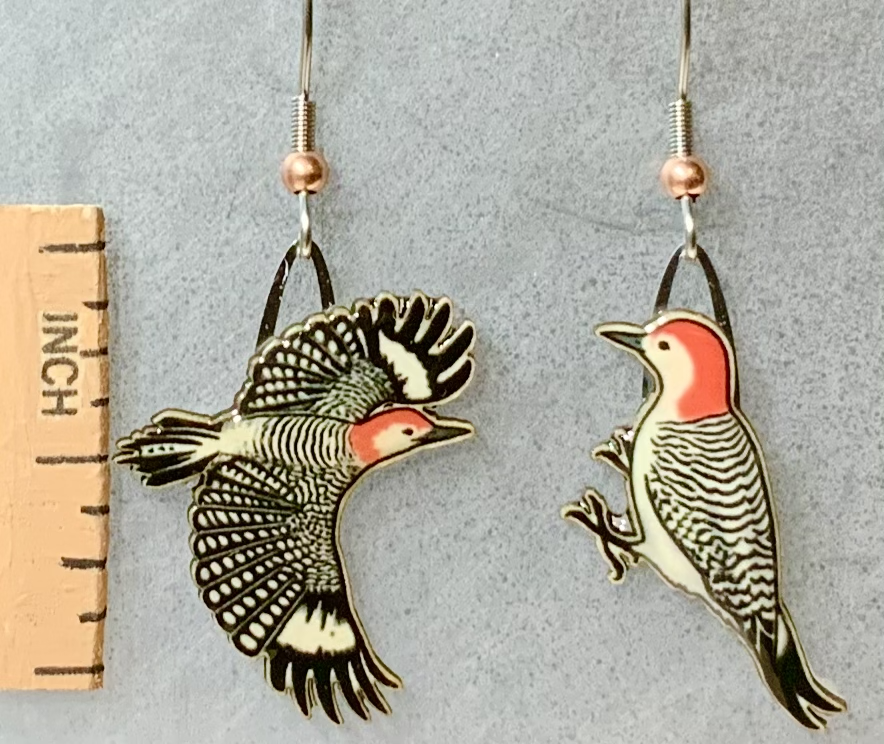
Common year round throughout the eastern US. They frequent human habitat and attracted to back yards with feeders. They do have a reddish smudge on their belly that is not easily revealed as a field mark.

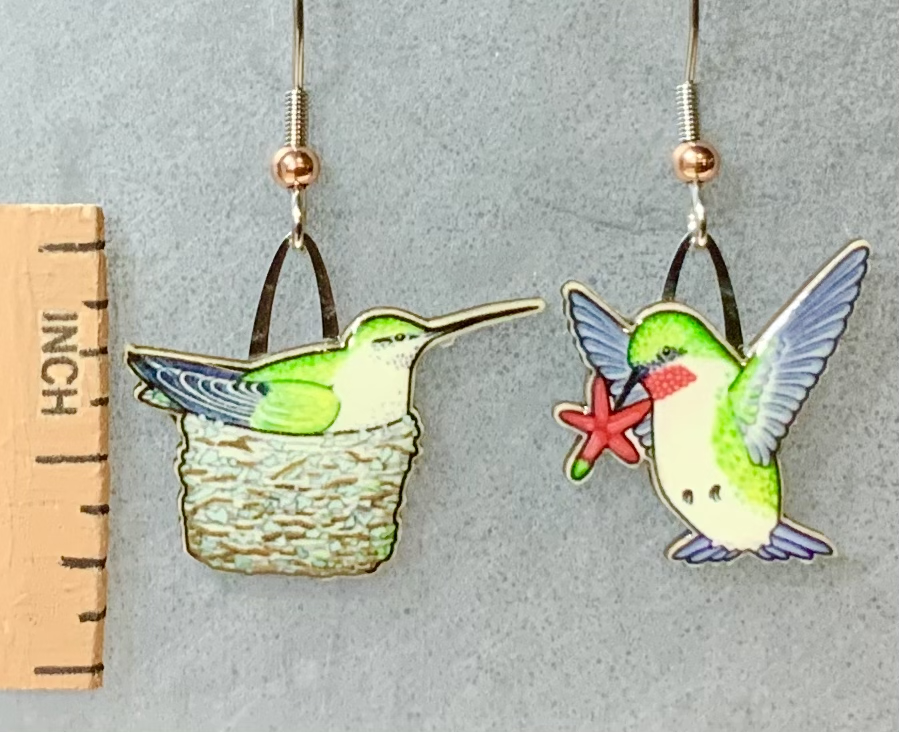
In a tiny bowl woven from strands of spider silk and other fibrous materials, a mother hummingbird raises her chicks. She alone constructs the nest and feeds the young while the father is mostly occupied with protecting the territory from competitors.

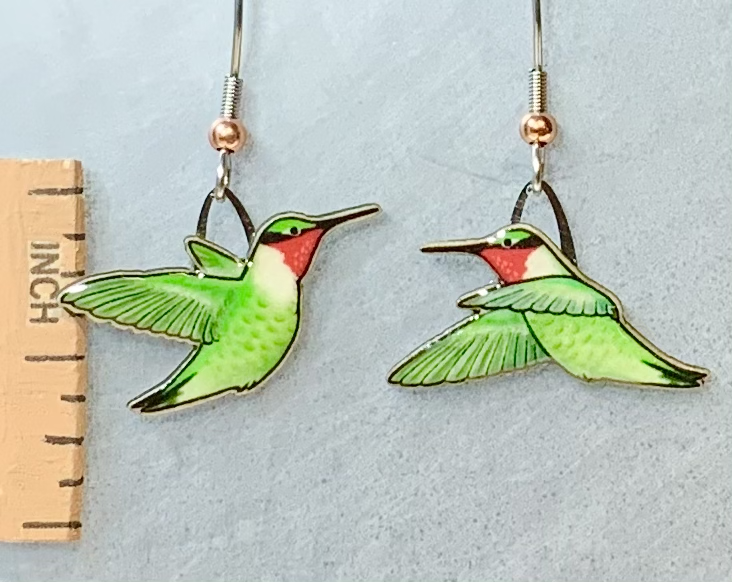
Of several North American hummers, only the Ruby-throated breeds in the East. Annually, they migrate a long distance to Central America. Many of the tiny birds accomplish this by flying straight across the Gulf of Mexico without a rest.
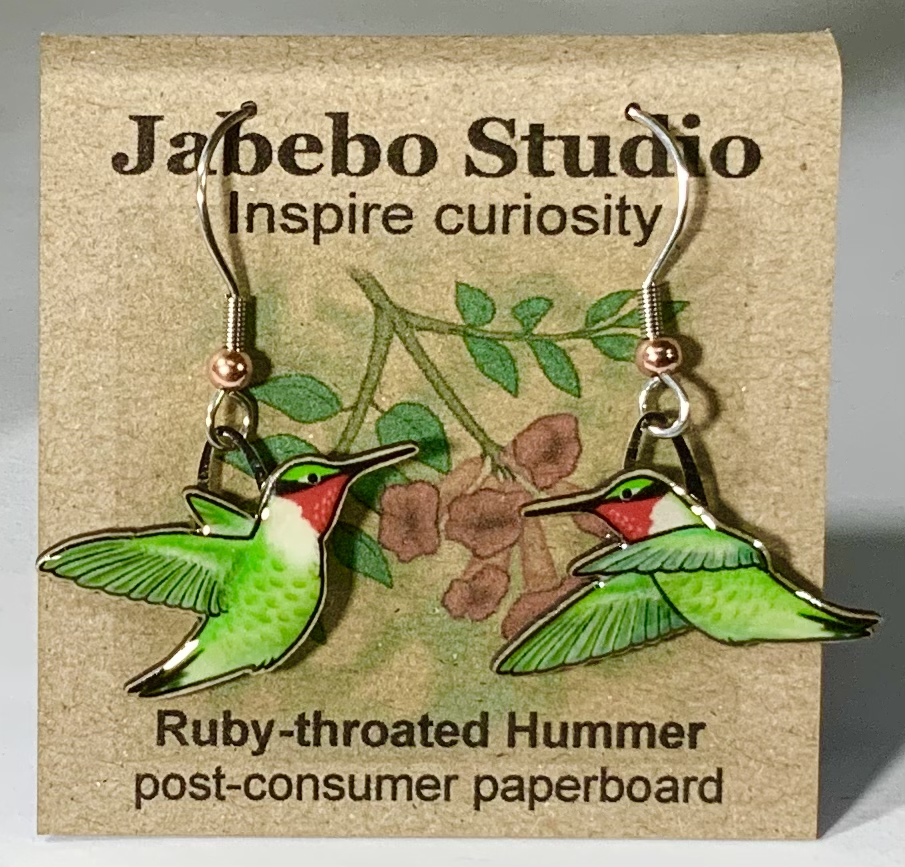
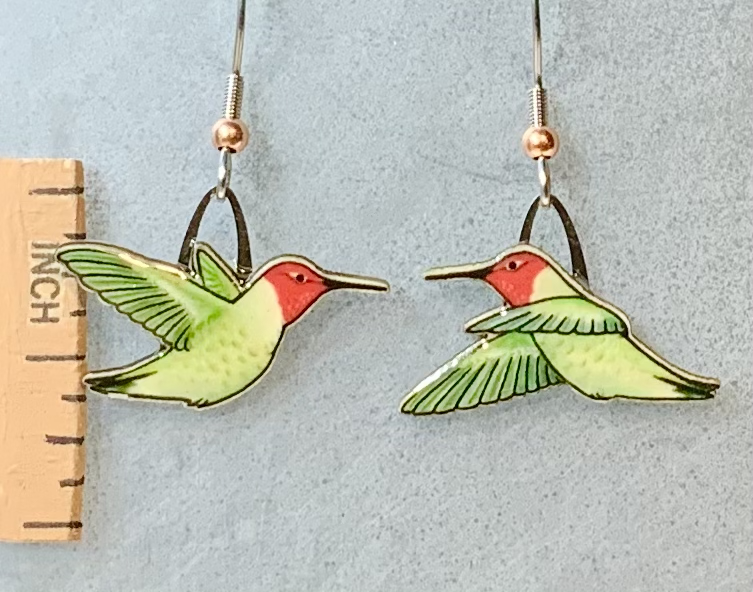
The most common hummingbird along the west coastal region including most of California and into southern Arizona. They frequent yards and gardens.
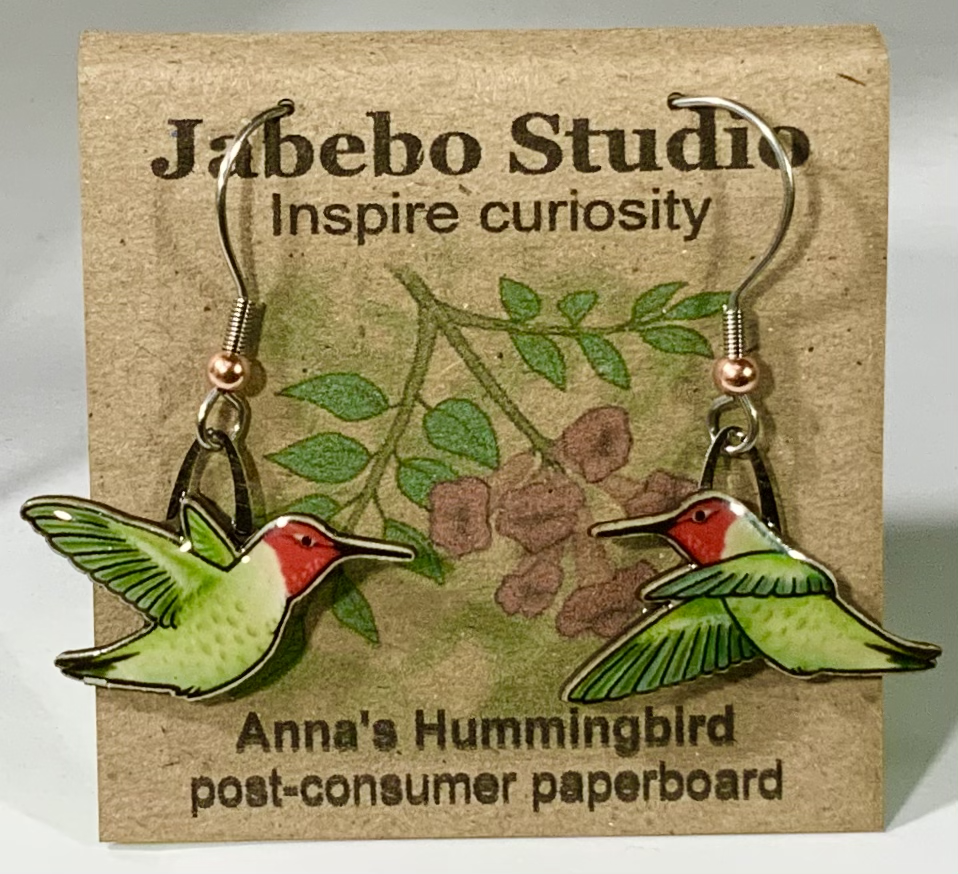
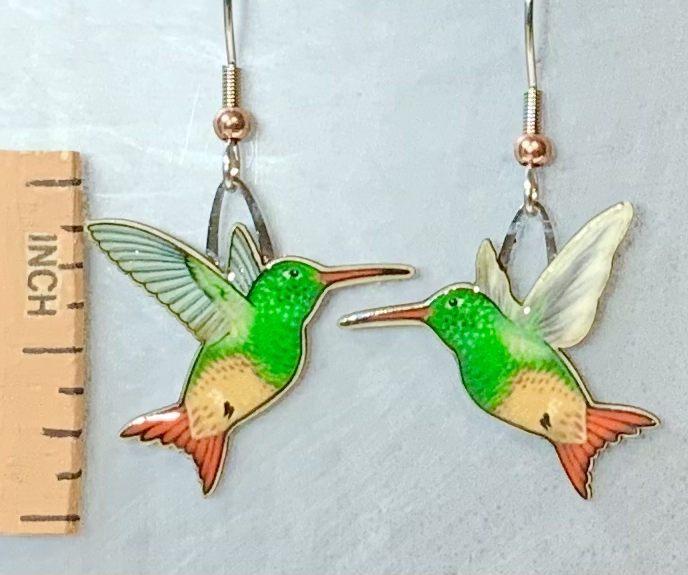
Most of their breeding range is in Mexico but their range extends into the Rio Grande Valley and southern Texas. They are know to move north along the Texas Gulf Coast regularly.

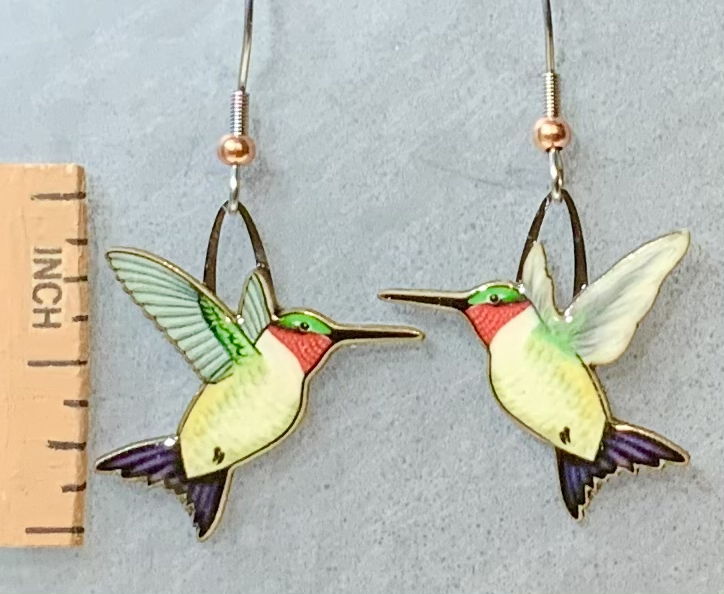
Common in the western mountain states. They like the higher altitudes of the mountains and less seen in the dry deserts and grasslands. Where they do occur they are strongly attracted to feeders.
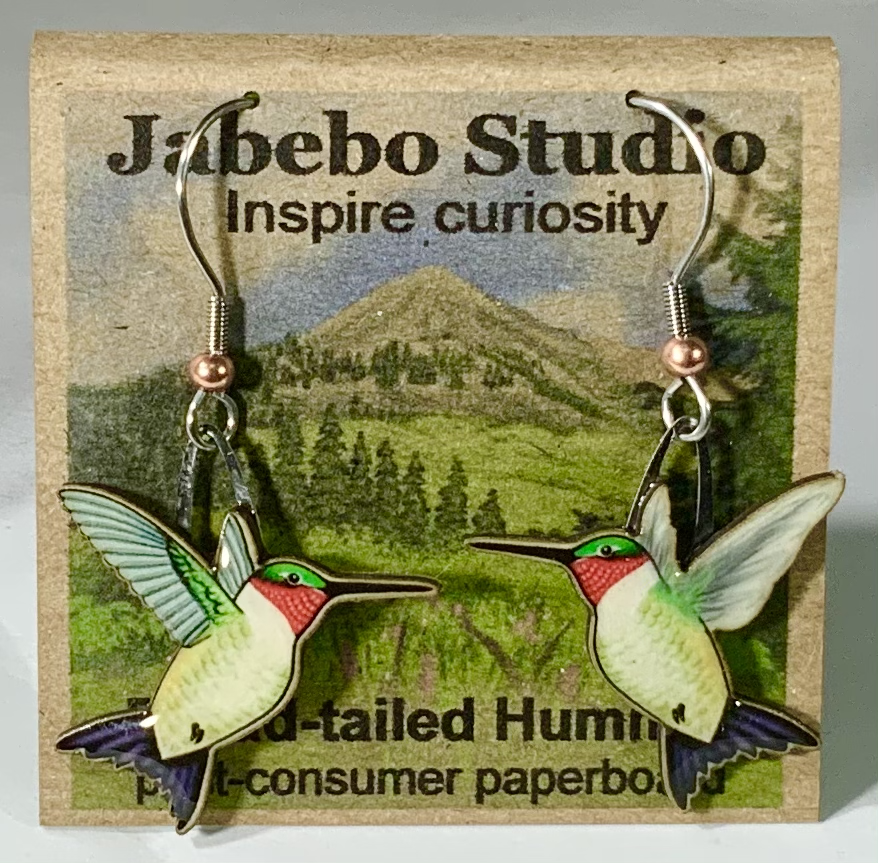
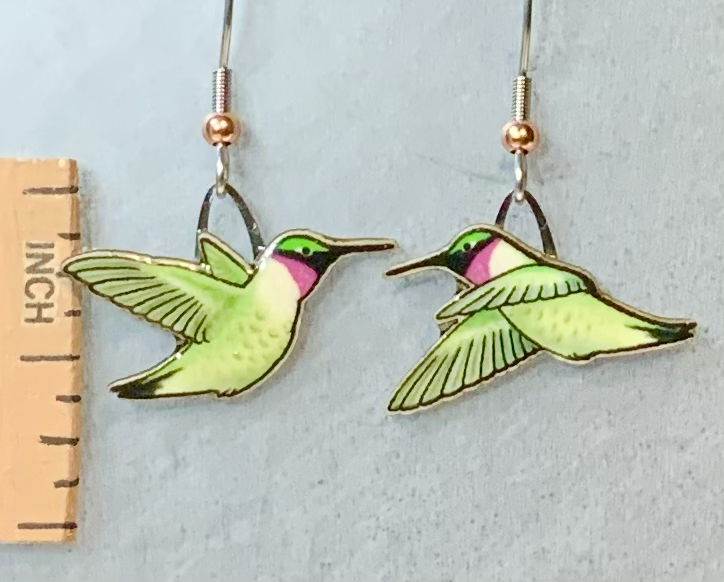
Common in western states with a range overlapping both the Anna’s and Broad-tailed hummers. Altitude wise they can coexist with Broad-tailed but in the lower and dryer areas the black-chinned are more abundant.
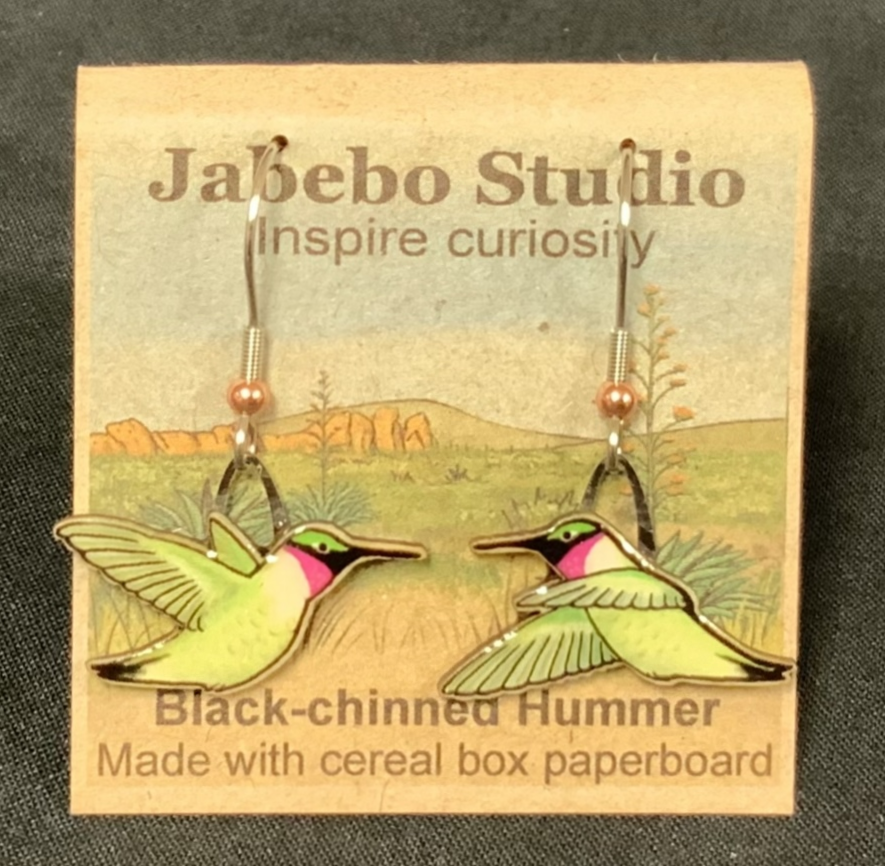
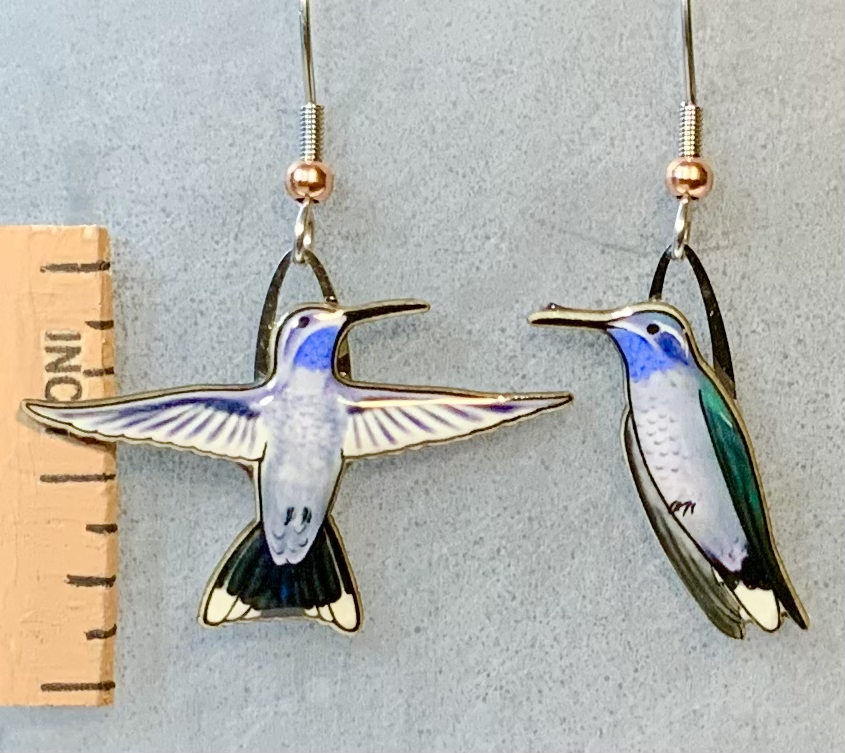
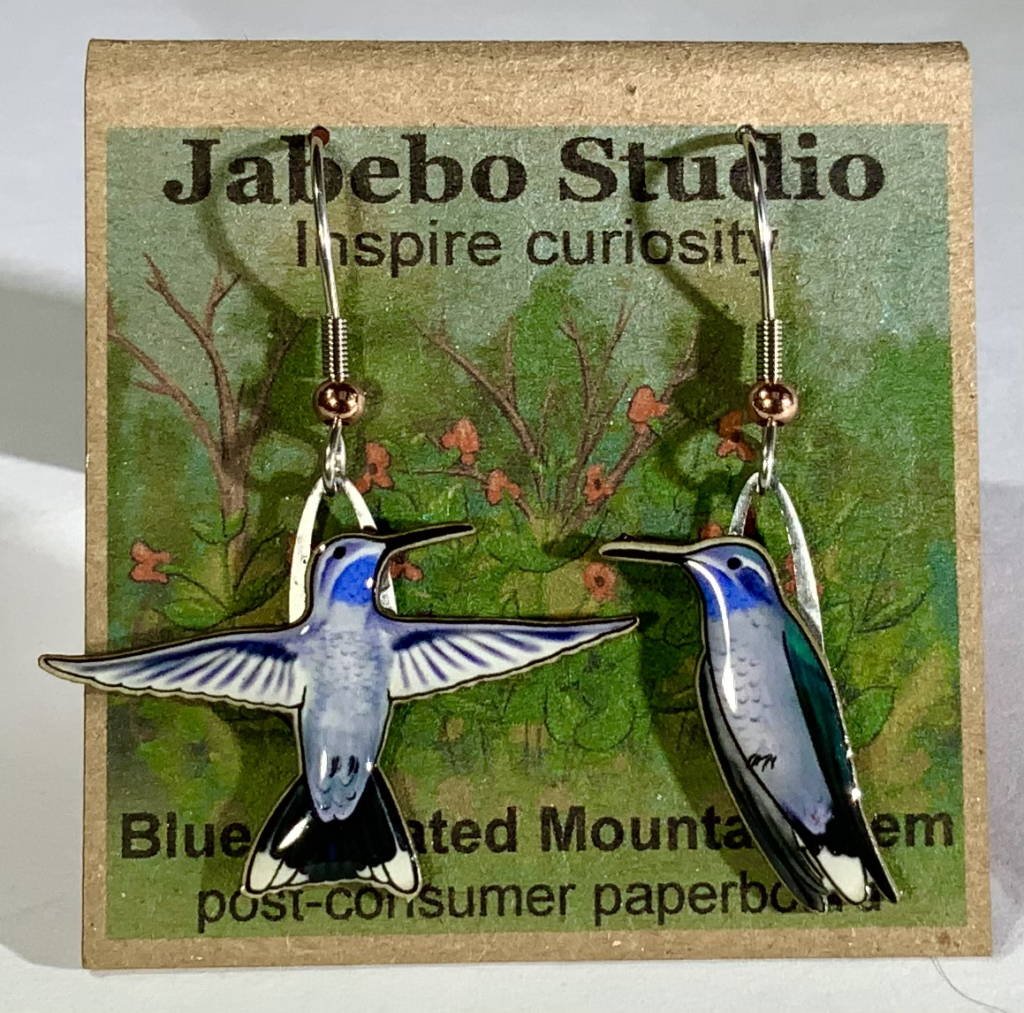
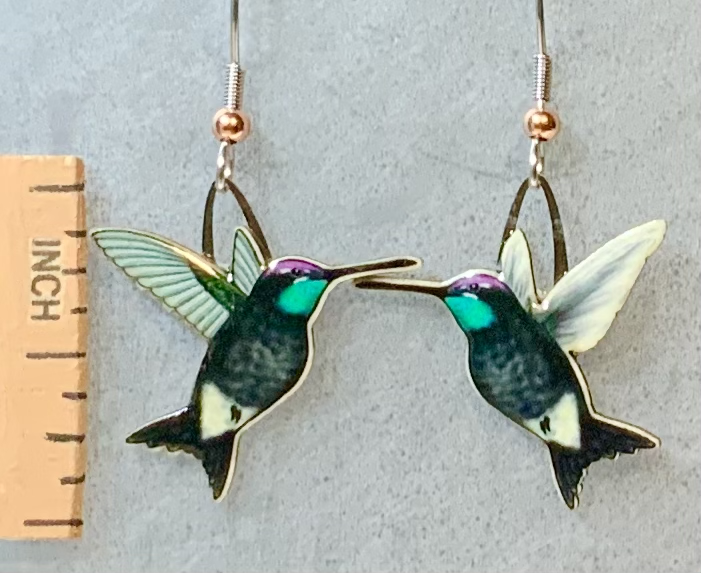
Most of its range is in Mexico except the very northern part which extends into southeast Arizona.

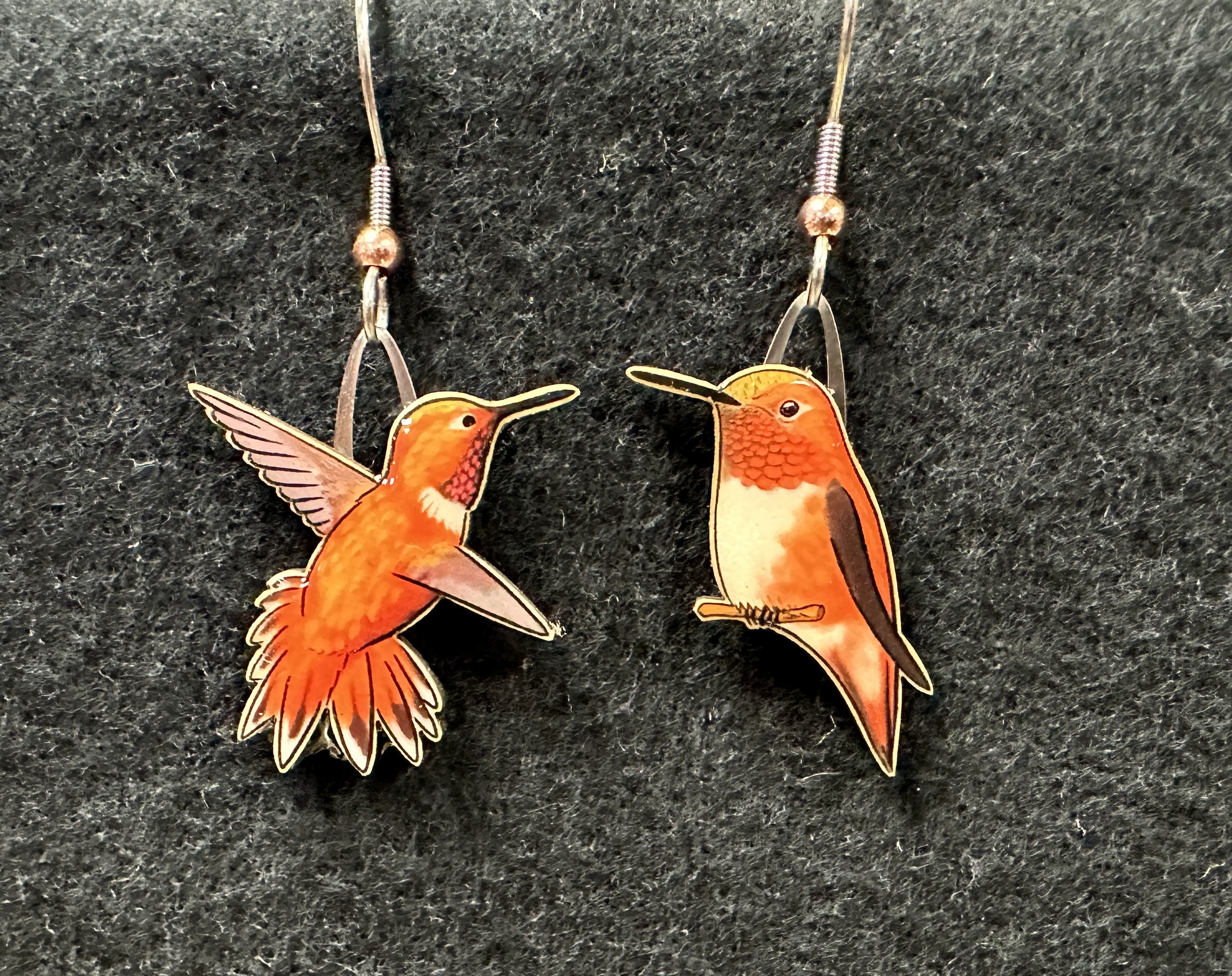
128H Rufous Hummingbird
Small even for a hummingbird, the Rufous will aggressively claim ownership of a feeder and chase others away. They seem to take time on their extensive migration to revisit favorite locations along their route.
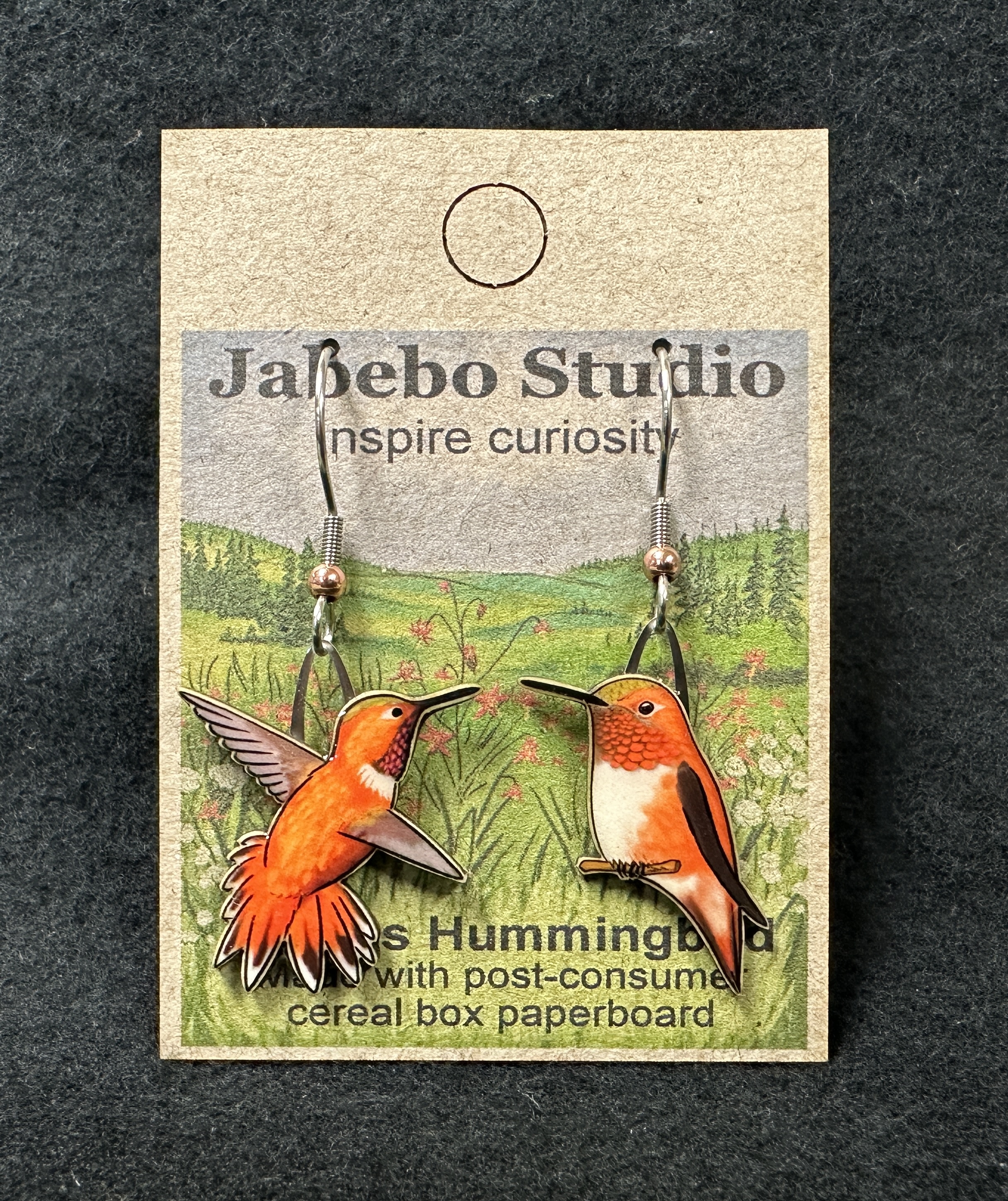
128H Rufous Hummingbird
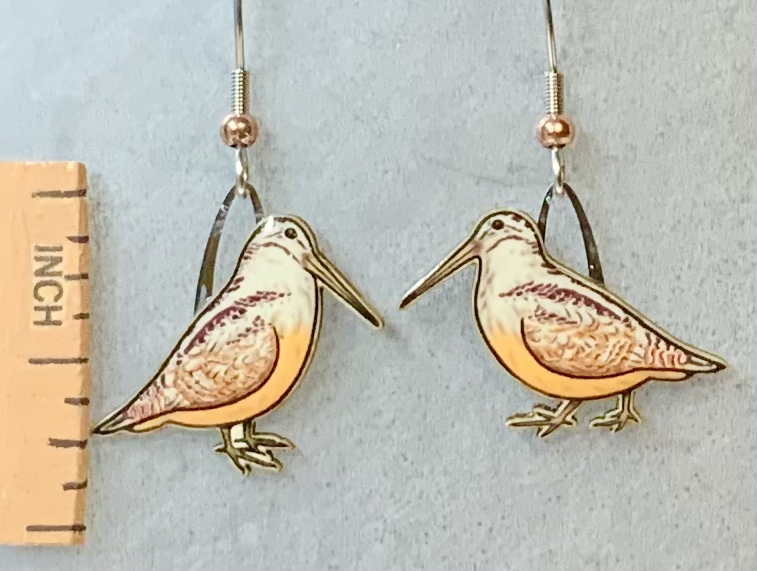
Woodcocks breed in most all North America east of the great plains except for southern Florida and the northern parts of Canada. They are found year round through most of the south. They are common but well camouflaged and rarely seen except in the spring when the males are displaying. They like forests and wet meadows.
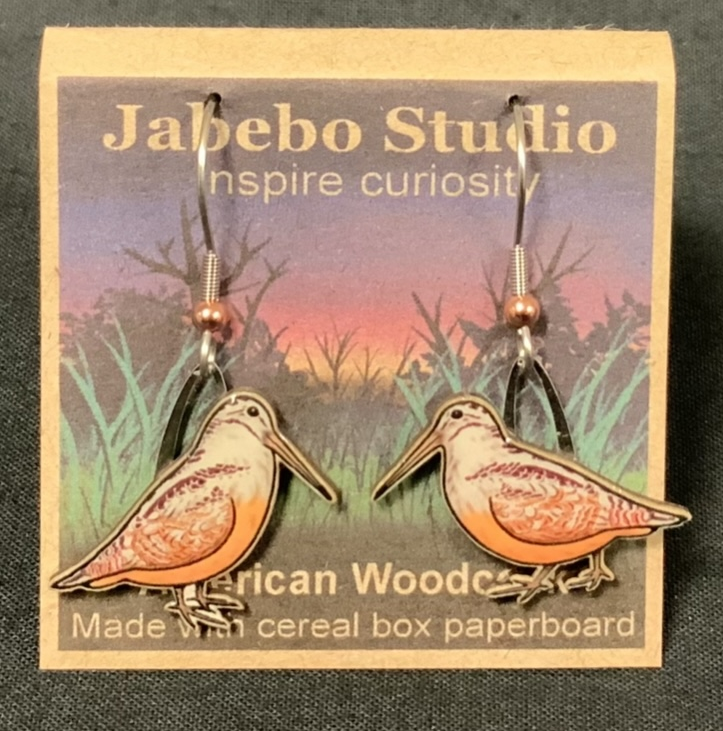
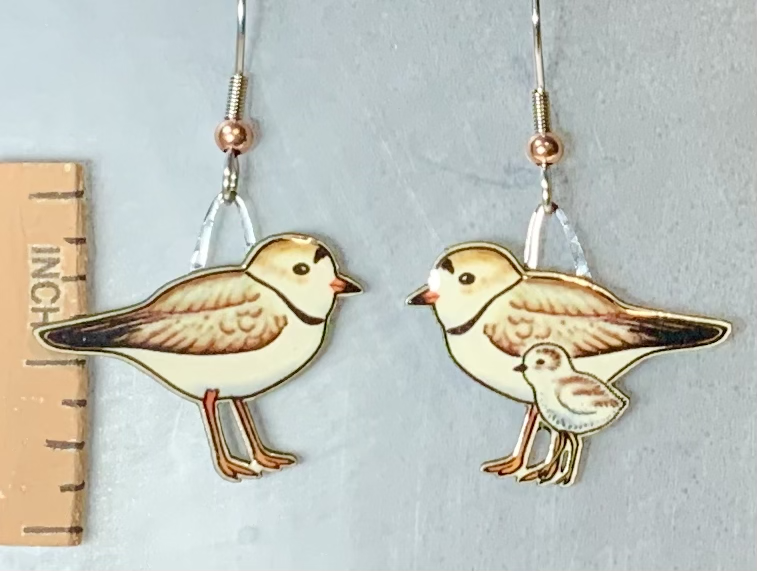
These are a resident plover of the Atlantic and Gulf beaches. In the northern plains they also inhabit dry lake beds with accumulated salts (called alkali flats). The coastal population has been impacted from the human use of beaches which makes breeding difficult in many places and the species is considered endangered.
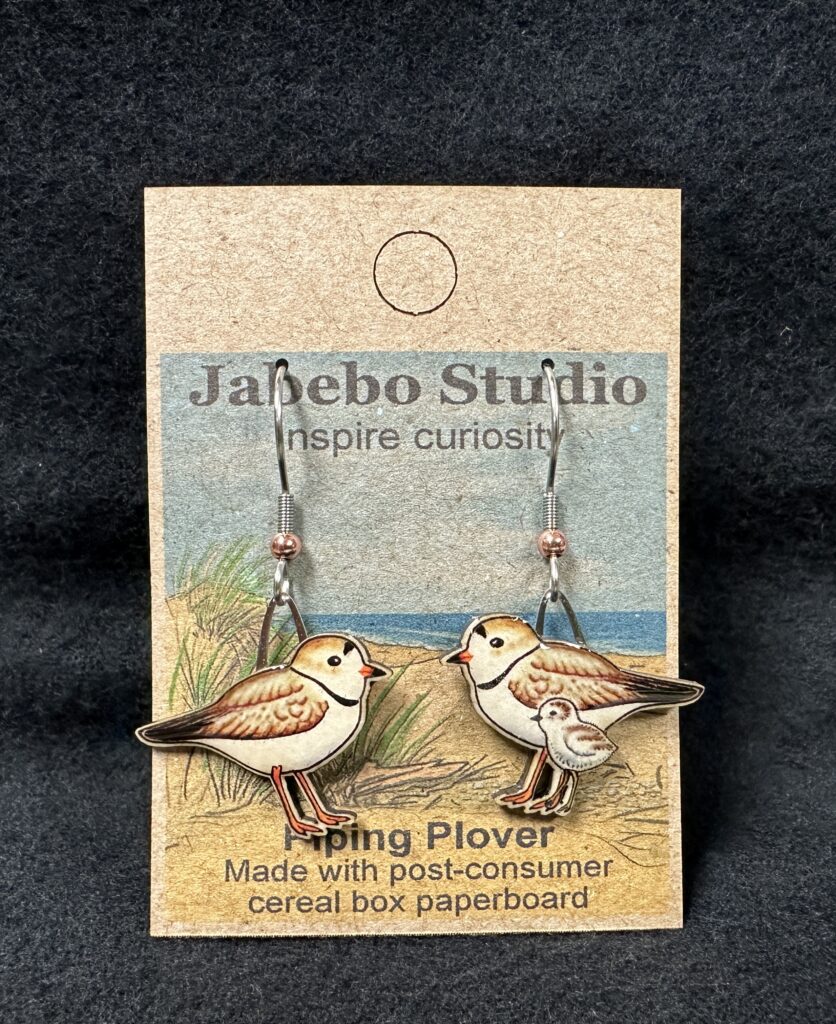
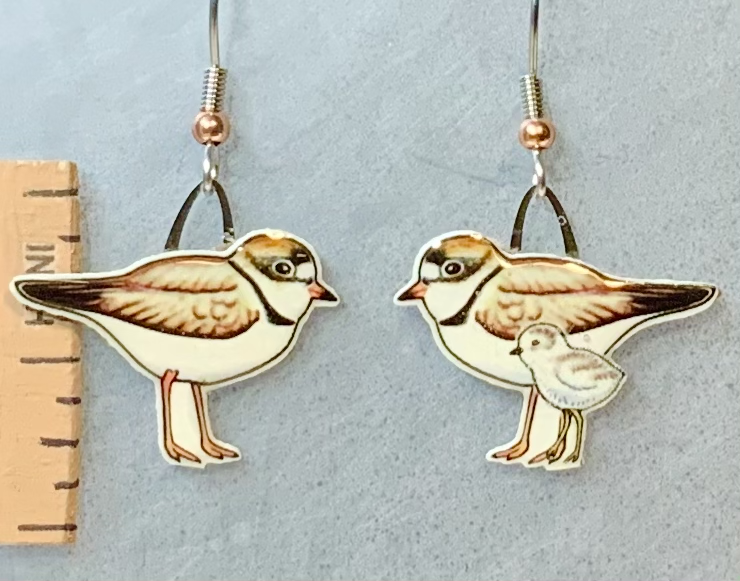
These plovers breed in northern Canada and Alaska and they winter along both the Pacific and Atlantic coasts including the Gulf. They are a common plover on the beaches in the winter months.

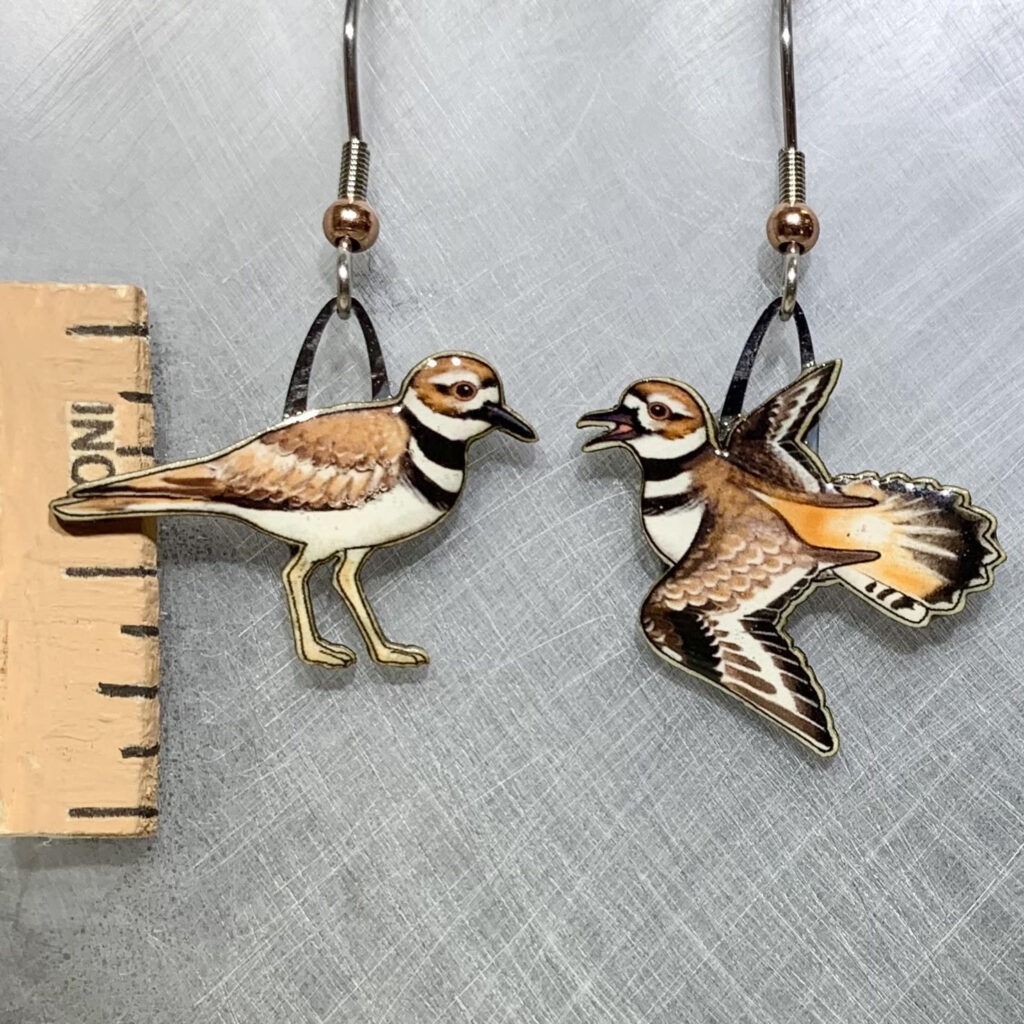
This is kind of shorebird that can be seen almost anywhere across the continent where they can find an open area such as a park or a field or a natural area where the vegetation is sparse due to a natural cycle. Nesting in open landscapes corresponds to their trademark behavior of drawing attention with noise and with wing distorting antics that feign an injury to draw attention to itself and lure predators away from the exposed nest.


This shorebird lives on lakes and open wetlands of the West. When breeding the females are more colorful than the males. Females mate with multiple males and they compete aggressively for them.
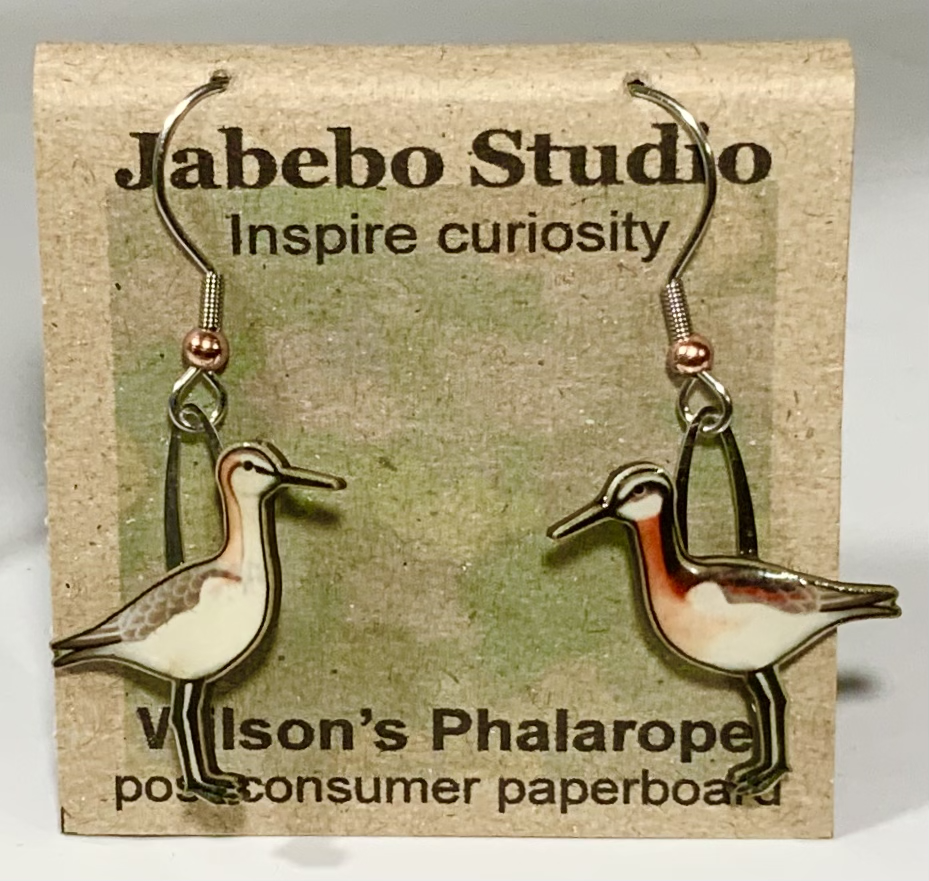
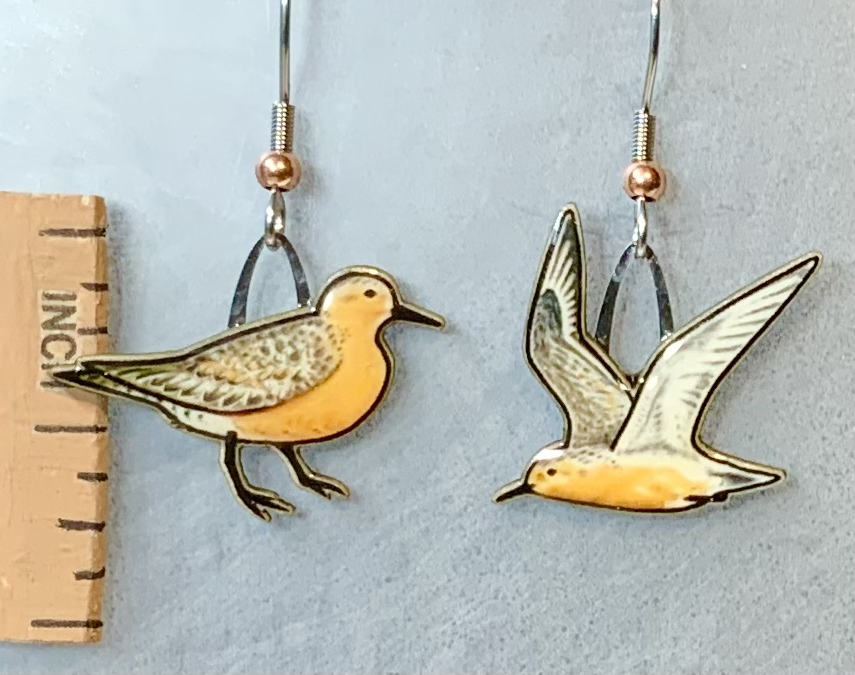
An Arctic breeder with a very long migration route to southern South America. Migration flows along the East coast with important stop overs were the birds can be seen in abundance. One of the most important is the Delaware Bay in late spring which coincides with the spawning of horseshoe crabs. The eggs are a vital resource for the migrating birds. Not all populations make long trip to the southern hemisphere. There is one group that winters on Florida’s Gulf Coast.
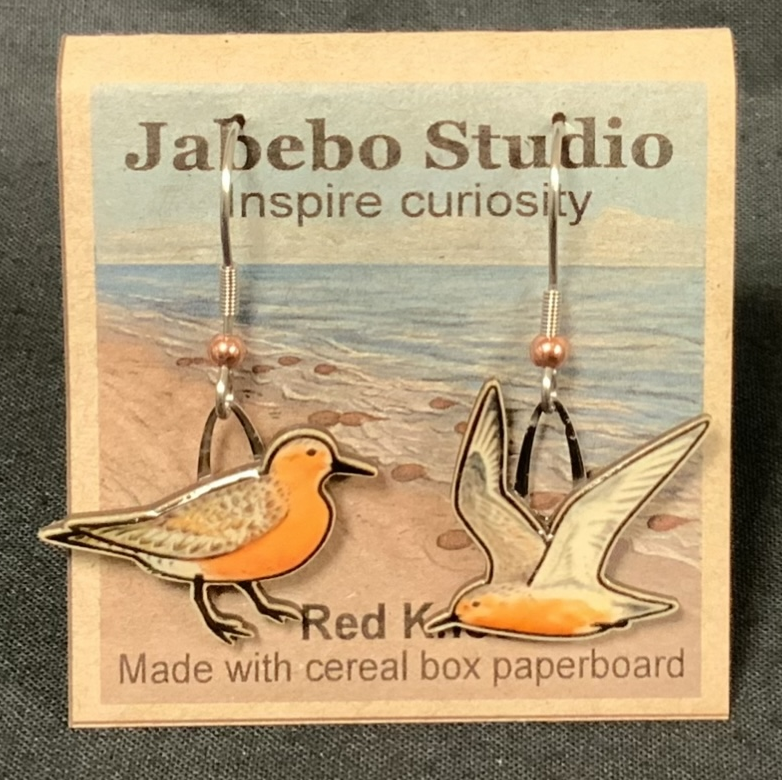
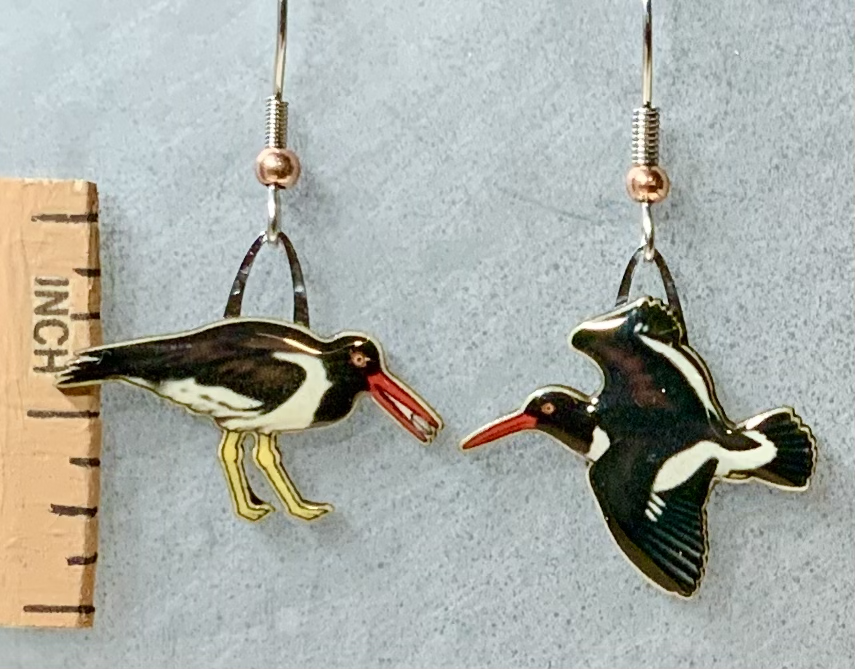
Oystercatchers have a specialized ability to open bivalve mollusks to eat. The American oystercatcher species live along the eastern and gulf coasts where they search for their prey in the intertidal areas of beaches and wetlands.
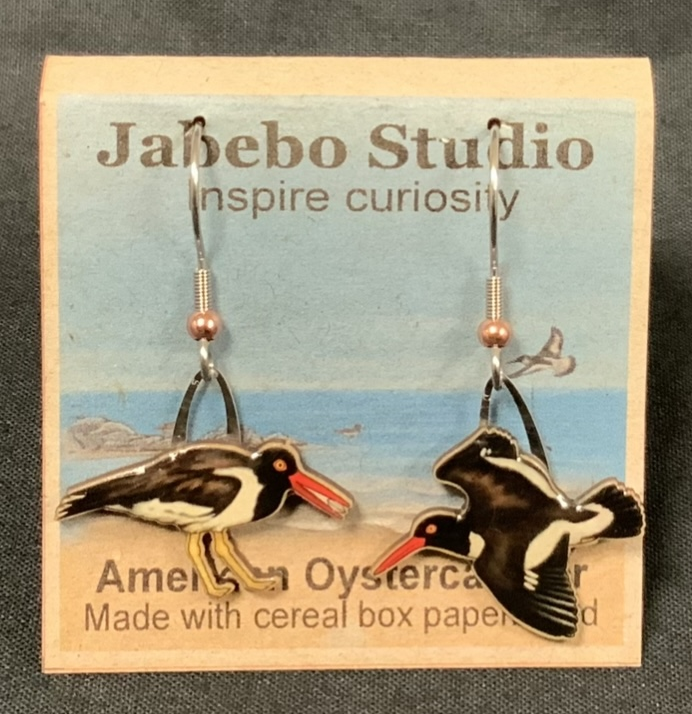
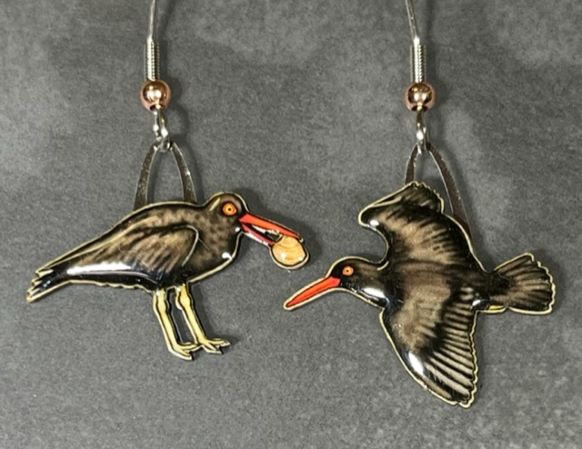
Oystercatchers have a specialized ability to open bivalve mollusks to eat. The Black Oystercatcher species is a bird of the west coast that may be found foraging around the intertidal rocks and beaches along the shore.
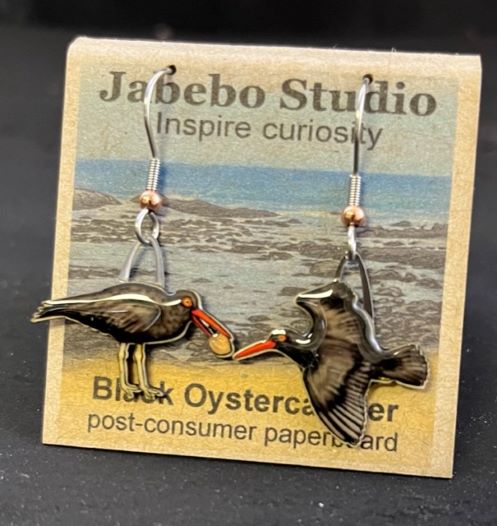
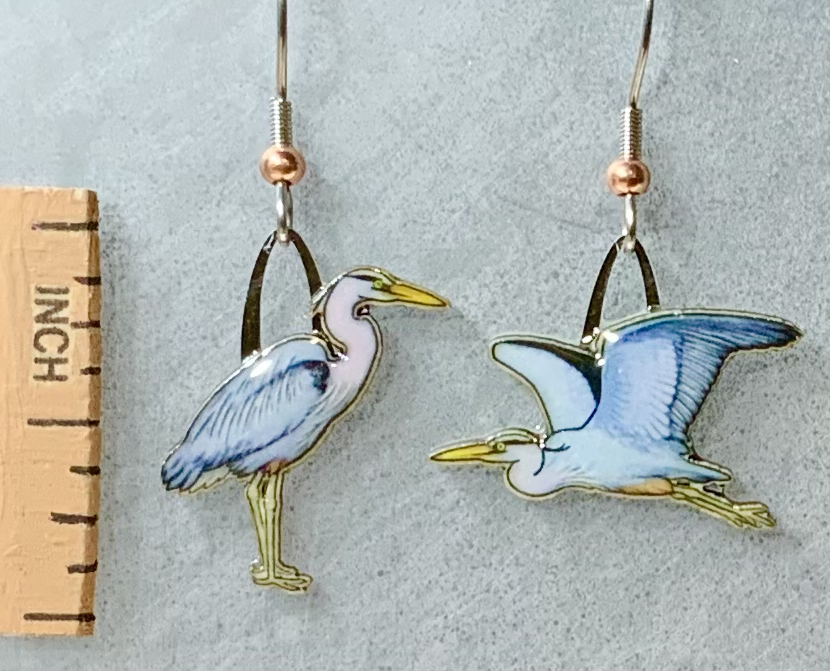
Seen year round through much of the US and breeding well into Canada. Common wherever suitable habitat is found which is always tied to water from marshy sloughs to shore lines.
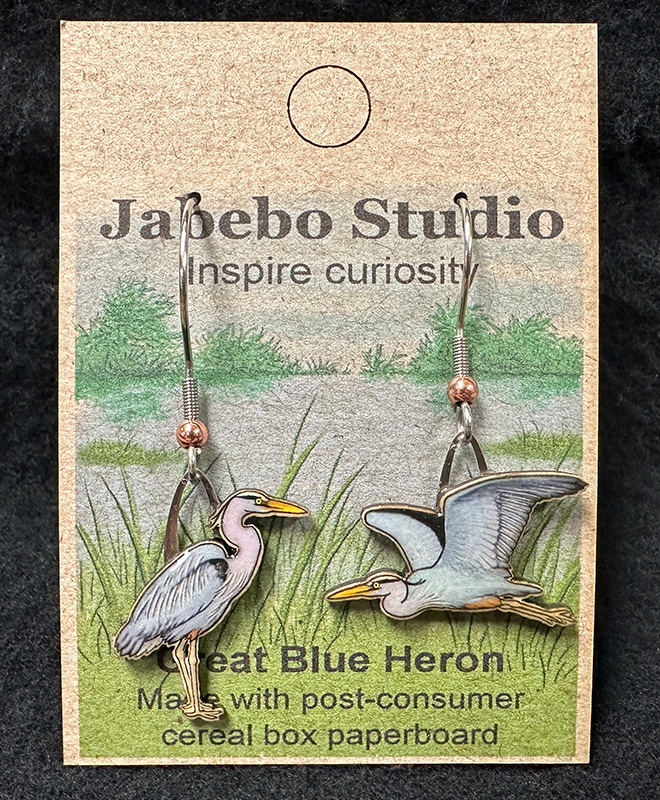
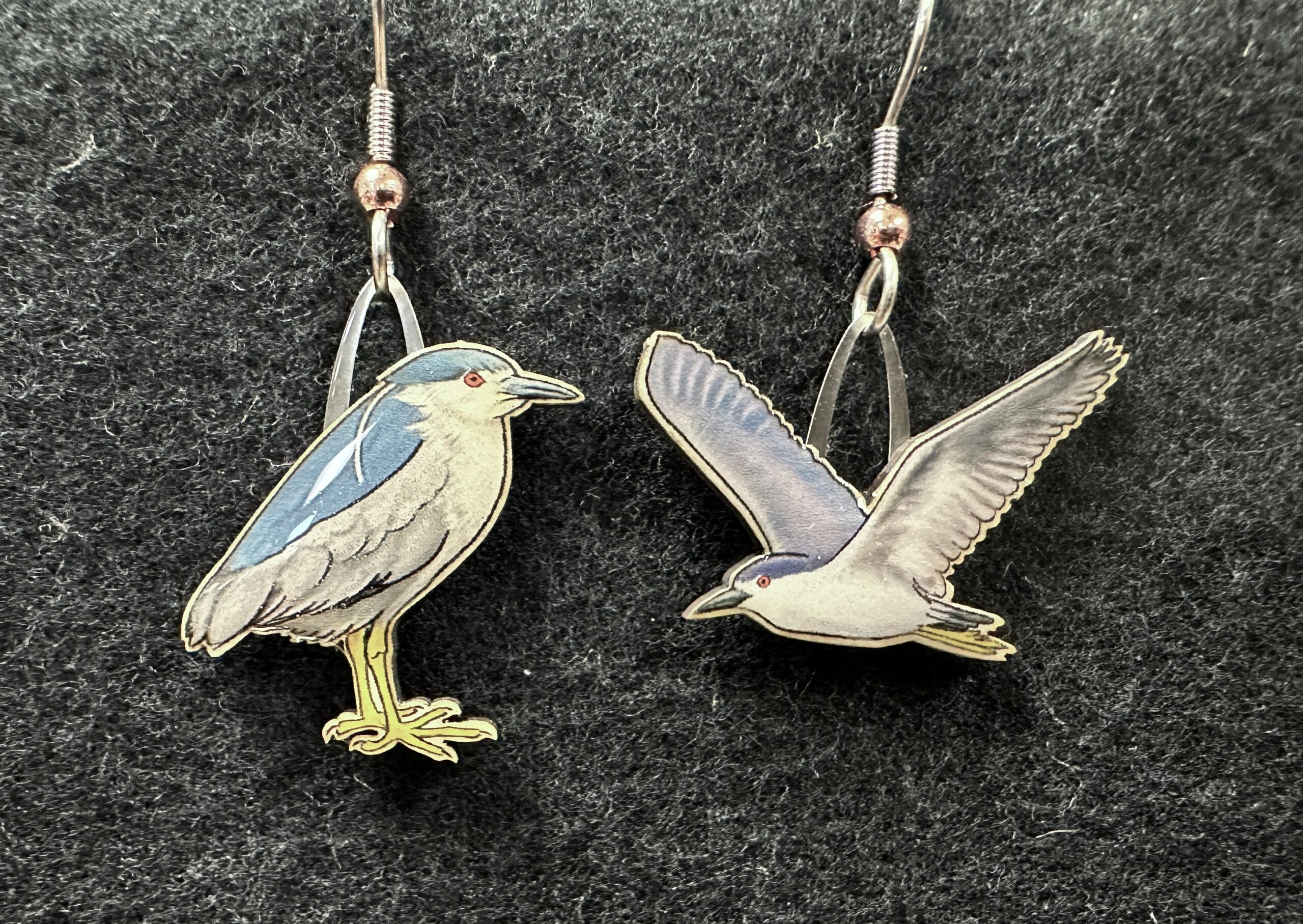
These compactly built herons live all across North America mostly south of Canada, and are common in wetlands of the region. Less conspicuous in the daytime, they are active from dusk to dawn.
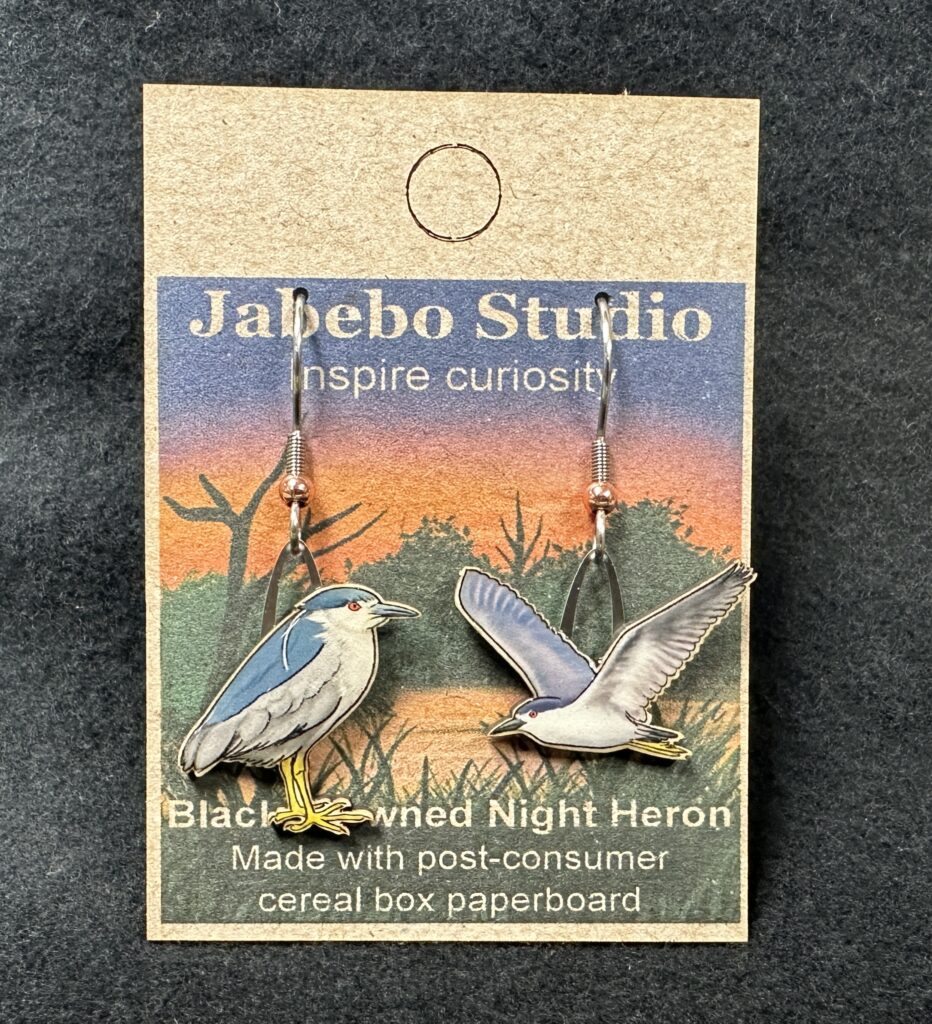
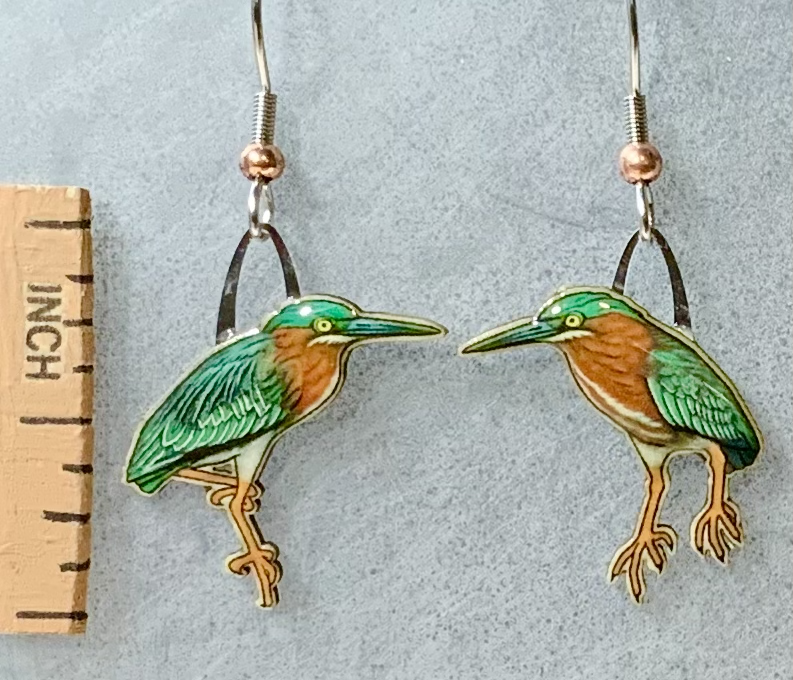
Summers and breeds from the plains east to the Atlantic Coast and also in the Pacific Coastal region. They can be seen year round in Florida and in California. They live in swamps and wetlands as well as vegetated shorelines.

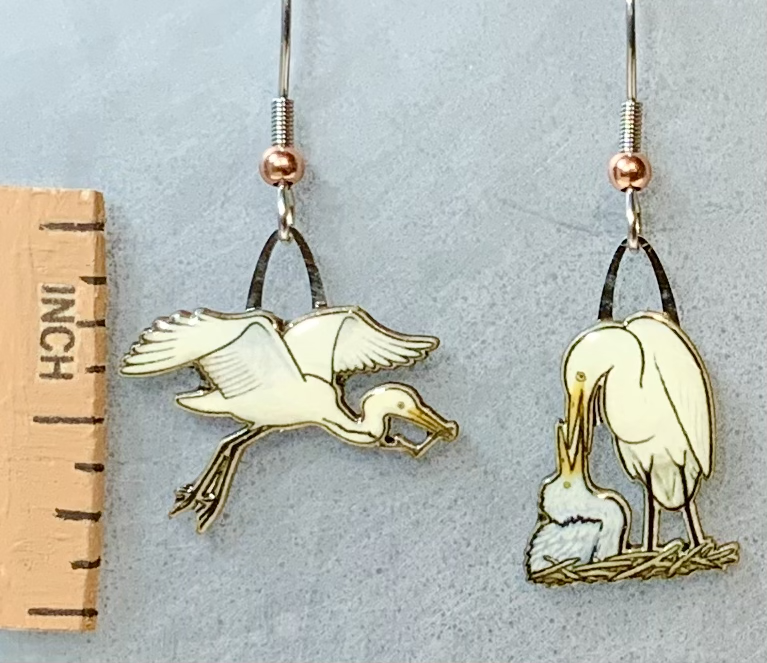
Their range is along the Atlantic and California Coastal regions although they inhabit both salt and freshwater wetlands. There are breeding populations in the midwest as well.

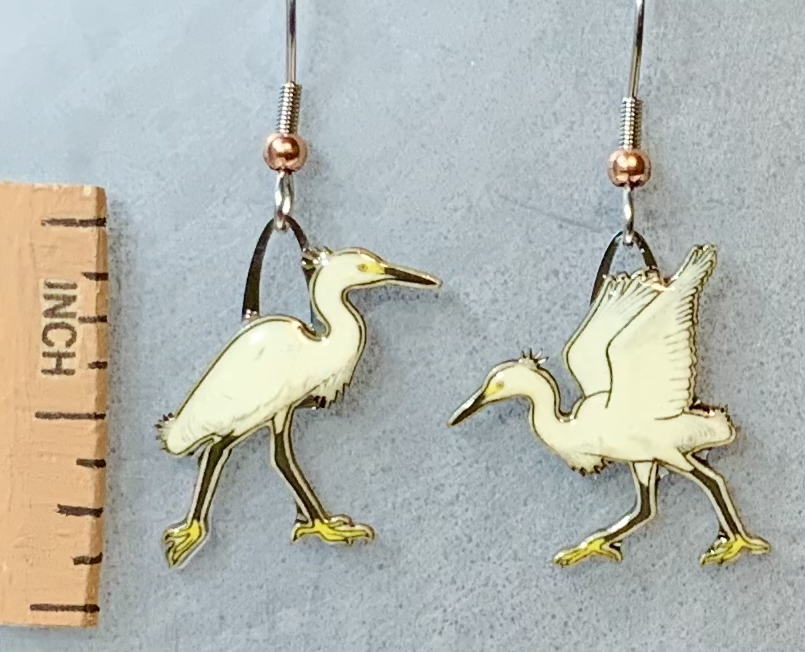
One of many wading birds found in southern wetlands, snowy’s are uniquely elegant with their “Golden Slippers.” Or, perhaps, they should be called running shoes because of the birds habit of chasing fish around the shallows.
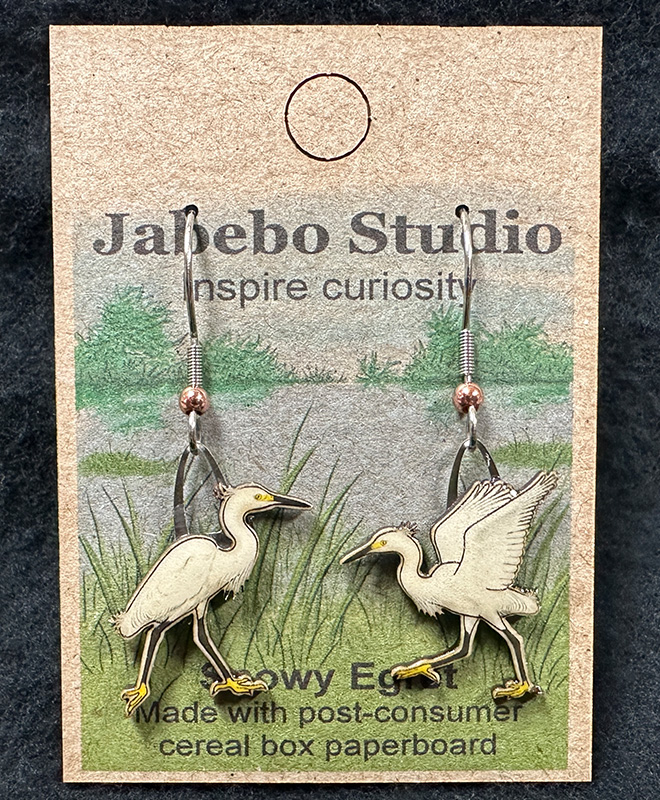
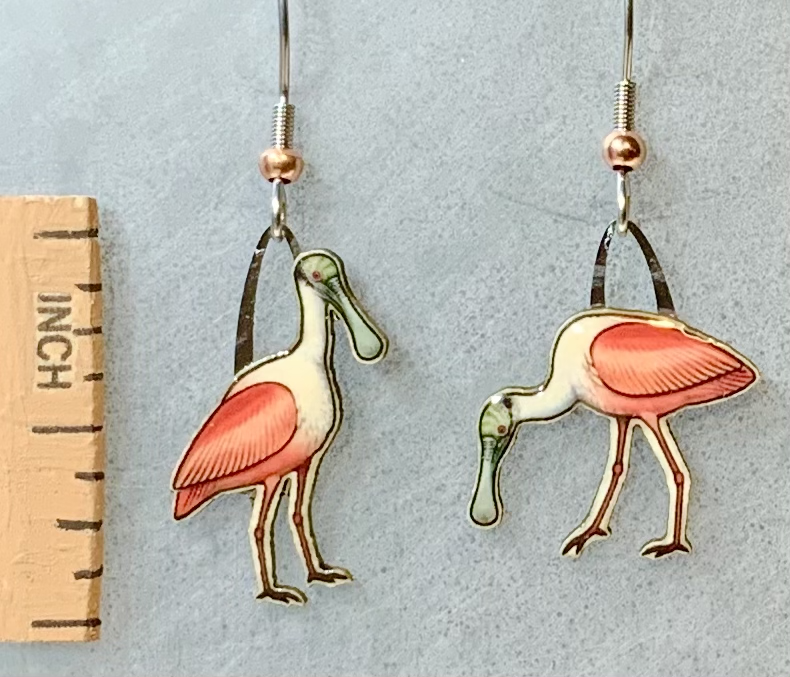
Swishing its head from side to side in the water, the Roseate Spoonbill feeds by sense of touch. As soon as the sensitive bill detects prey it snaps shut. These birds are found mainly in the coastal areas of Texas, Florida, and Cuba.
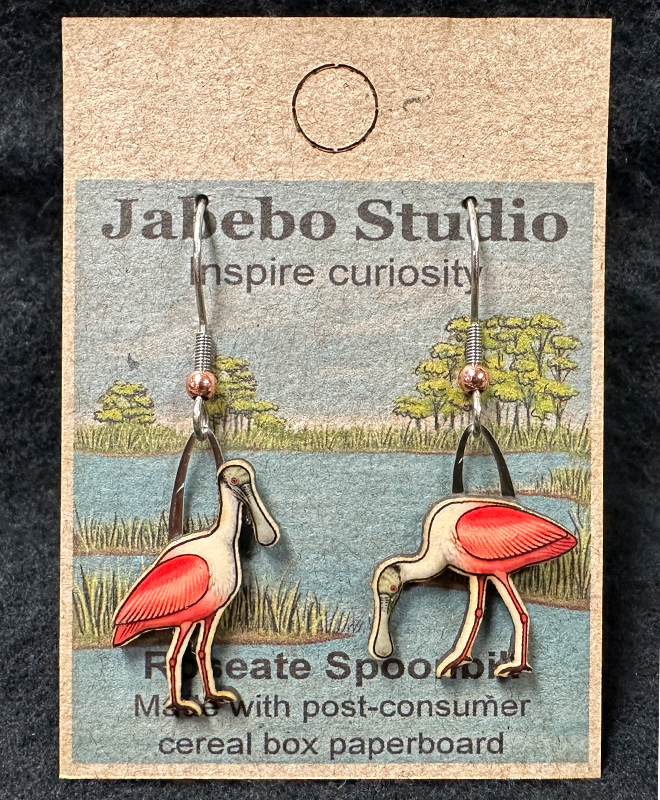
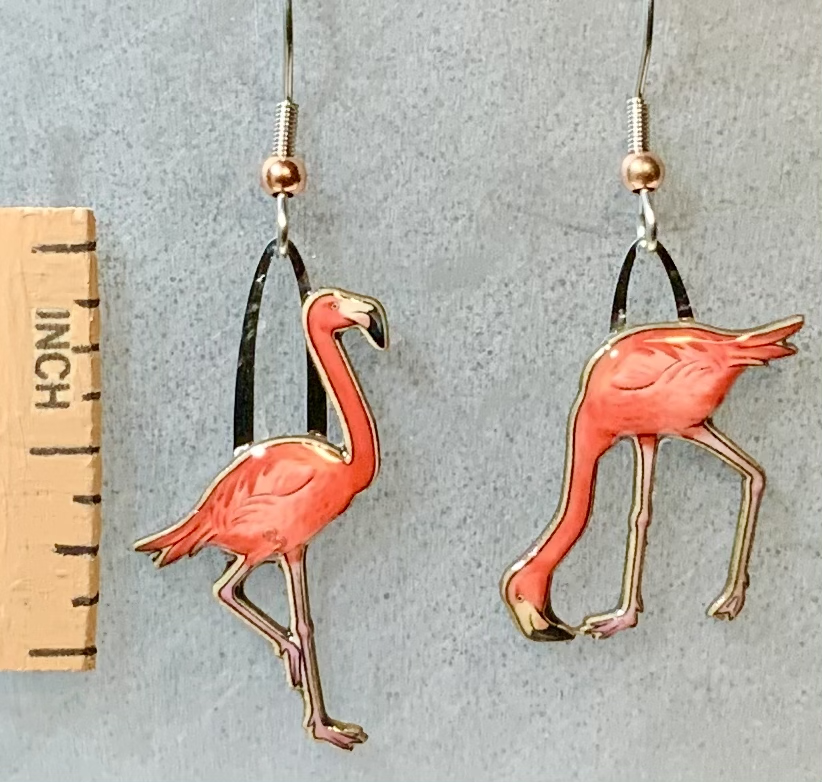
Wild Flamingos are rarely seen in South Florida and sighting are usually believed to be escapes from zoos or Caribbean birds that wandered astray. However, historical evidence that wild flamingos may have lived in Florida in the 1800’s has opened a debate whether the species may in fact be native and was hunted to, or close to, extinction for the their colorful feathers.
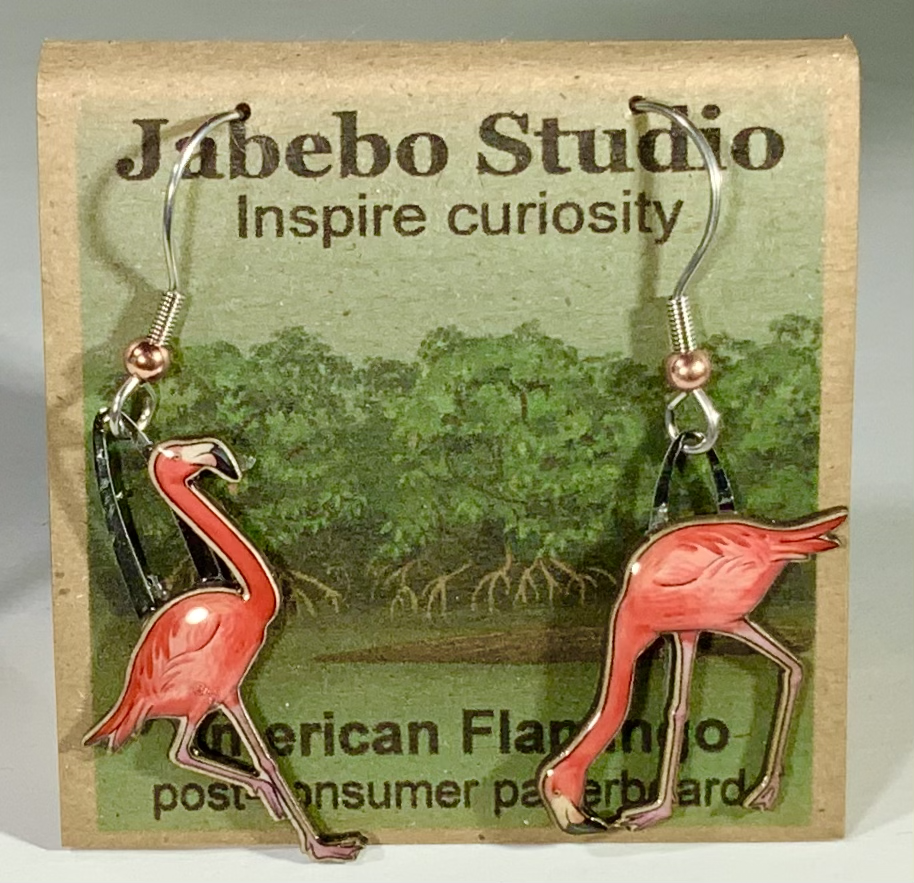
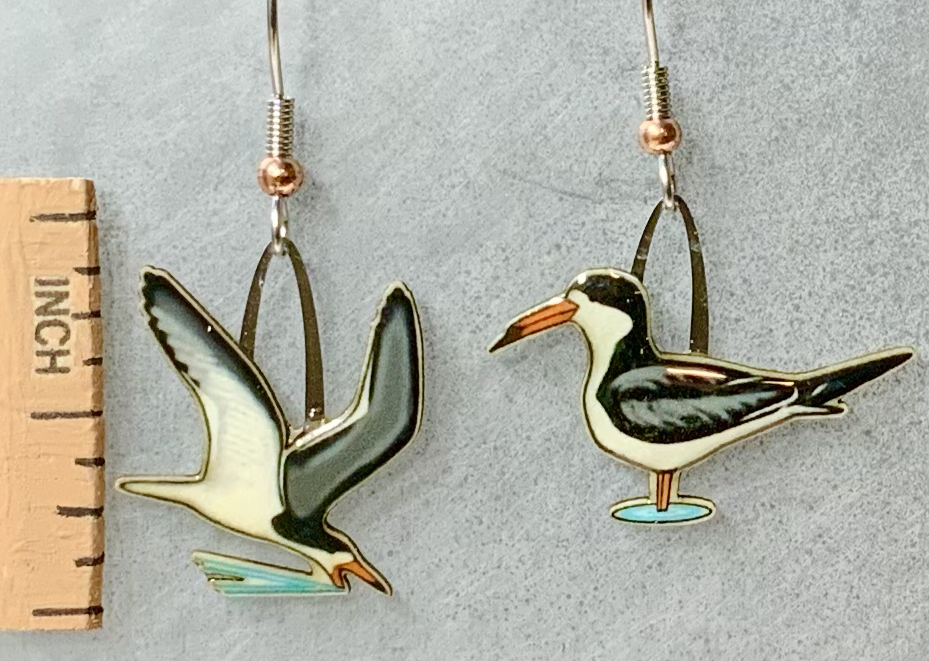
They inhabit coastal estuaries along the Atlantic and Gulf Coasts. They like calm intracoastal water were they can skim the surface for fish.
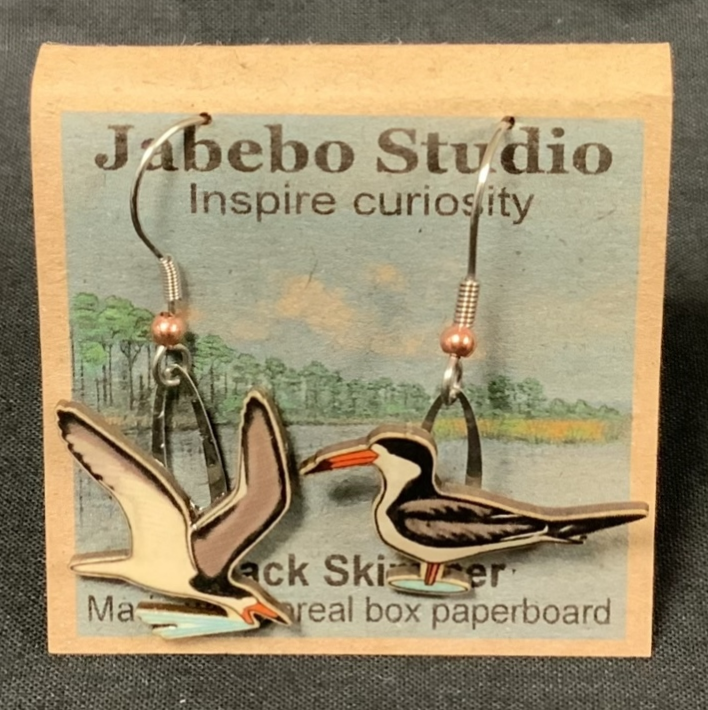
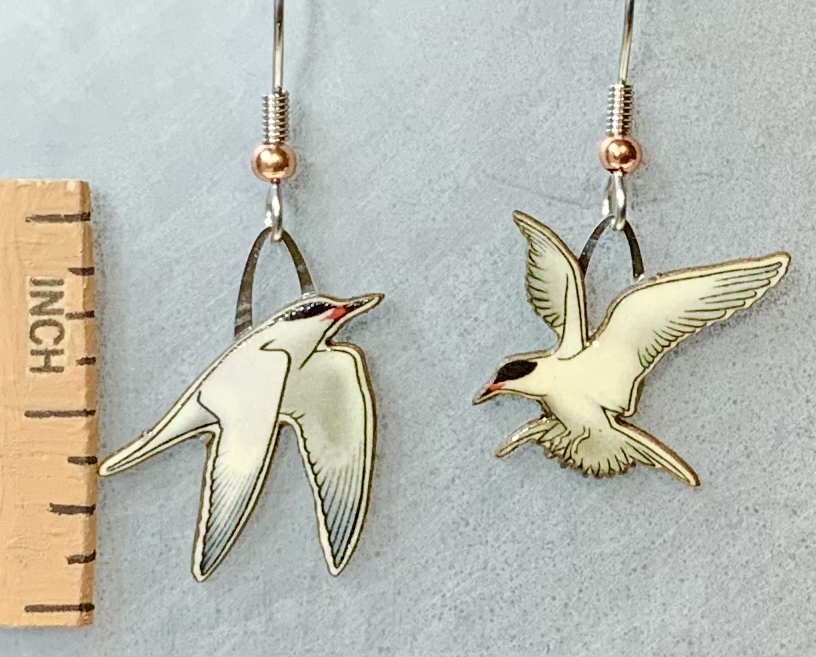
They have longer tail streamers than other terms and their distribution on the East Coast is disjunct. You will find them on the New England coast and then again far south in the Florida Keys.
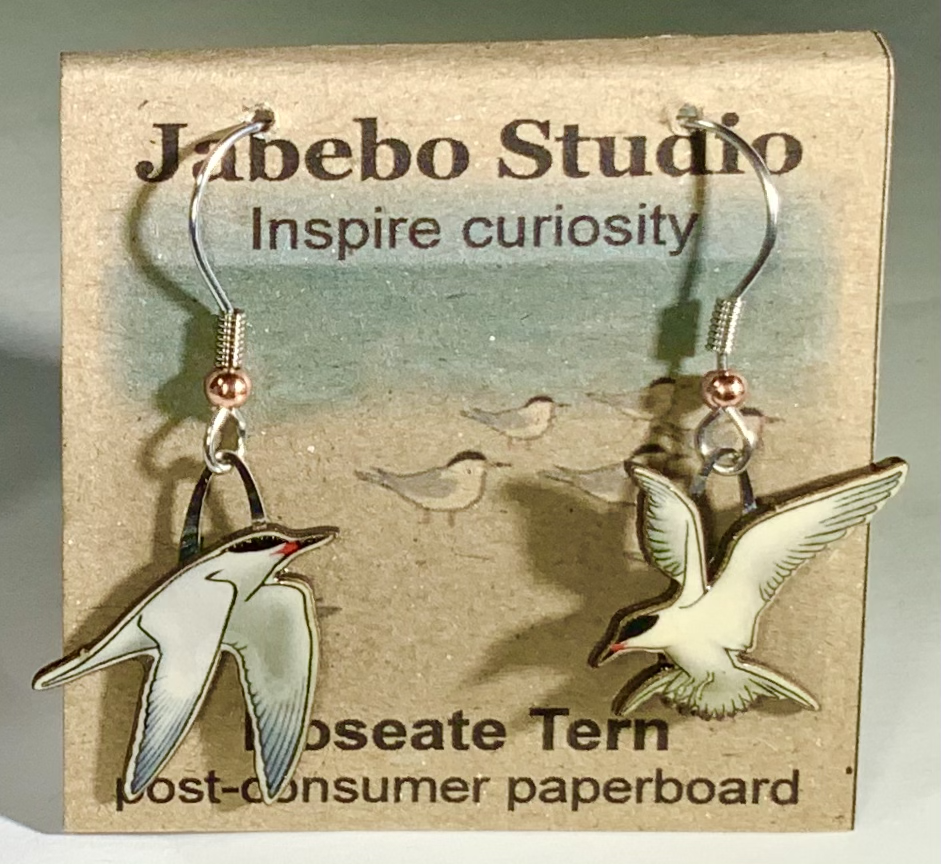
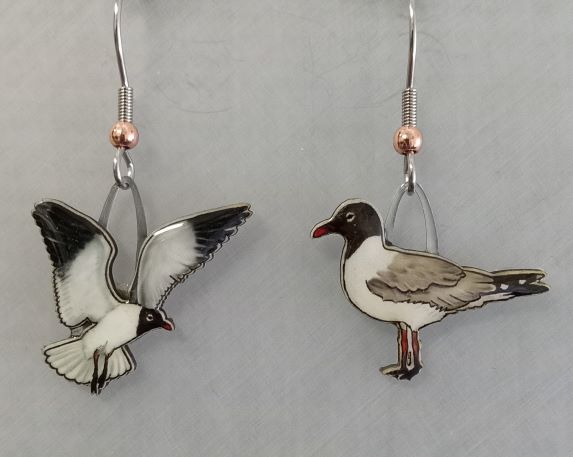
One of many kinds of (sea) gulls, this medium size gull is typically associated with the east coast and Great Lakes. Immature and wintering laughing gulls usually do not have a black hood.

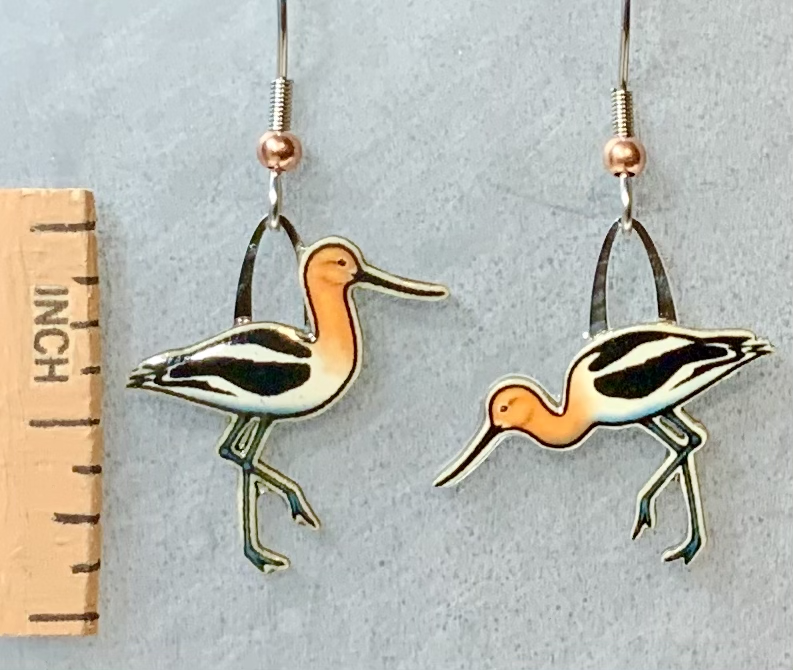
Avocets winter in places along the East, Gulf, and California Coasts. Their breeding areas are tied to shallow marshes and river floodplains of the interior western states and provinces.
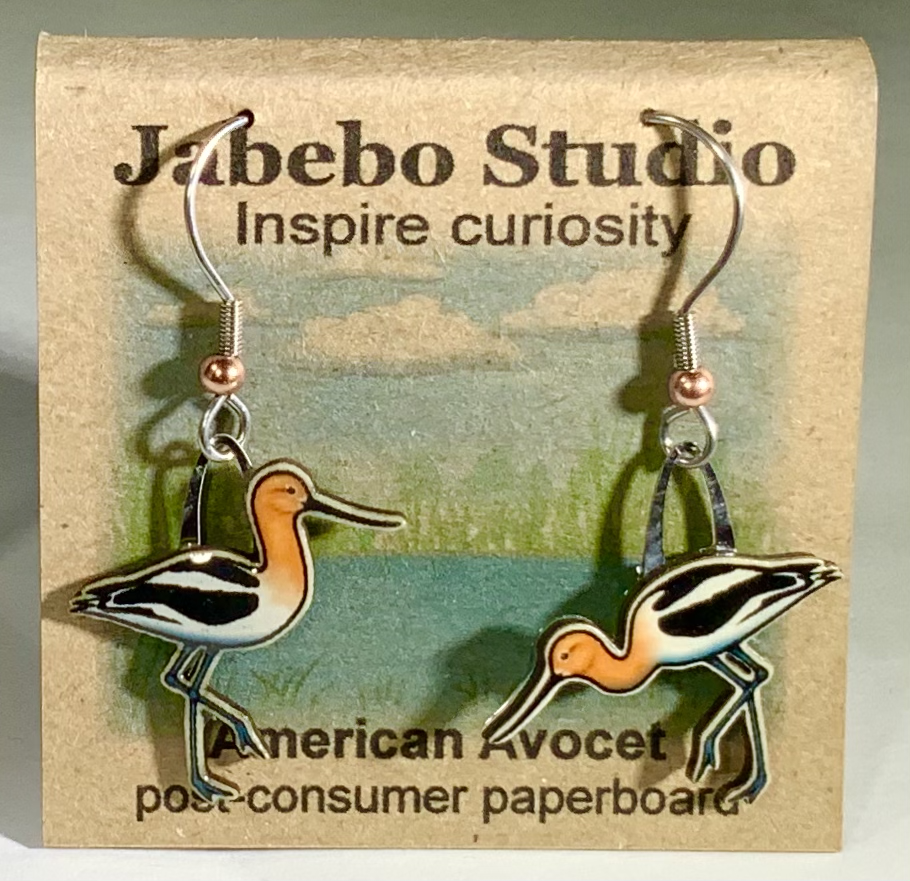
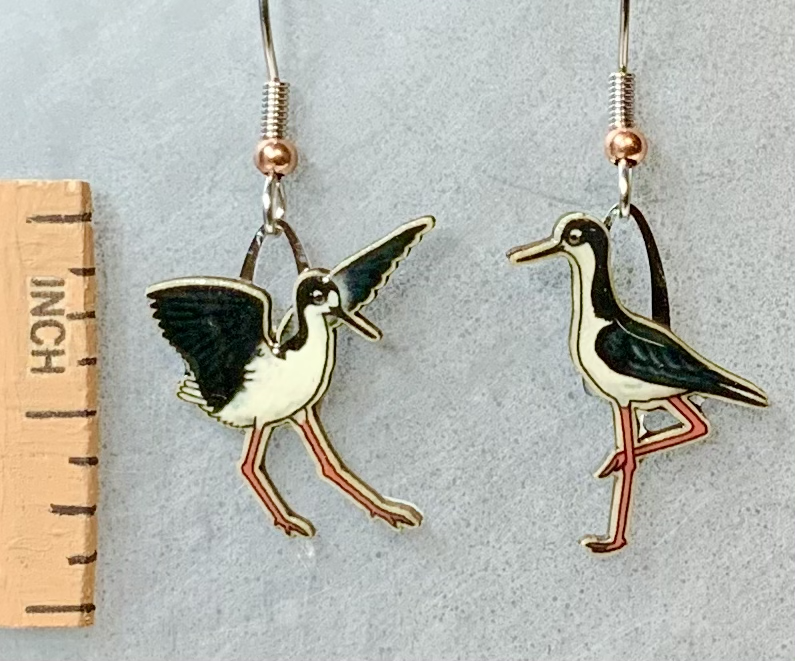
Distribution similar to American Avocets, shorelines of east and western estuaries and western marshes.
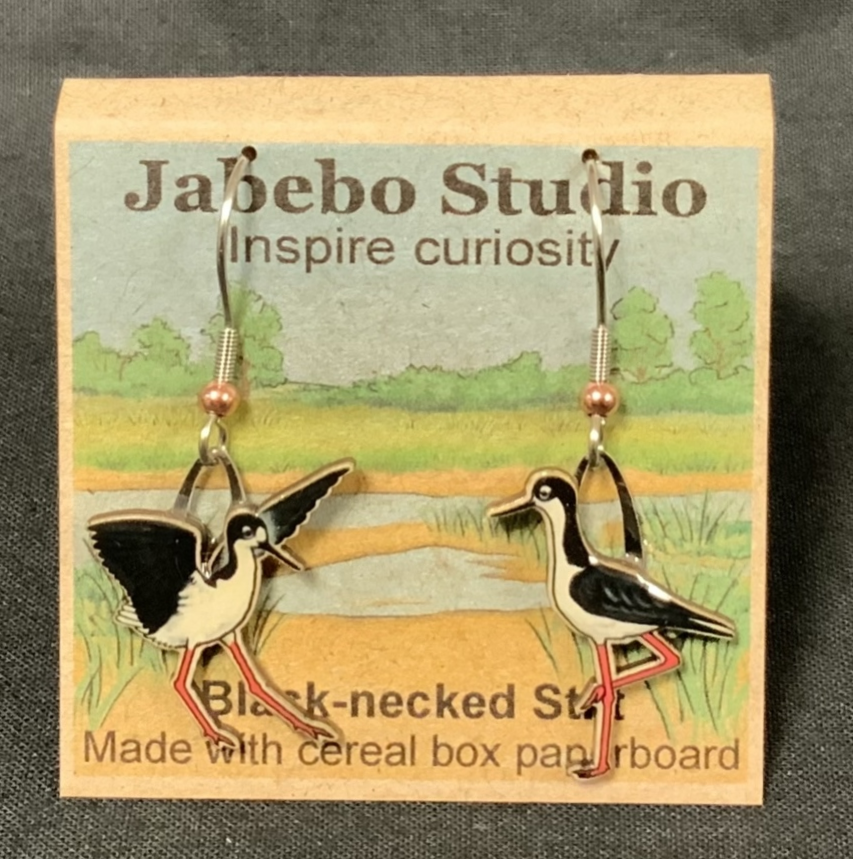
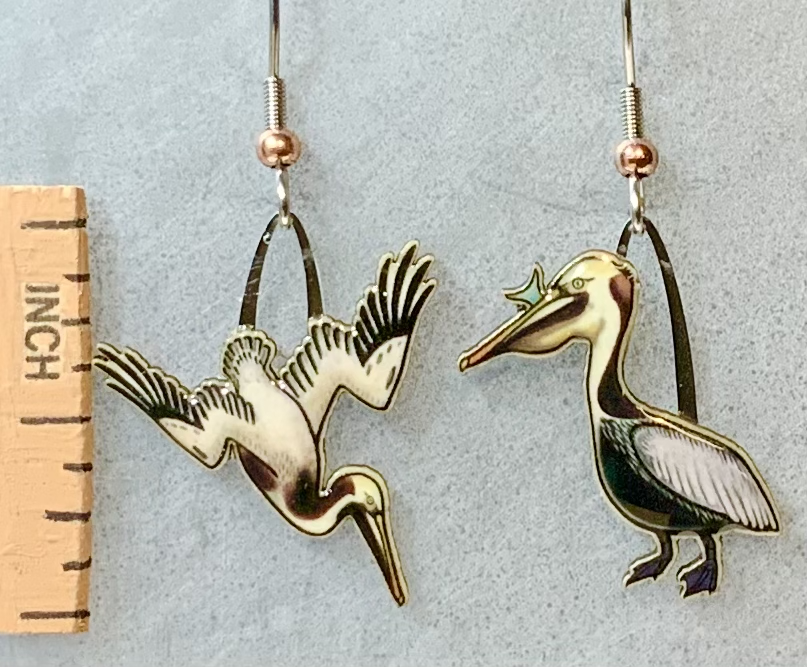
These Pelicans live along the shores and waterways of the Atlantic from Maryland south and around the Gulf Coast as well as the southern coastline of California. The need open water where they can dive for fish.
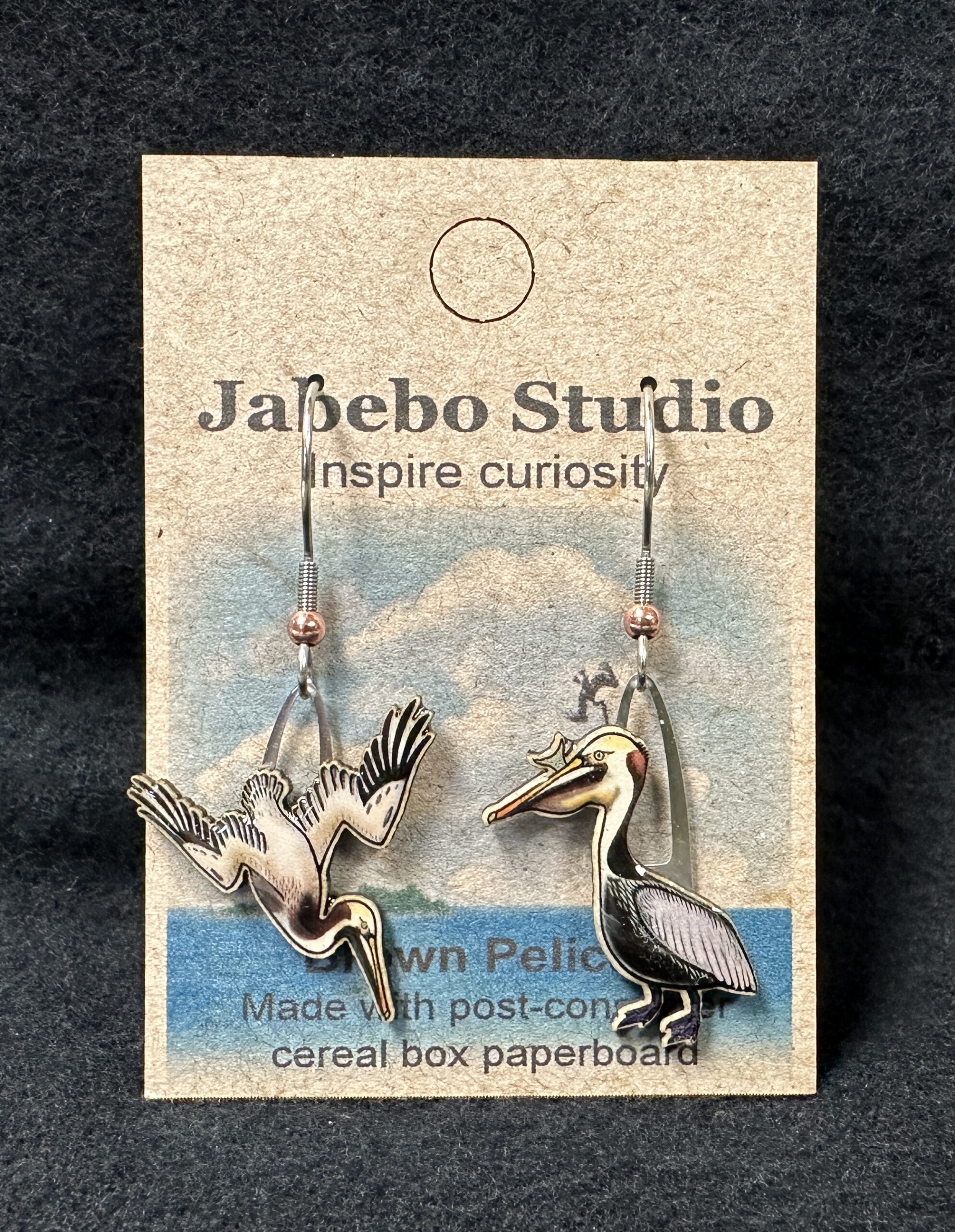
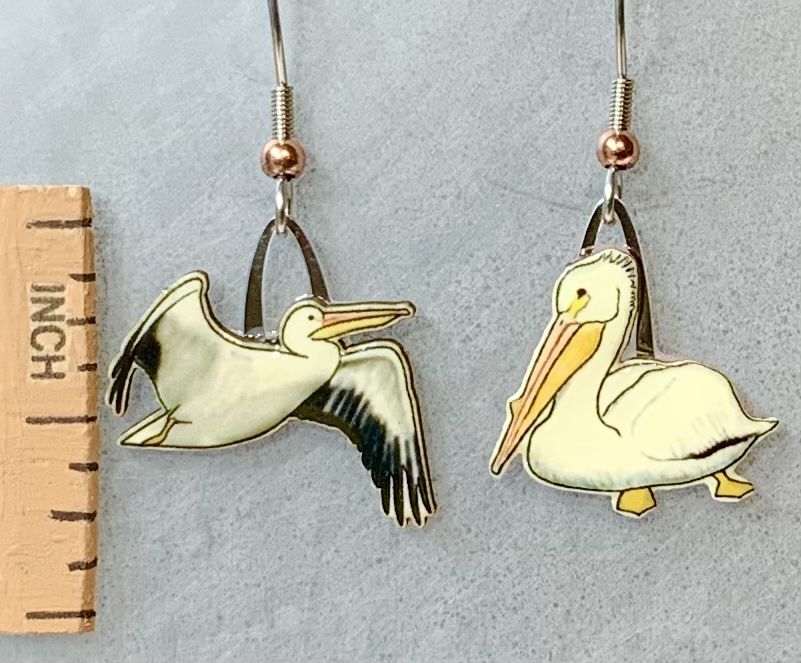
Summers and breeds on interior lakes of the north west and winters on lakes further south and along western and gulf coasts.

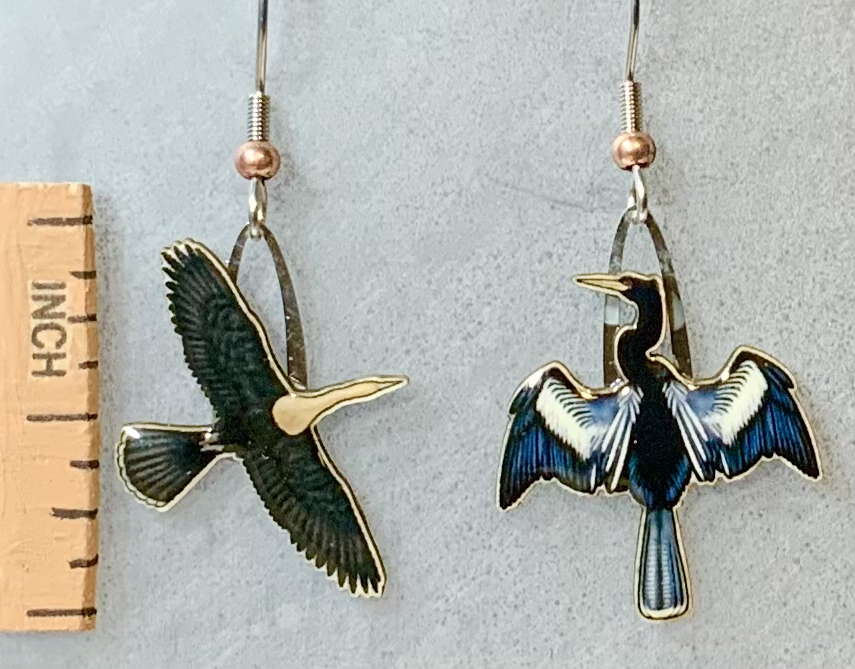
A bird of southeastern swamps and wetlands. They are easily recognized by their unique shape, color patterns and their habit of spreading their wings to dry. Large broad wings, weird for a bird that swims underwater, make them good at soaring. They may be seen mixed in thermals with other soaring birds, but recognizable by their long fan shaped tail. Males have distinctive silver-white streaks on their backs.
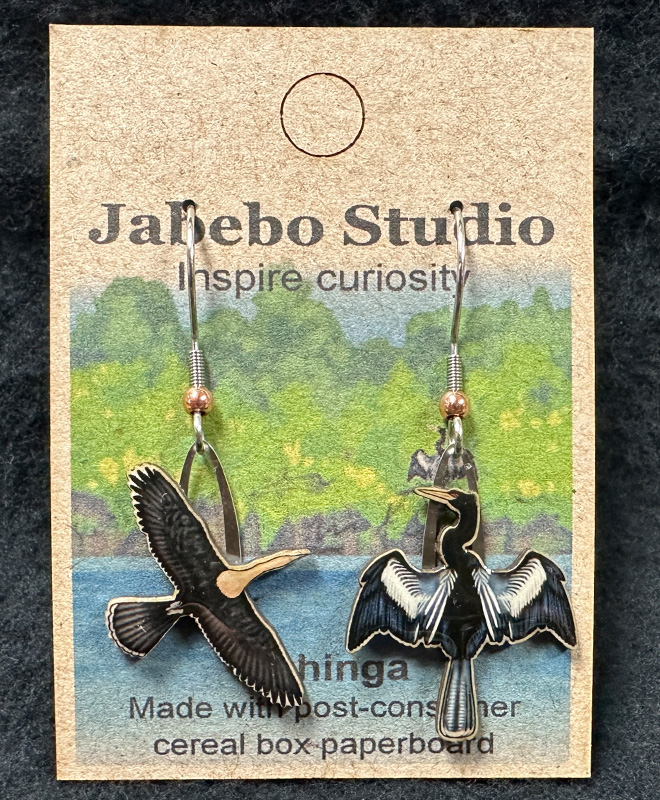
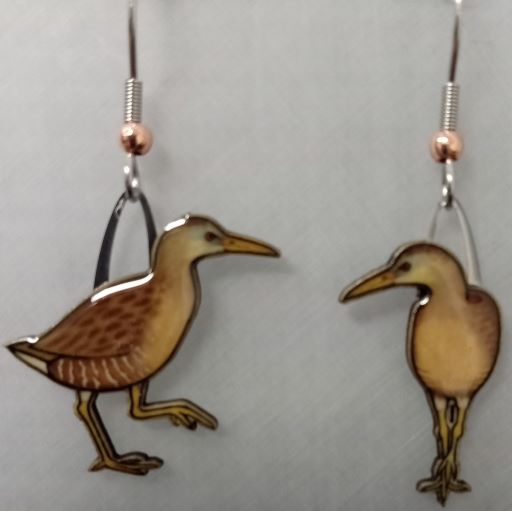
These rails especially love the expansive cordgrass marshes associated with east coast estuaries. Though more likely to be heard they may be seen merging from cordgrass thickets onto the mud flats at low tide.
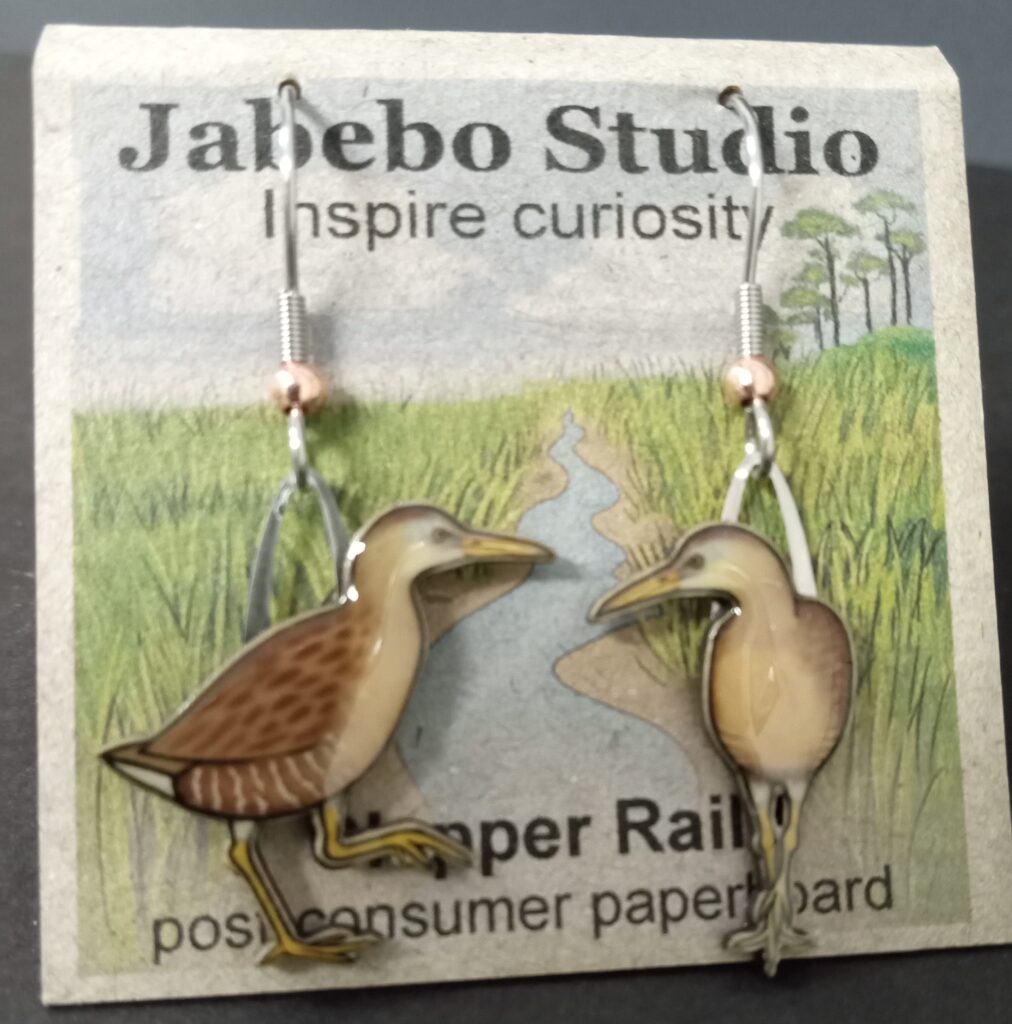
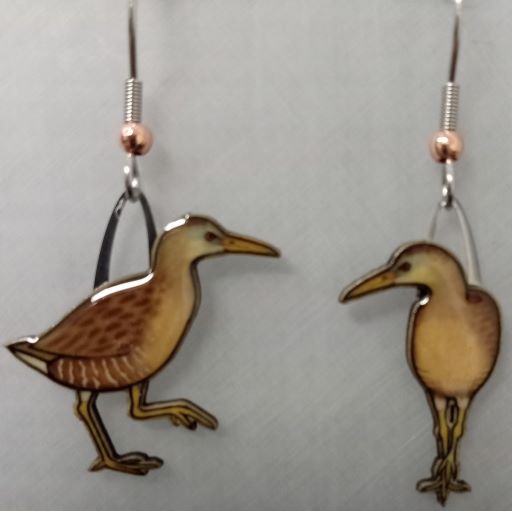
Very similar to the Clapper Rail this west coast counterpart is associated with marshlands of the pacific coast and interior bodies of water.
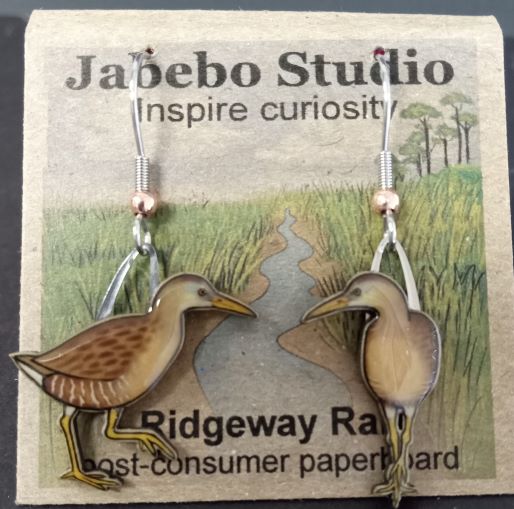

Breeding populations, some recently re-established, in the northern Midwest and Western States and Canada and into Alaska. The Alaska population winter in British Columbia while the more eastern populations tend to move less seasonally.
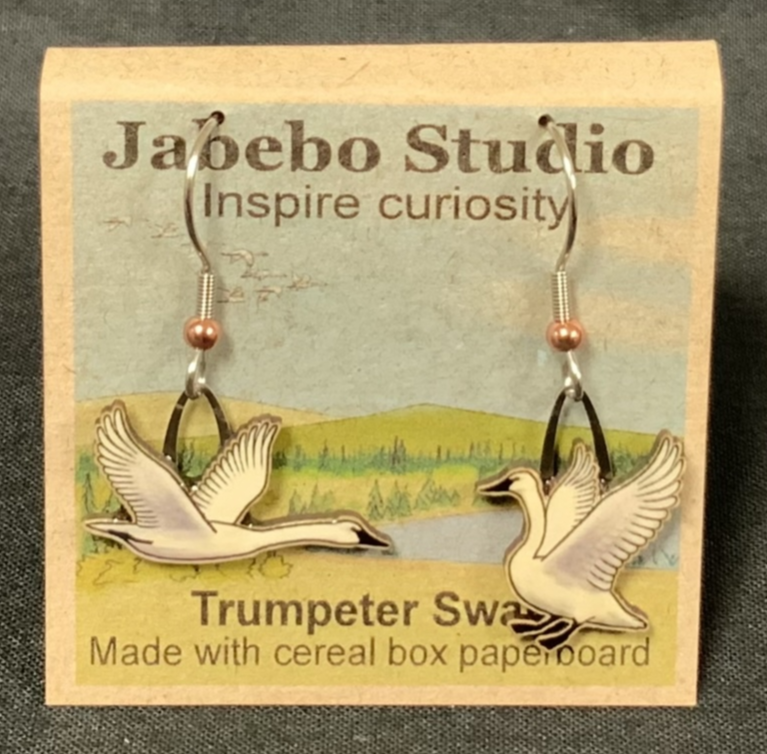
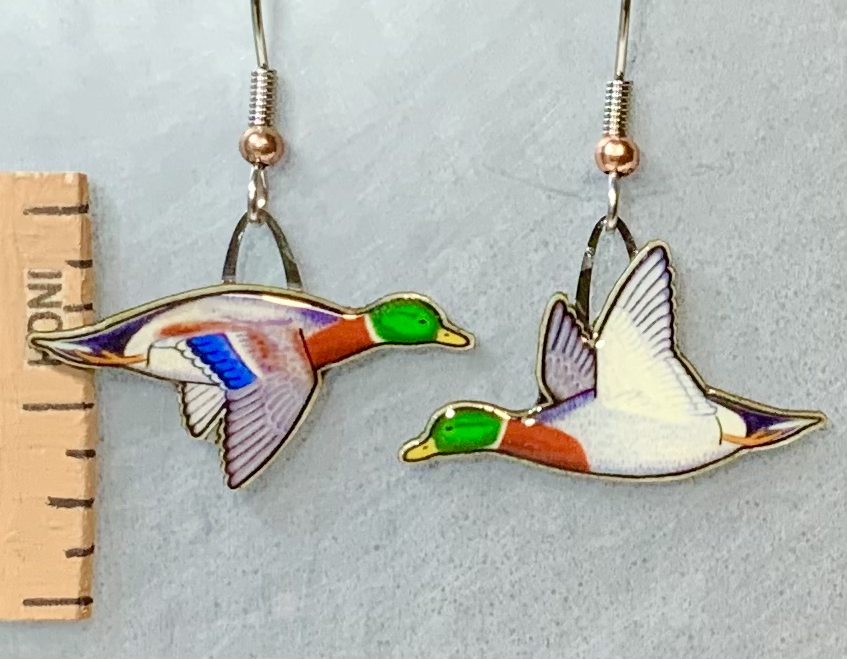
The distribution of this duck extends throughout North America. It is the wild duck most likely to be found in the local duck pond but they are a wilderness animal as well.

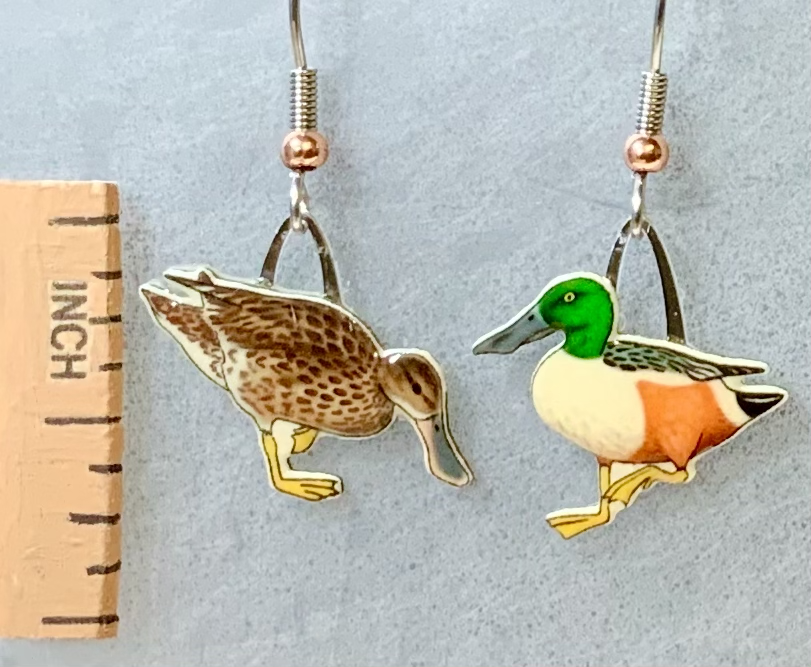
A distinct duck with its oversize bill. They summer in ponds and open water wetlands mostly to the west and northwest. In winter the population shifts south to likewise habitat all across the southern states.
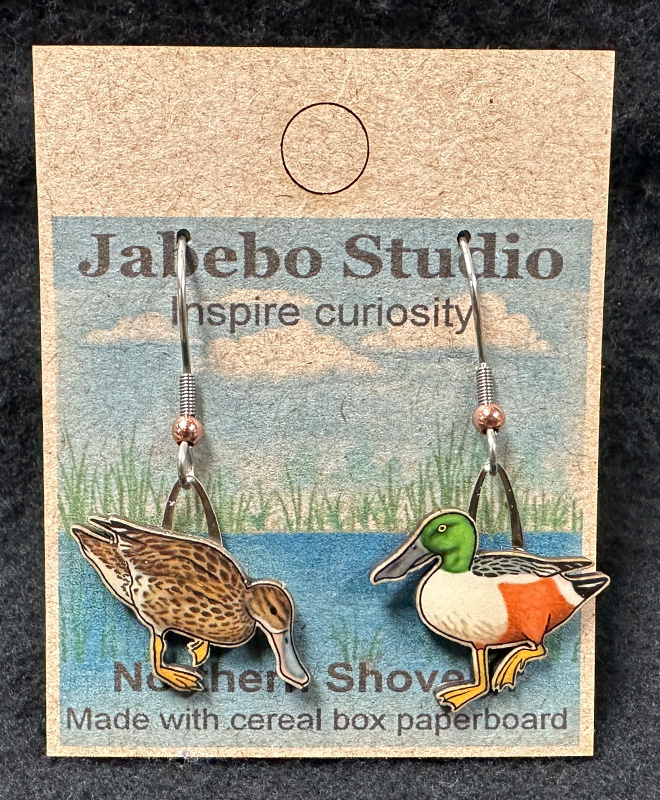
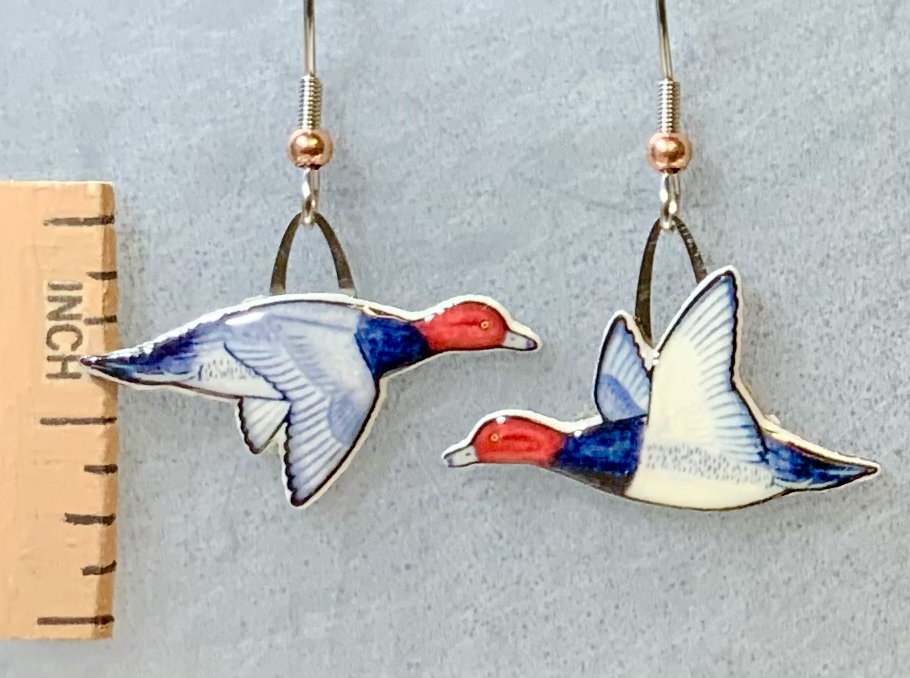
Redheads have a wide distribution across North America through they prefer remote areas compared to the Mallard. Their breeding range is primary from the north Midwest and Western states up into Canada While their migration pulls them south and east into all regions.
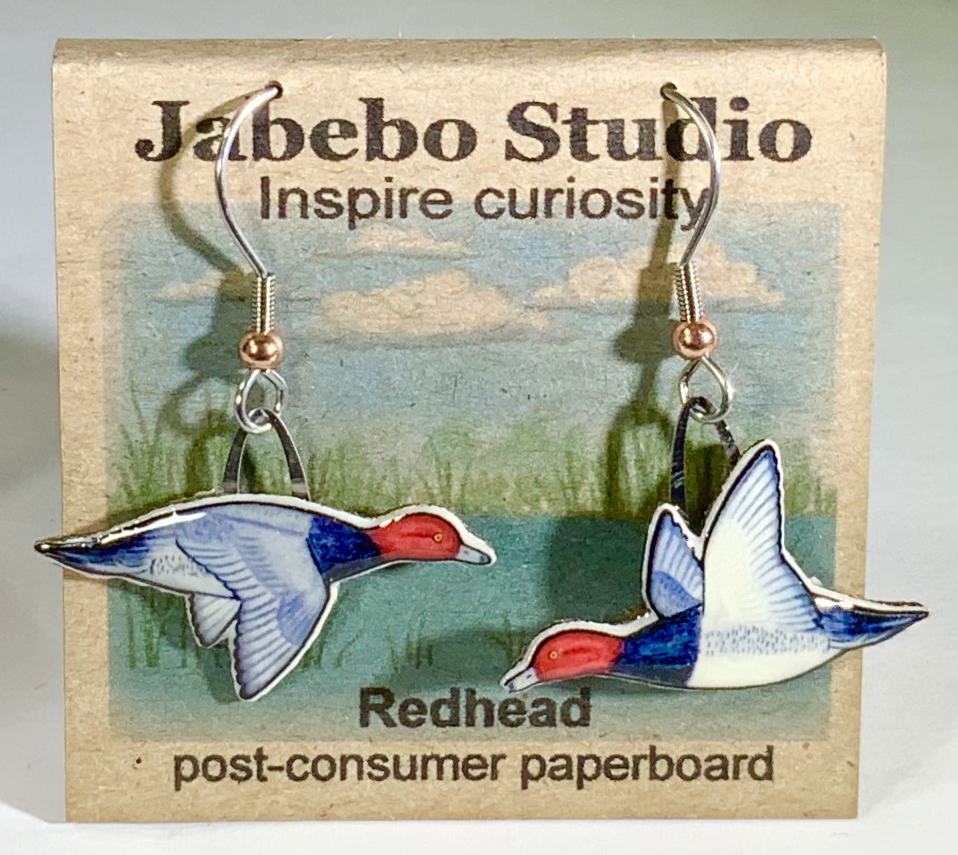
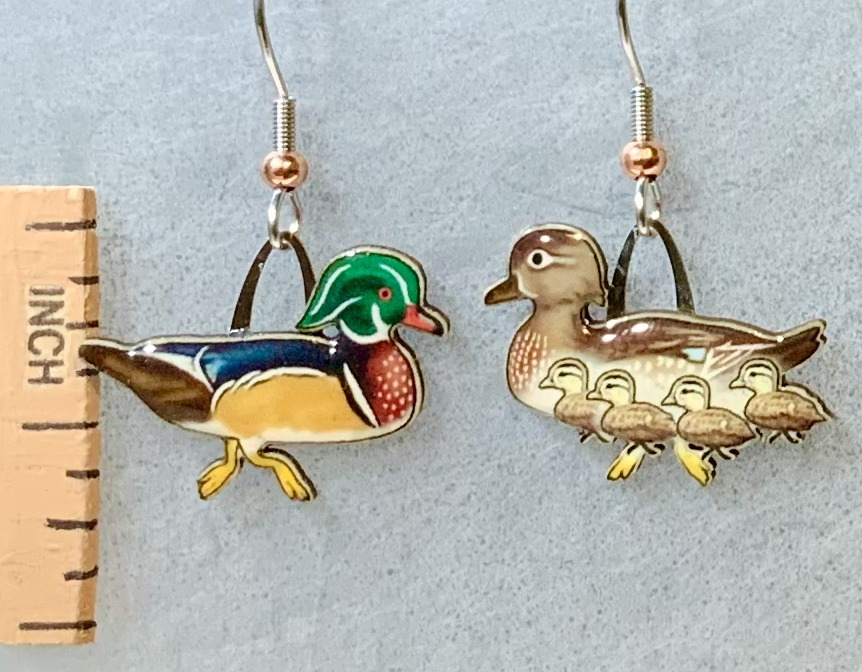
A shy duck inhabiting isolated woodland ponds and lakes found through much of North America given the right habitat.

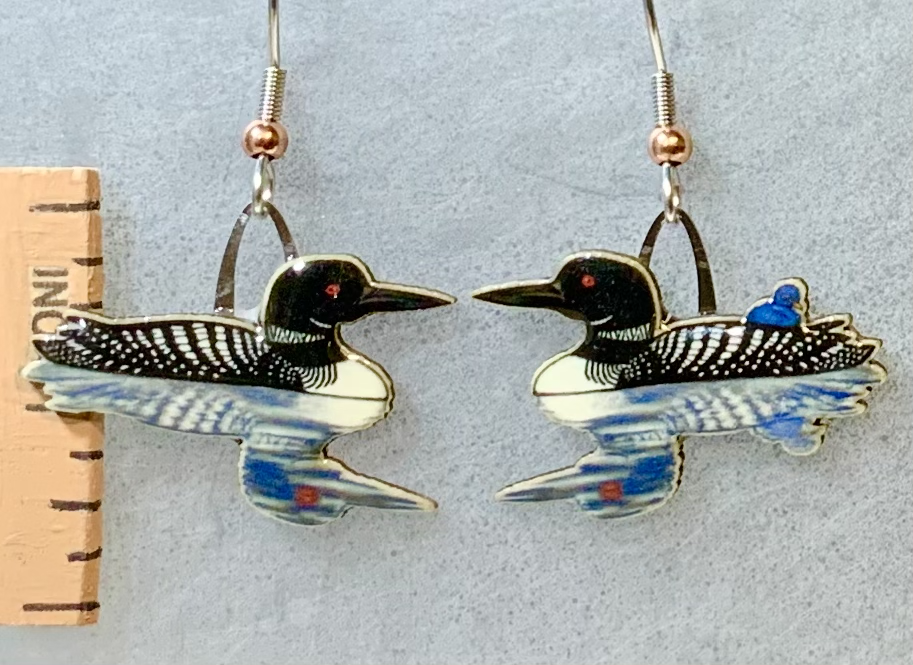
These loon’s summer on lakes and ponds in the far north, most all of Canada and the very north parts of the US. Upon migration they leave their freshwater lakes and spread out all along the Pacific and Atlantic seaboards where they become marine birds living just off shore.
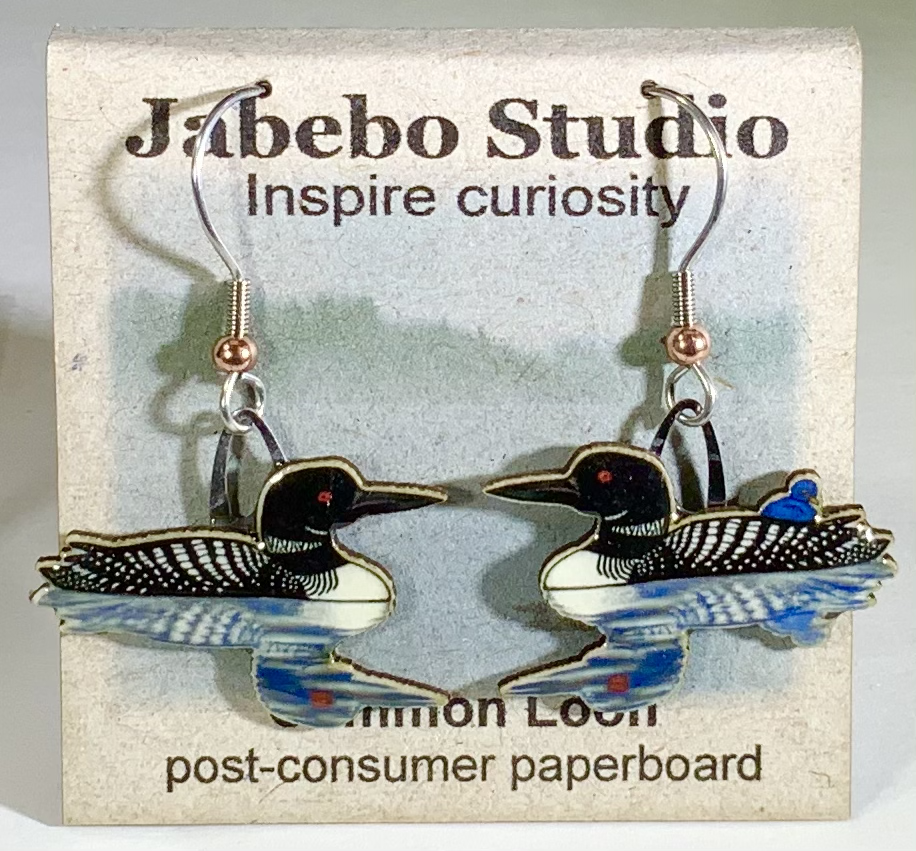
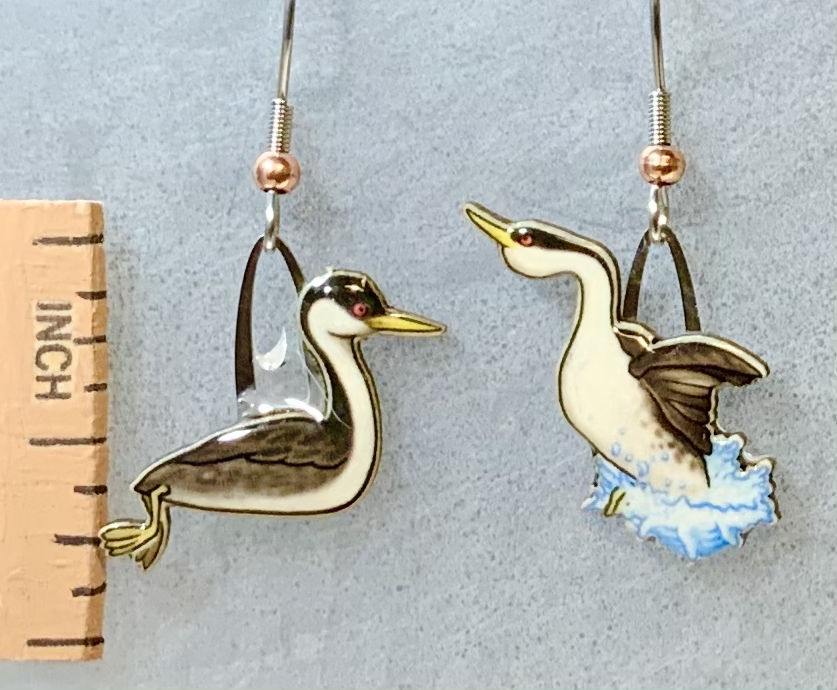
The feet of Grebes are located far to the rear of their bodies, much like loons, thus enabling them to excel at swimming underwater to catch prey. In summer they live on lakes and ponds of the interior west.
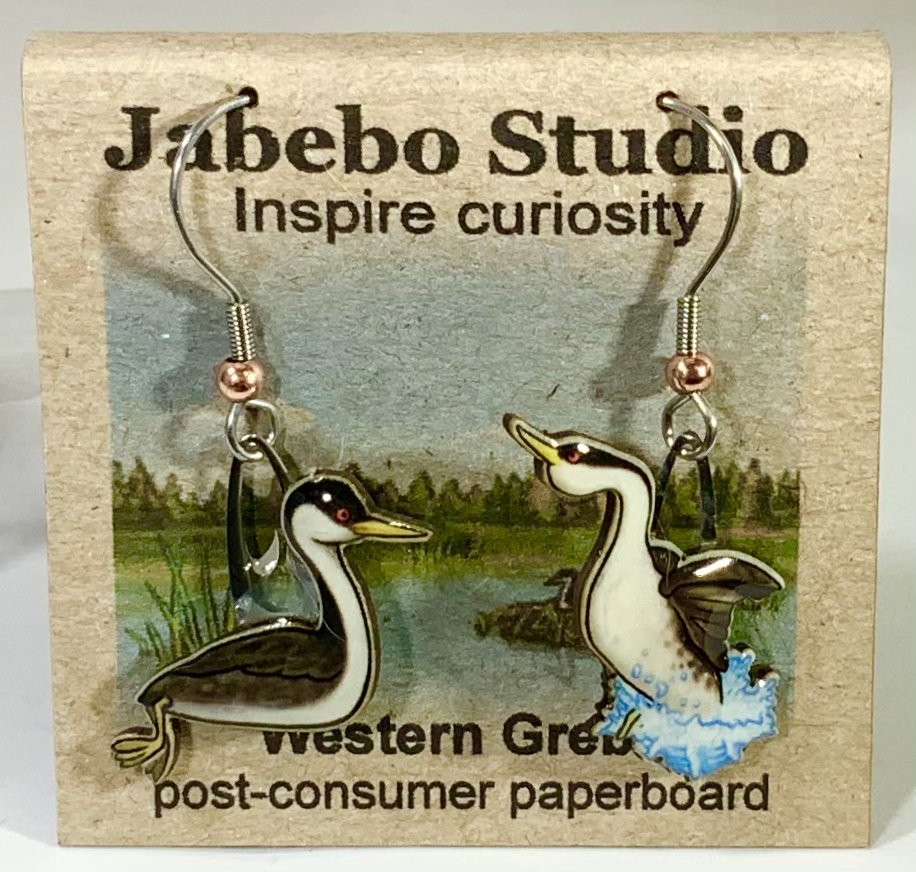
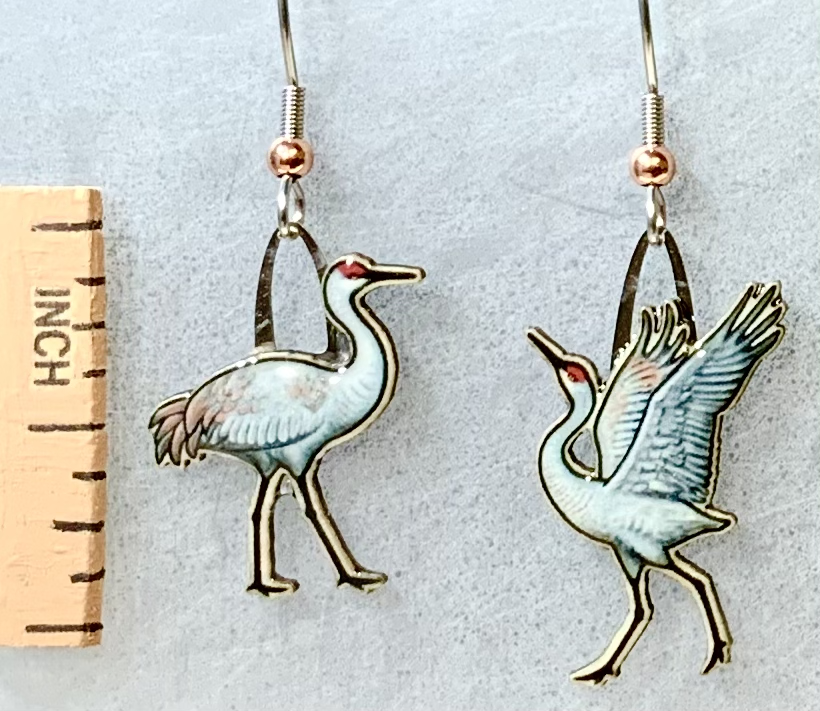
A very tall conspicuous bird that breeds mostly in Canada and some western states but there are smaller breeding populations in many other areas including Florida and Mississippi. In the lower forty-eight these cranes are known for their dramatic migration. They winter in large numbers in New Mexico, Texas and Florida. Along their migration routes there are several high profile stop over points where they gather temporarily in spectacular numbers.
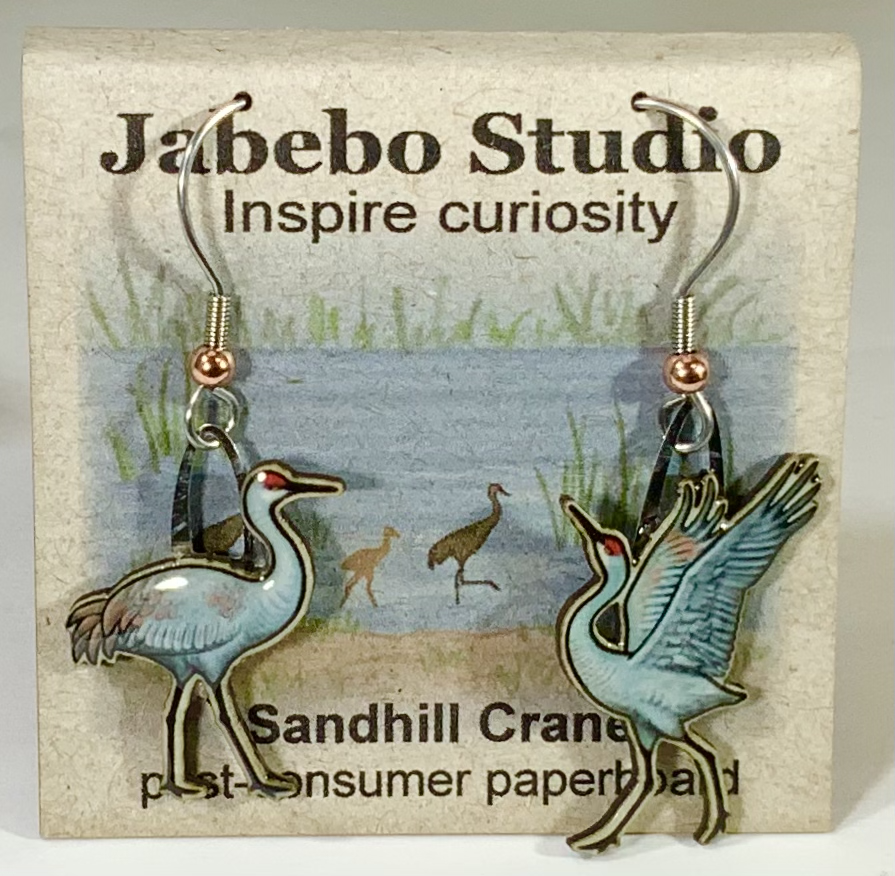
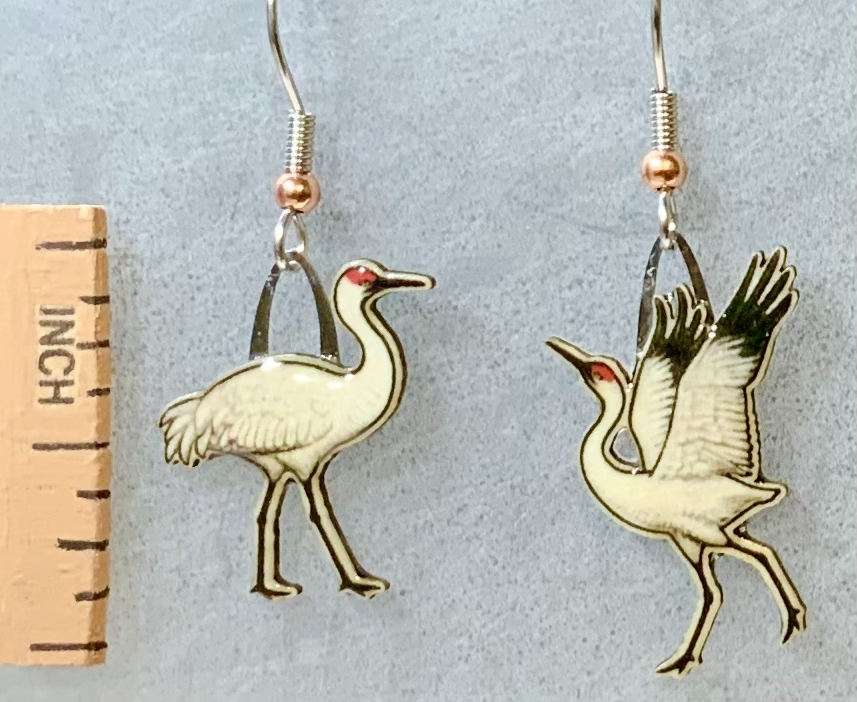
This species was once reduced to 15 individuals. Today they are still rare and endangered but the population has increased to 600 birds that migrate from western Canada to the Texas Gulf Coast. The increasing population is a great conservation success story but there have also been failed attempts to reestablish populations wintering in Florida and New Mexico.
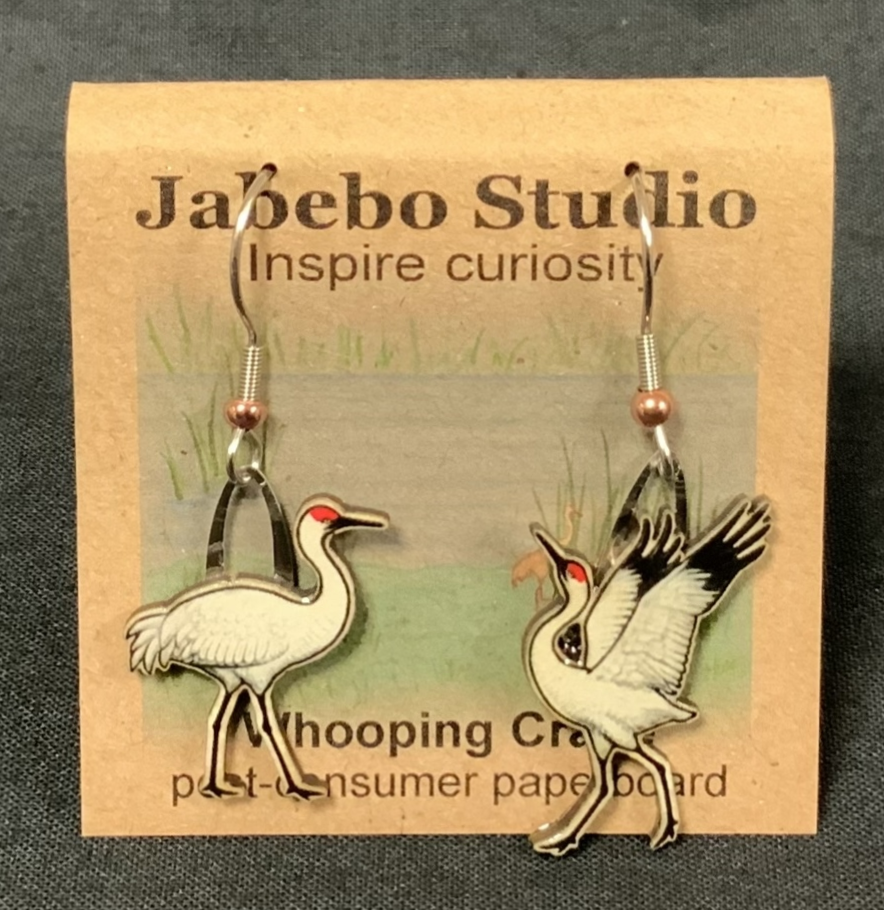
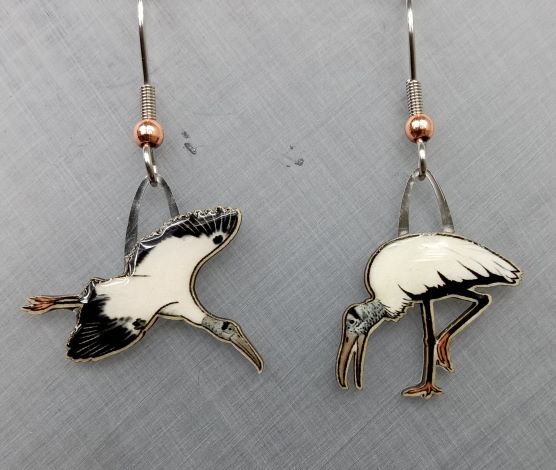
Large and conspicuous residents of Florida. They can be seen year round in a variety of wetlands including roadside ditches but they have highly specialized breeding criteria.
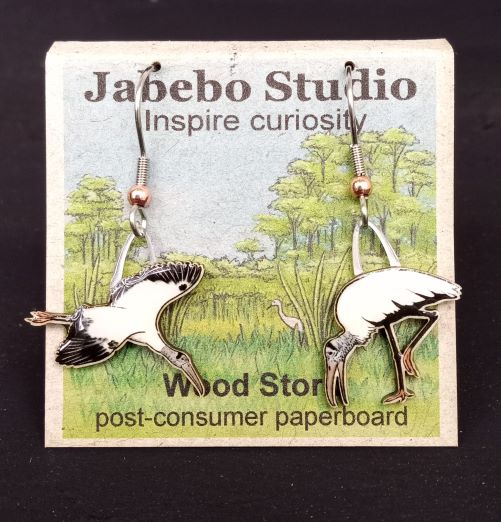
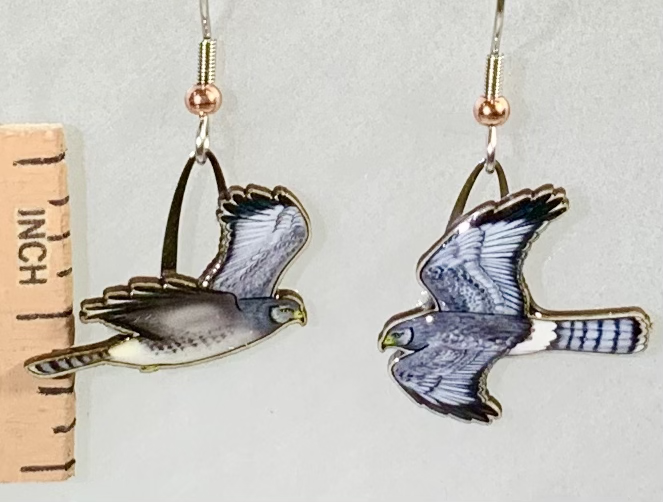
A hawk that specializes on open wetlands and ranges throughout North America. Nesting is concentrated in the northern latitudes while migrants are commonly seen in southern marshes.
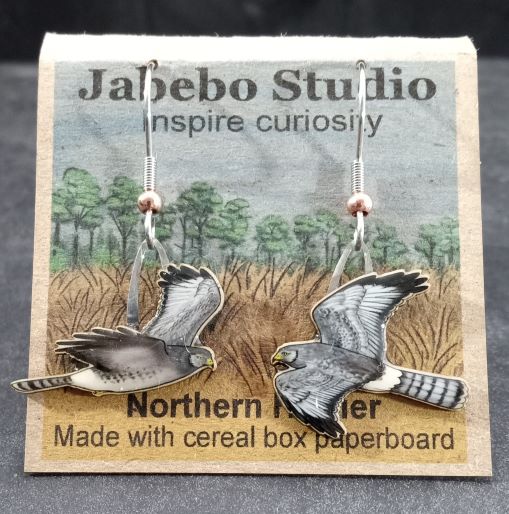
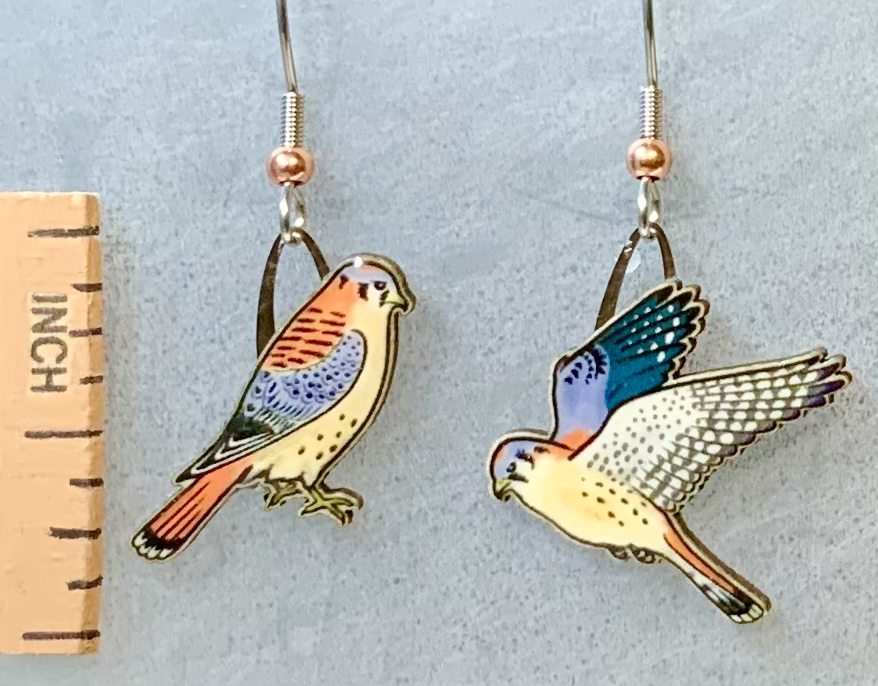
A small, almost song bird sized, falcon that lives year round through much of the US and moves north to breeds throughout Canada. Kestrels like open habitat including spaces modified by human habitat and agricultural activities. However, their populations are declining possibly because of pesticides impacting ether prey and the loss of dead standing trees with cavities they need to nest in.
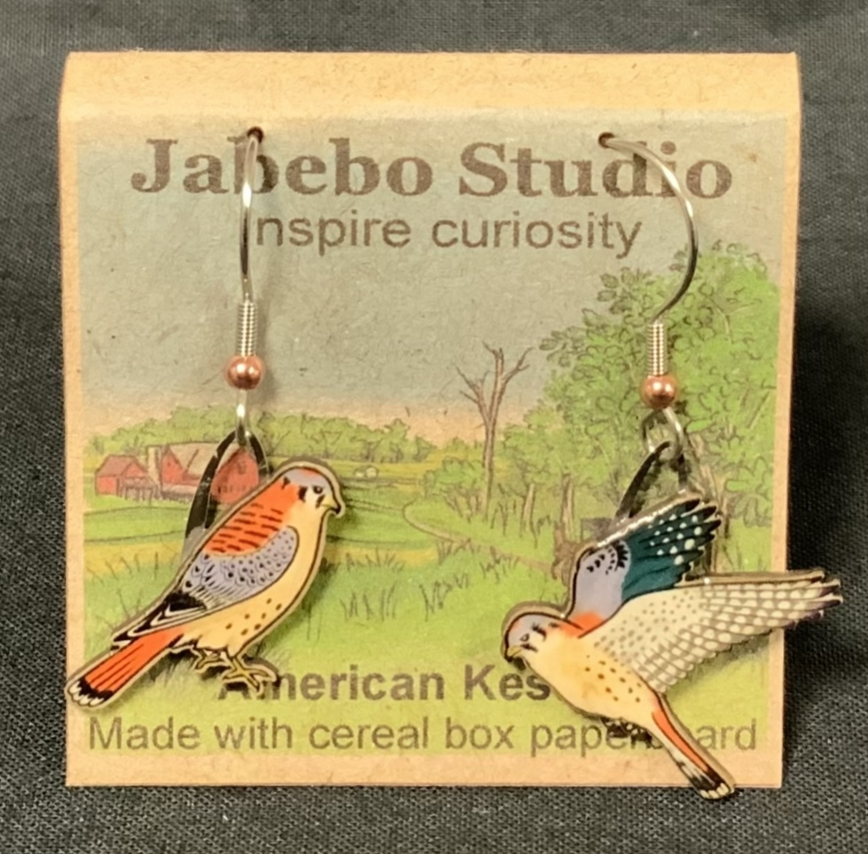
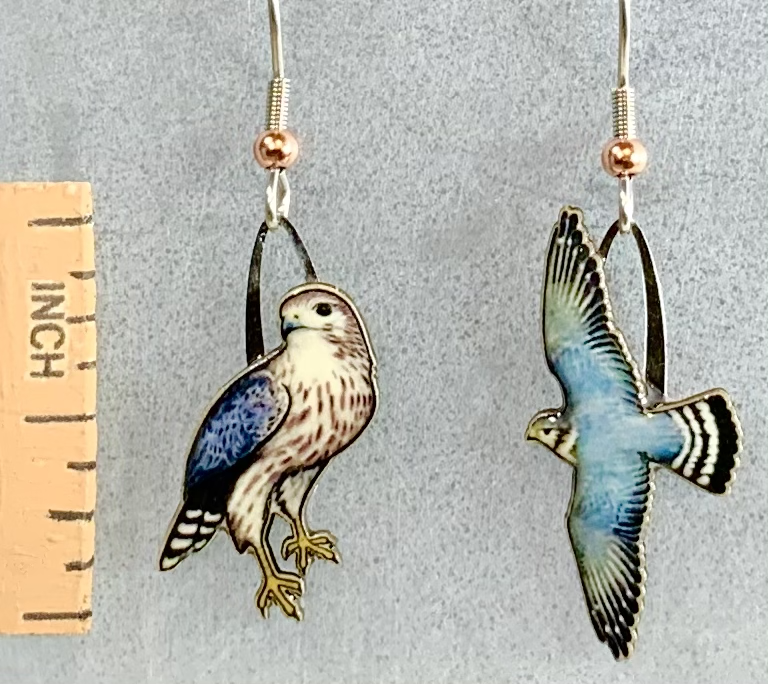
A small falcon that that breeds mostly in Canada and the northwestern US. As a migrant they can be seen in all regions of the United States though they are not a common bird.
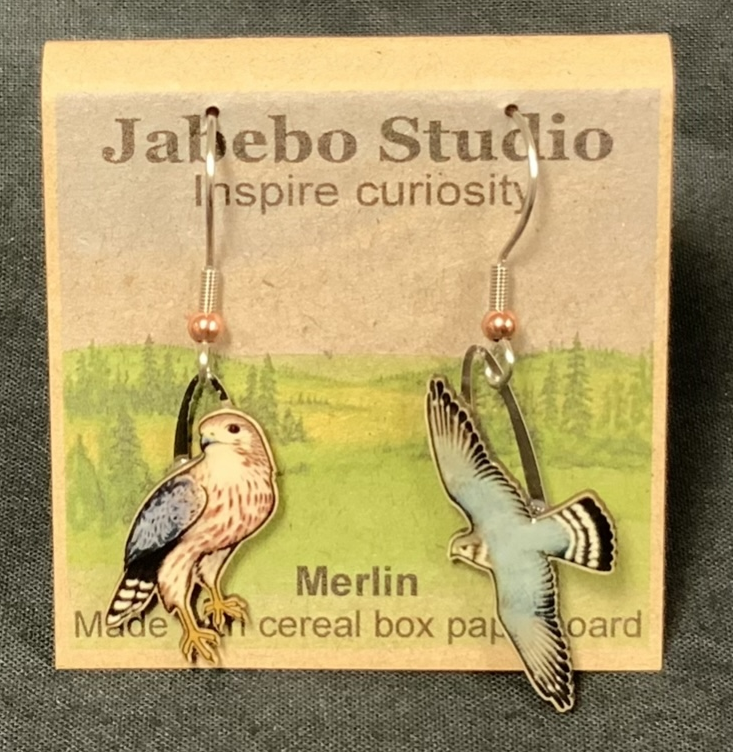
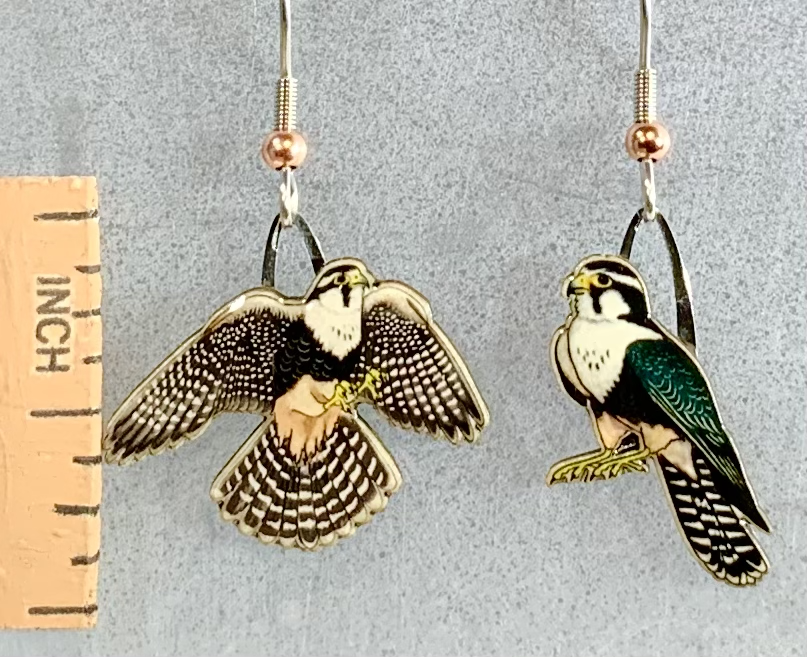
This bird once inhabited a larger range including scrub and prairie habitat of the southern midwest. With efforts to reintroduce the population to the US one may now see breeding individuals at Laguna Atascosa NWR in Southern Texas.
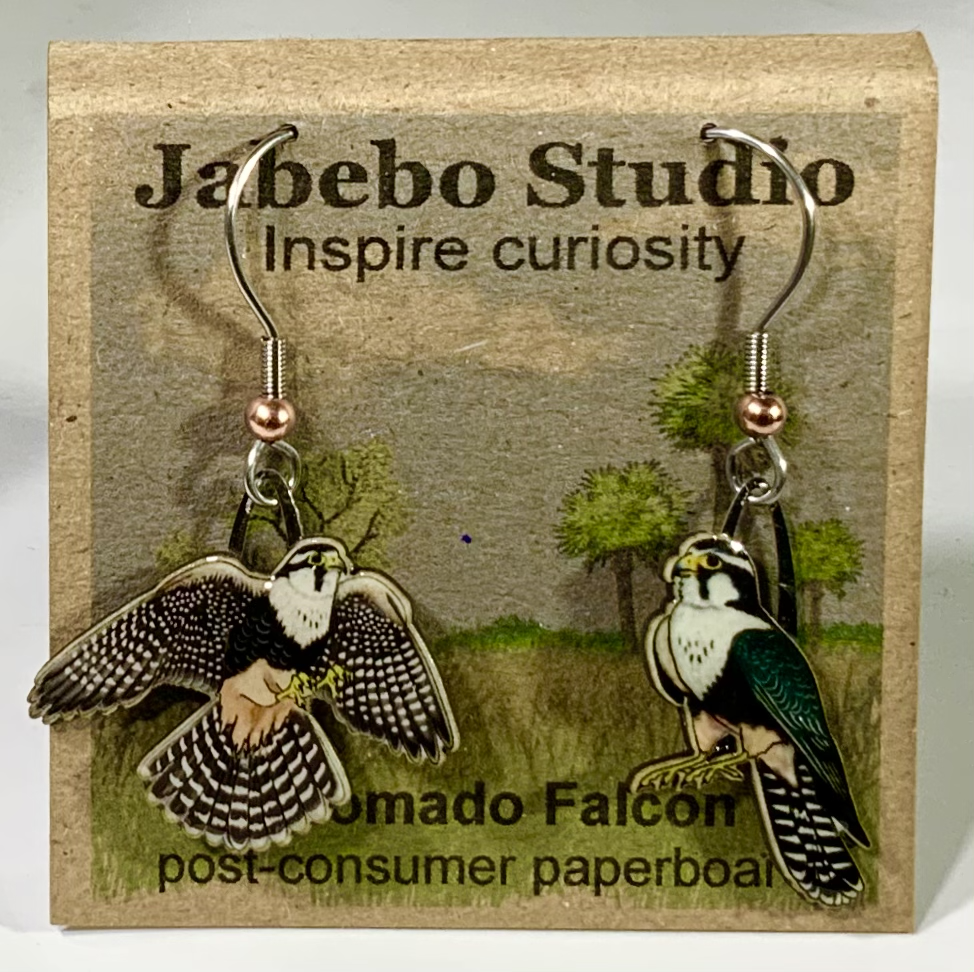
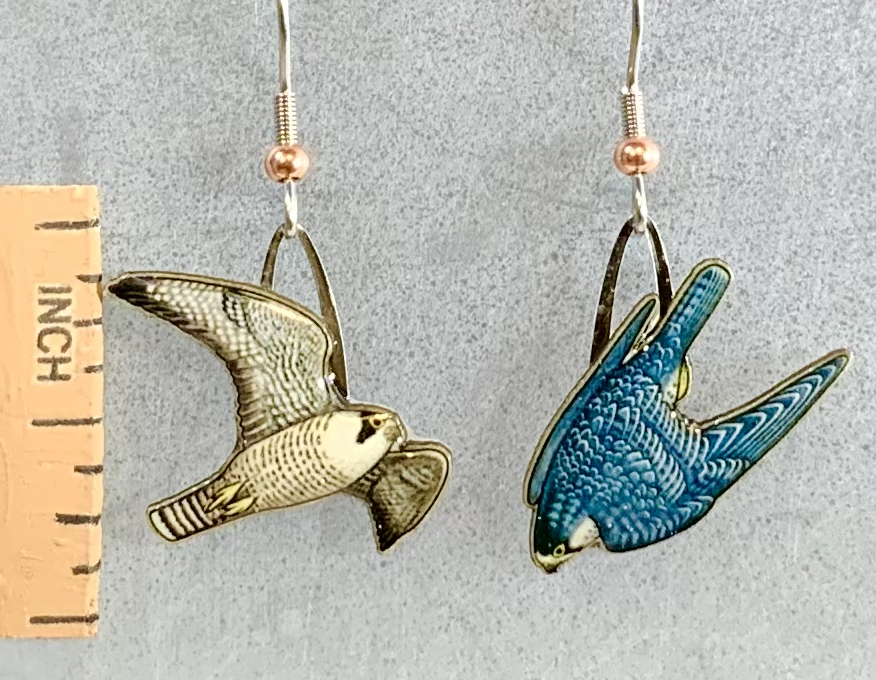
More common in western North America though they are making a come back in the east. Northern birds also use the east coast as a migration corridor.
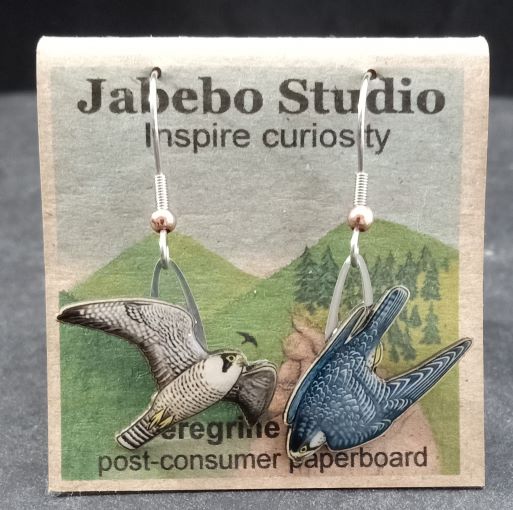
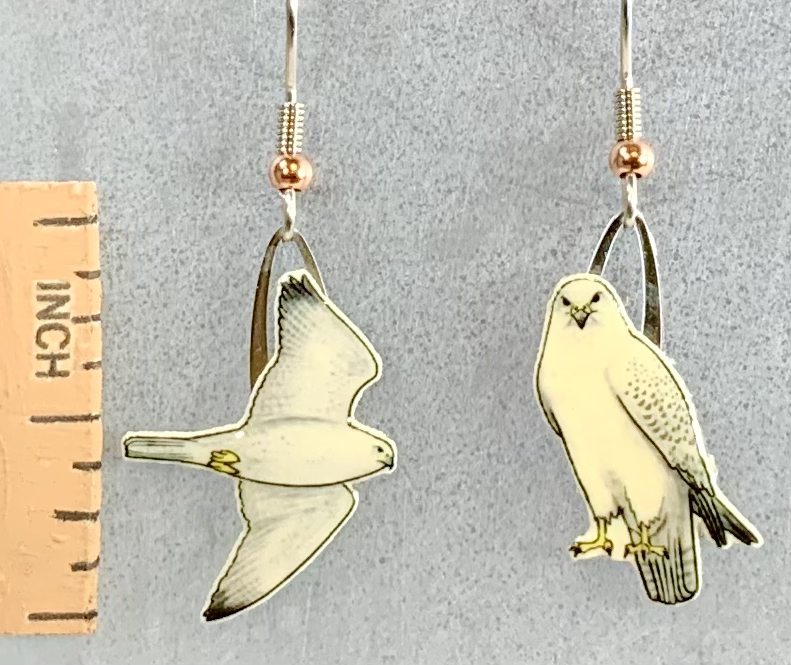
A beautiful falcon of the arctic summer. They spread further south in winter, and like the snowy owl, may occasionally be seen in southern Canada and the northern US.
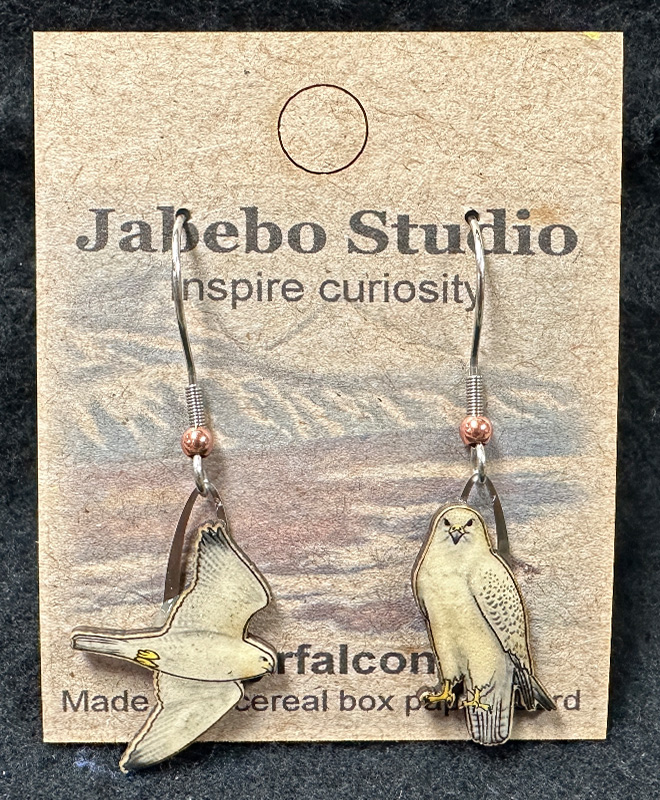
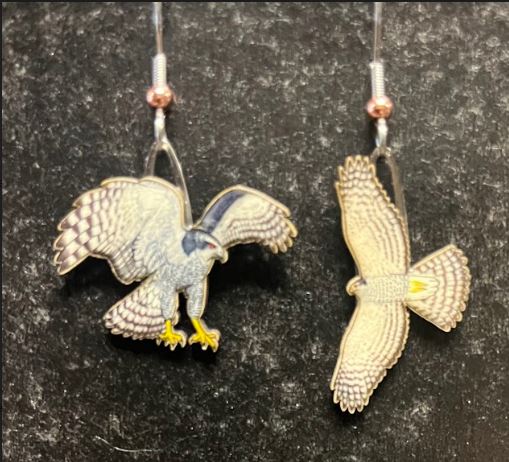
A medium size raptor tied to northern and wilderness areas. Even in their remote habitats, their secretive habits make them difficult to spot. However, they are a spectacular bird and a favorite among raptor specialists. Design by Kevin with special assistance from Anne Price of the Raptor Education Foundation.
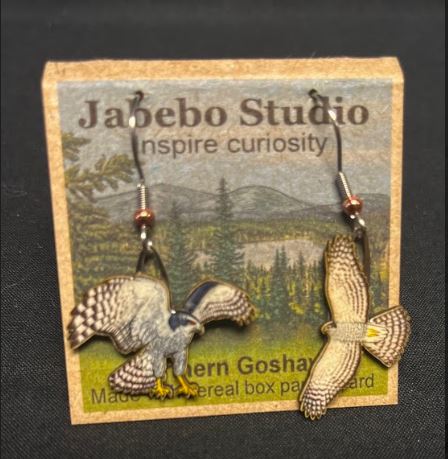
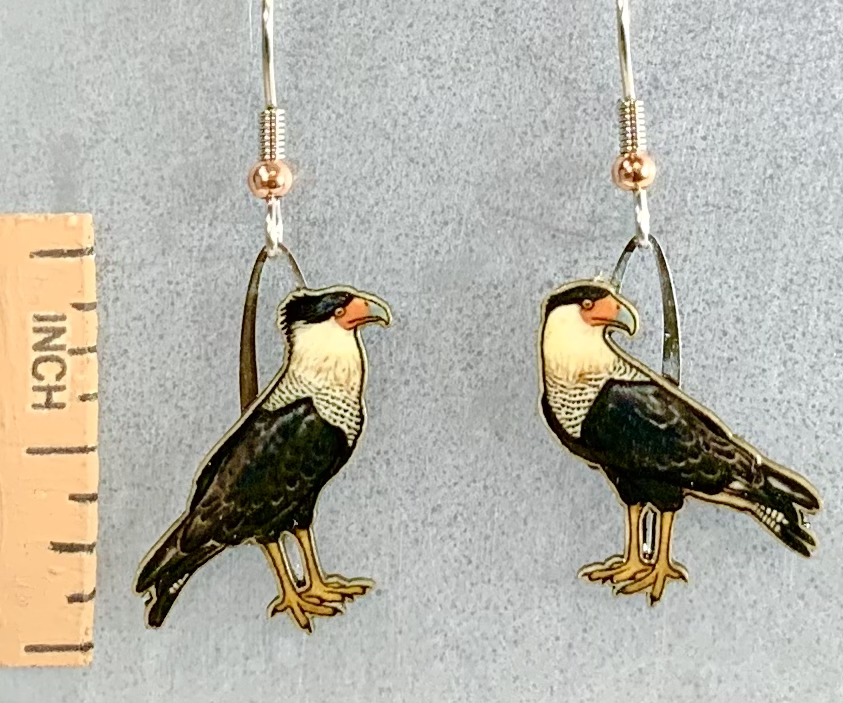
Mostly a tropical falcon with vulture like habits. Their range extends Mexico into southern Florida and South Central Texas.
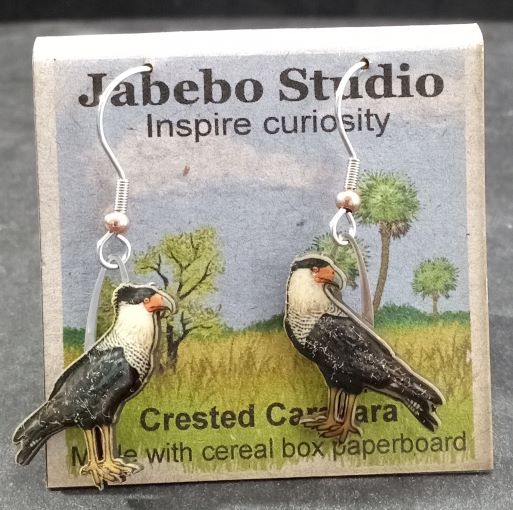
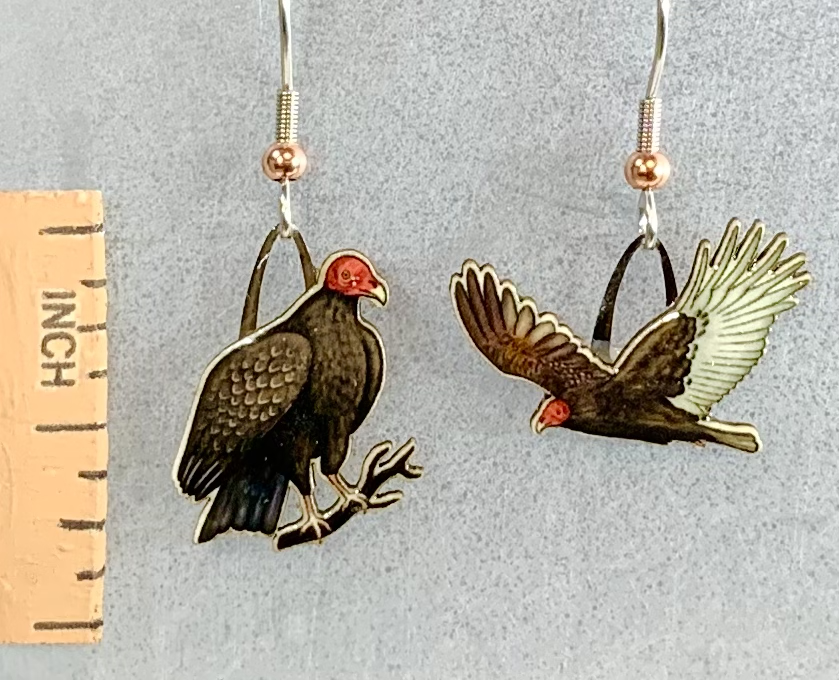
Our most far ranging vulture living throughout most of North America. From above they use their strong sense of smell to find carrion to feed on.
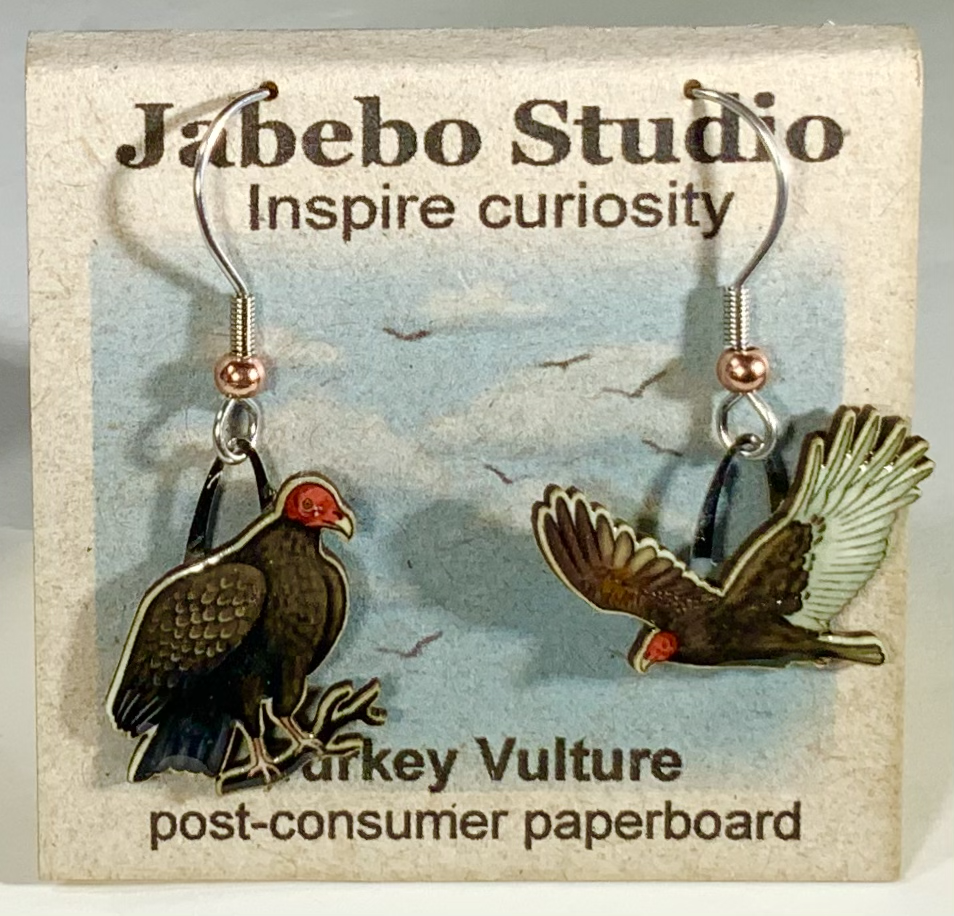
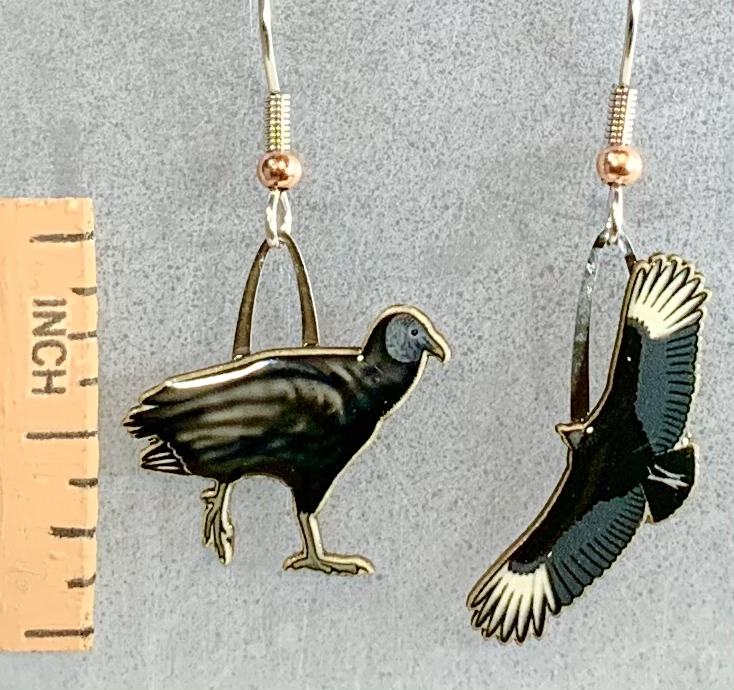
Black vultures mostly live in the east and southeast. Their excellent eyesight helps them to find food, often by spotting Turkey Vultures who are better adept at using their noses. When you see vultures soaring above look up to see if you can spot any stars on the wing tips to see if Black Vultures are present.
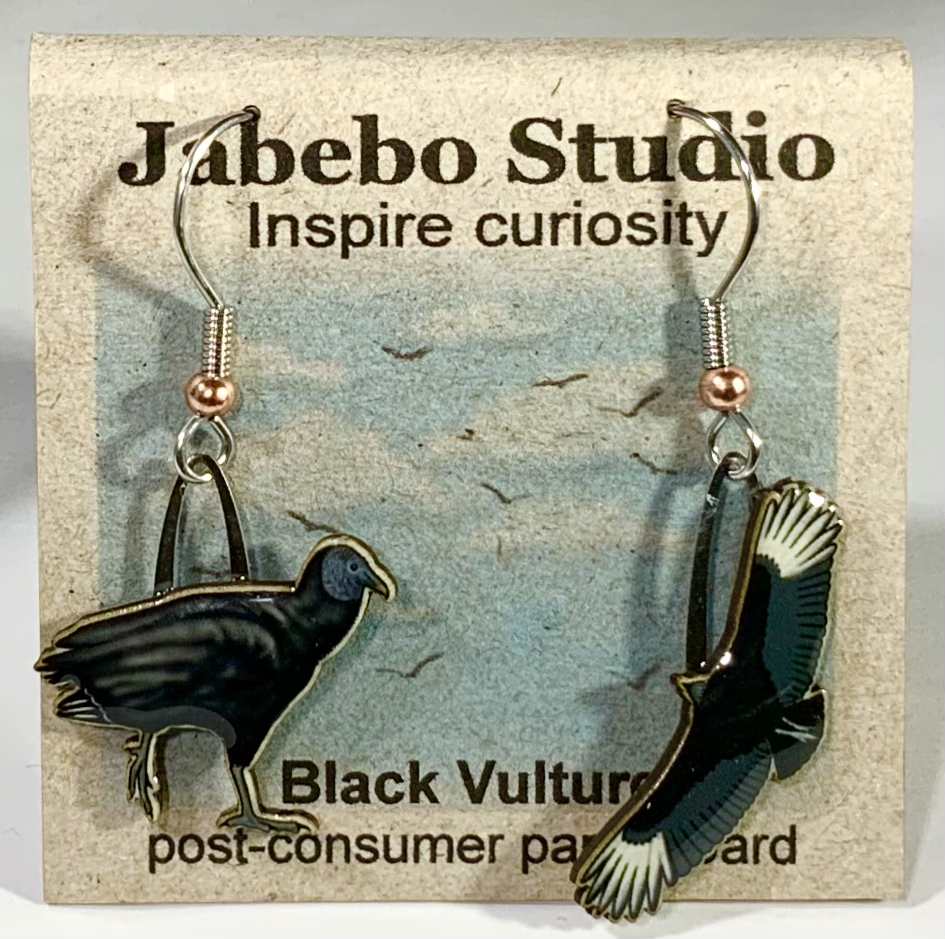
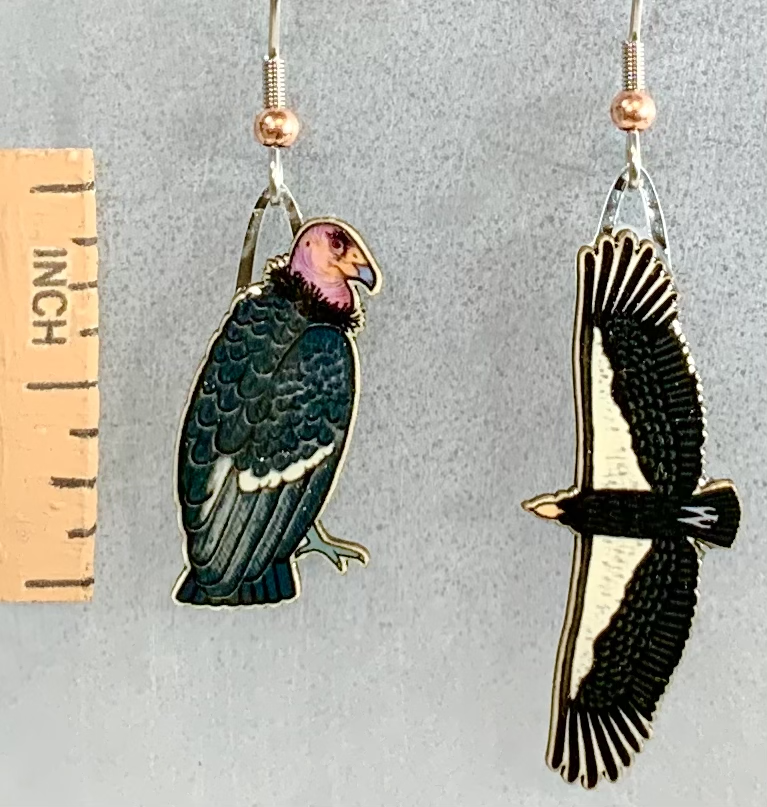
Endangered and once reduced to 22 captive birds the species has been re-introduced to southern California, Arizona and parts of the Baja Peninsula. They fly over large areas to find food and nest and roost of cliffs.
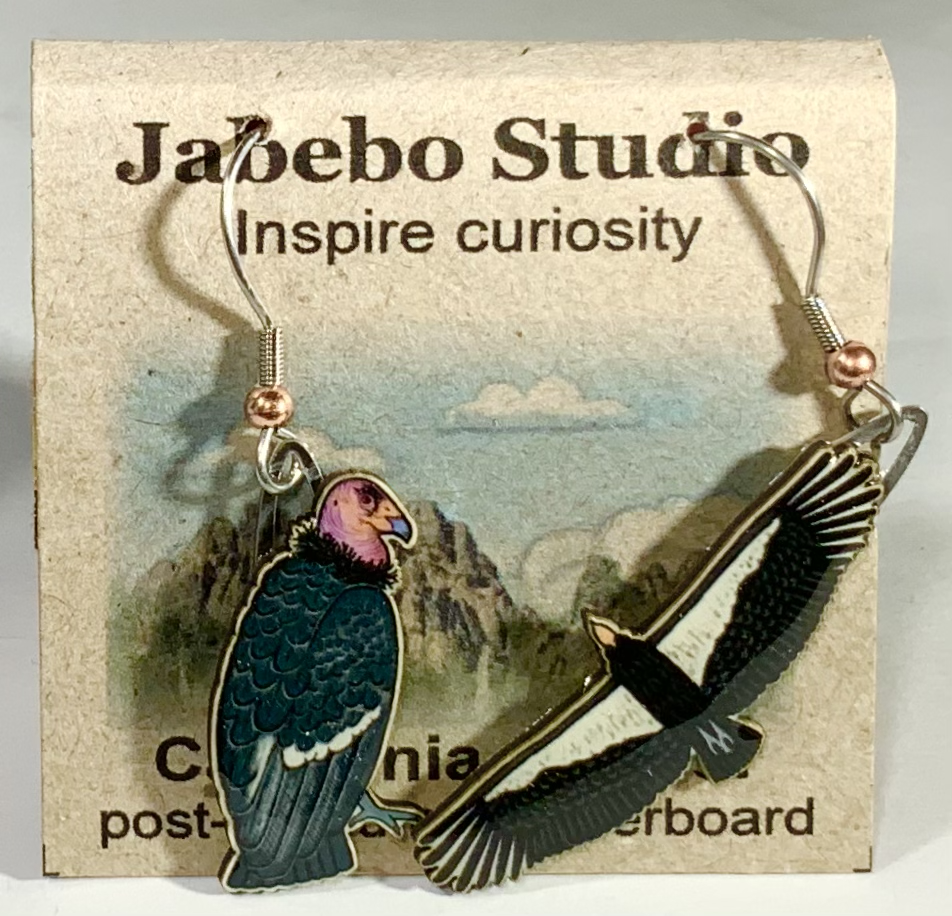
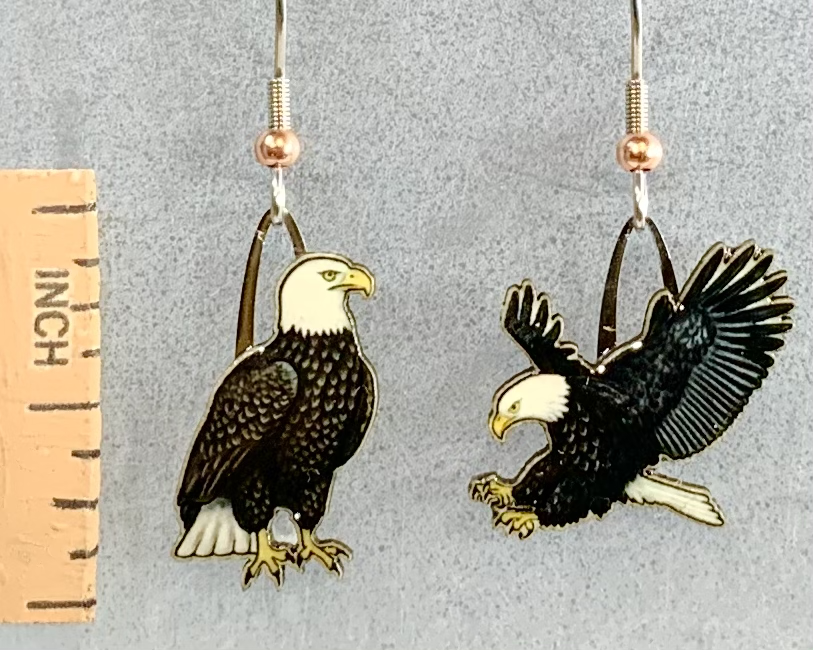
It is easy to imagine the noble Bald Eagle hunting for prey. But often they scavenge and steal meals from smaller raptors. Frequently, it is an osprey that succumbs to these bullies of the sky.
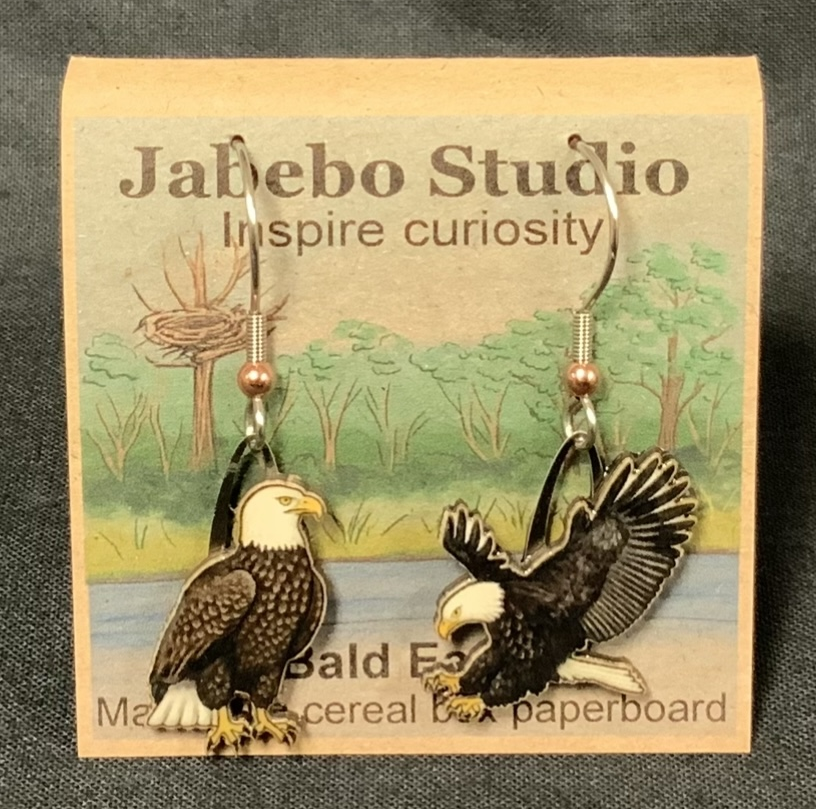
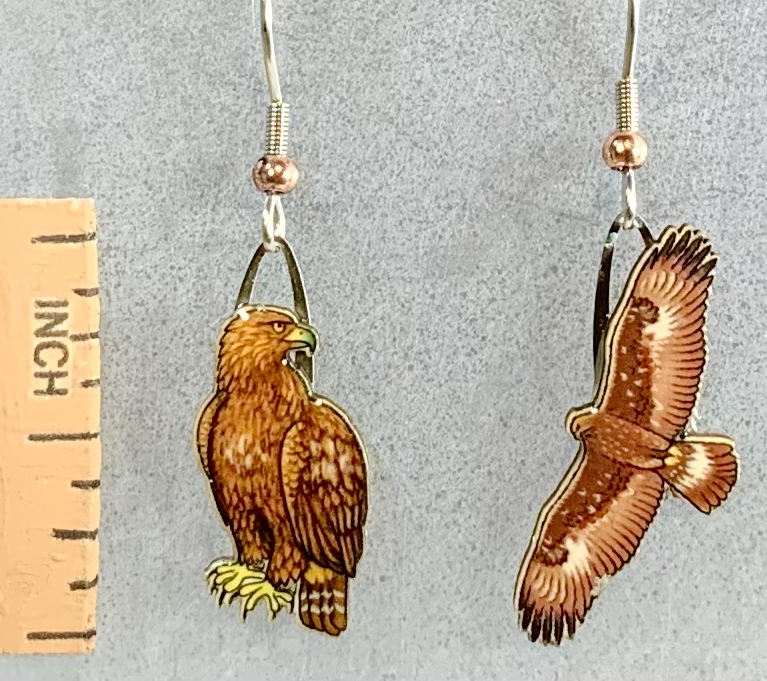
Mostly a bird of the west and far north but migration and winter ranges bring them into the eastern US. They thrive on open grassland and are less associated with lakes and rivers than is the Bald Eagle. This design is an update of our original Fall 2009 design.
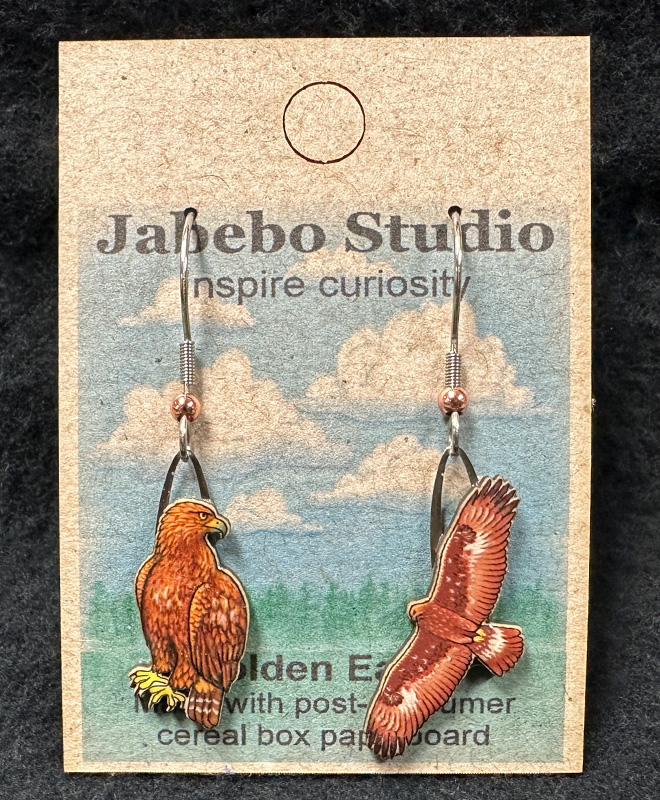
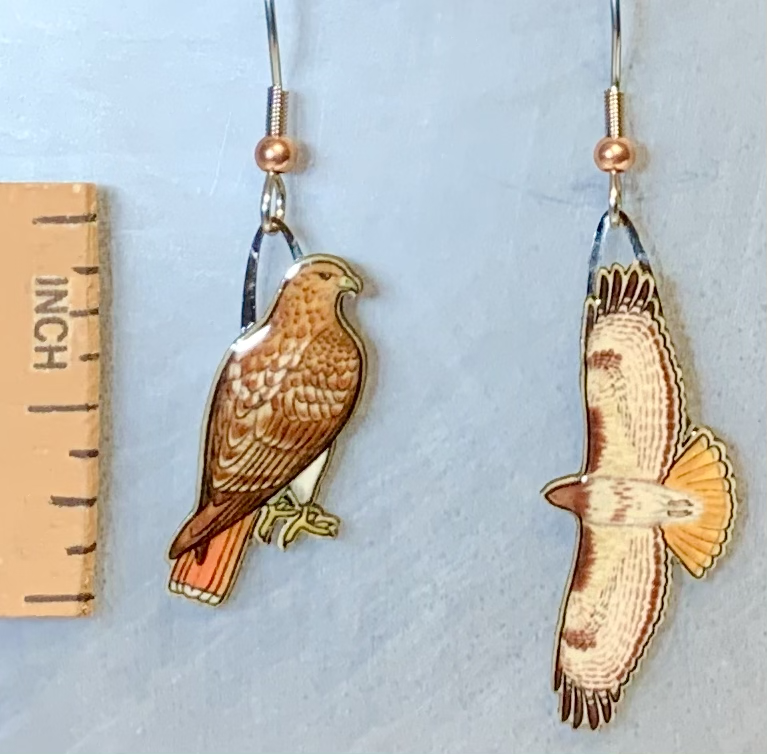
These hawks live everywhere on the continent, in almost all kinds of open habitat where they can find their prey. Suitable habit is widespread from prairie, meadows and open woodland to city parks and spaciously treed boulevards. They nest far up into Canada and most birds in the US stay around their home territory throughout the winter.
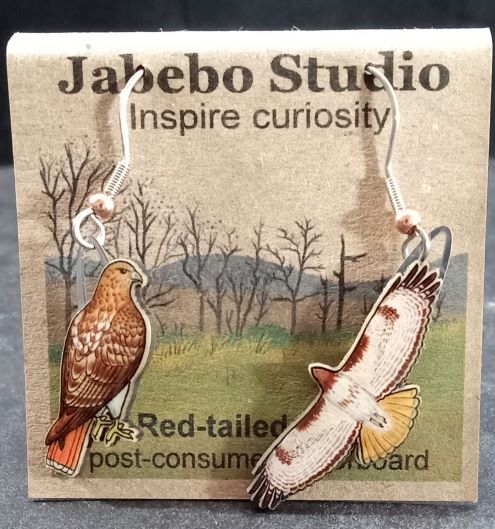
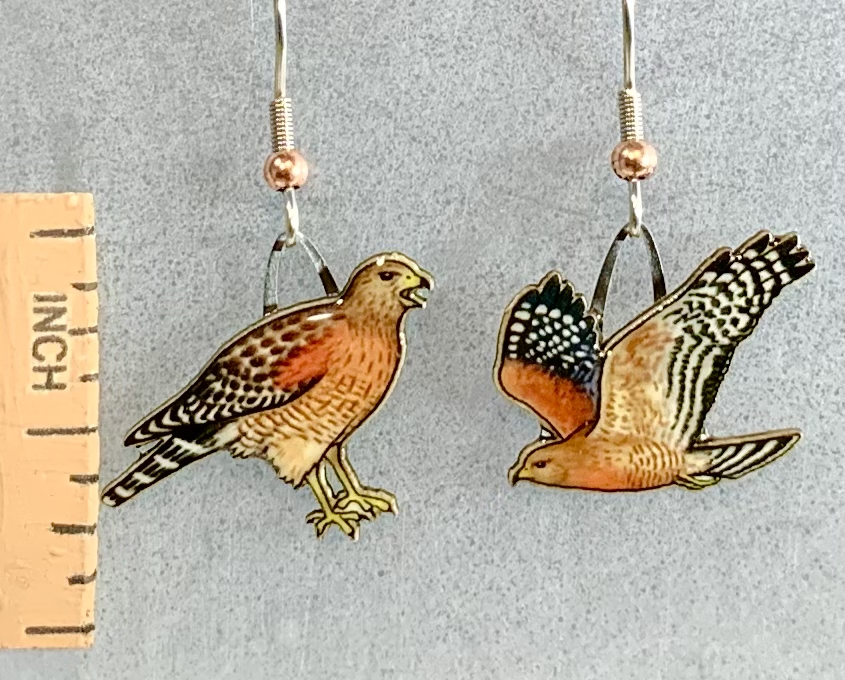
Typically this medium size raptor hunts in eastern forests but also is found in California in similar habitat. Design by Kevin.
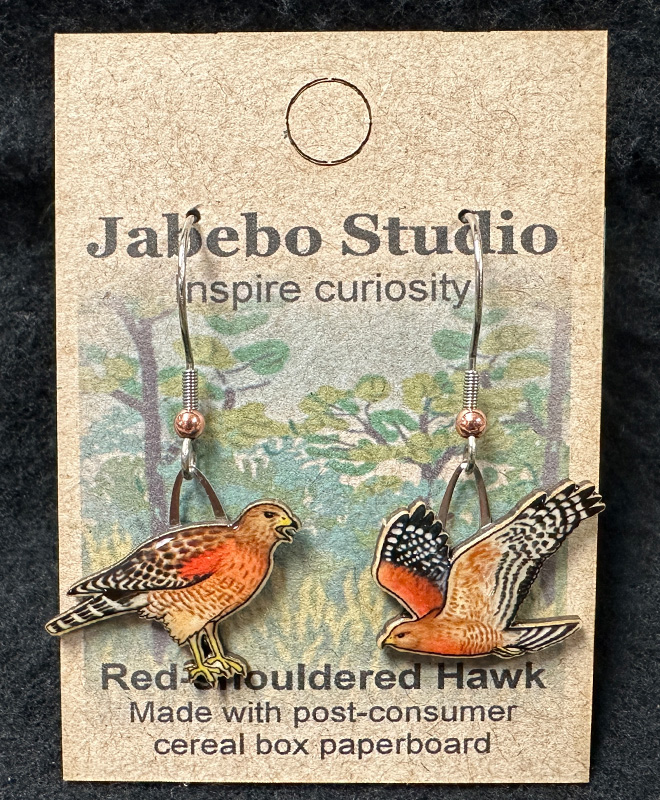
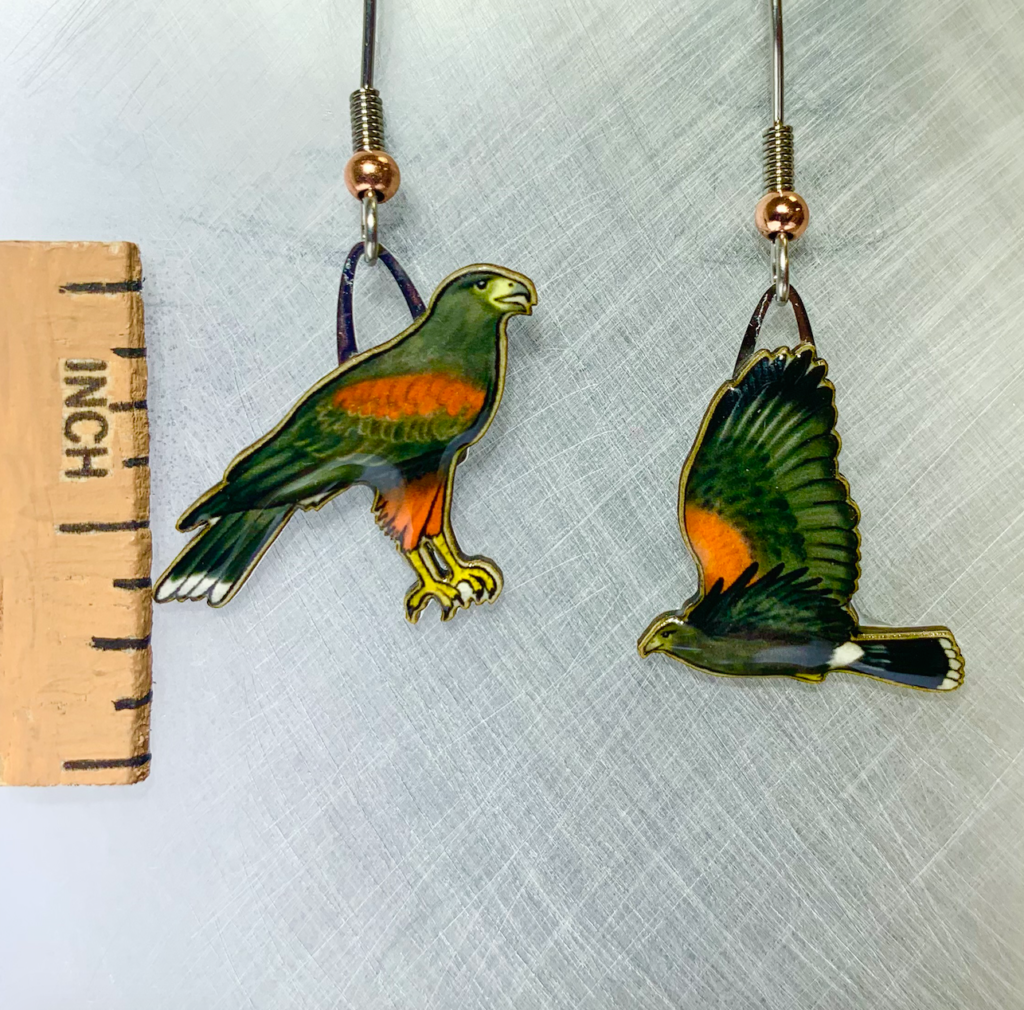
This endemic hawk of southwestern deserts and scrub habitat is also popular among falconers and handlers who work intimately with these birds. They are social by nature and seem willing to work with human counterparts.

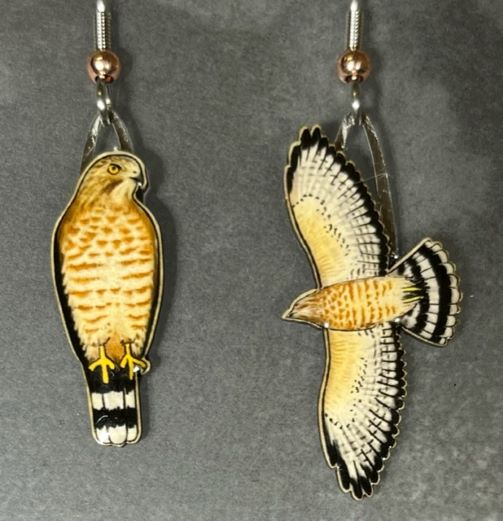
As medium size hawk that lives among the trees of eastern forests it may be difficult to catch a sighting of one on its perch. However, they can be spotted when soaring in the open space above their preferred habitat. Design by Kevin
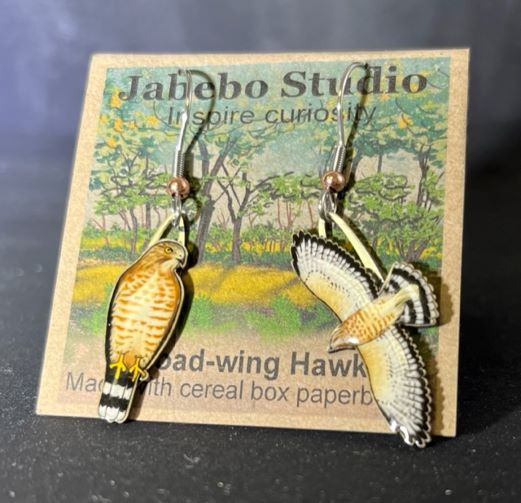
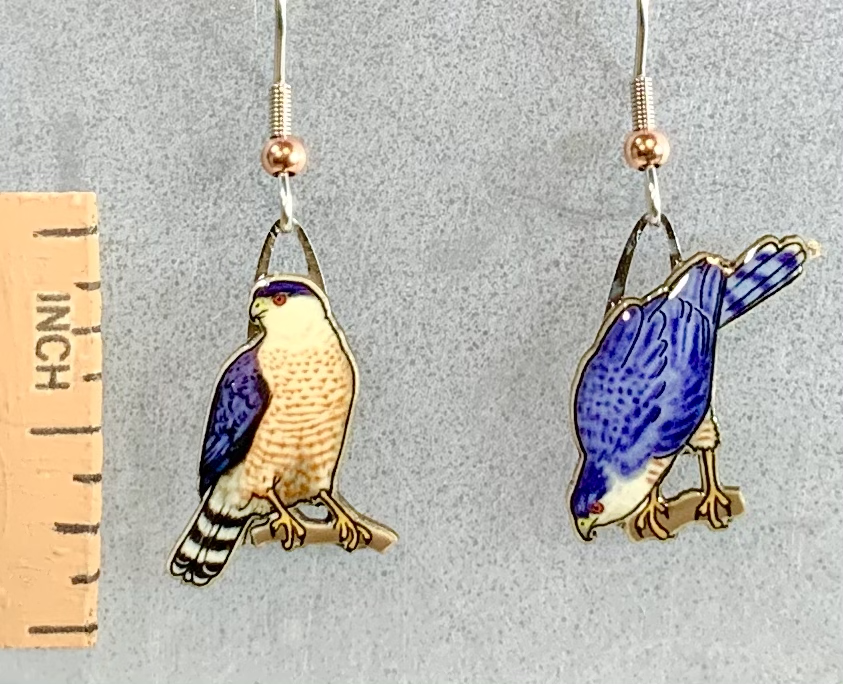
This hawk summers throughout the temperate climate zones were it finds forests, both wild and suburbs/small towns with lots of trees. With a great deal of overlap in their summer vs winter ranges they may be seen in much of North America year round. Comfortable in human habitat the species is a member of the backyard wildlife community.
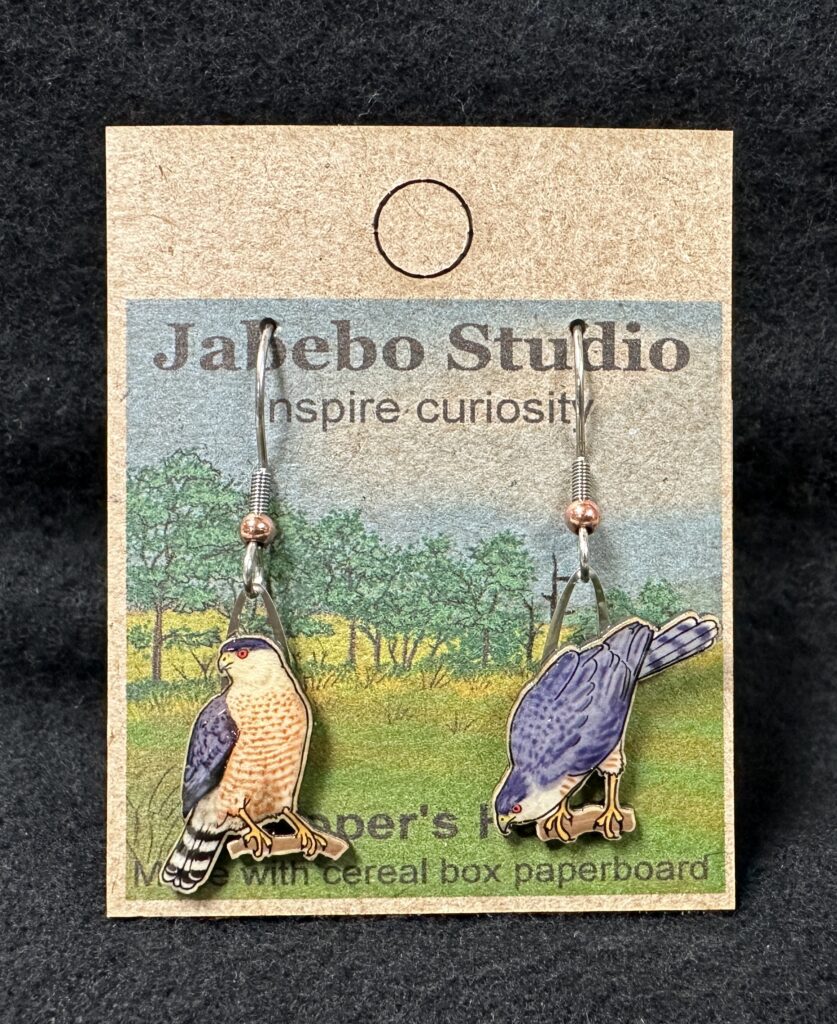
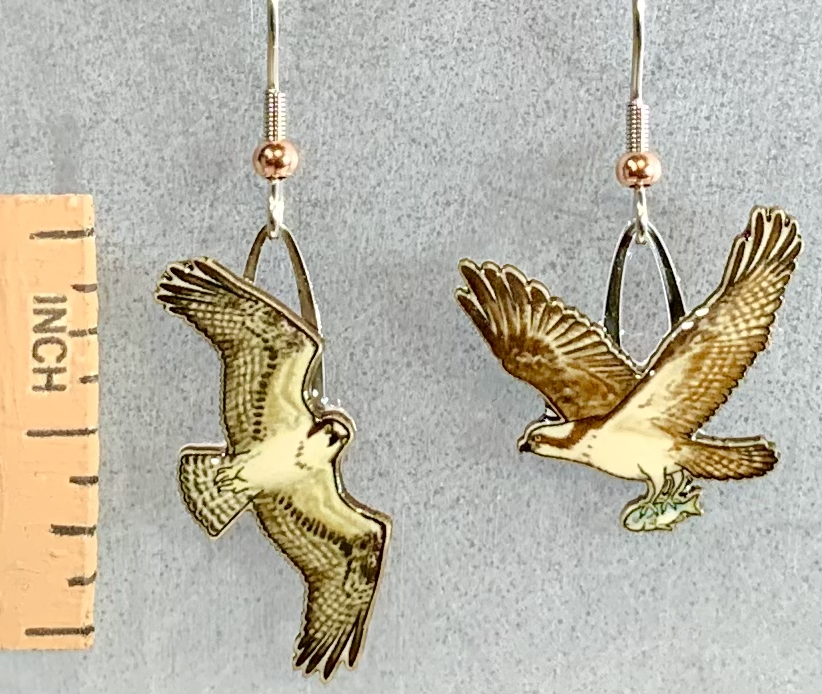
These raptors specialize on catching fish, and are amazingly good at it. They are common along both the coasts and interior bodies of water, where the birds and their nests are easily spotted.
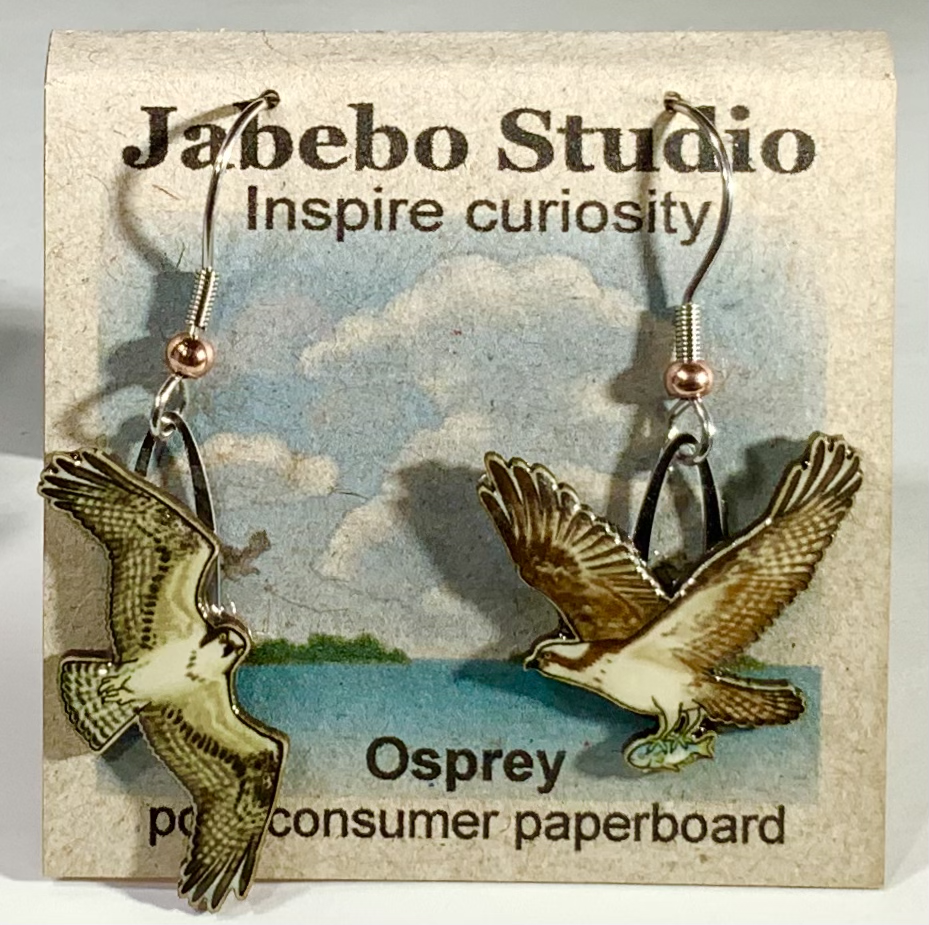
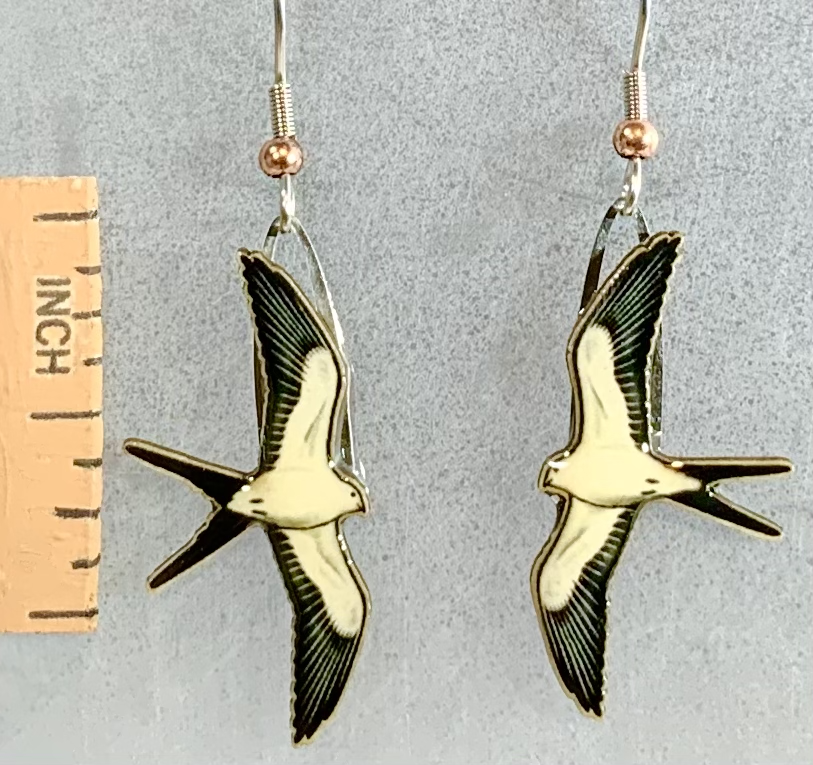
The South East coastal region, and the Florida Peninsula especially, is the only North American location where these raptors are common. They like tree lined waterways and fields for hunting large insects on the wing.
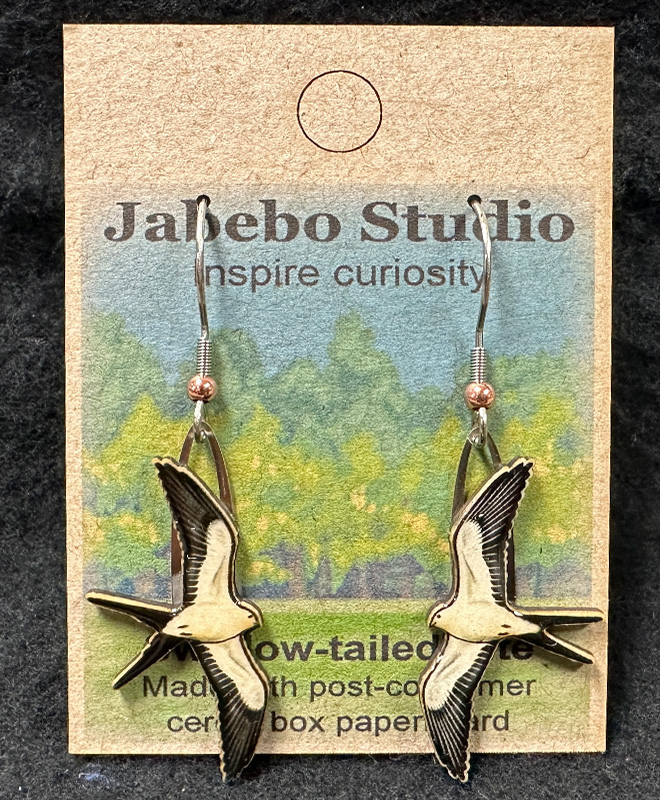
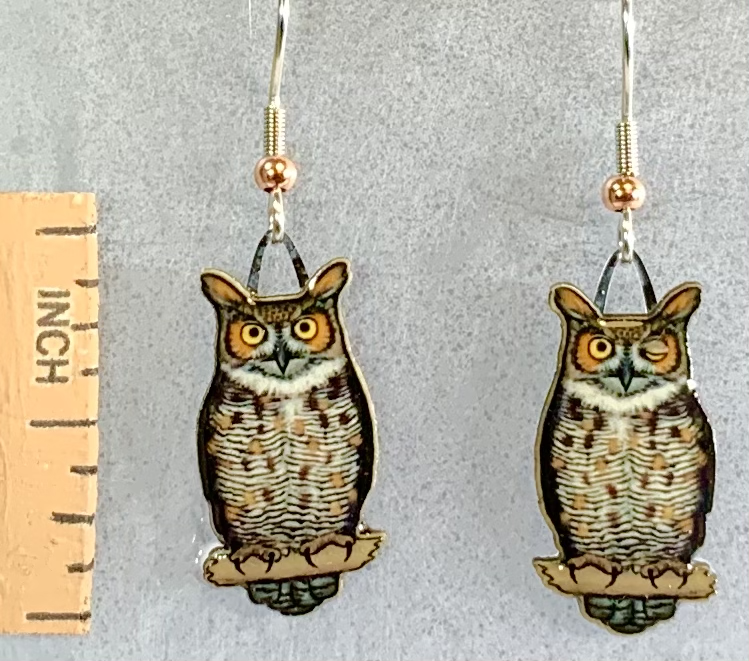
A favorite amongst the large owls for a good reason: they live in a variety of habitats throughout North America.
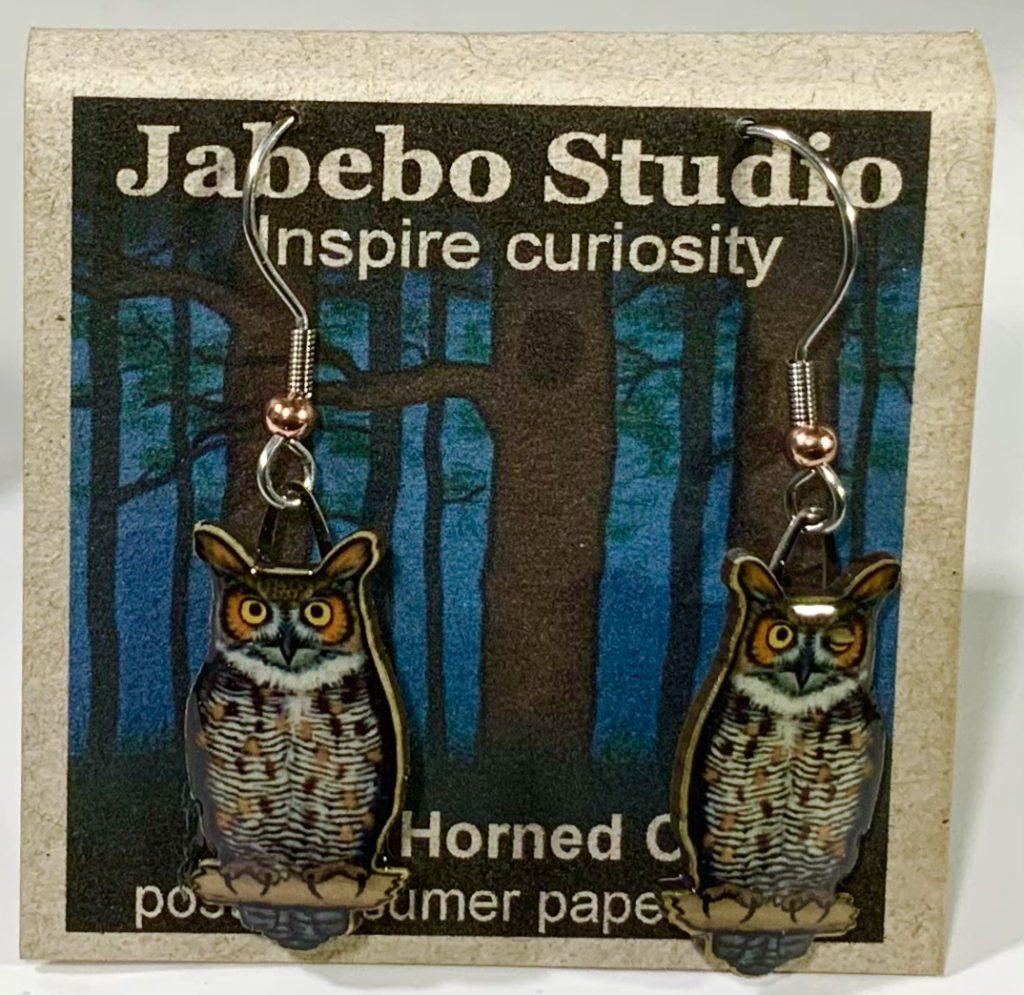
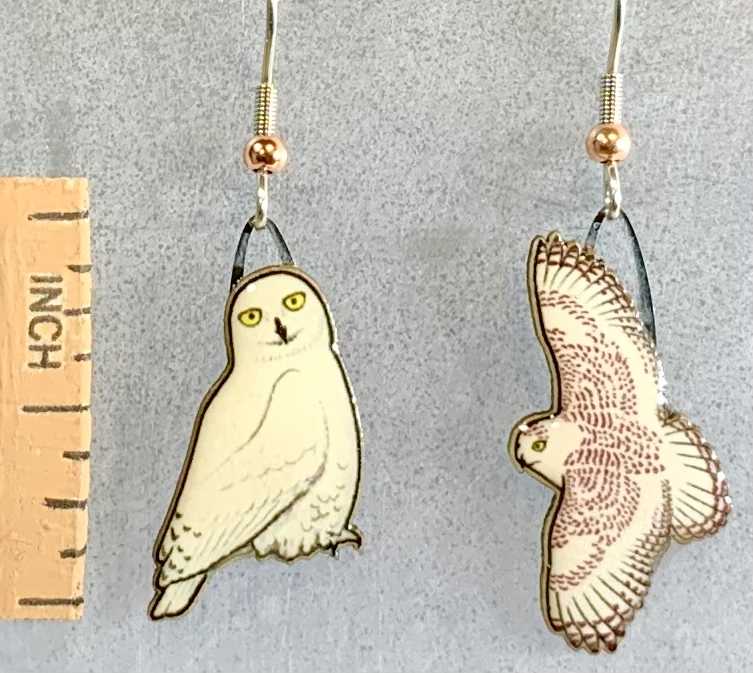
An Arctic breeder. In winter many individuals move further south to the border states and even further in eruption years.
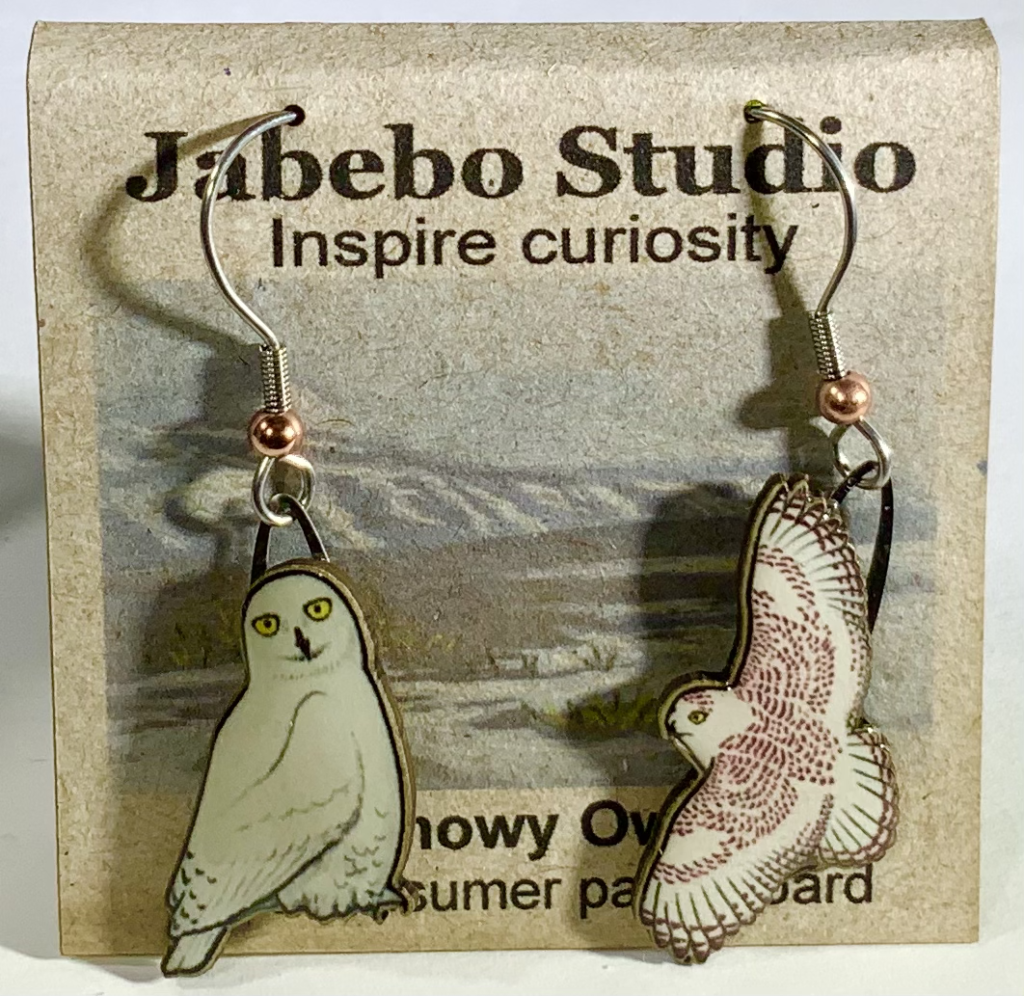
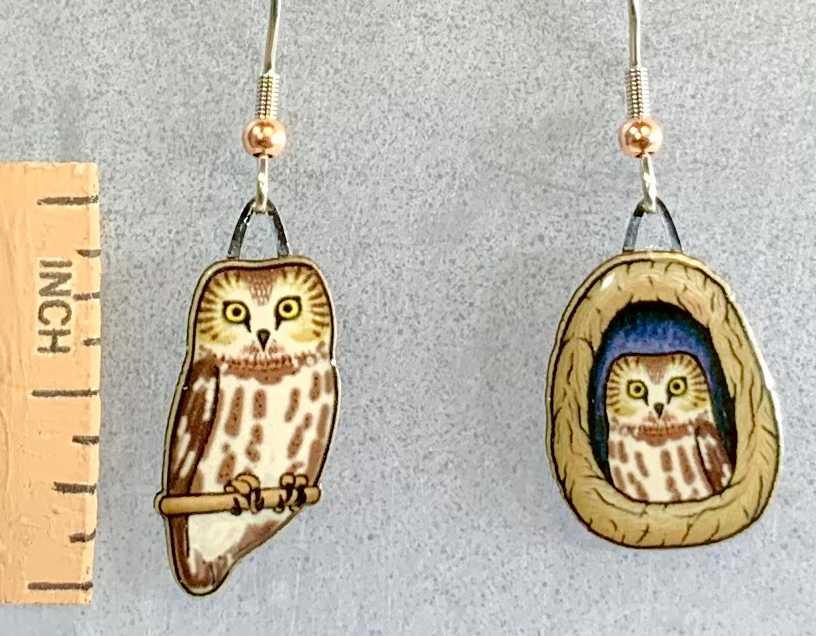
Nest in woodlands of Northern States and Canada. Their breeding range does extended south along mountain ranges.
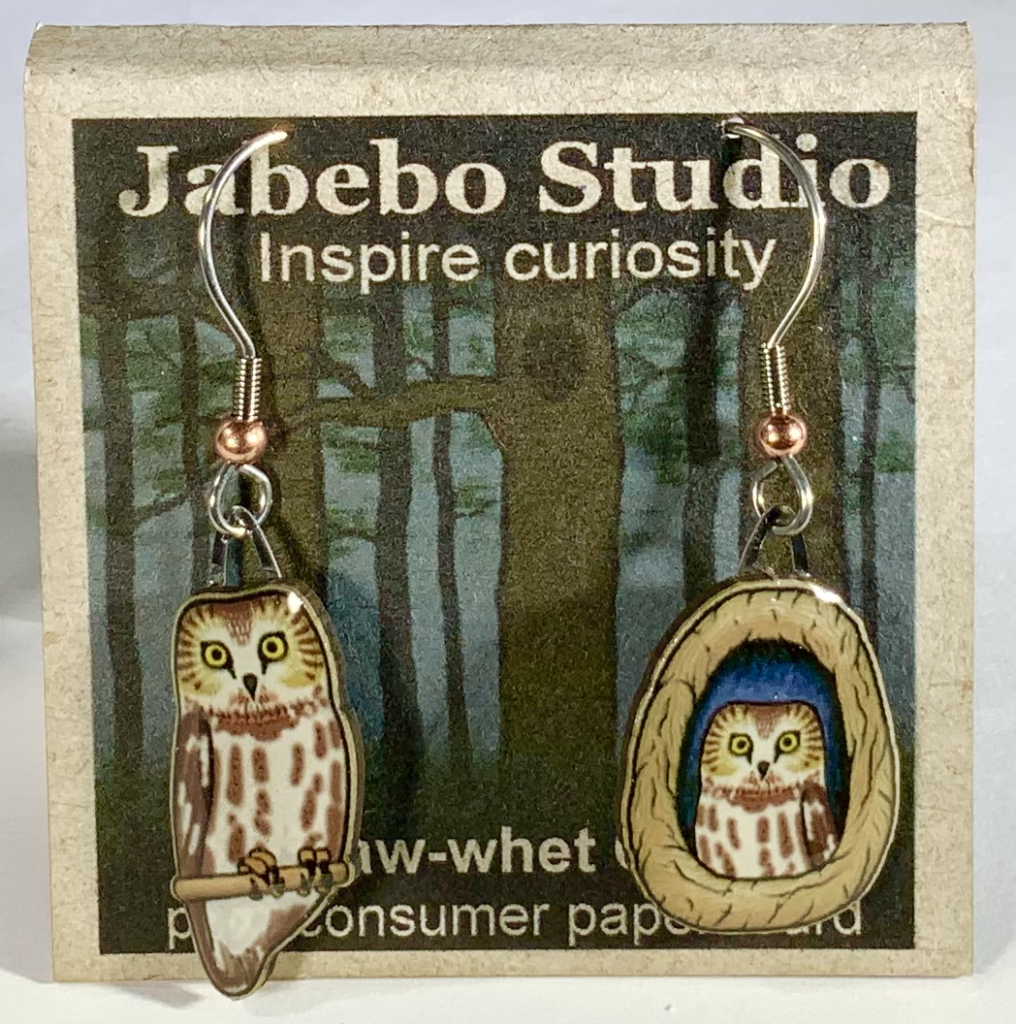
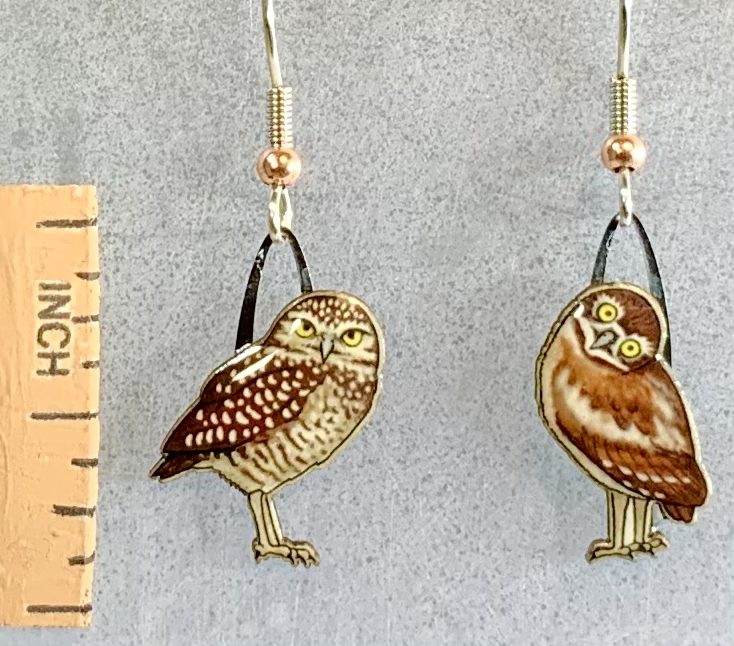
A peculiar species of owl native to Southwestern grassland and desert region. They roost in underground burrows and spend much of their life on the ground hunting with their long legs, although they are capable of flight.
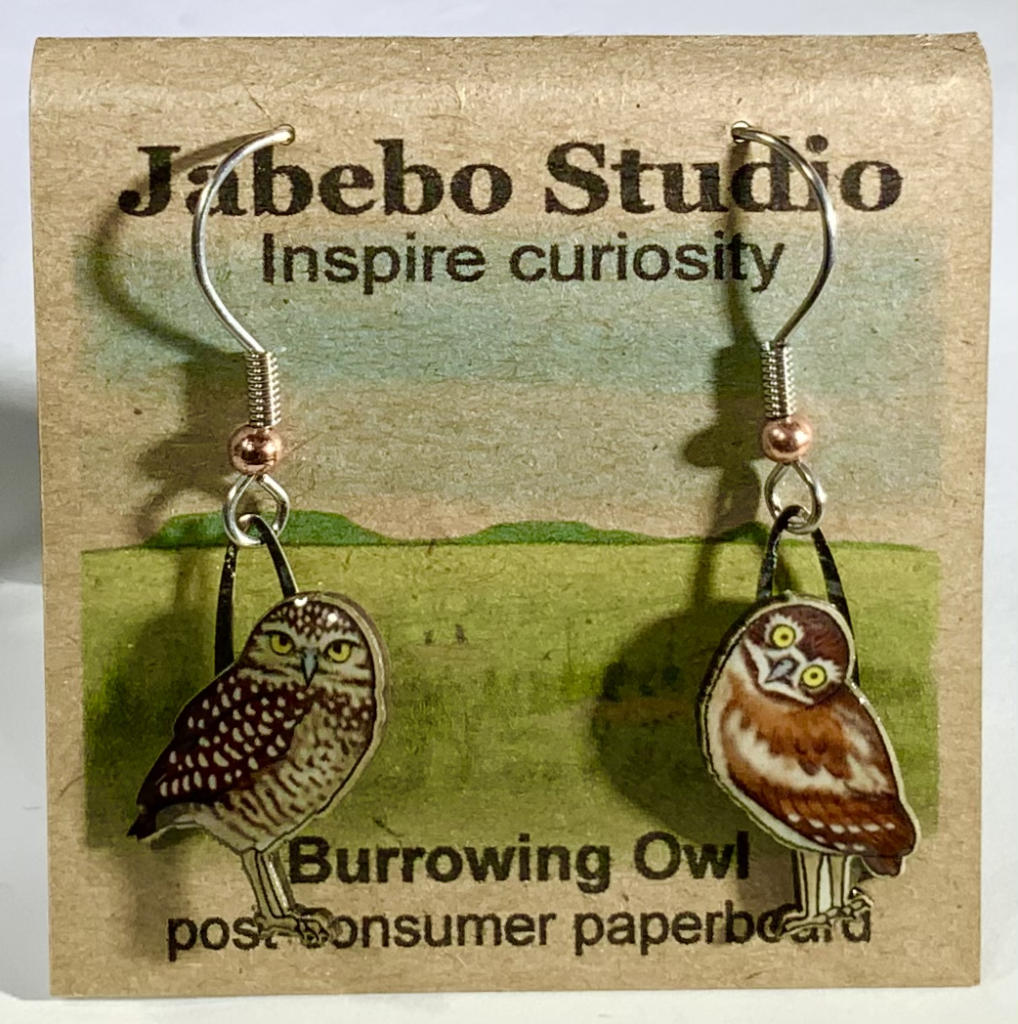
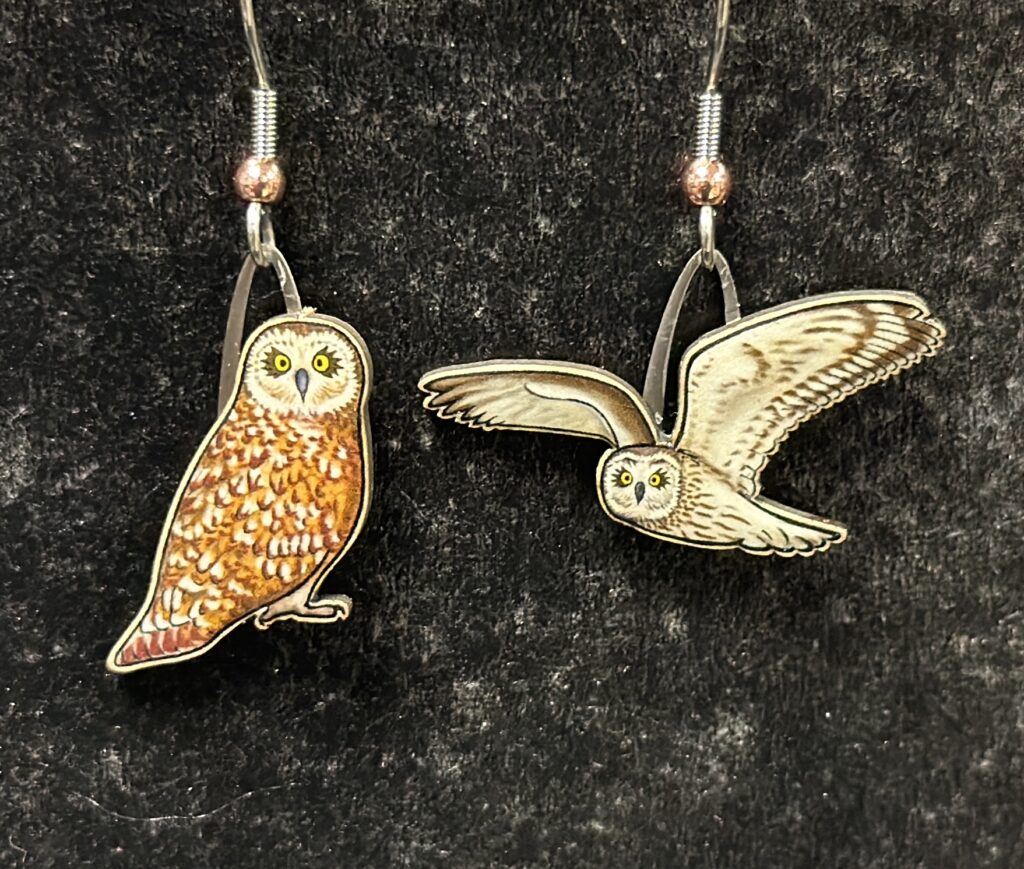
These unique owls are most likely to be spotted flying over open grassy/shrubby habitat during dawn and dusk hours. They are the owl species most likely to be active during daylight hours. Though their breeding habitat is in the northern tier, they can be seen in any region of the continent at other times of year.

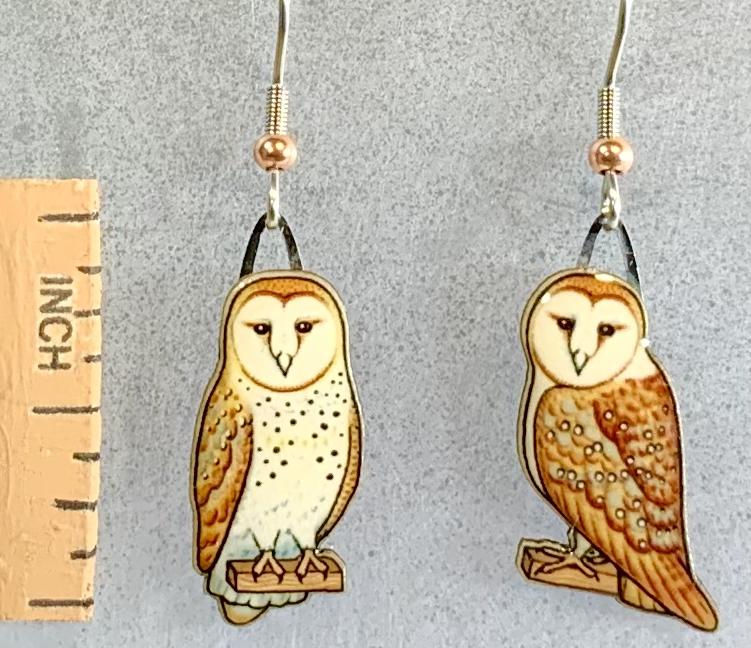
These owls are widespread throughout the United State except the very north and Canada. They also do not utilize mountain ranges. They will choose to hunt in a variety of types of open spaces.
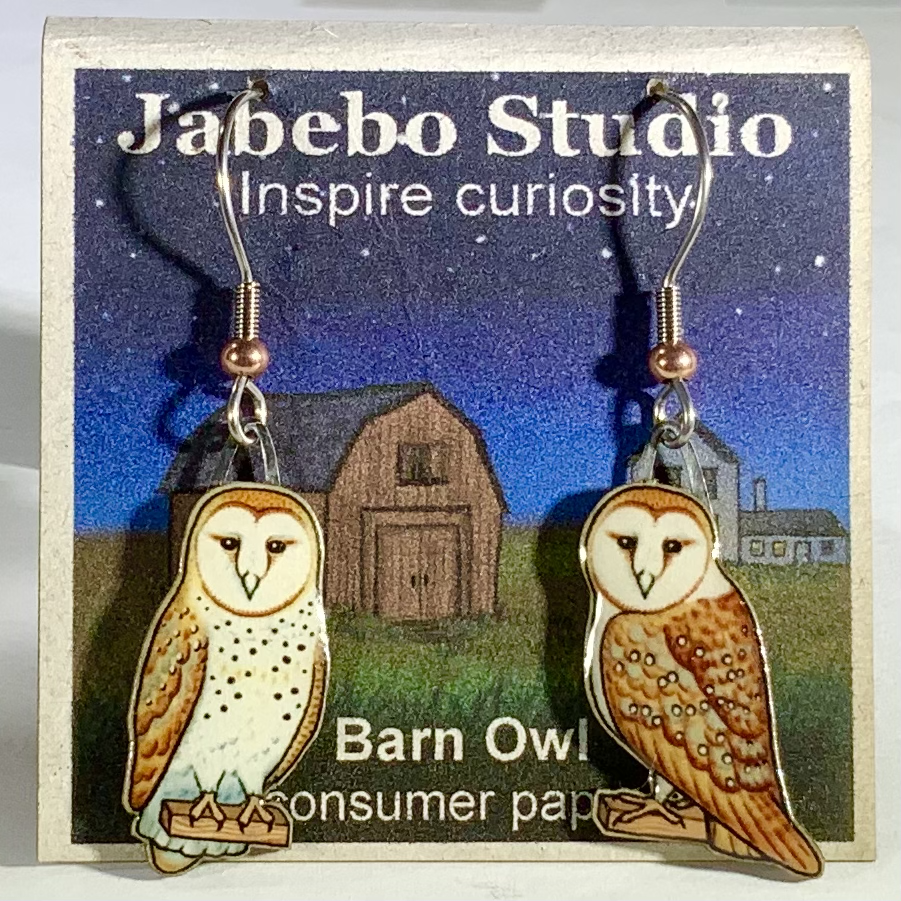
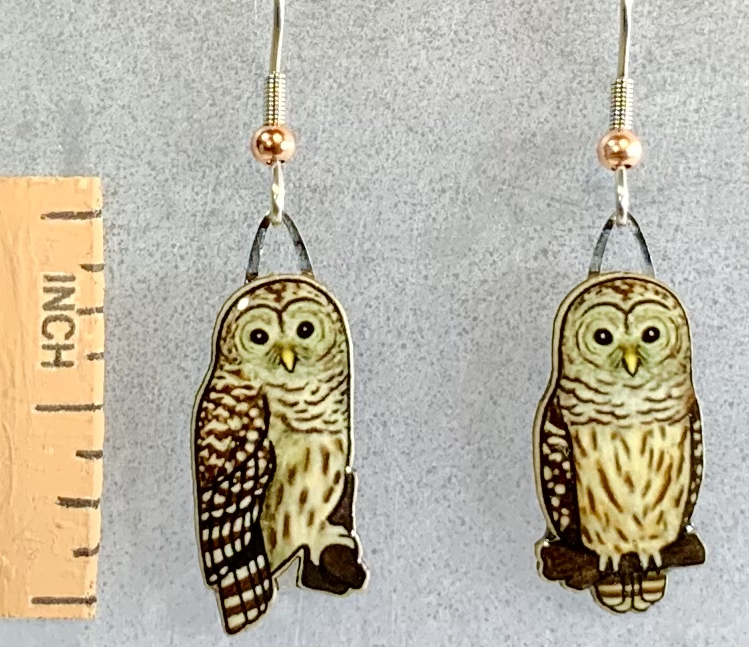
Live in mature forest primarily in the east and especially southeast swamps and wet forests.

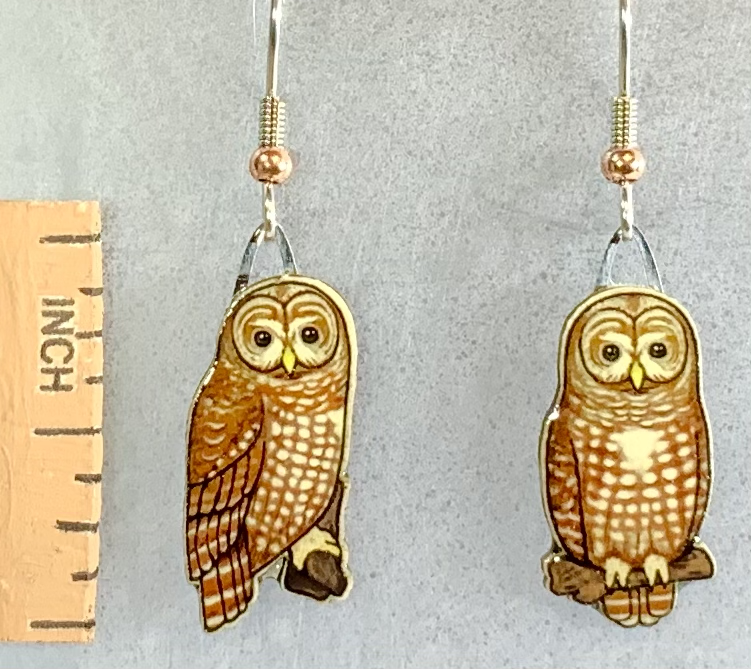
A similar species to the Barred Owl in appearance, they are much more specialized in their required habitat. Spotted owls distribution is limited to dense undisturbed old-growth forests of the west. They are threatened due to habitat destruction and from competition with Barred Owls who are expanding their own distribution in some parts of the west.
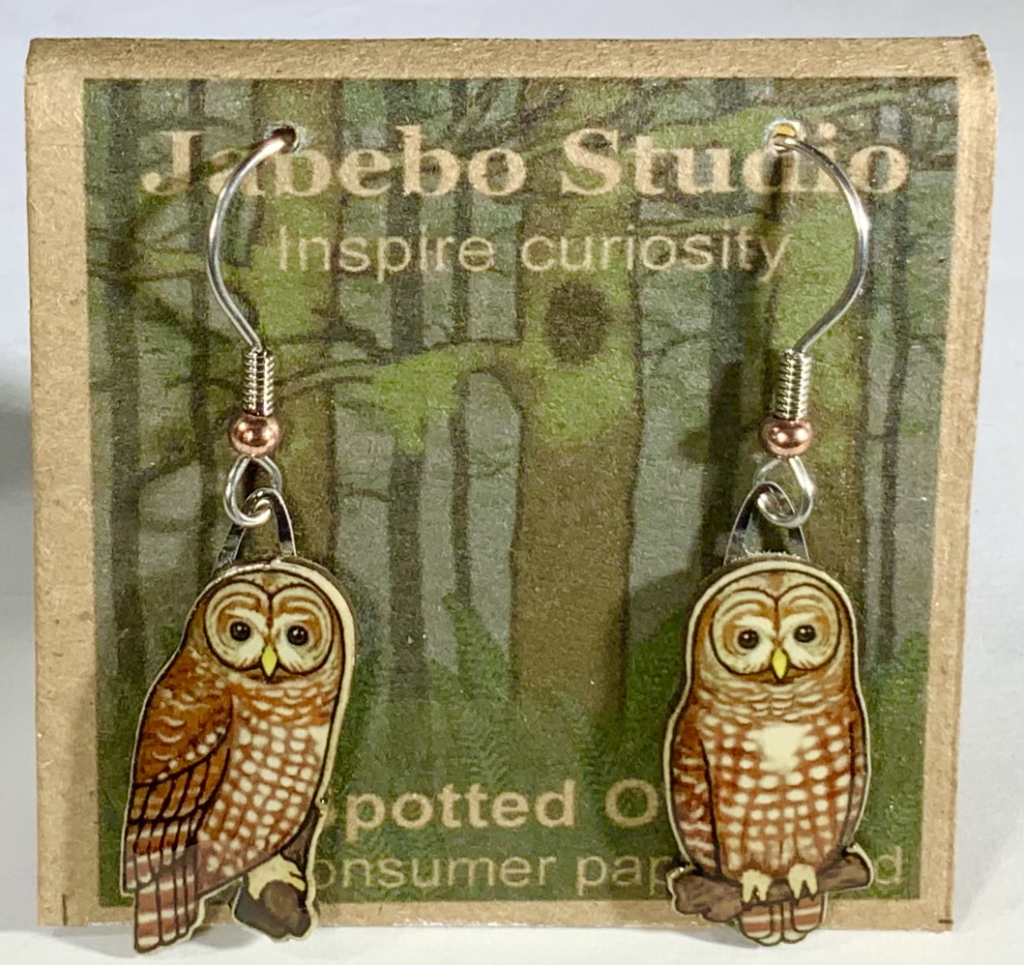
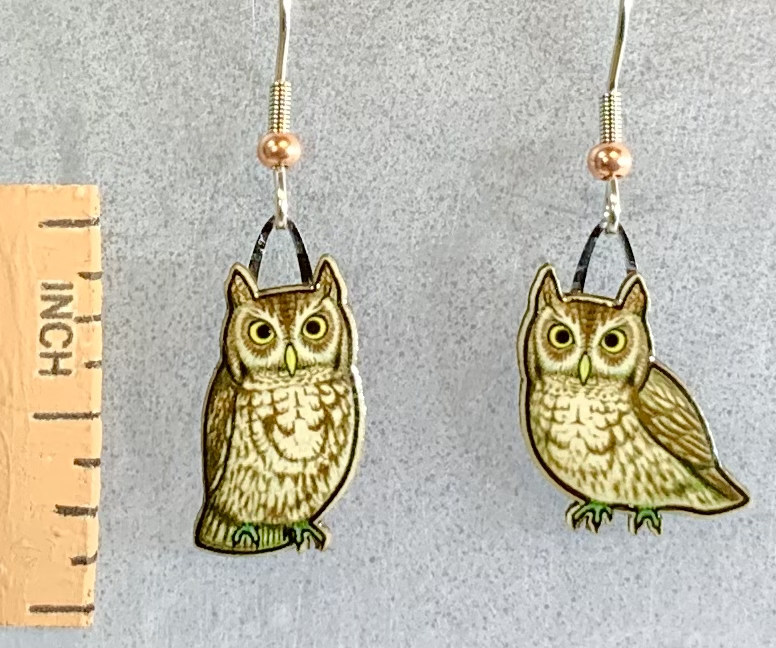
Western and Eastern Gray Screech Owl are two species very similar in appearance. We use the same design for both though in the real world their ranges are divided by the open country of the great plains and the Rocky Mountains. Both live in a variety of woodland habitat including towns and urban areas with plenty of trees. Together these small gray owls live in all states of the lower US but less frequent in alpine and great plains. The western species extends north through British Columbia.
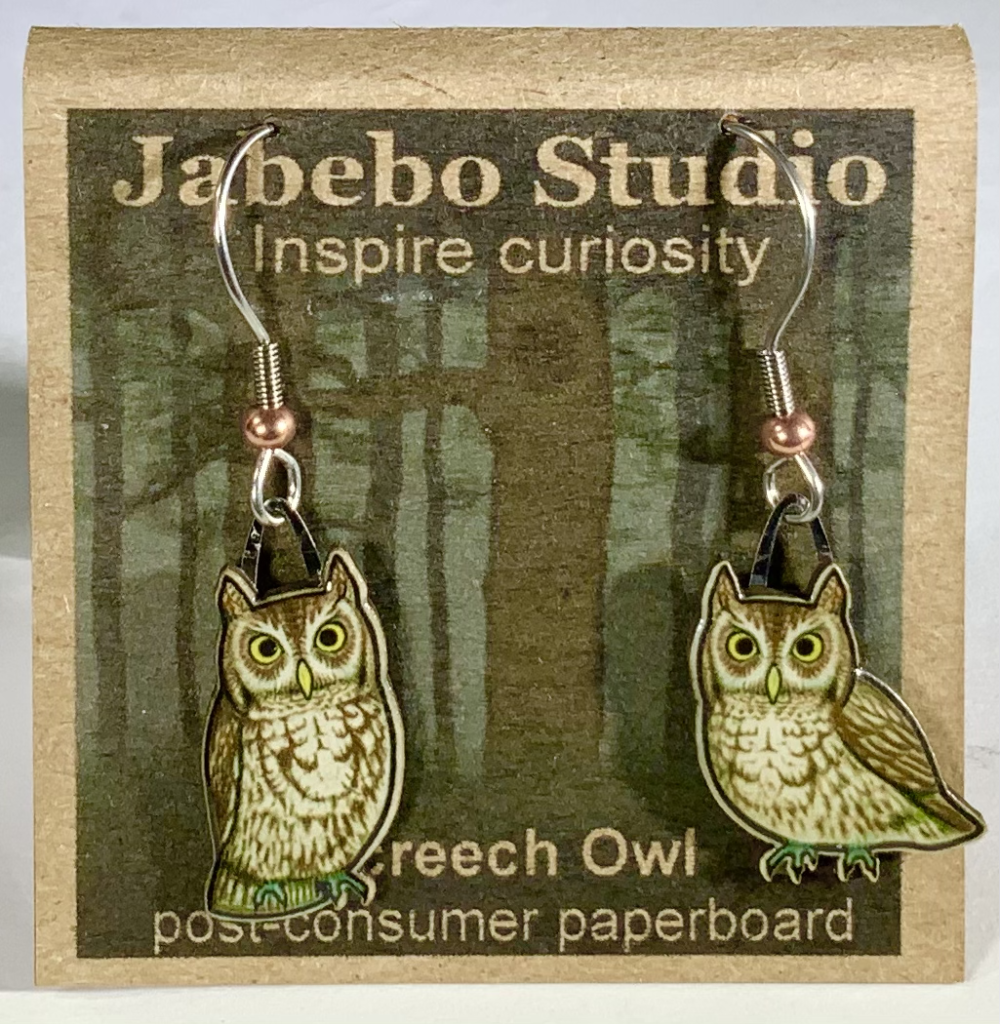
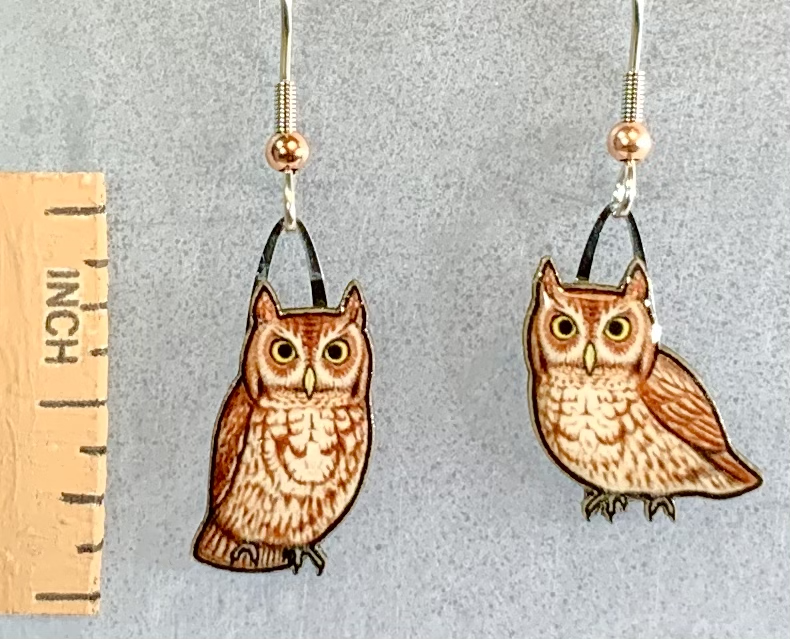
The Eastern Screech Owl has two color phases. The red phase is more common in the eastern parts of its range.
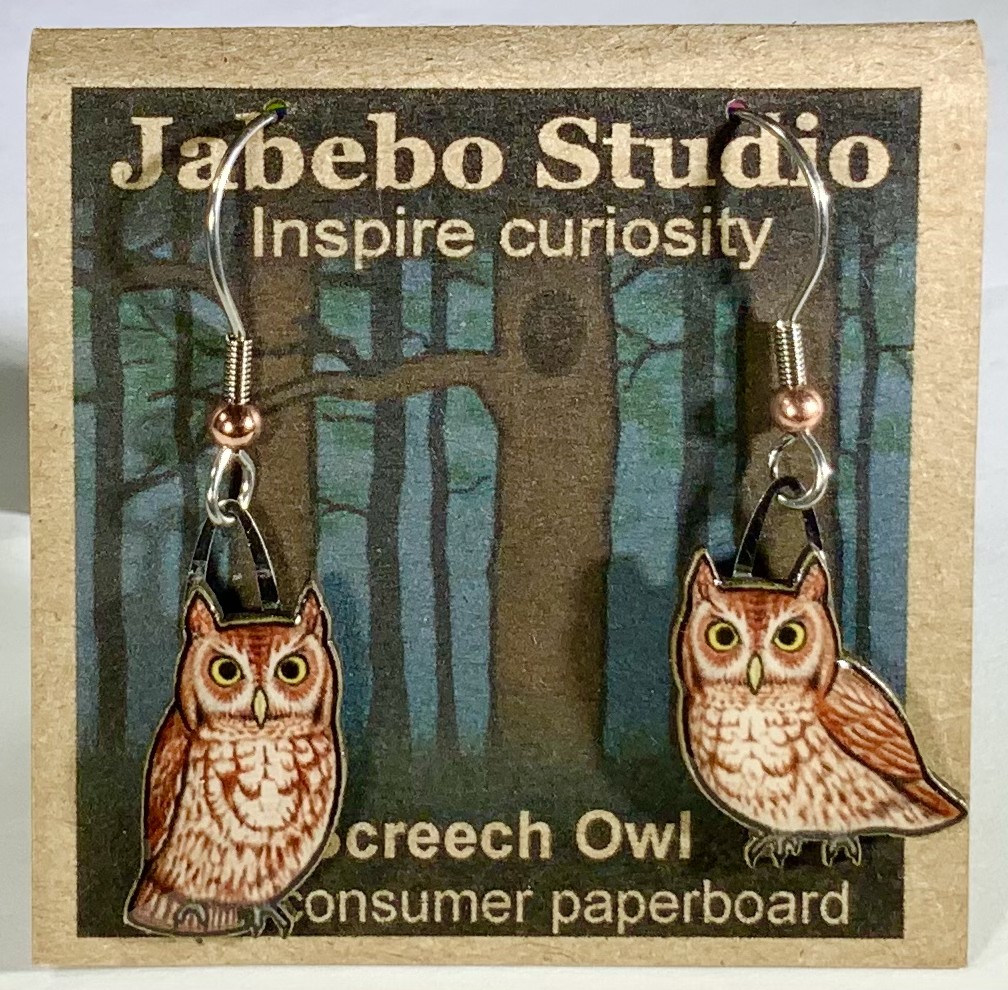

An Antarctic species.

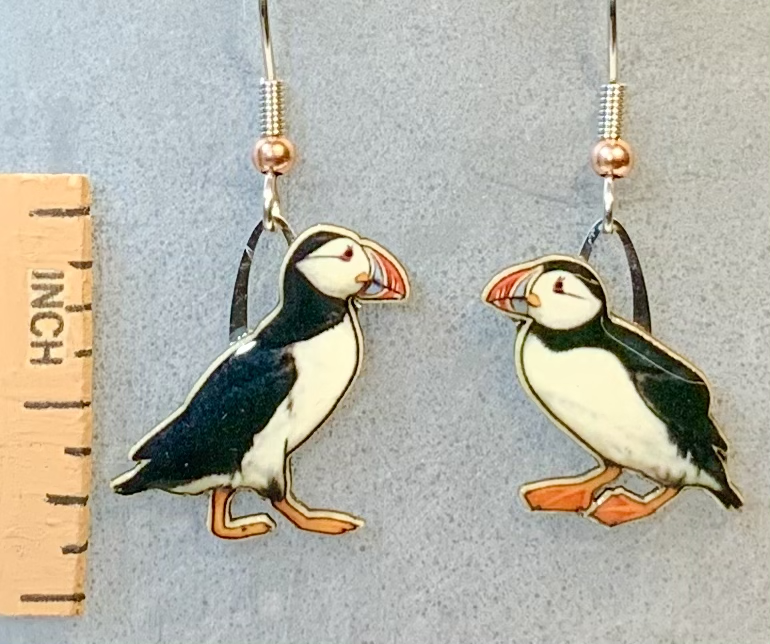
These cute little sea birds nest on some of the near shore islands of Maine and Maritime Canada.

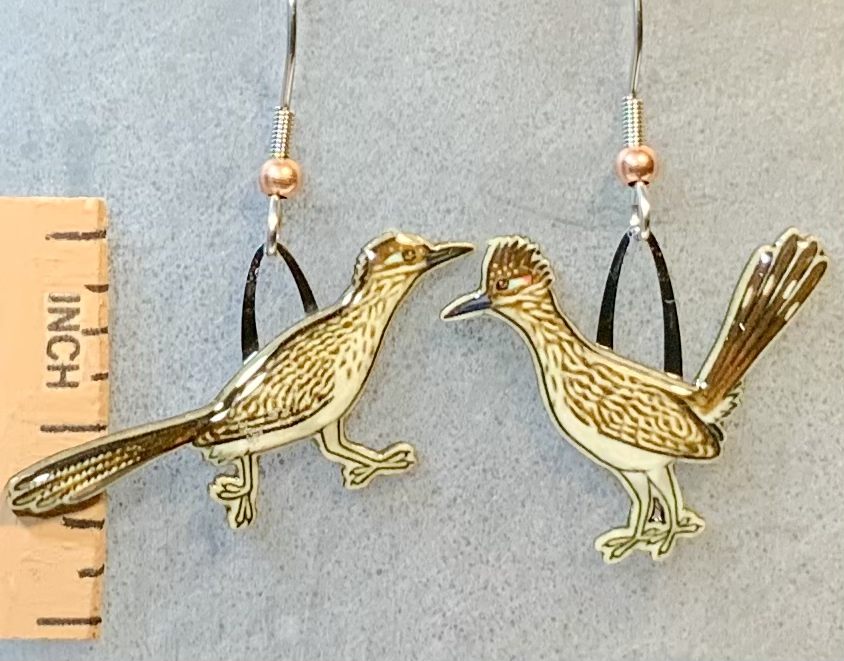
An iconic denizen of the Southwest, particularly Arizona and New Mexico. Their range extends east to the Texas Gulf Coast. They like open dry country.
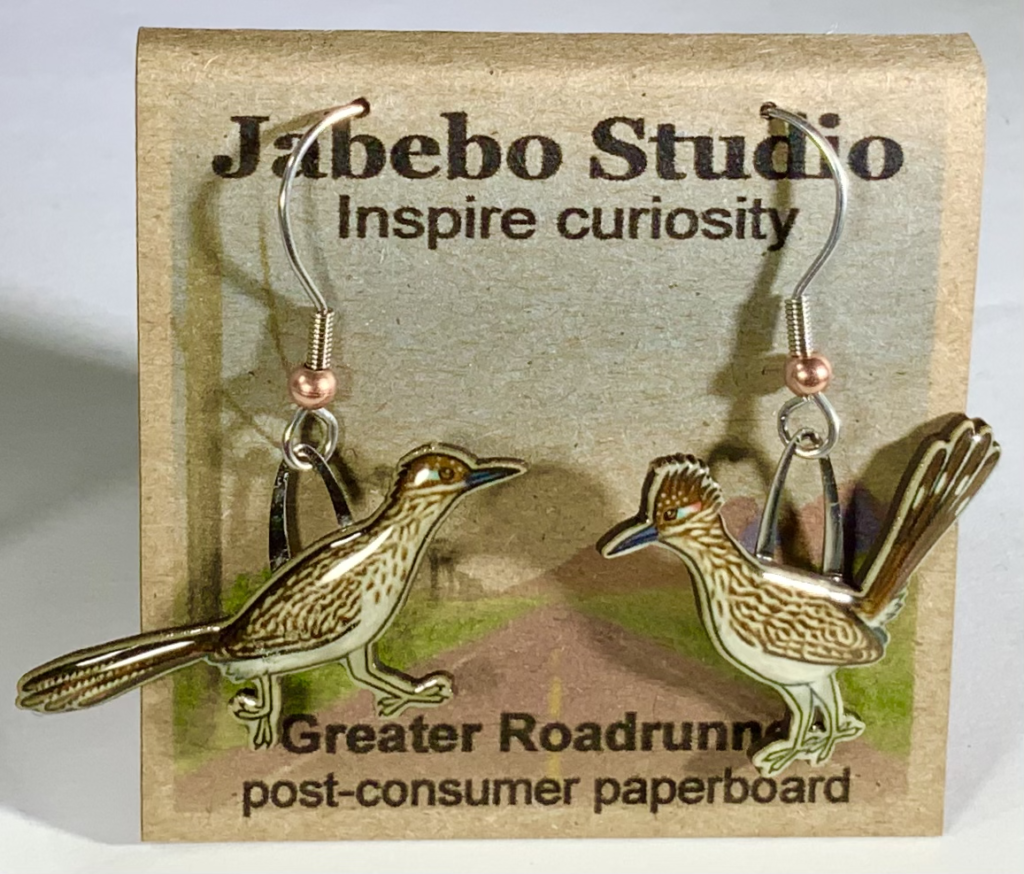
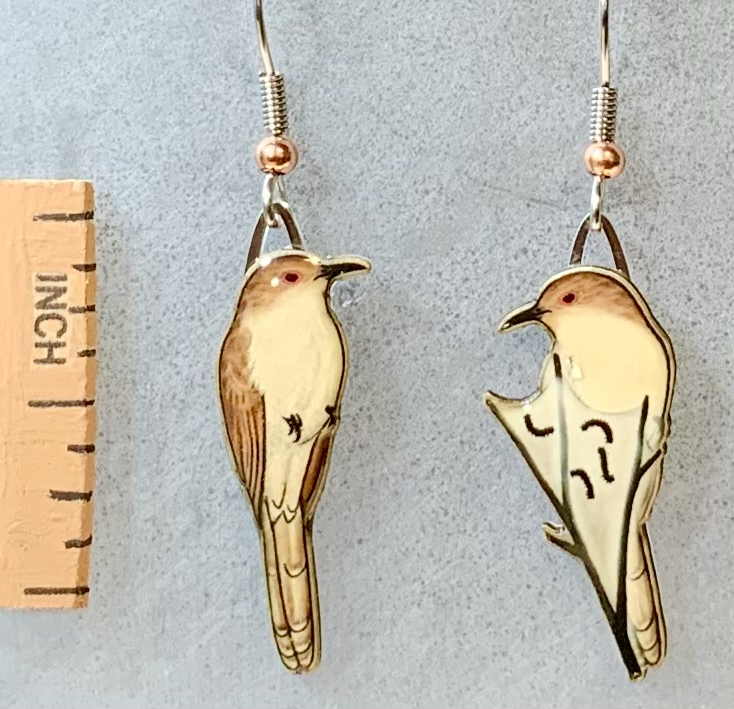
For a large bird cuckoos are surprising hard to find because they tend to sit still or forage with slow movements in the thick vegetation, in bushes or higher up in forest canopies. Black-billed and Yellow-billed cuckoos have much in common including similar ranges and appetites for spiny caterpillars, including the ones responsible for making tents. The Black-billed spices is more rare with a population that has declined more significantly in recent years..
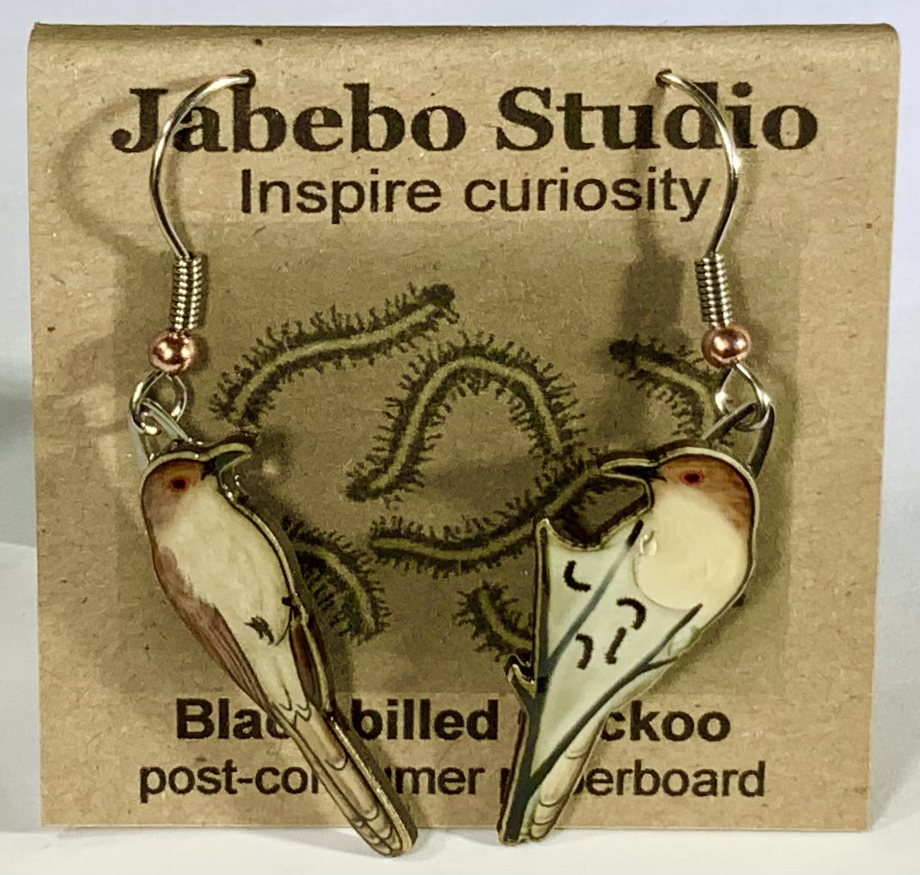
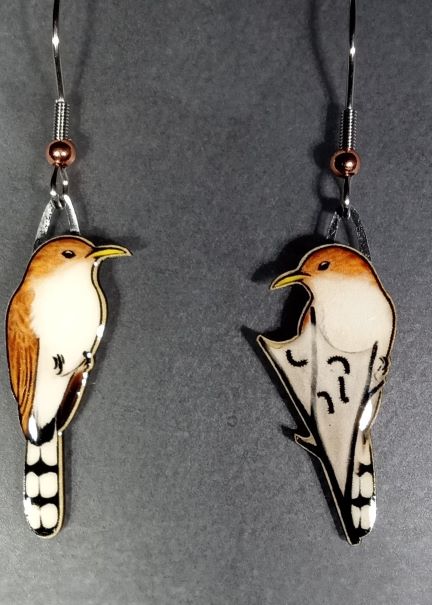
For two distinct species the Yellow-billed and Black-billed Cuckoos have quite a lot in common. They share similar ranges and foraging habitats including feeding on tent caterpillars. Yellow-billed Cuckoos may be more likely to inhabit denser forests. They are more common than the Black-billed, which have declined more significantly. And although a hard bird to catch a glimpse of, the distinct call of the yellow-billed is not uncommon to hear.
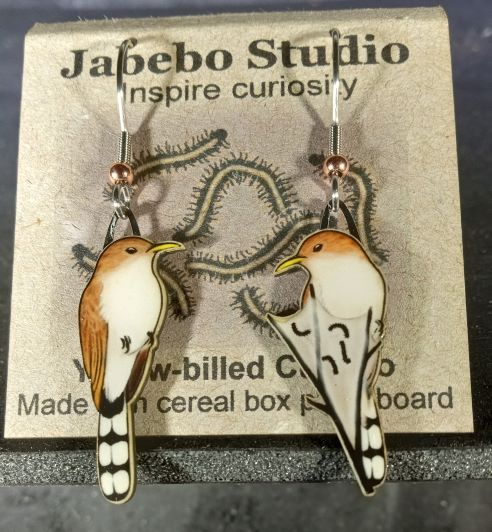
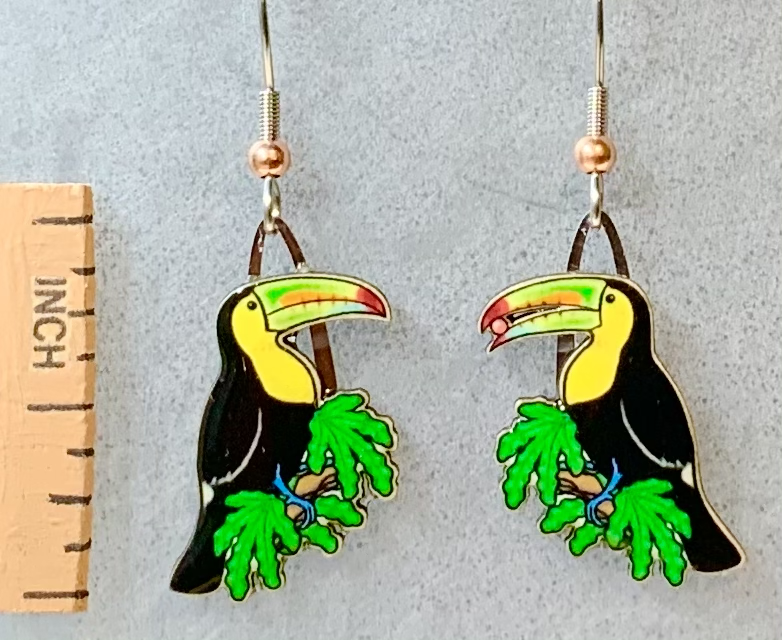
A Central American species.

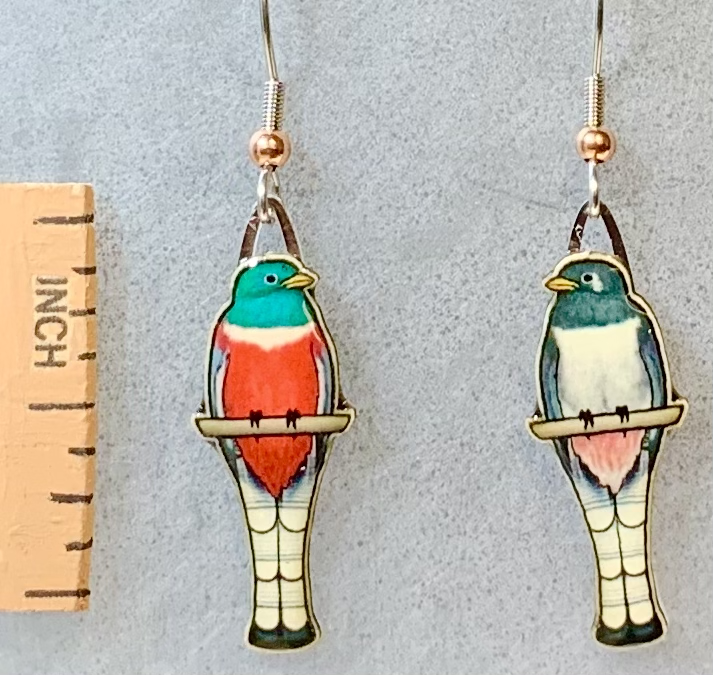
Mainly tropical their range which extends up into Southeast Arizona where they are commonly found in forested canyons associated with mountain ranges.

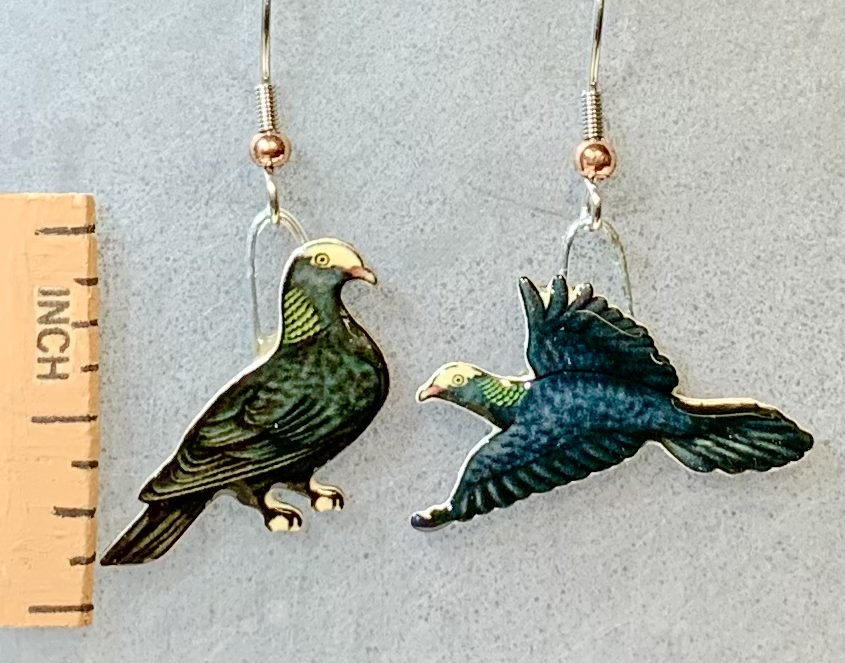
A species of the caribbean, there is a resident and endangered population in the Florida Keys. They depend on a few remaining natural hardwood hammocks but they will feed wherever gardeners plant appropriate natives.
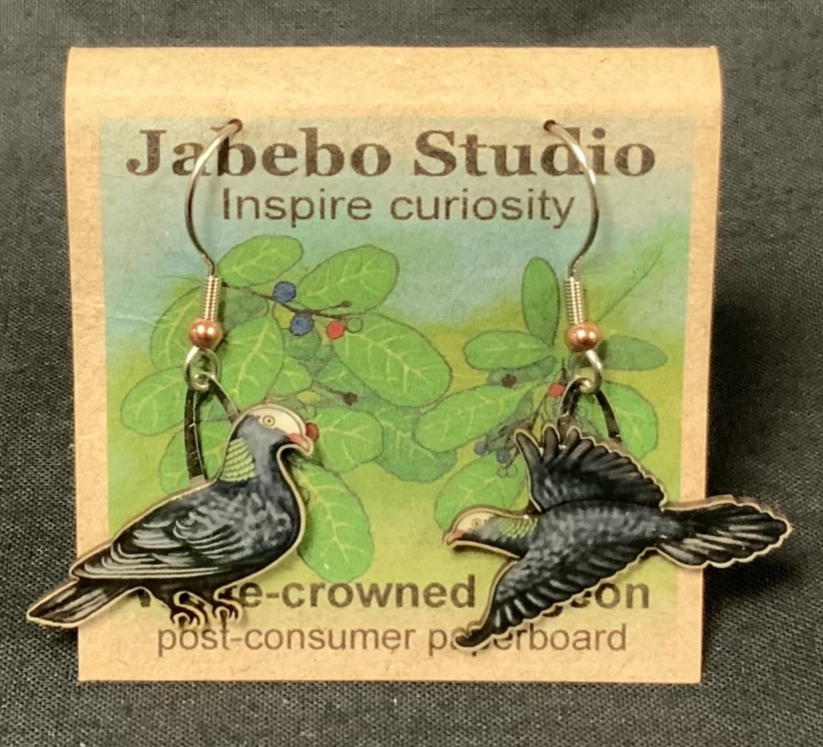
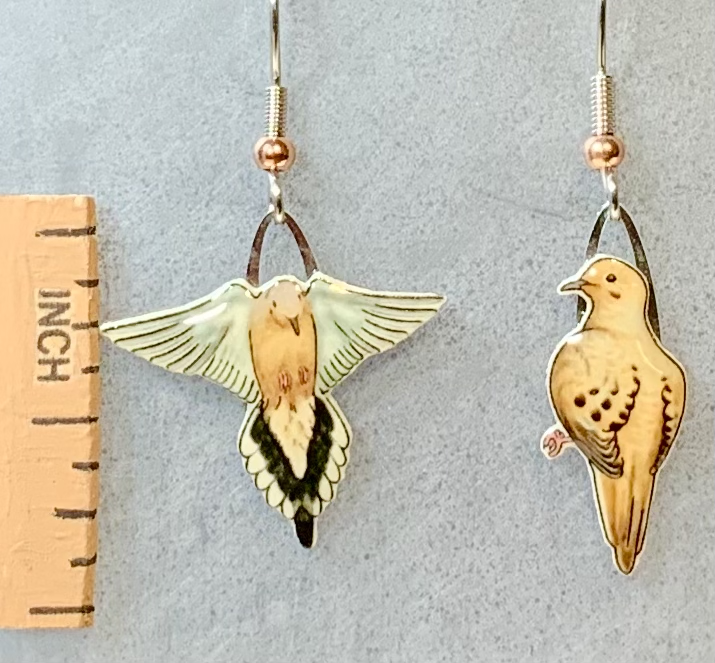
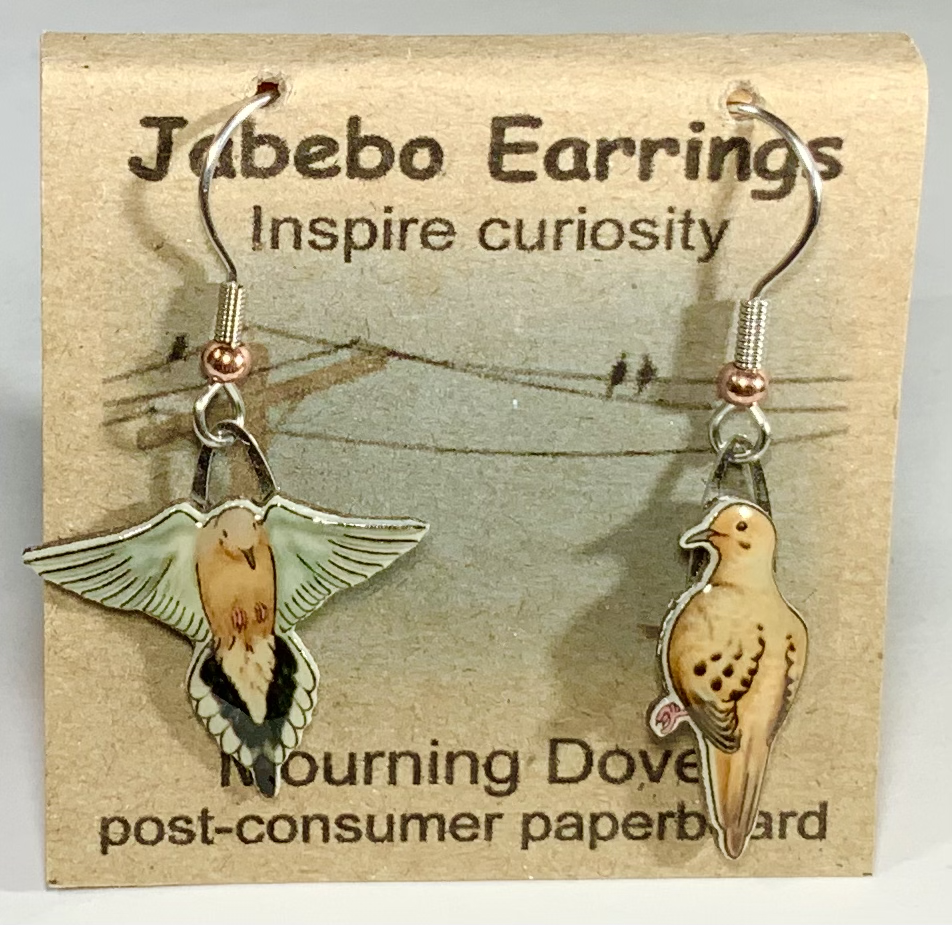
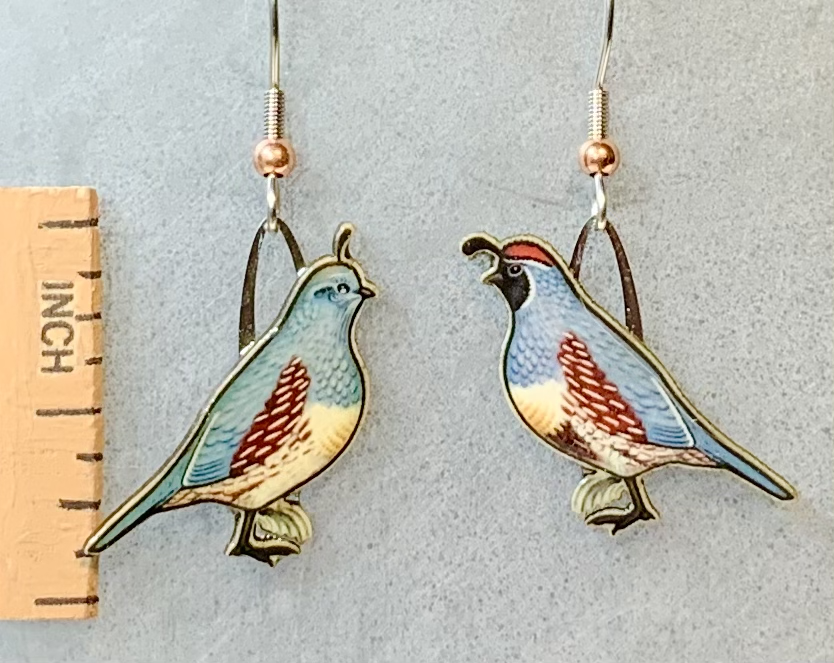
Southwest deserts with open scrubby vegetation. Most common in southern Arizona and New Mexico.
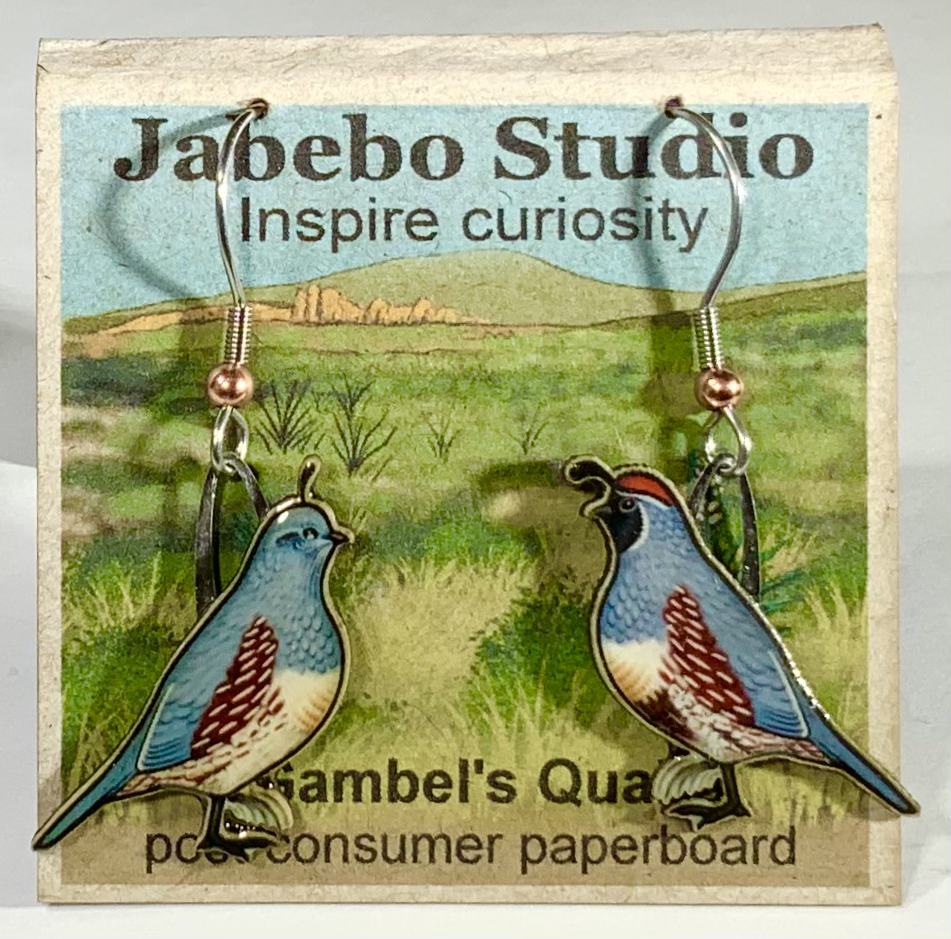
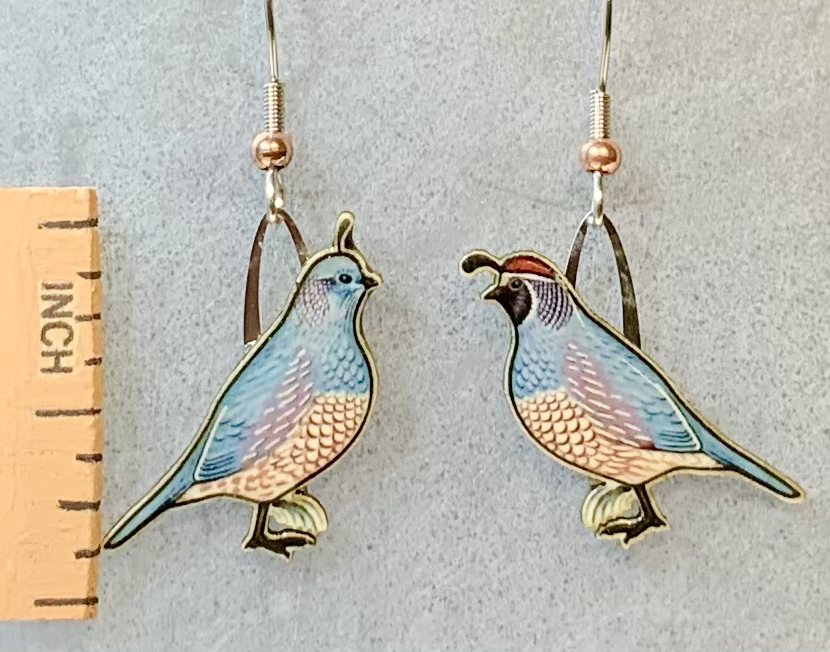
A common quail of the California coastal region and into the Northwest. They also live in the Great Salt Lake area and parts of Northern Utah. They like brush to wooded habitat including those associated with human habitat.
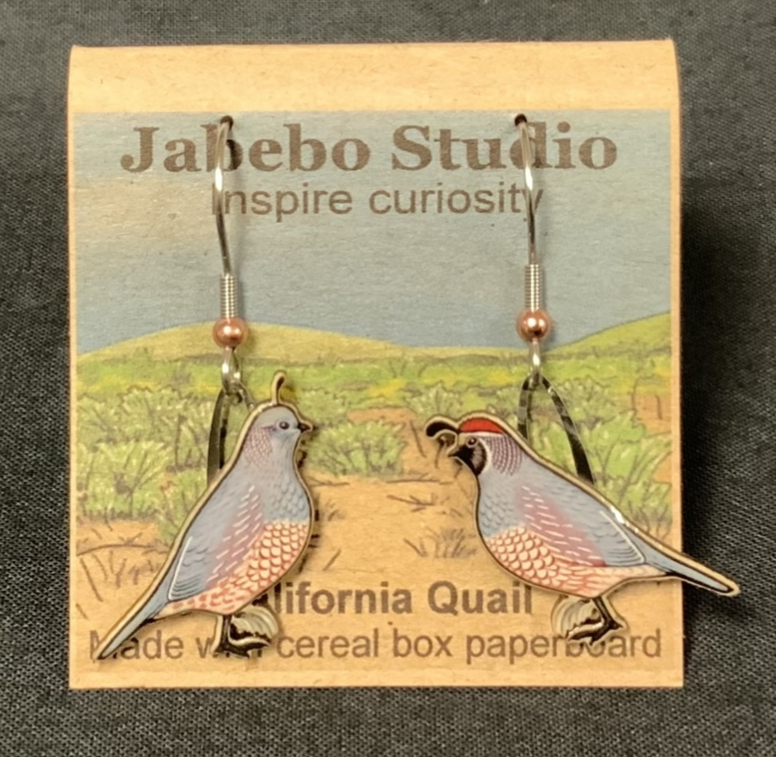
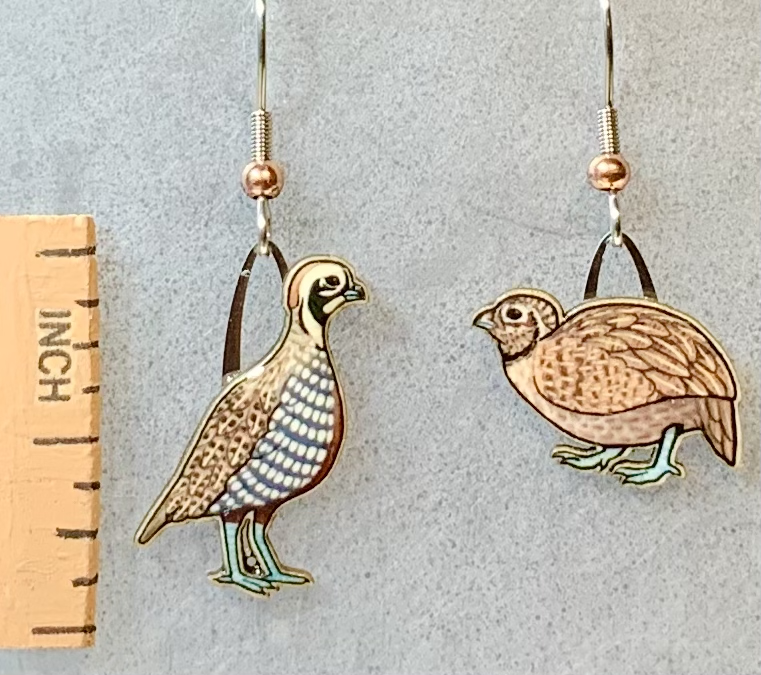
These birds are associated with the sky islands of southern Arizona and Mexico. They find their habitat in open forest communities, where mountains rise up out of flat desert valleys.

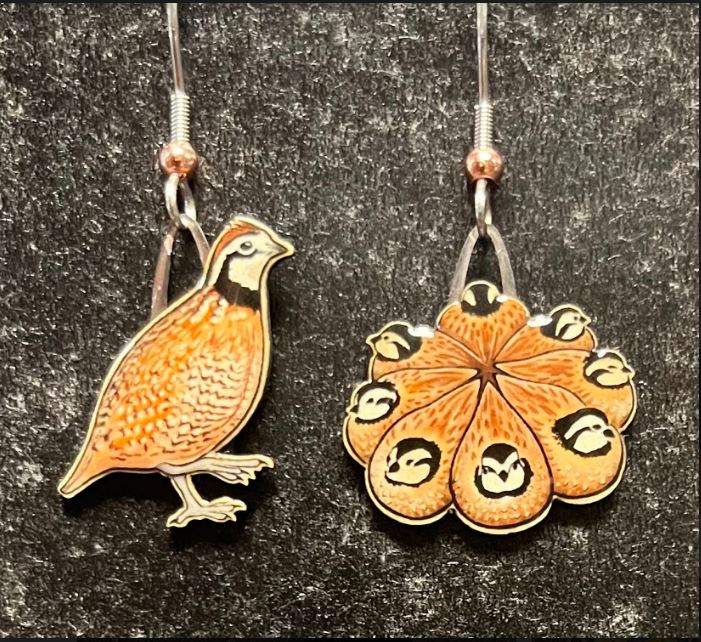
The only quail species native to the eastern half of the United States. They are not a woodland bird. Their distinct call may be heard where the landscape opens up as meadows, grassy fields and savannahs.
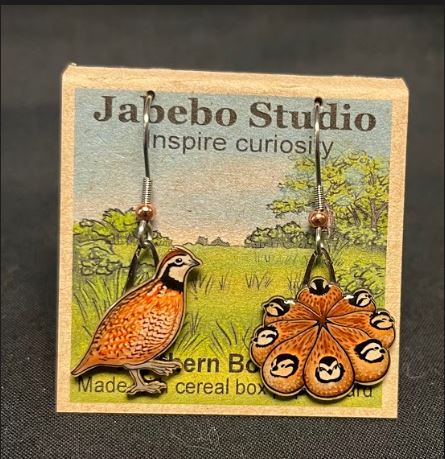
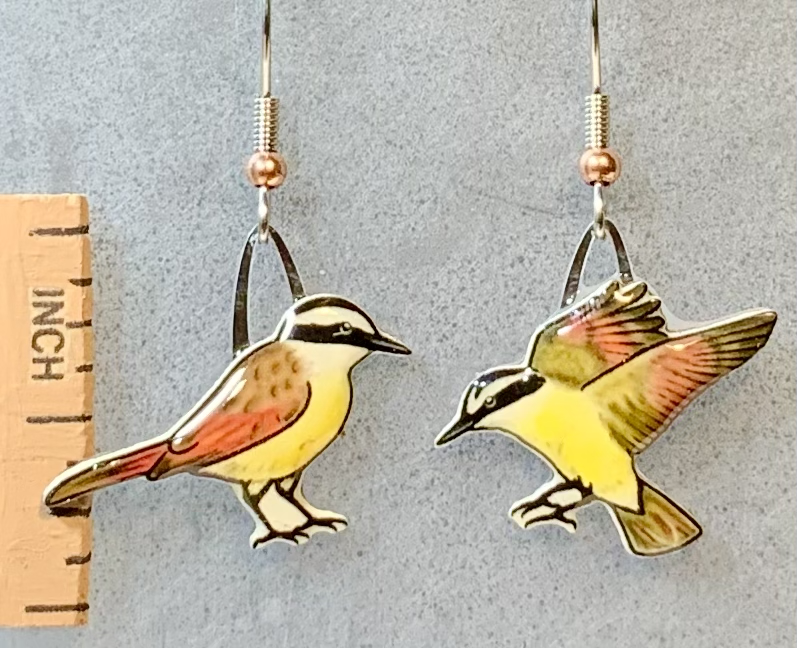
Mostly tropical, their range extends into the Texas Rio Grande Valley. Here they are conspicuous and common, feeding in a variety of habitats, especially around water.
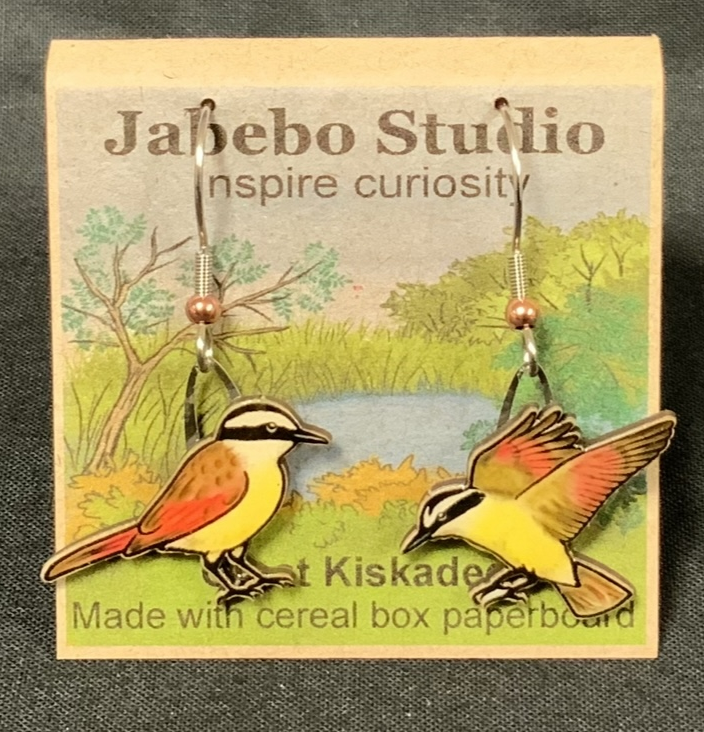
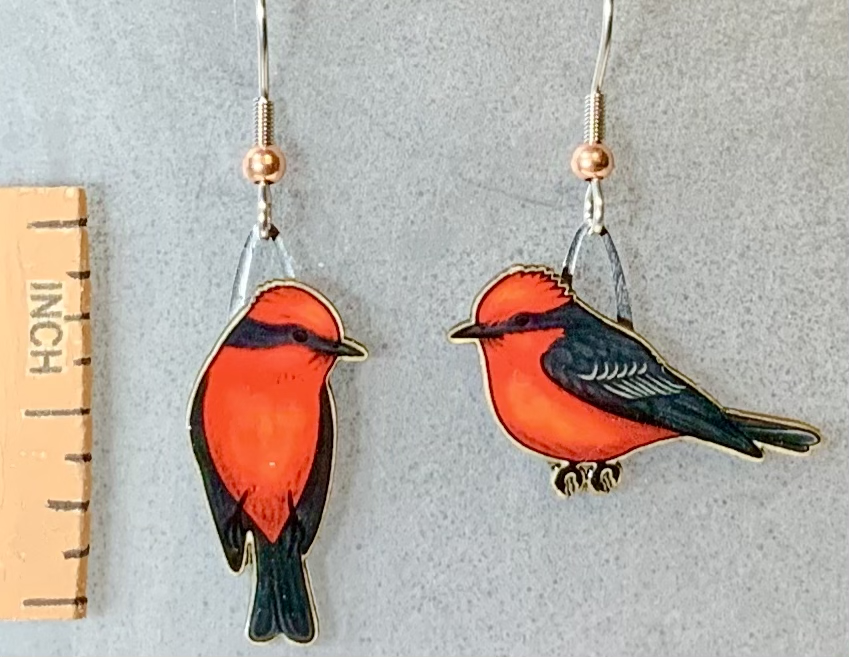
A summer to year round resident from Southern Texas to Southern California.
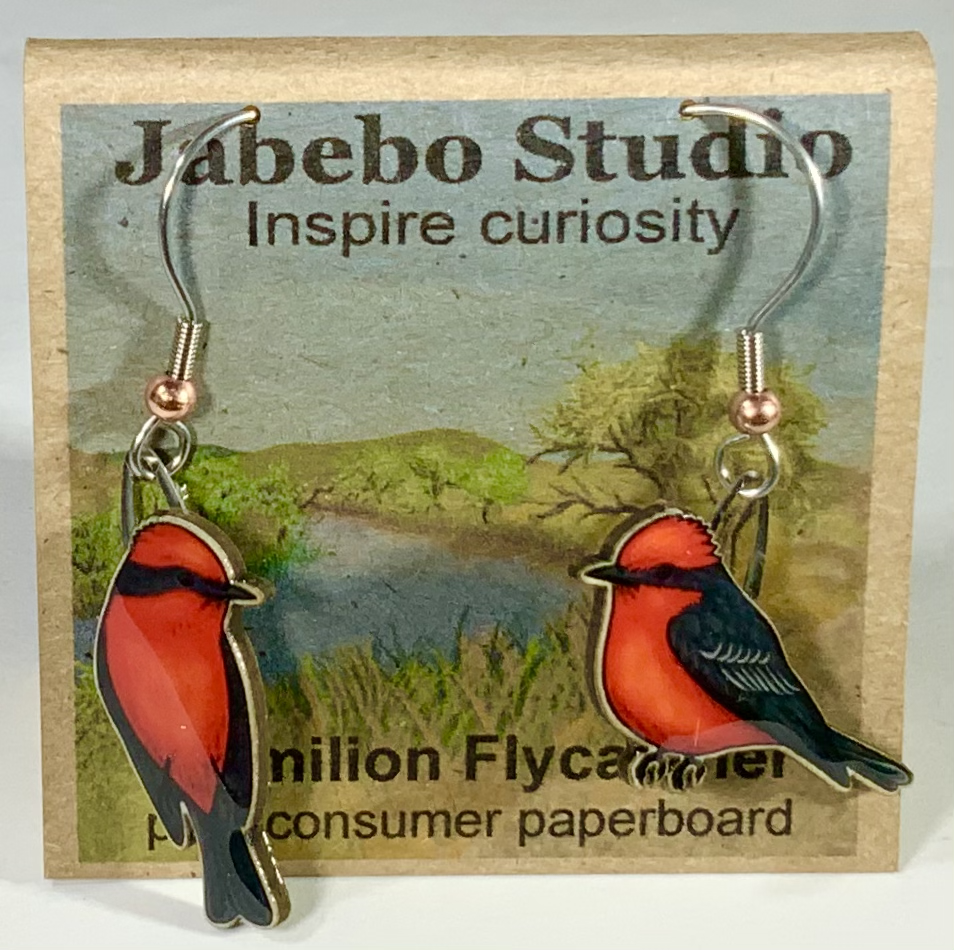
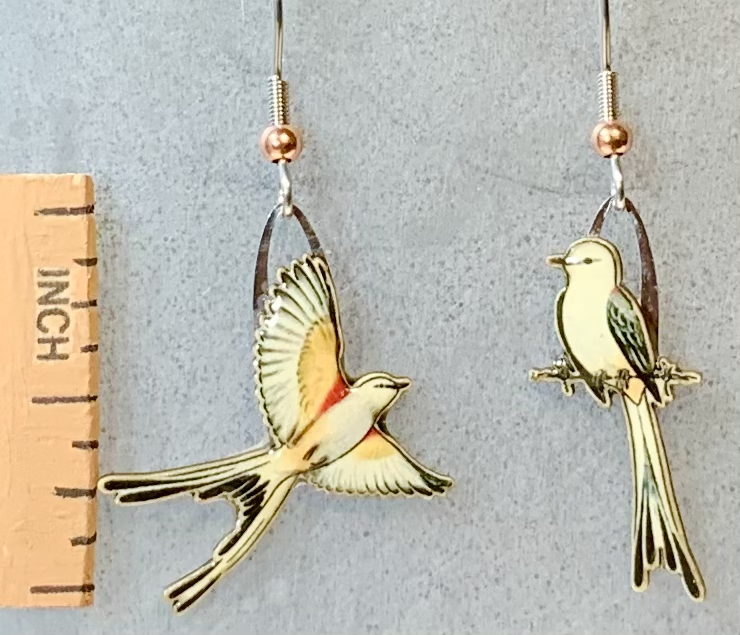
A common summer resident of the South Midwest prairies and fields. These birds are beautiful to watch as they float on breezes maneuvering with their log forked tails.
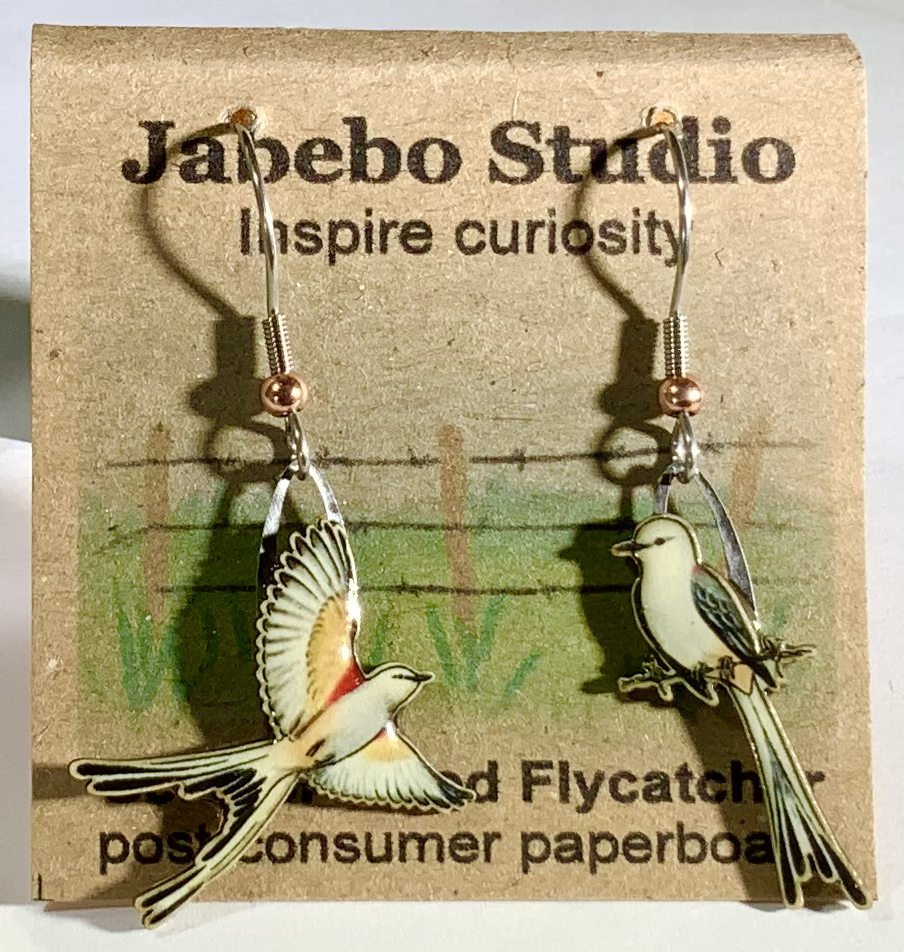
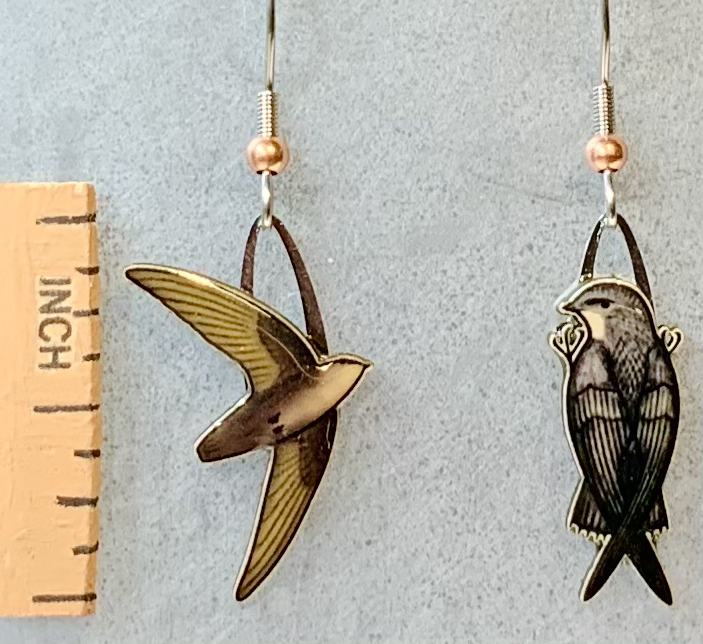
Chimney swifts nest from the Great Plains east throughout the US and Southern Canada. They are most common in towns and cities with old chimney infrastructure. However their population is declining as towns modernize. The natural analogs for swift roosting and nesting would be caves and large tree cavities. The rapid expansion of brick buildings and their chimneys back in the 1800’s probably allowed them to expand their population. Today as more old chimneys are capped or taken down it would be wise to mitigate with specially designed swift nesting towers because the birds are an asset to urban places by eating lots of insects.
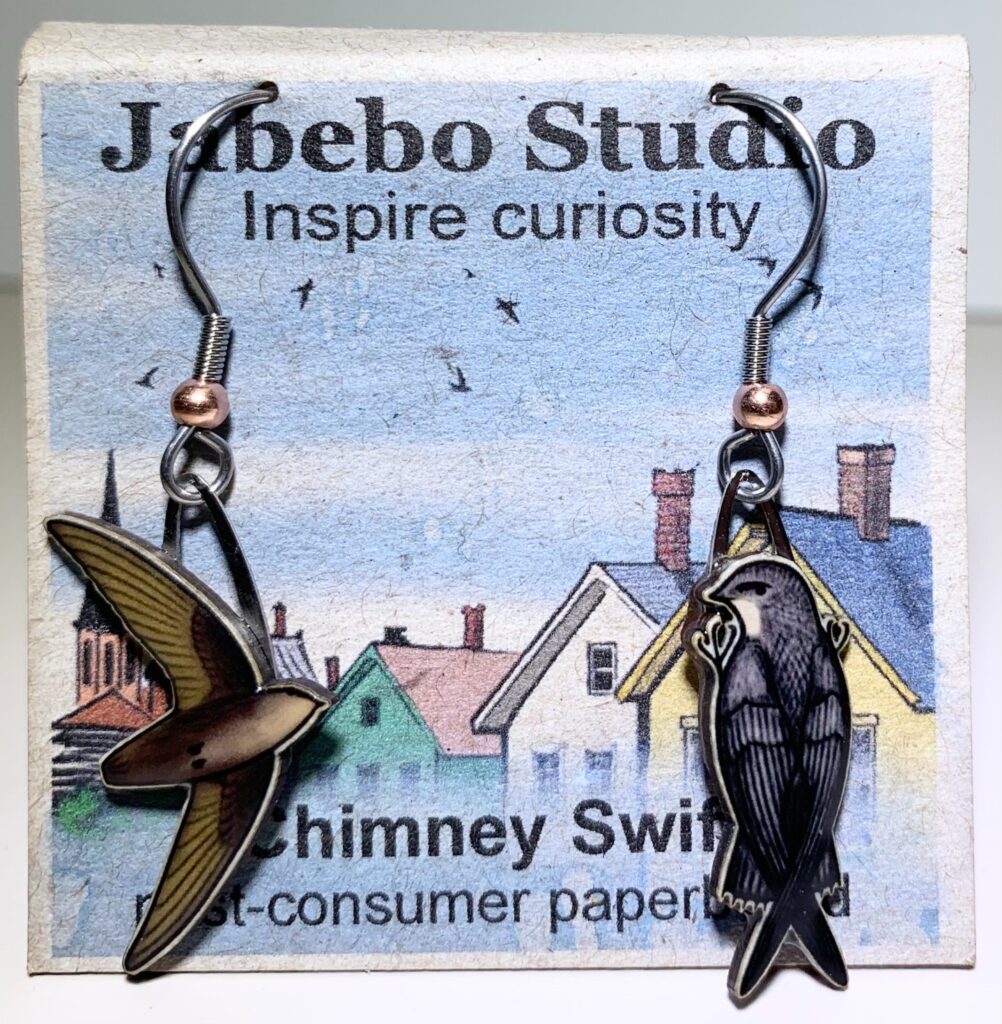
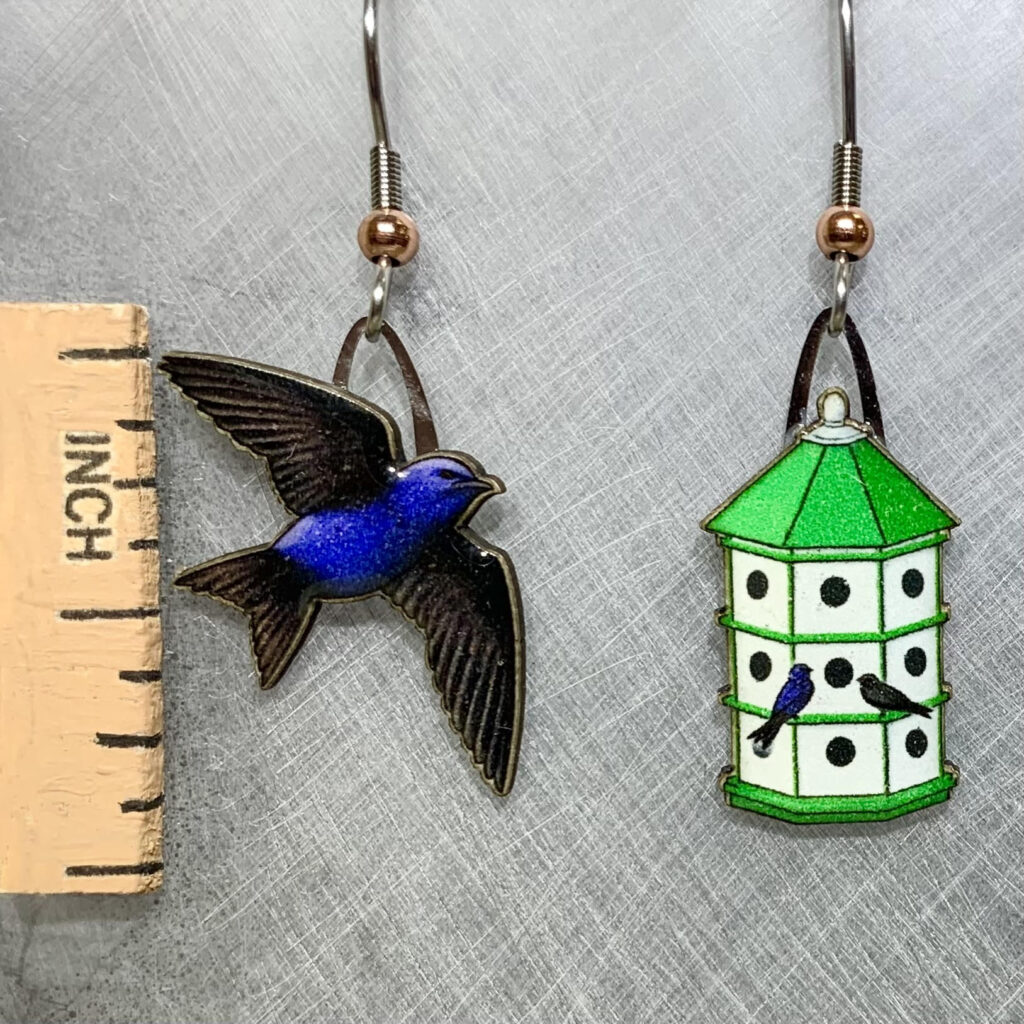
These areal feeders swoop over lakes or ponds and adjacent open fields chasing insects. Tolerating close neighbors, purple martins love to find clusters of perfect nesting cavities including condo like multiplex houses that bird enthusiasts design especially for them.

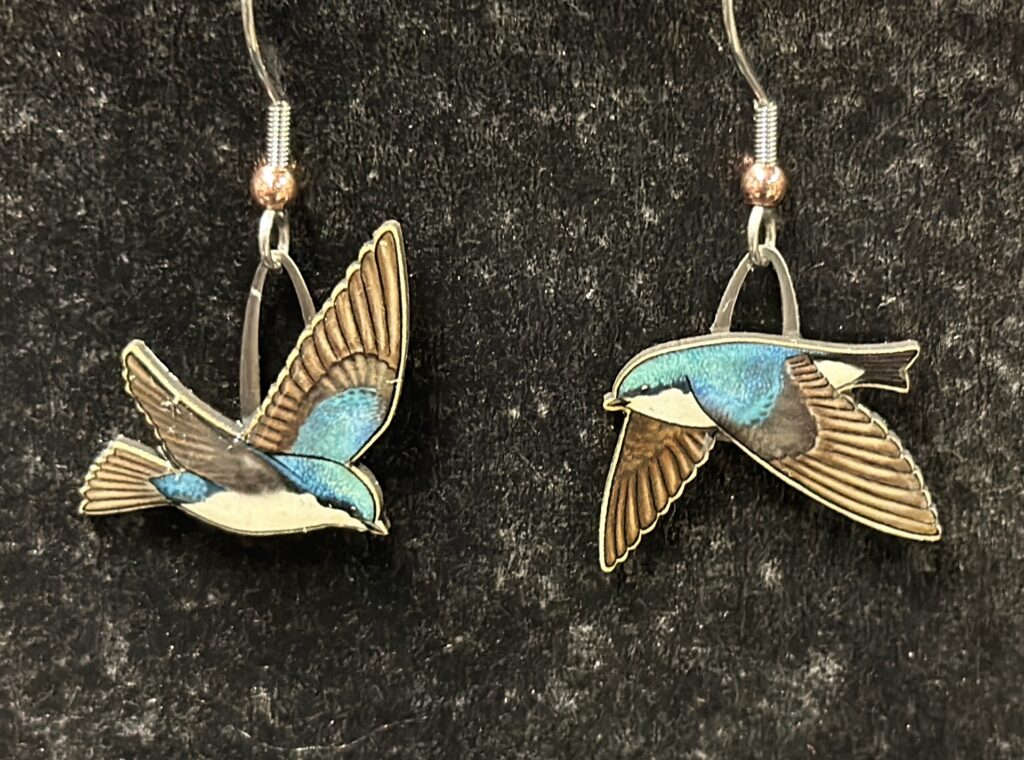
These active flyers catch insects in flight over open spaces such as fields, ponds and shorelines. Seasonally found throughout North America, breeding tends to occur in the northern half of the continent. A tree cavity nester, they often choose nest boxes to breed.

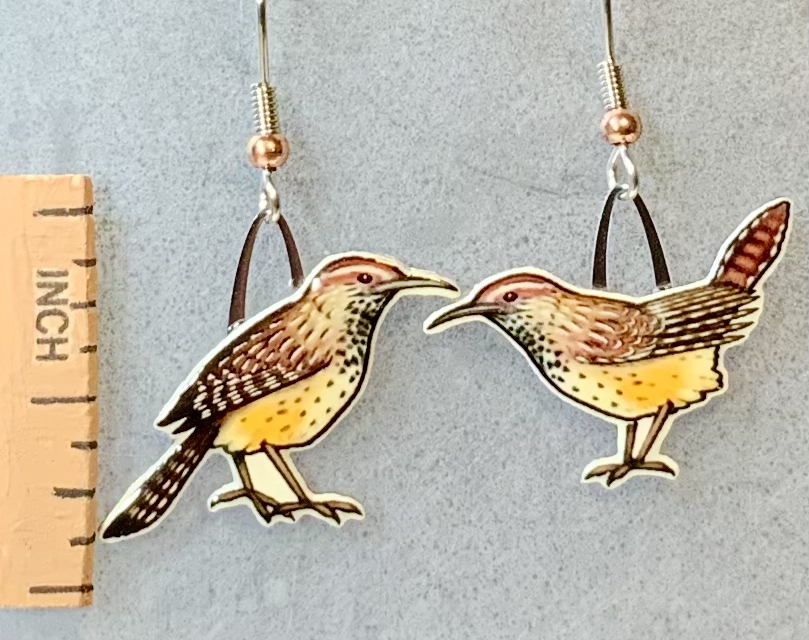
A conspicuous large wren of the southwestern desert low country, particularly in southern Arizona, New Mexico and into Texas.
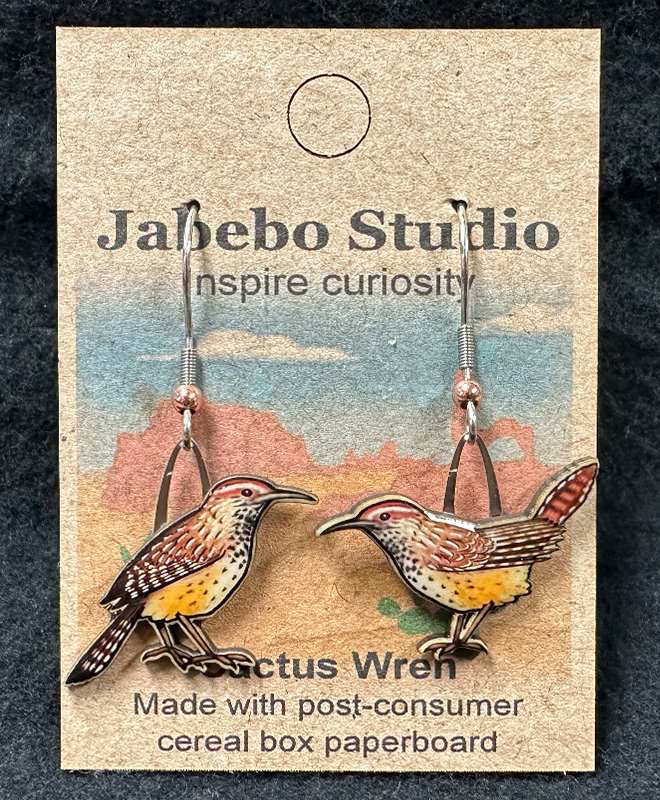
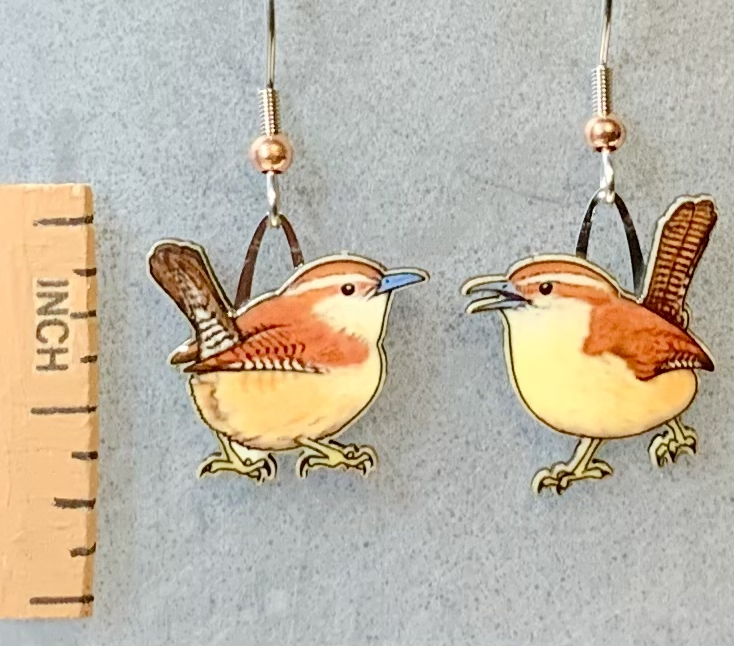
A small, common wren of the eastern United States, ranging from south Ontario, Canada to the northern tip of Mexico.

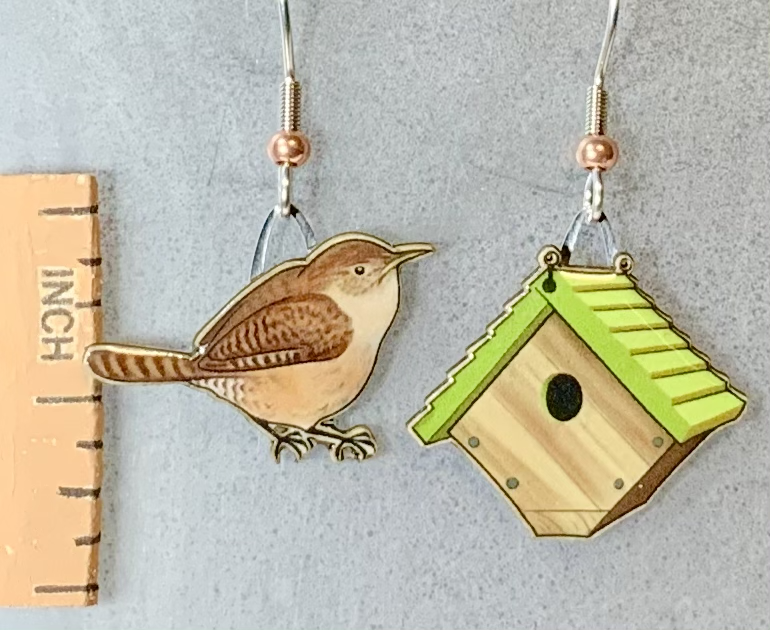
The House Wren supposedly gets its name from its inclination to nest near human dwellings where they may find small openings to nest in. You might provide additional opportunities for a wren family by placing a birdhouse in your yard made especially for them.
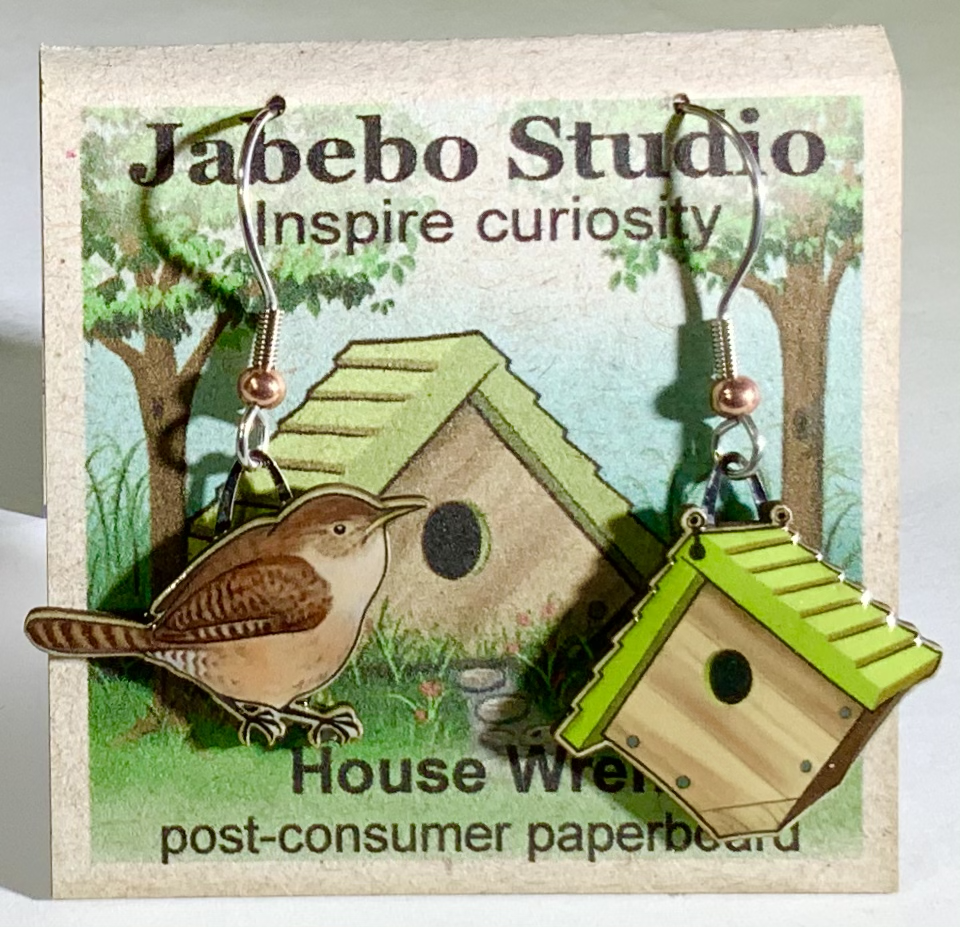
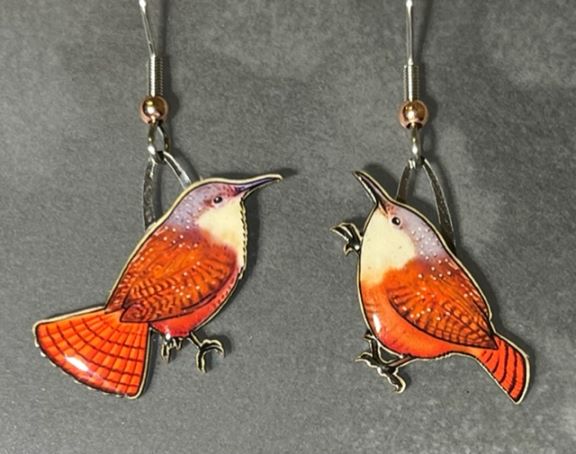
Small, even for a wren, these active little birds live in the canyons of the west and south west where they can be seen foraging along the canyon walls sometimes scurrying up and down steep rock walls on foot. Design by Kevin
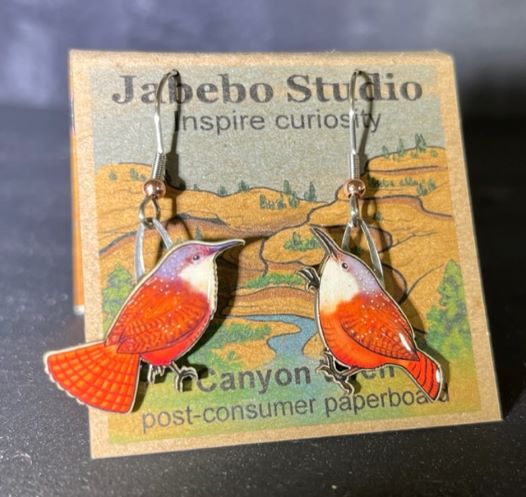
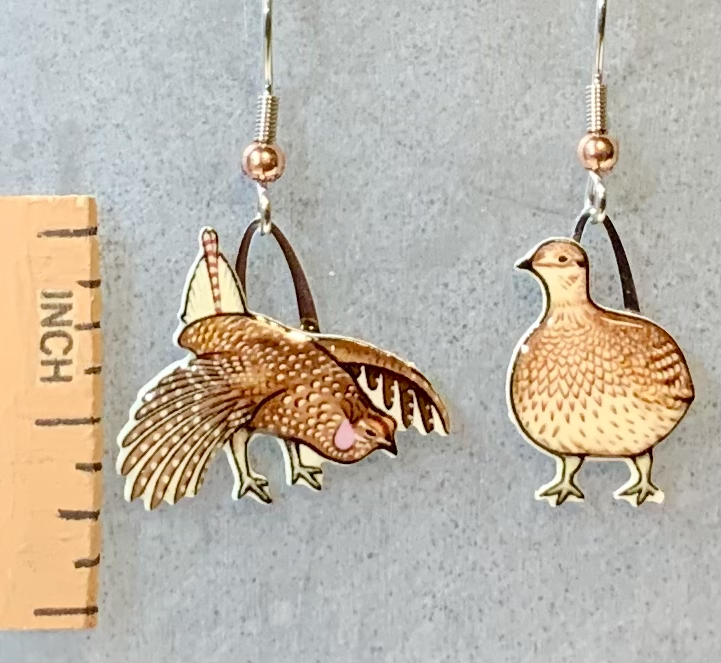
A ground bird of the Northern plains and grasslands. Their range include a number of northwestern state and provence’s to the north. Along the border region they live as far east as Michigan’s upper Peninsula.
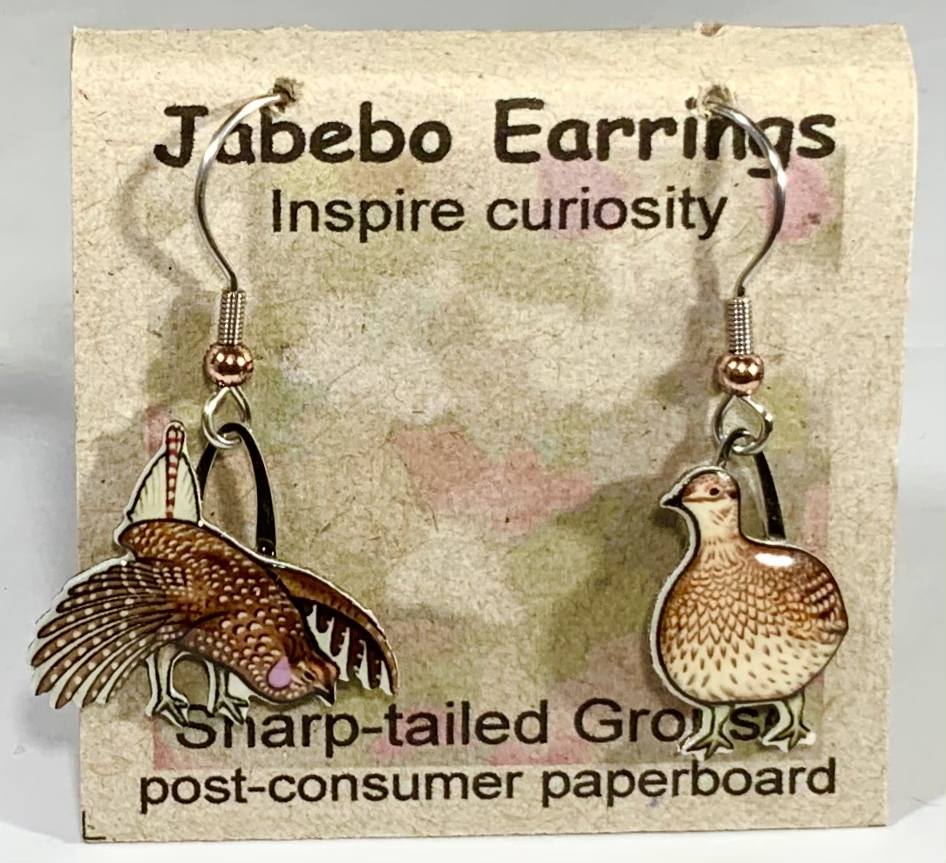
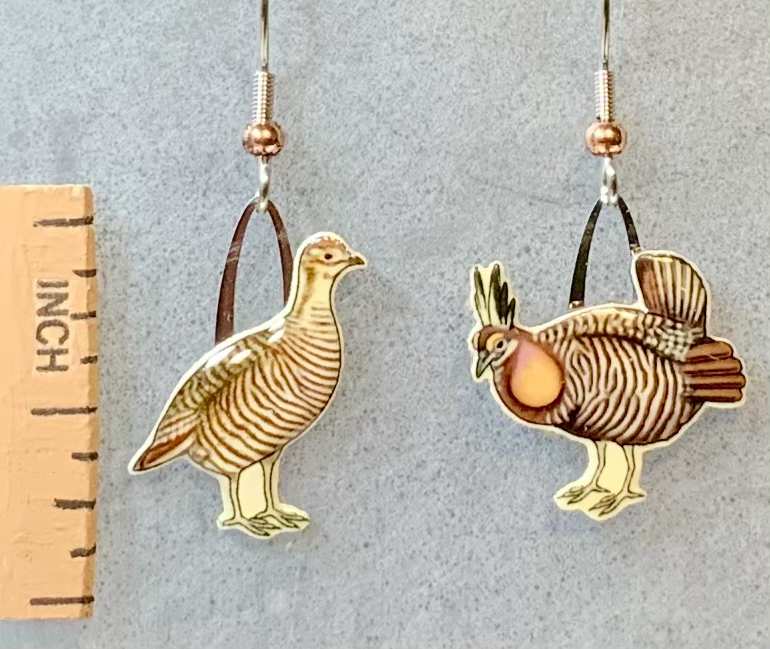
A large ground bird of the Midwest prairies threatened with the loss of these natural grasslands to crops and grazing. The males inflate orange sacs on their necks to attract females.

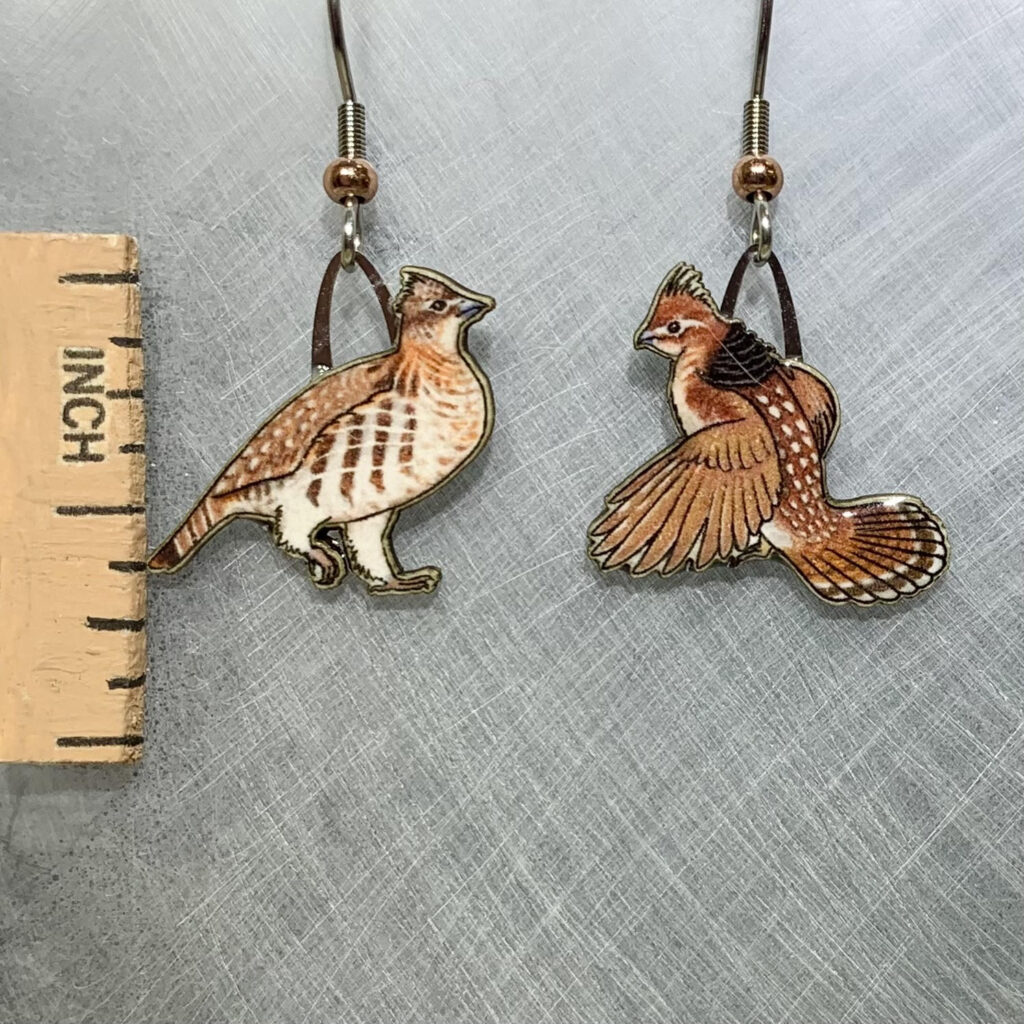
Adapted to forest habitat, the Ruffed Grouse happens to be the only type of grouse living in the east but found in western regions as well. Males make a unique drumming sound by beating their wings on air creating vibrations that can be felt as easily as heard.
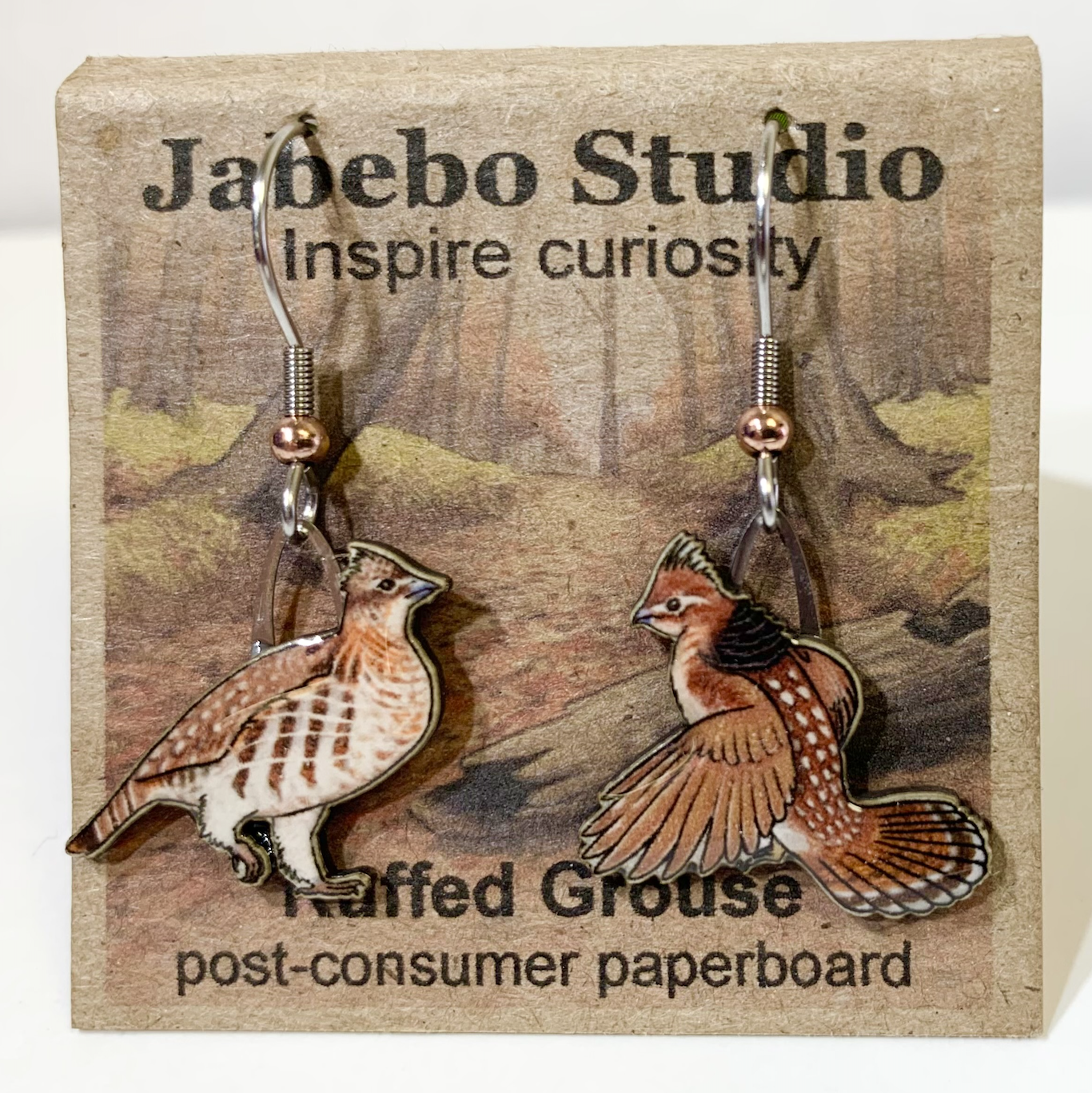
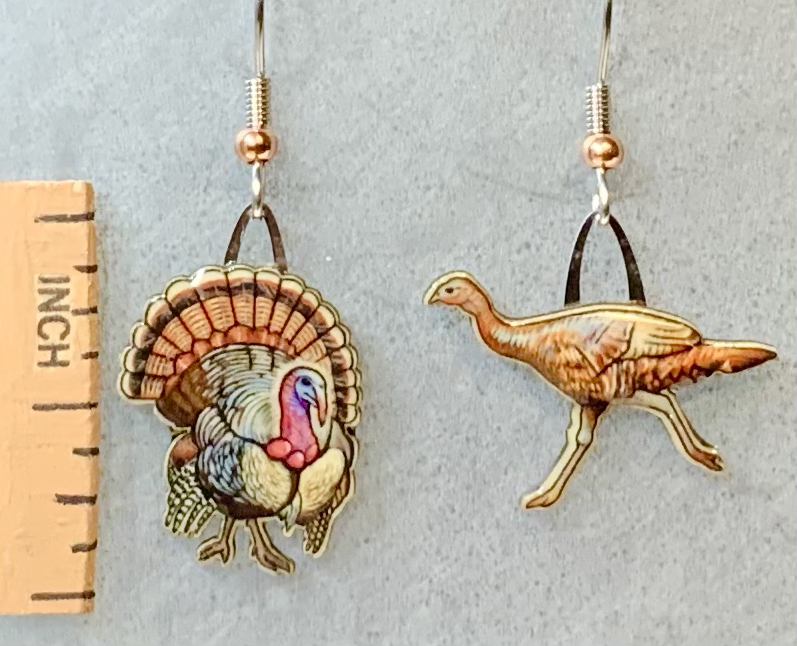
Ubiquitous in wooded habitat interspersed with clearings. The clearings, including pastures and road shoulders, are where these guys are most likely to be seen but its is really impressive to see such a large birds lurking among the trees at close range.
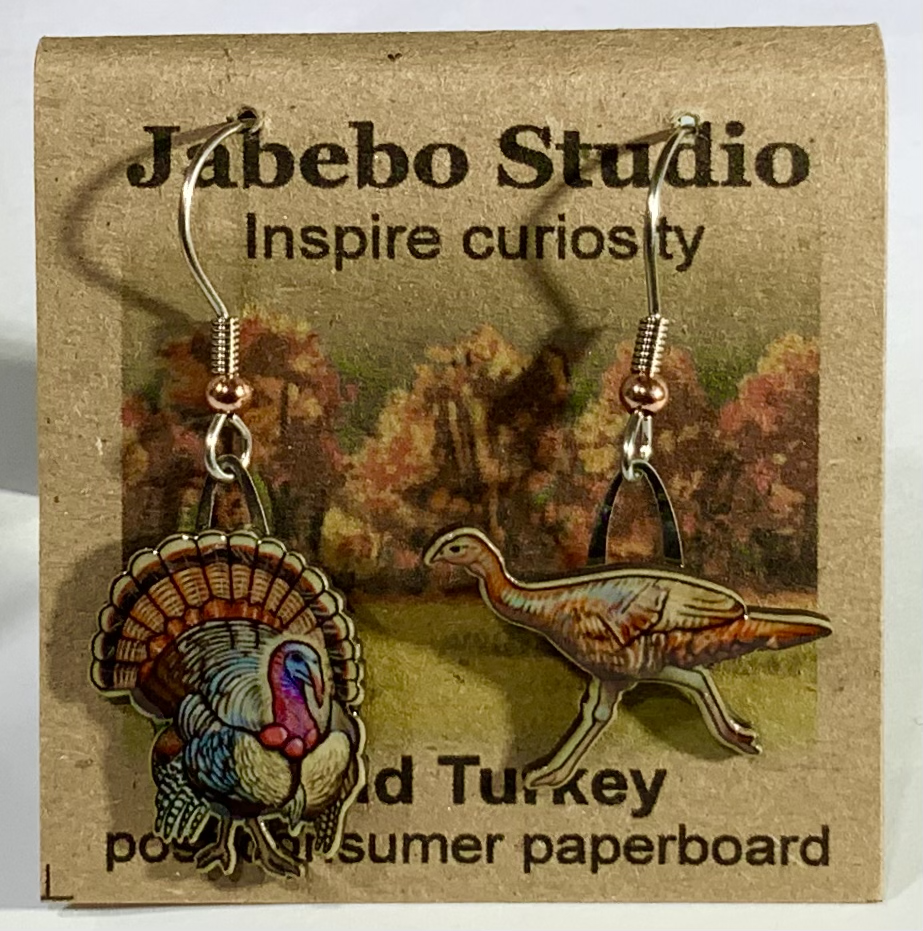
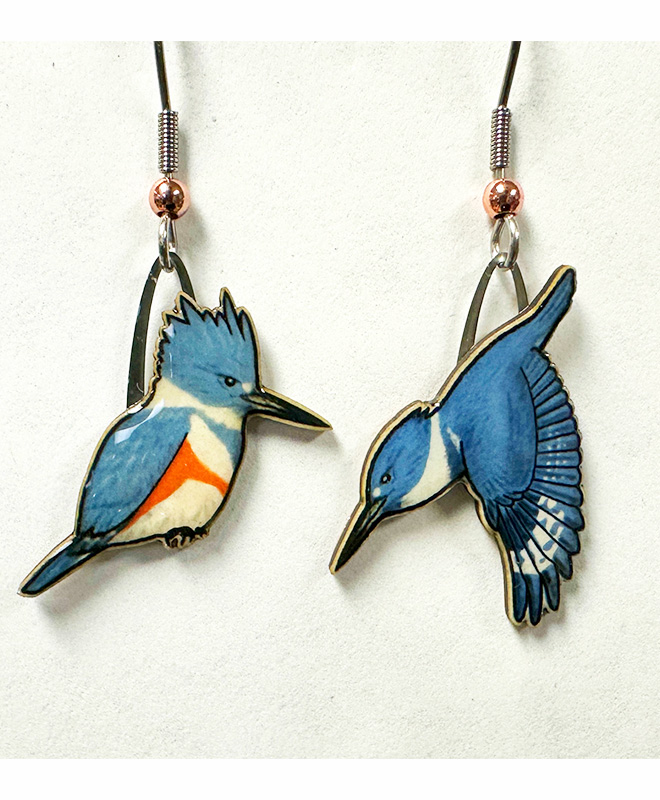
These Kingfishers winter and reside year round through out the United States and breed far up into Canada and Alaska. They are likely to be wintering only in South Florida and the Southwest US. In spite of their wide distribution their actual occurrence depends on the availability of water bodies to feed on and for breeding they need a steep bank or hillside to create a burrow for a nest.

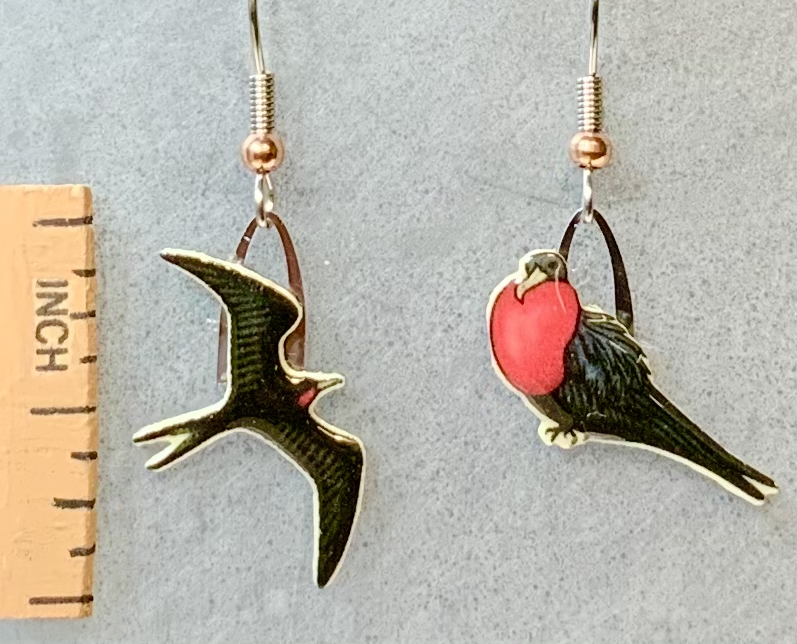
Common in the sky’s around the Florida Keys. There is a nesting colony just west of Key West. Frigatebirds live on the wing over sub-tropical and tropical oceans.
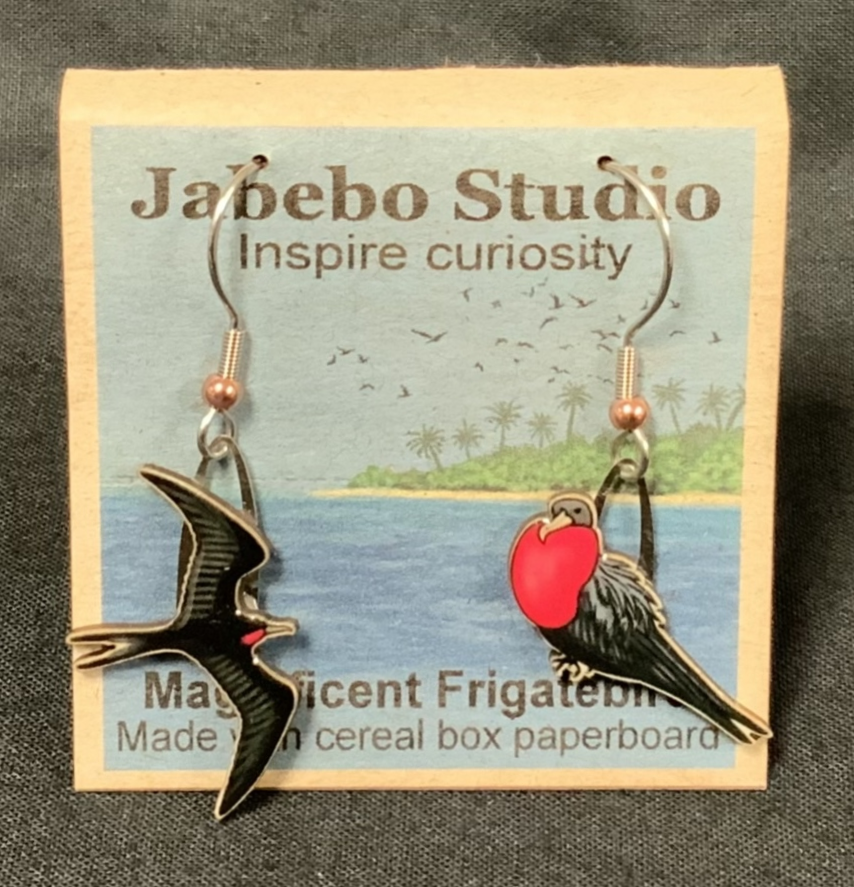
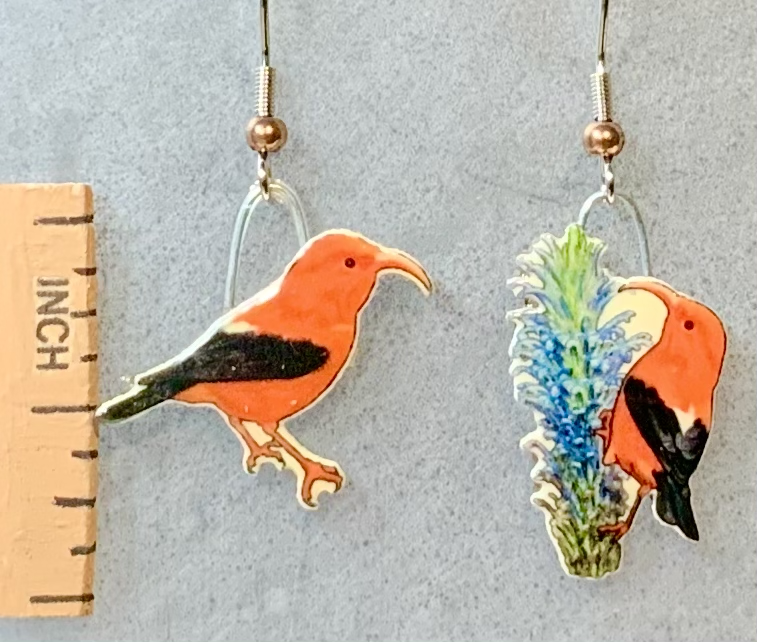
Note the first letter is not a “T” but an “I” with an apostrophe before and after it. This is an iconic and endangered Hawaiian bird of a group generally known as honeycreepers.
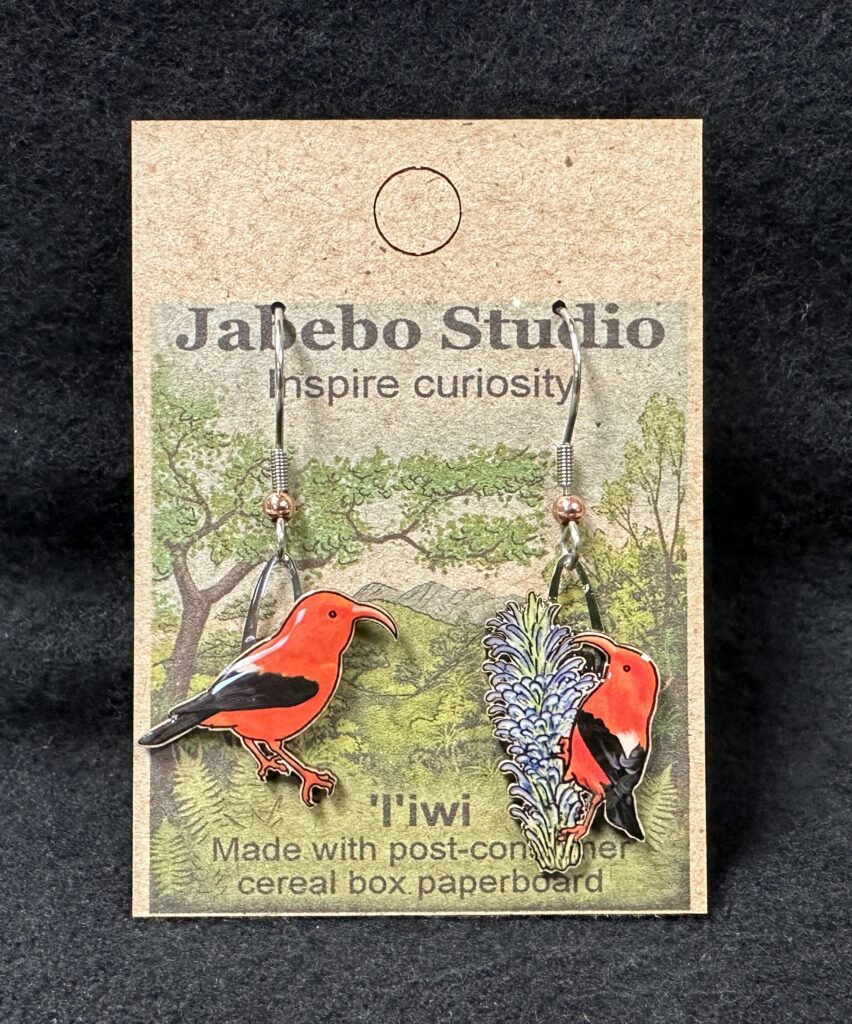
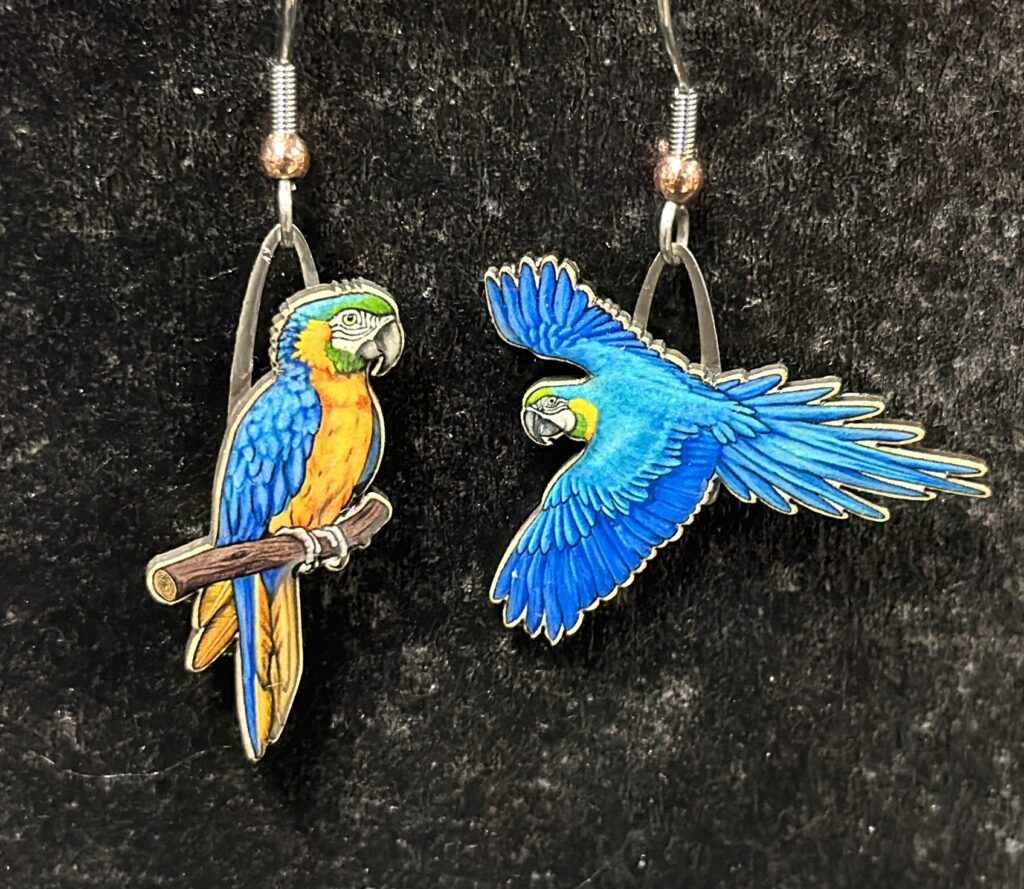
These magnificent parrots are native to the tropical forests of central and South America. Many of us northerners have made our acquaintance with these social birds through animal parks and as peoples’ pets.
